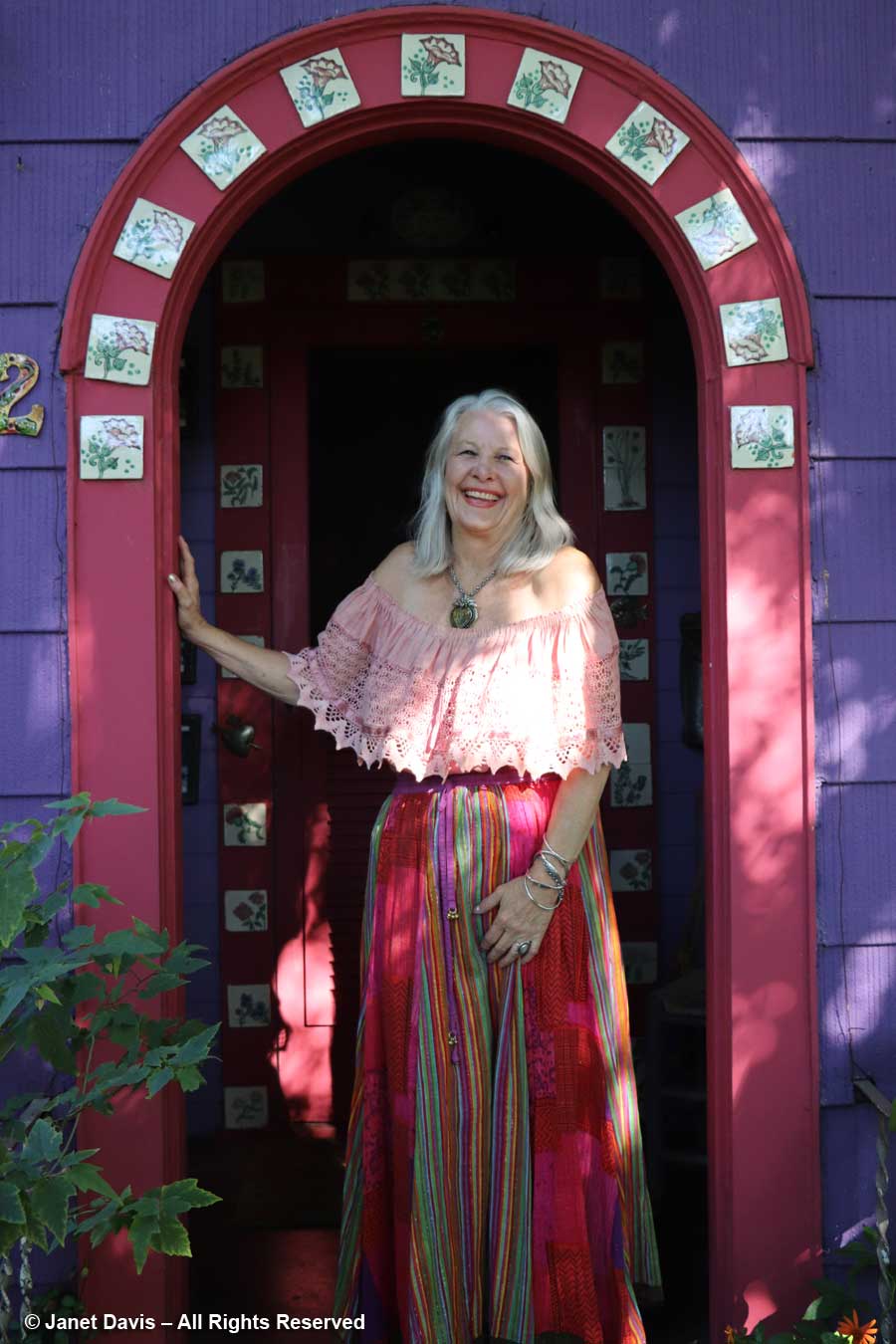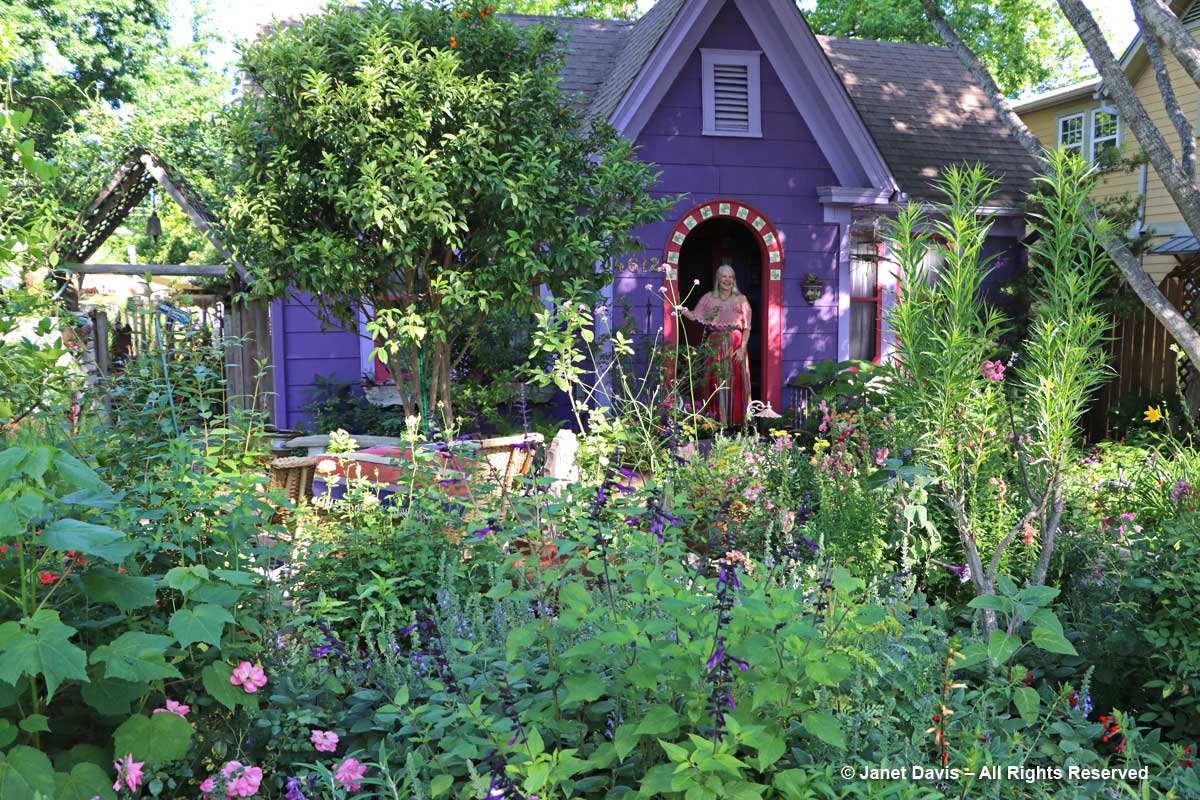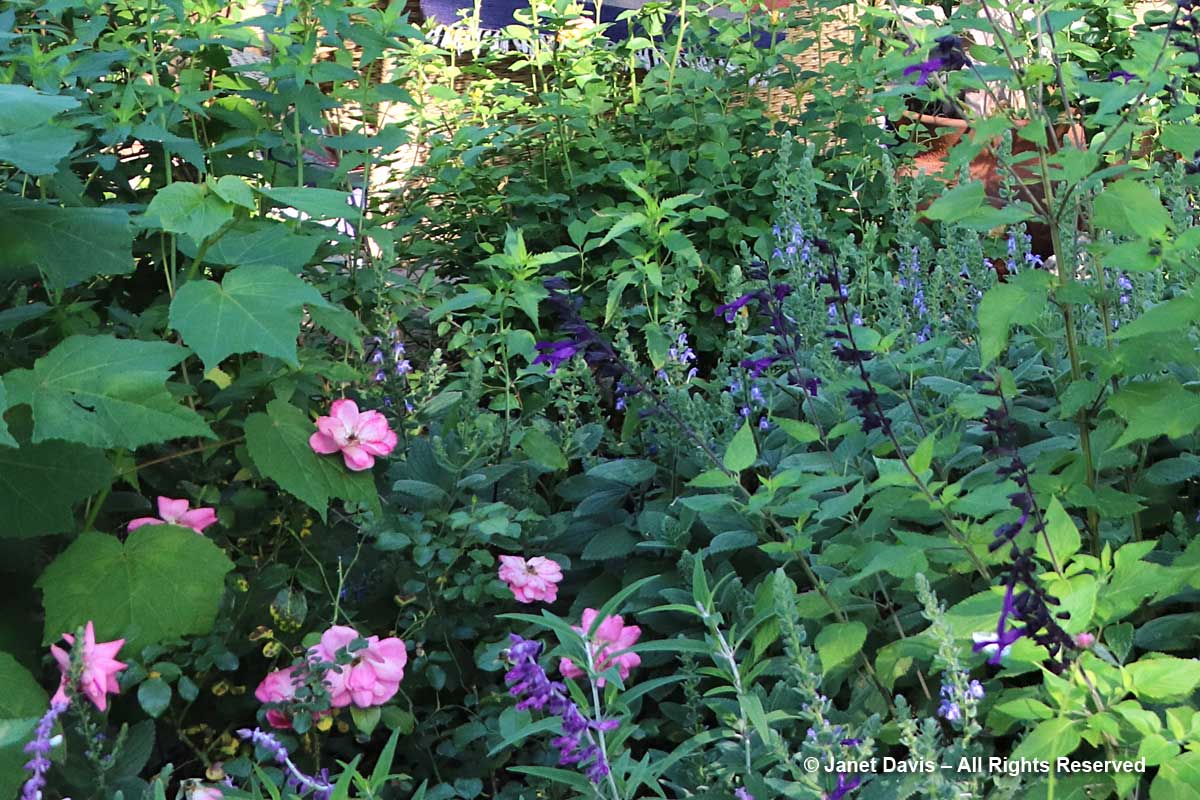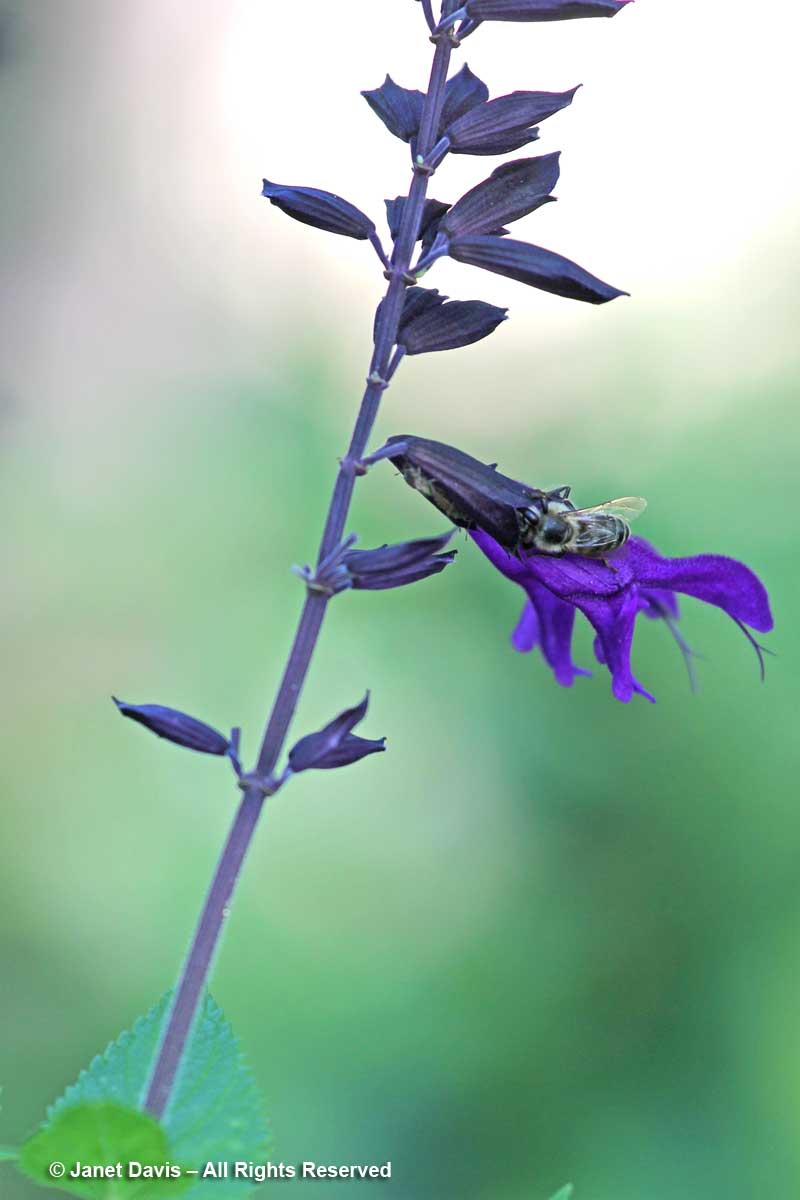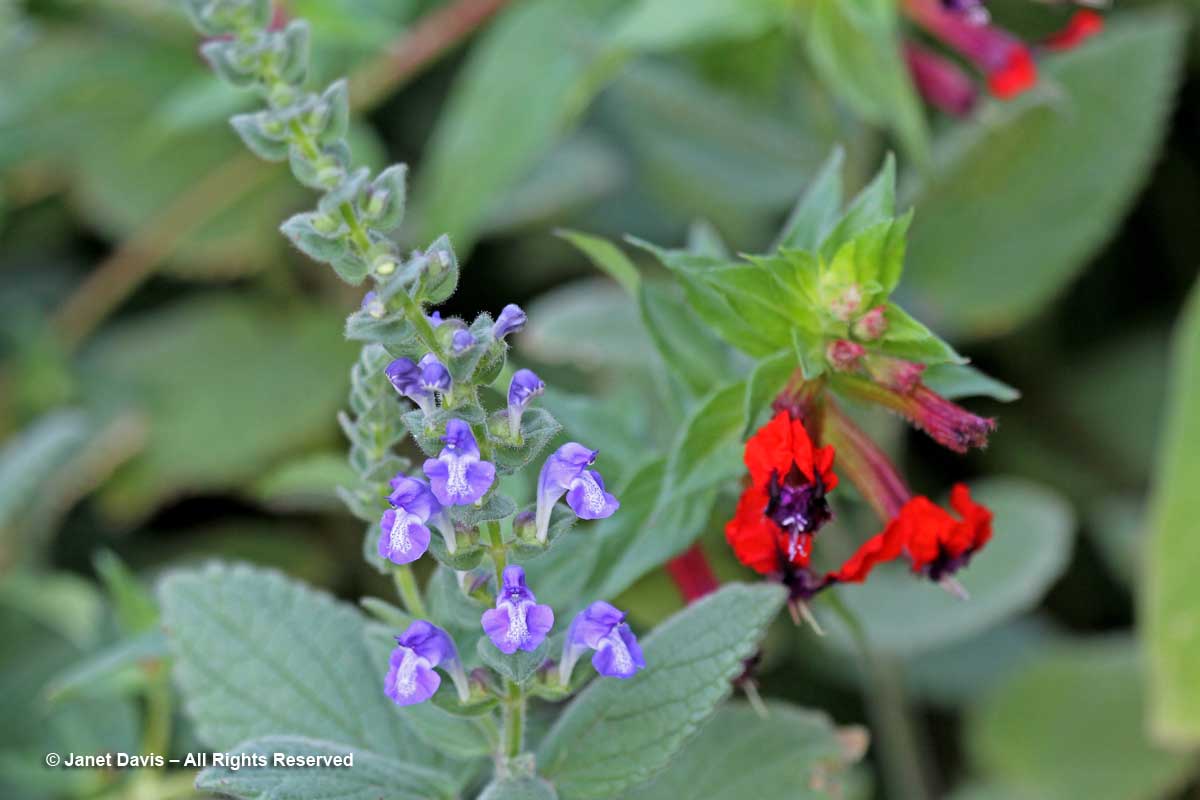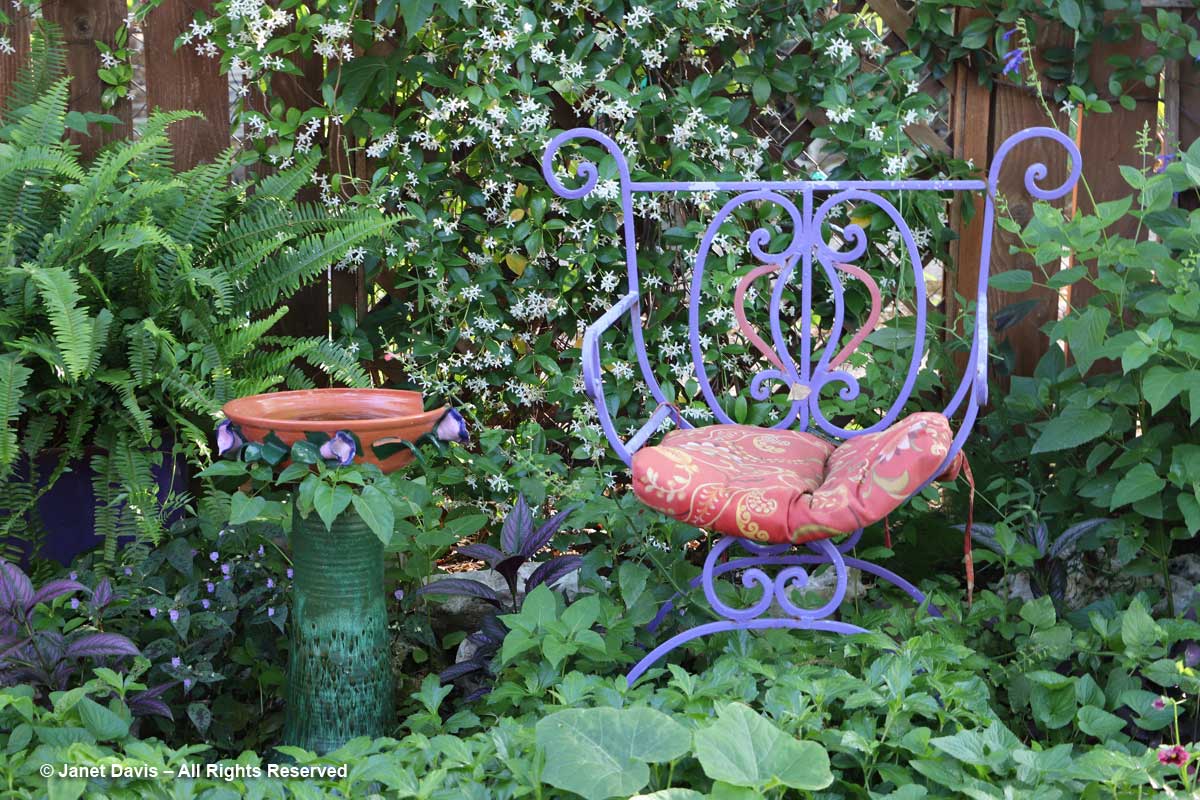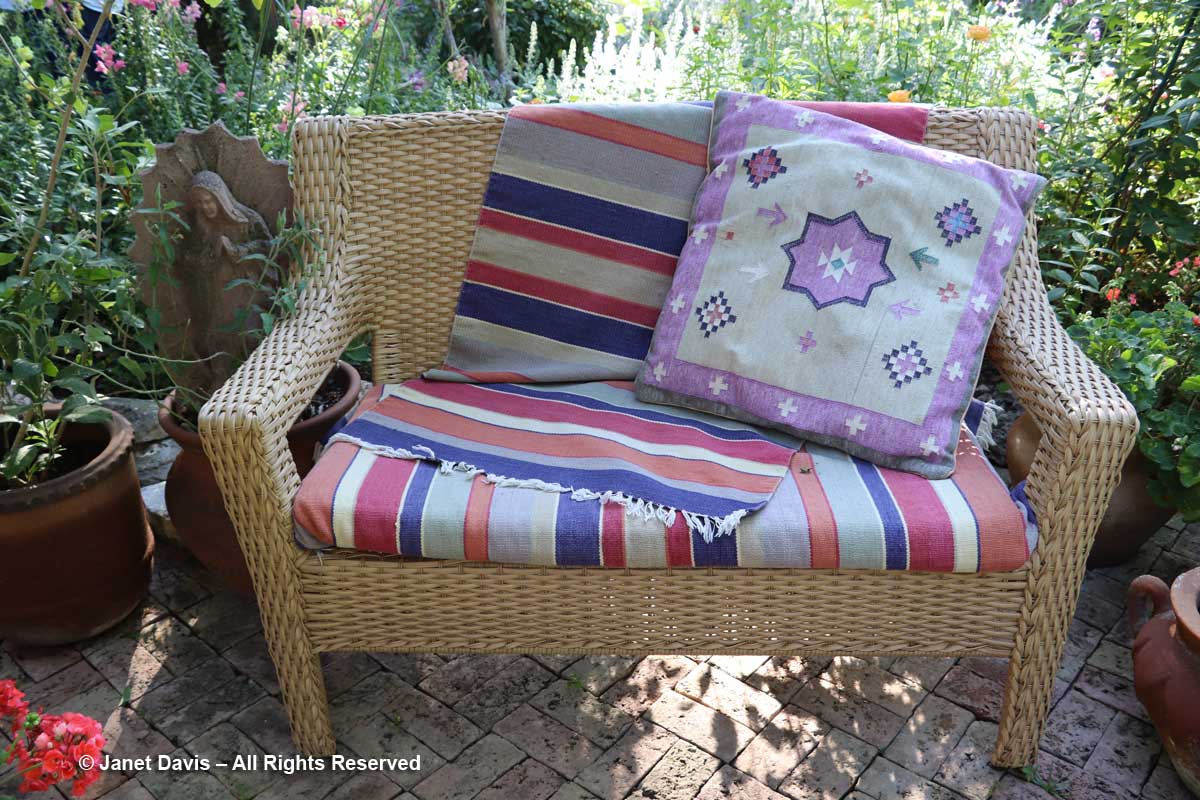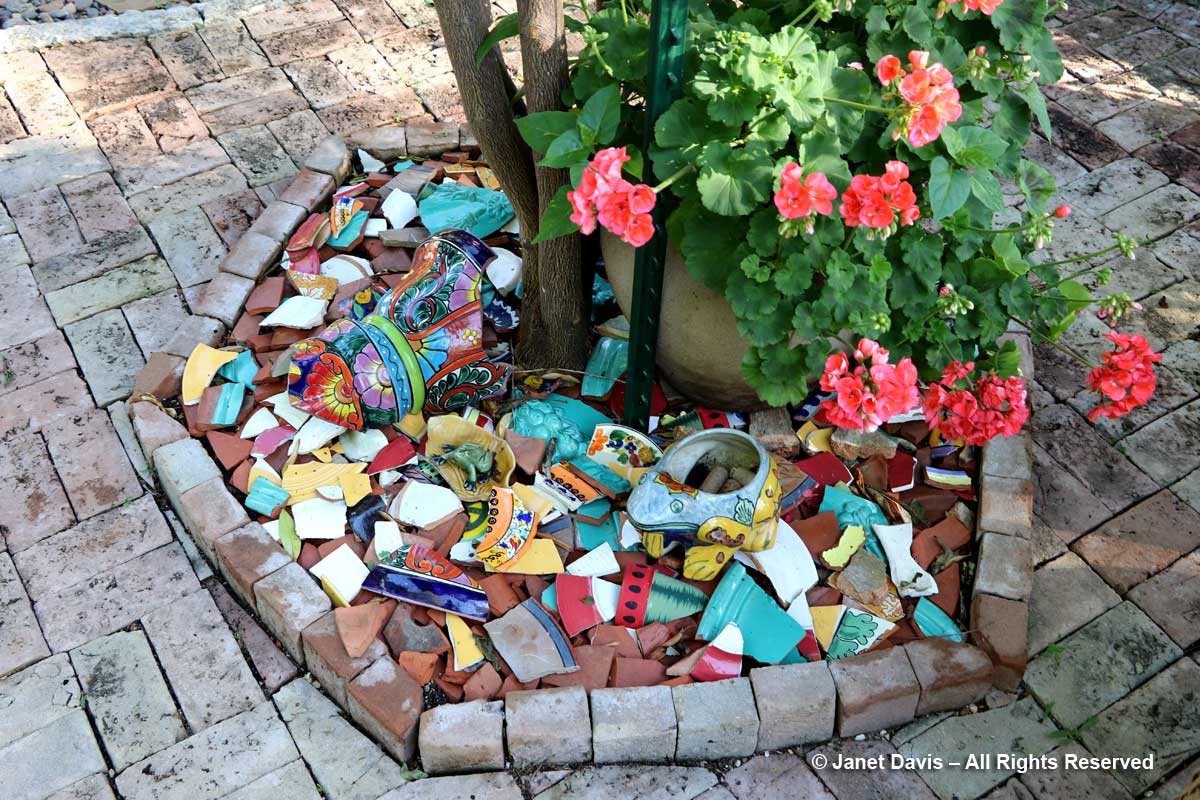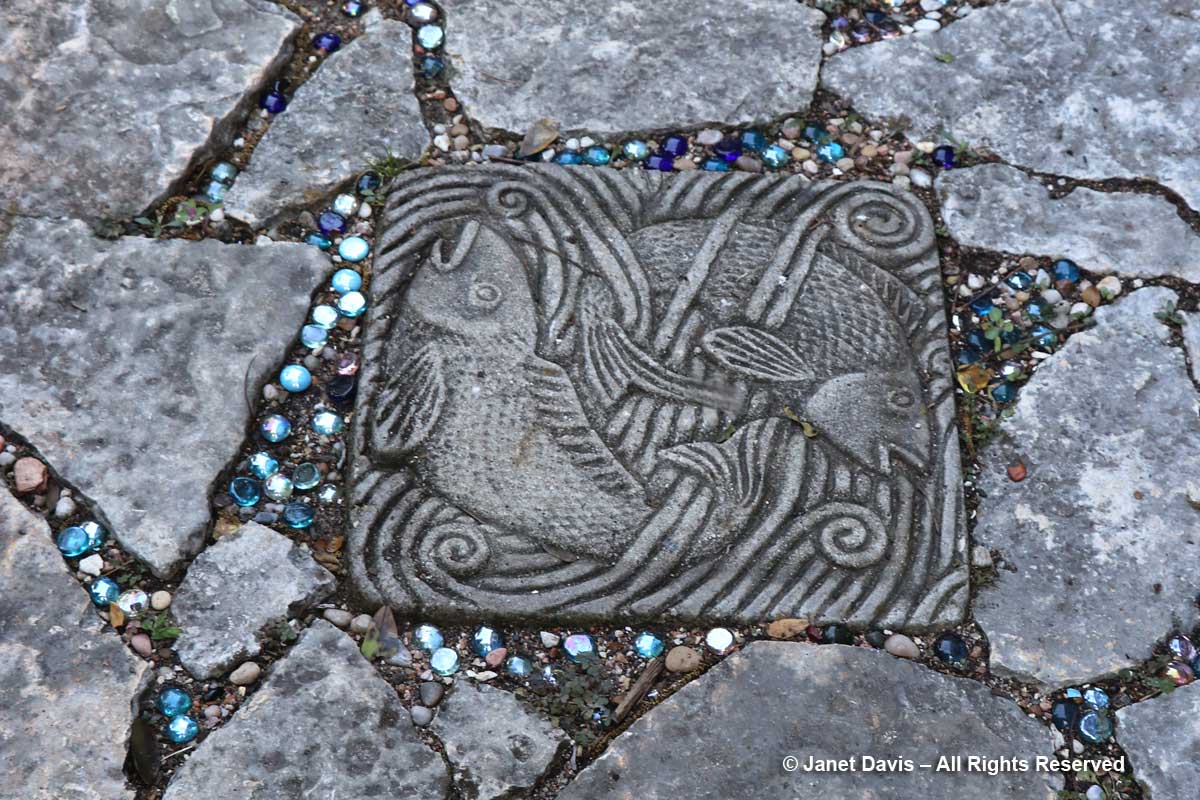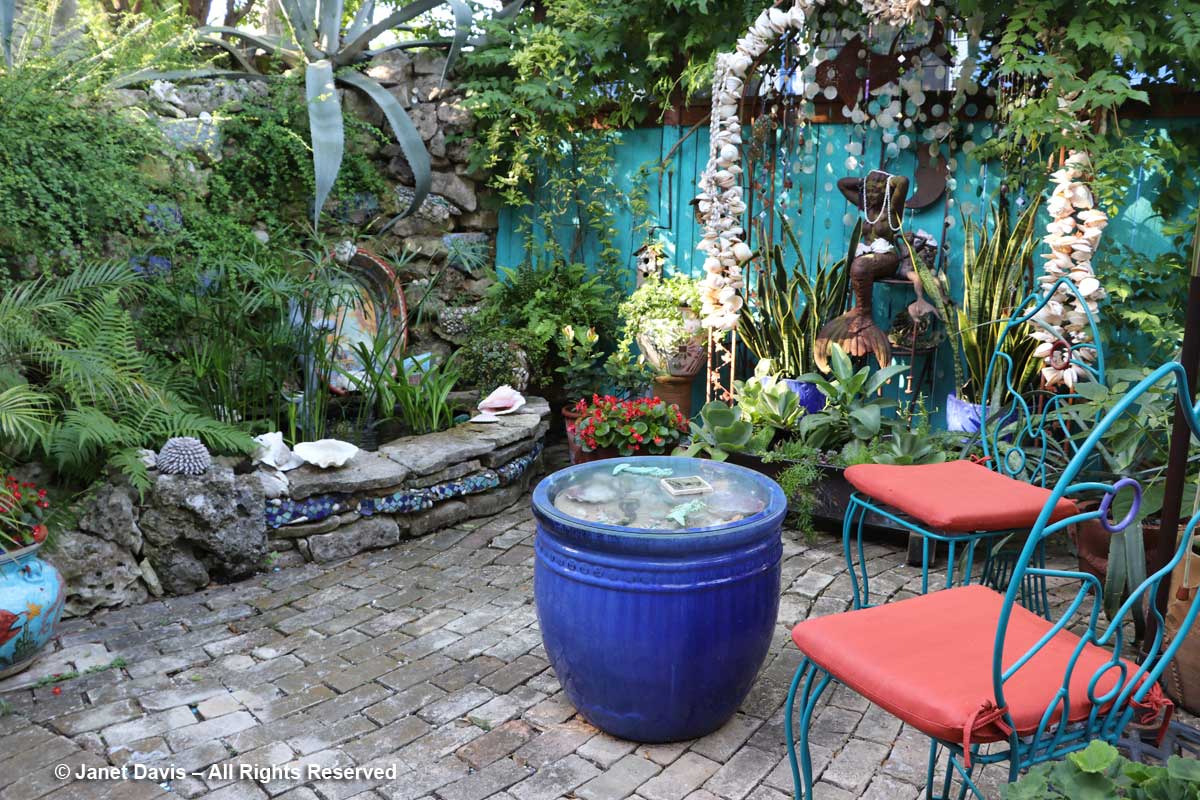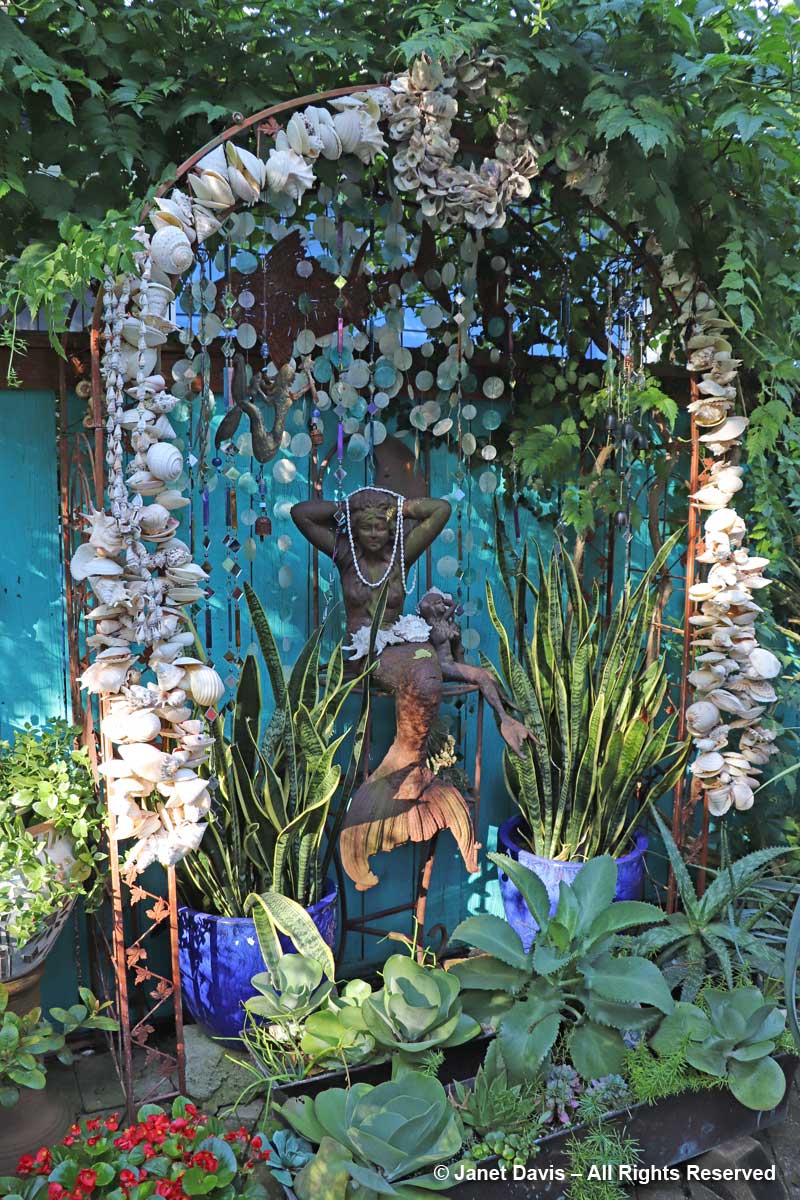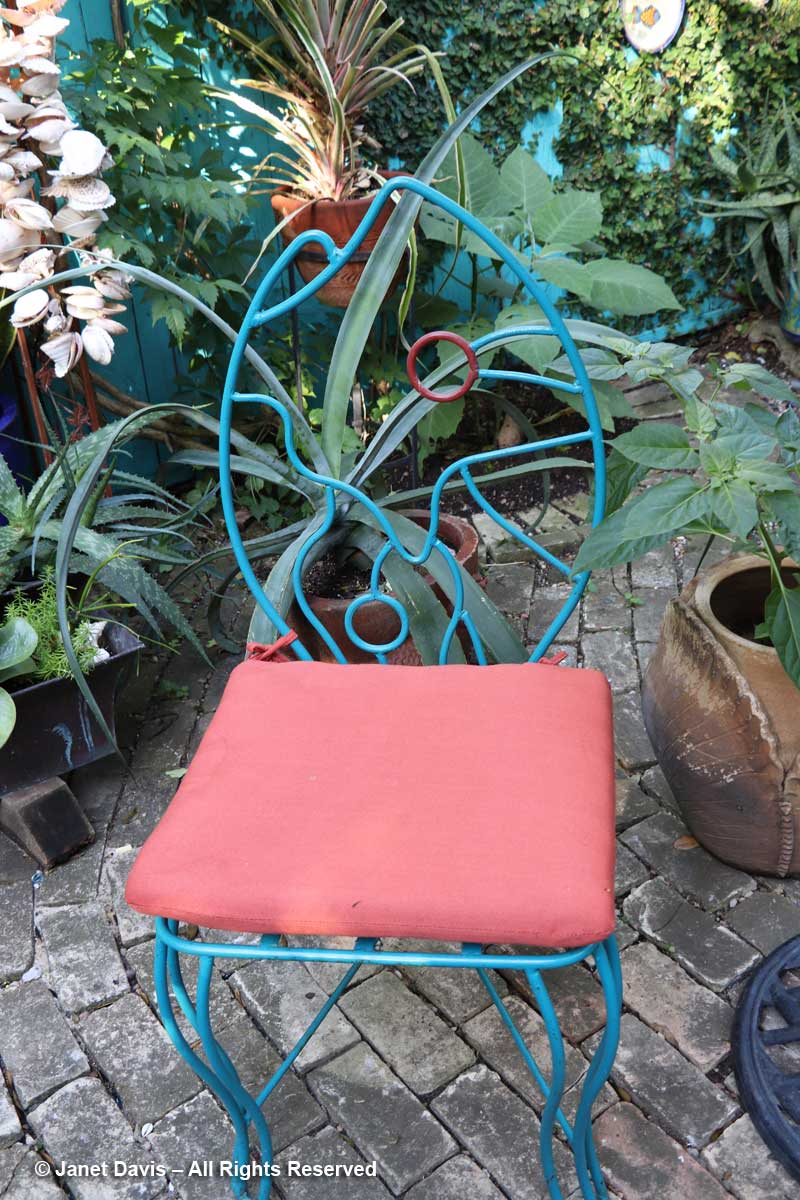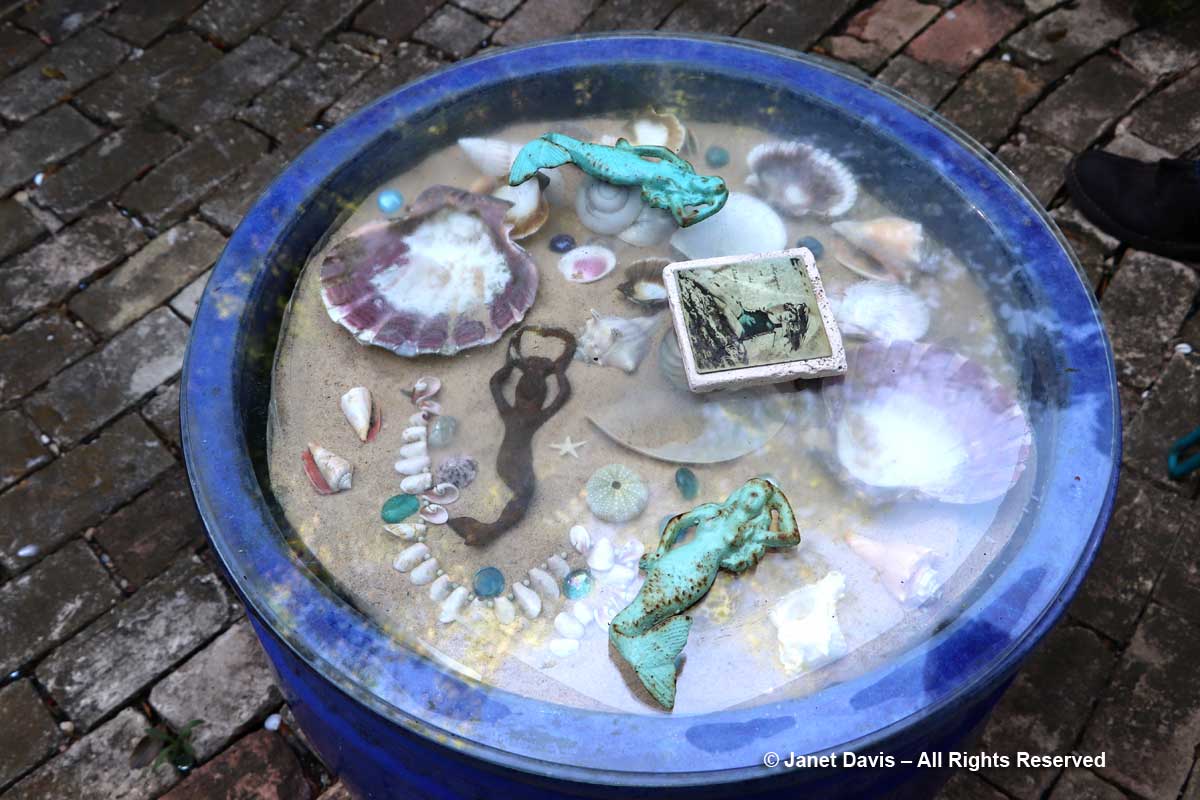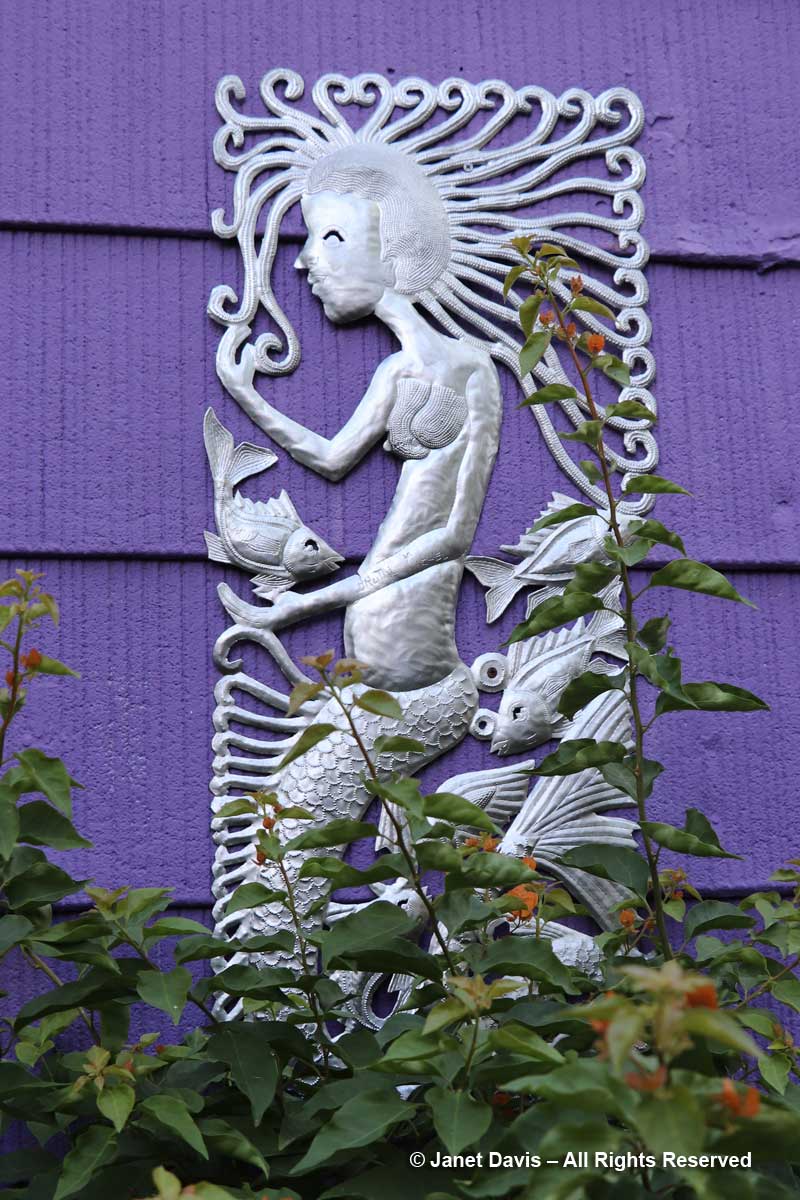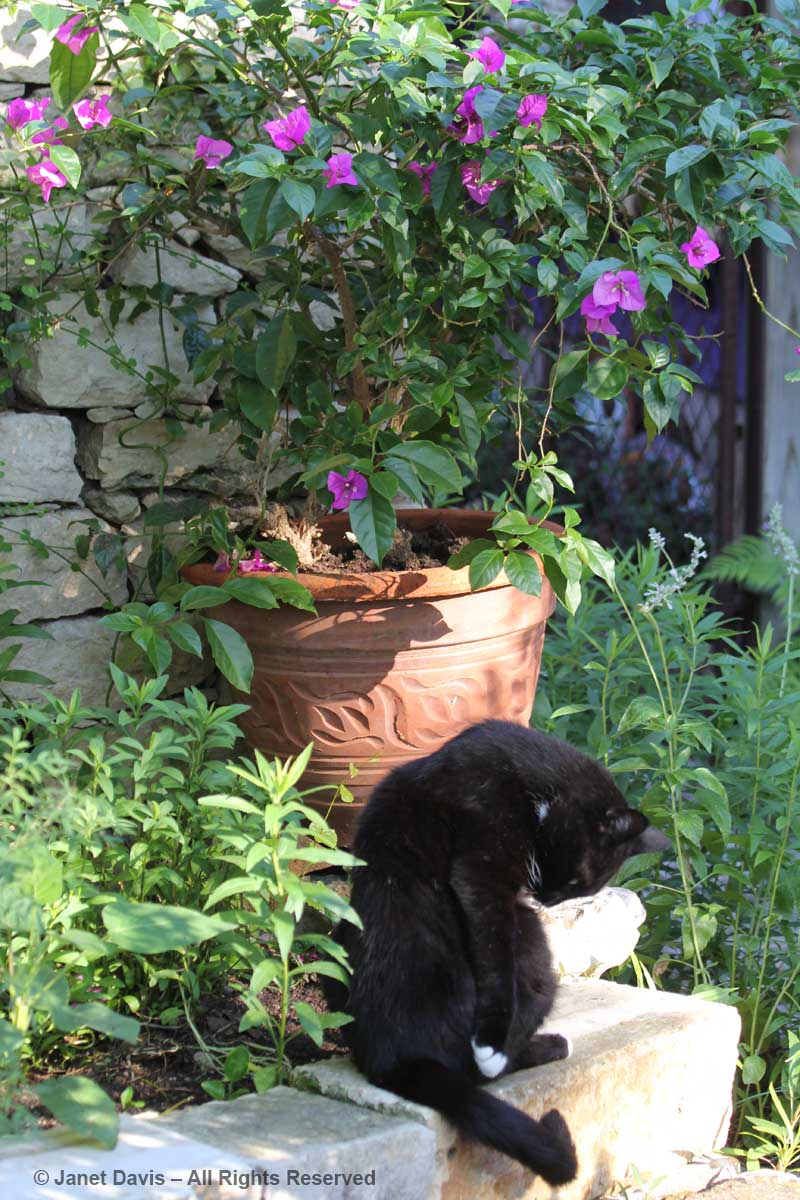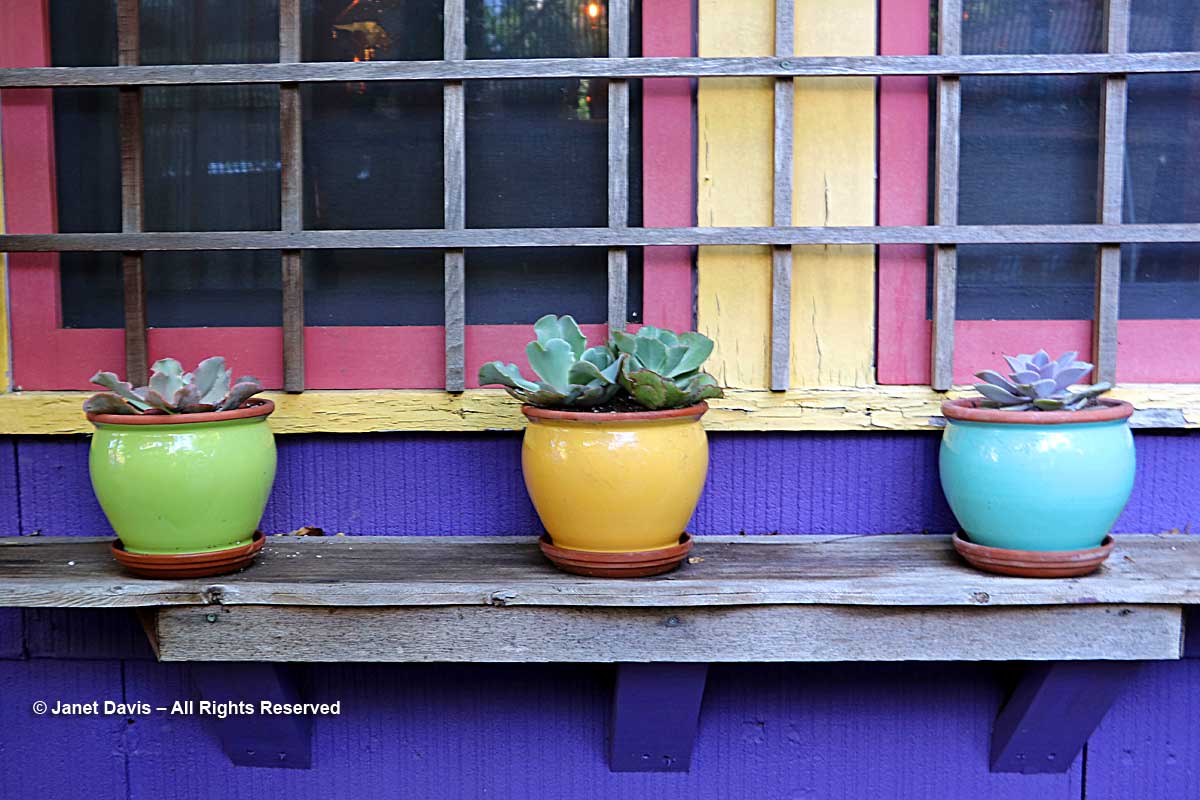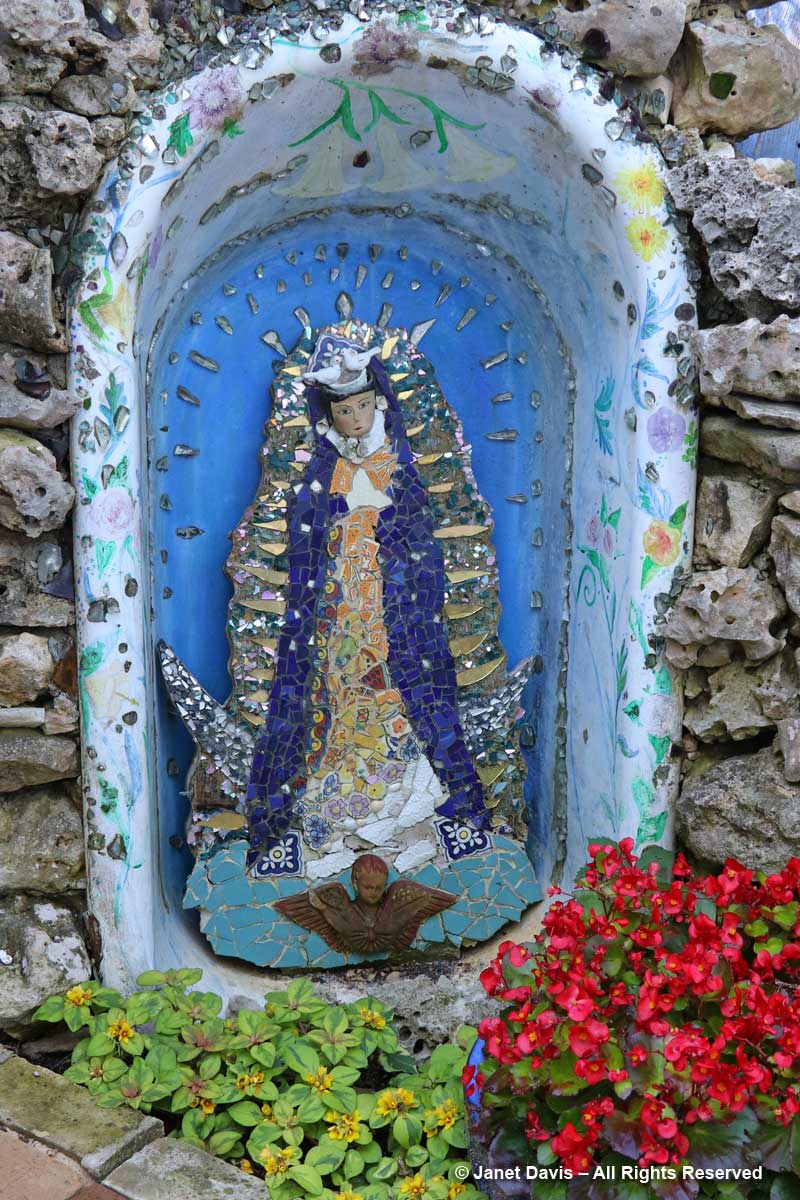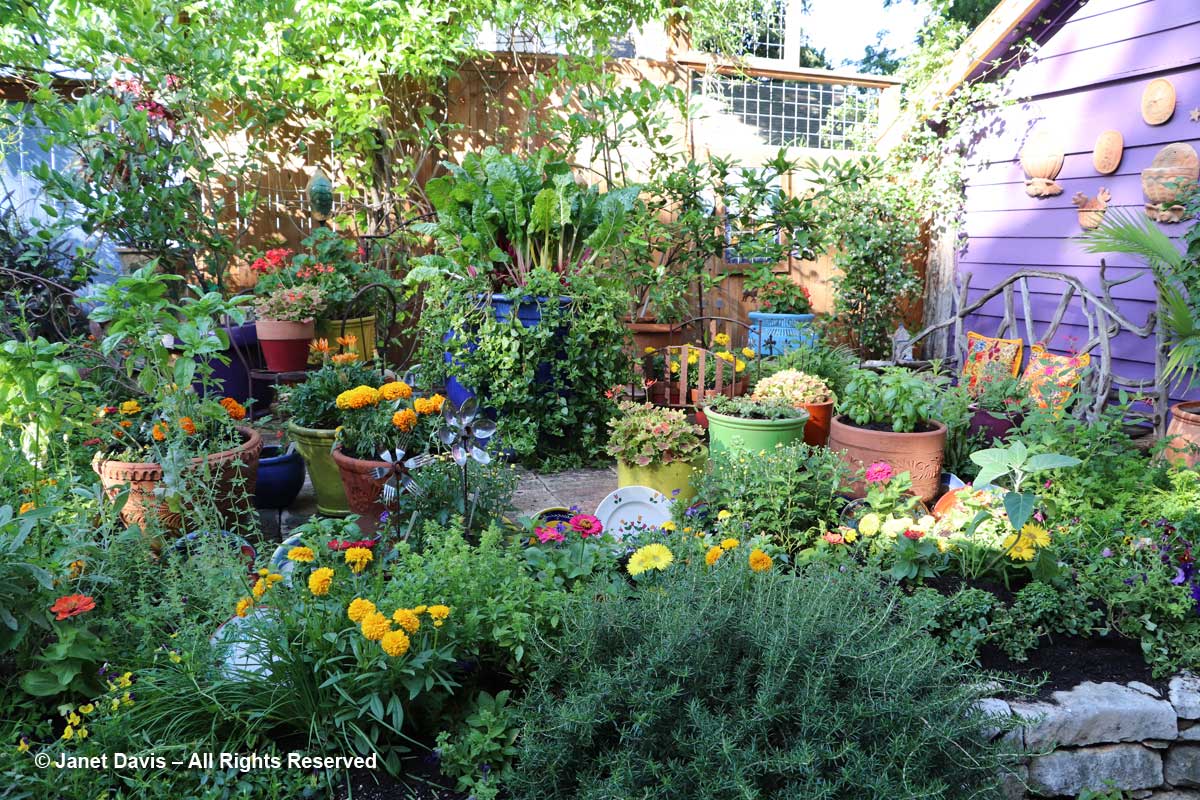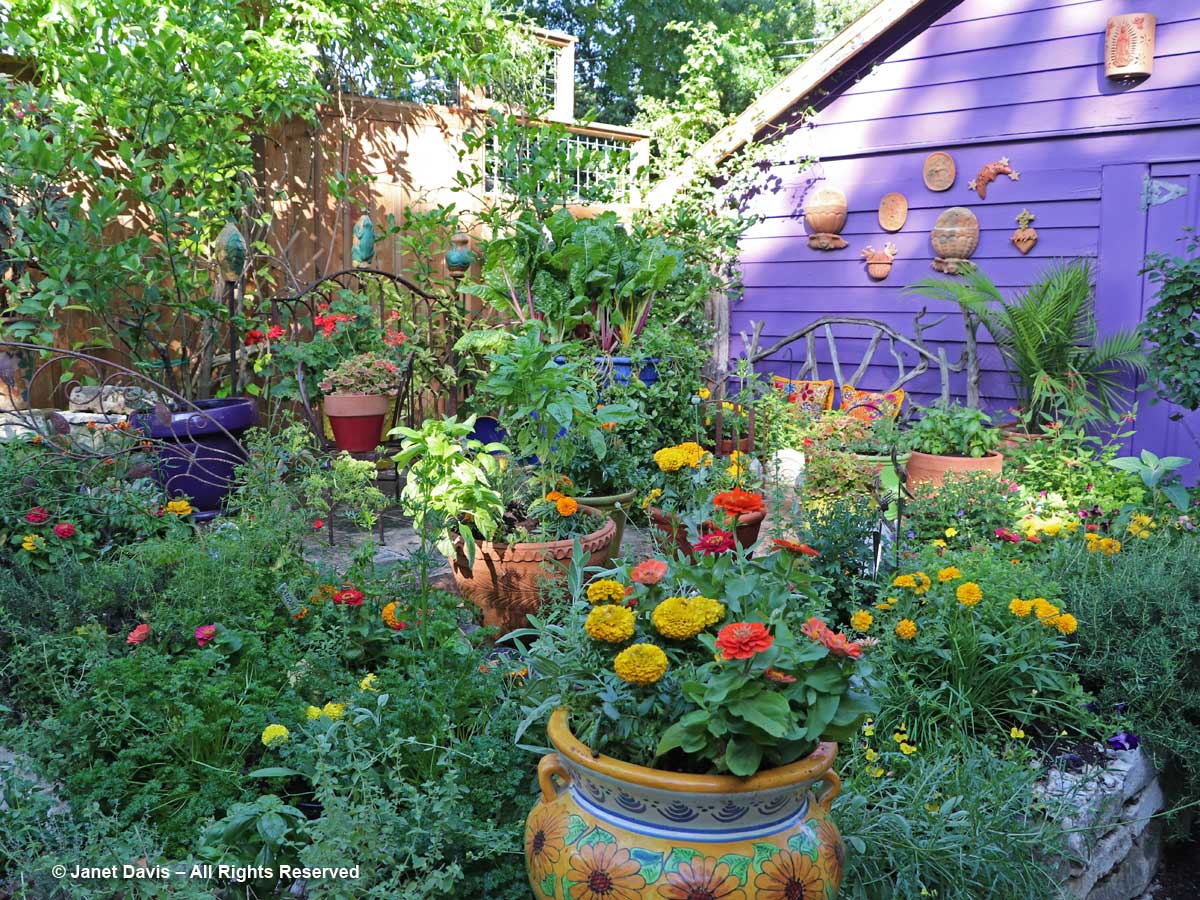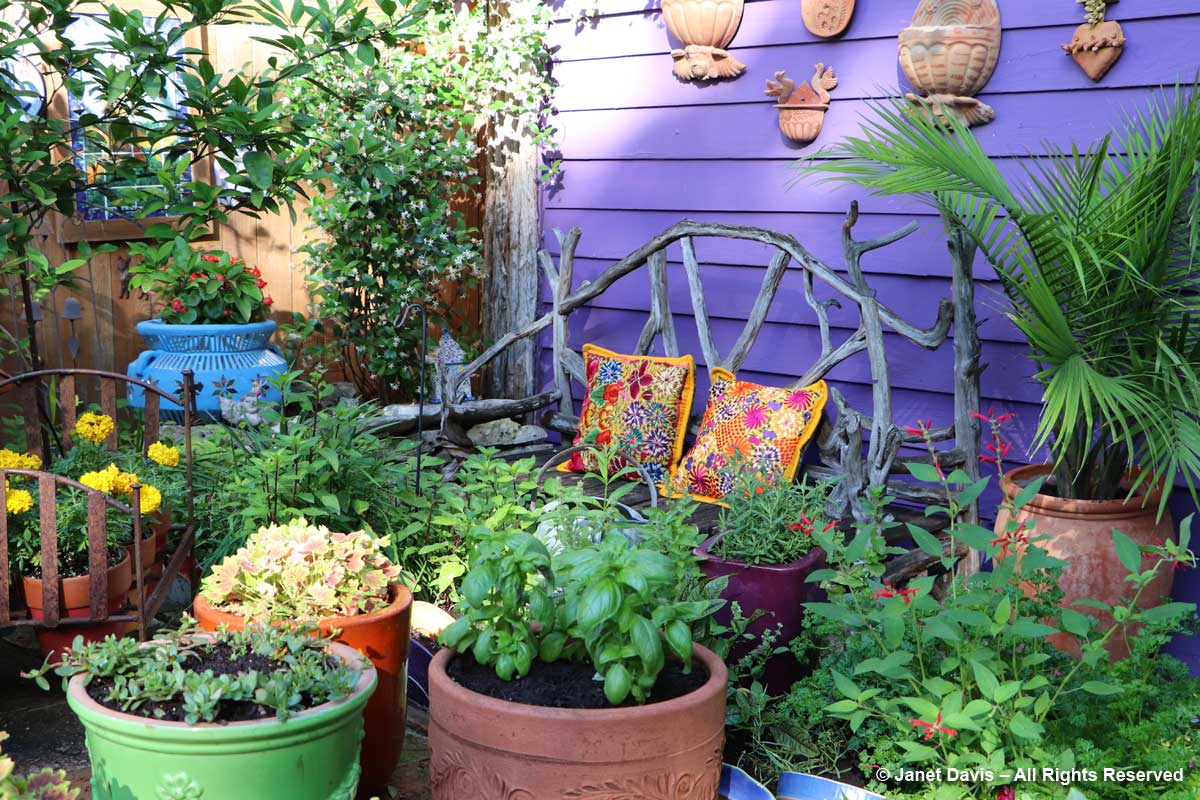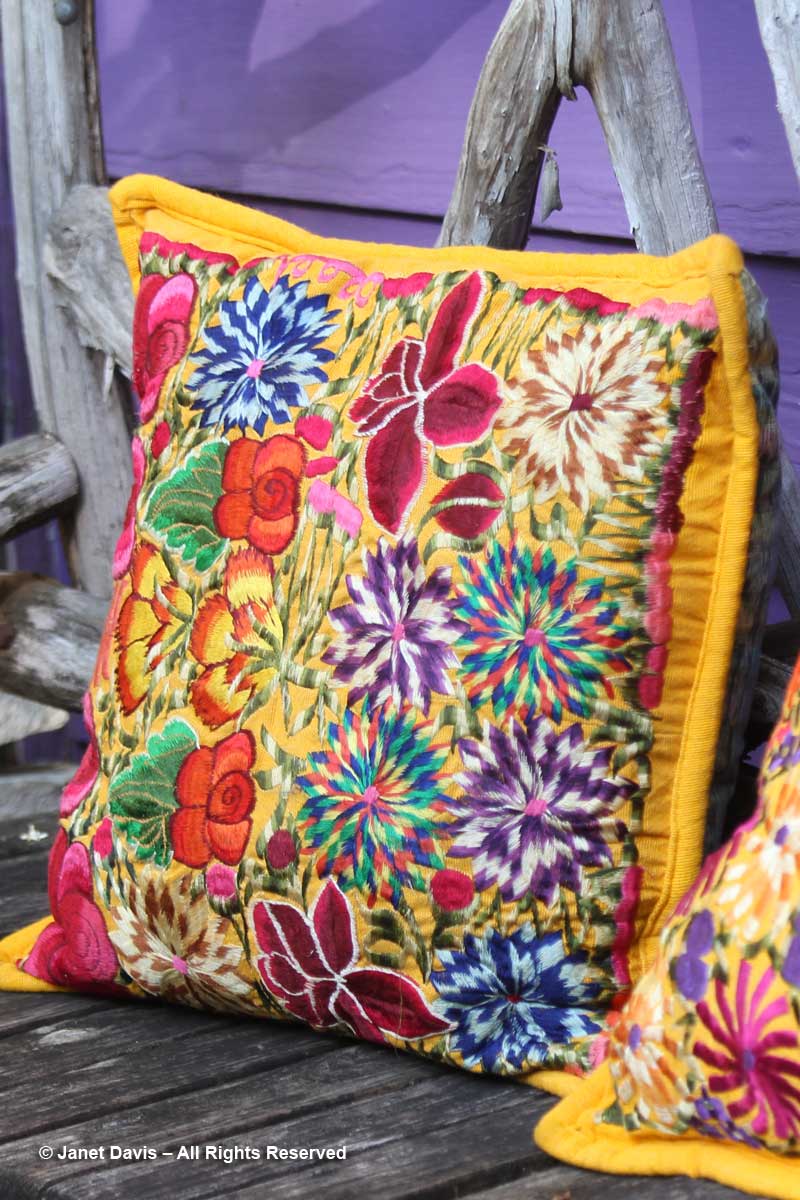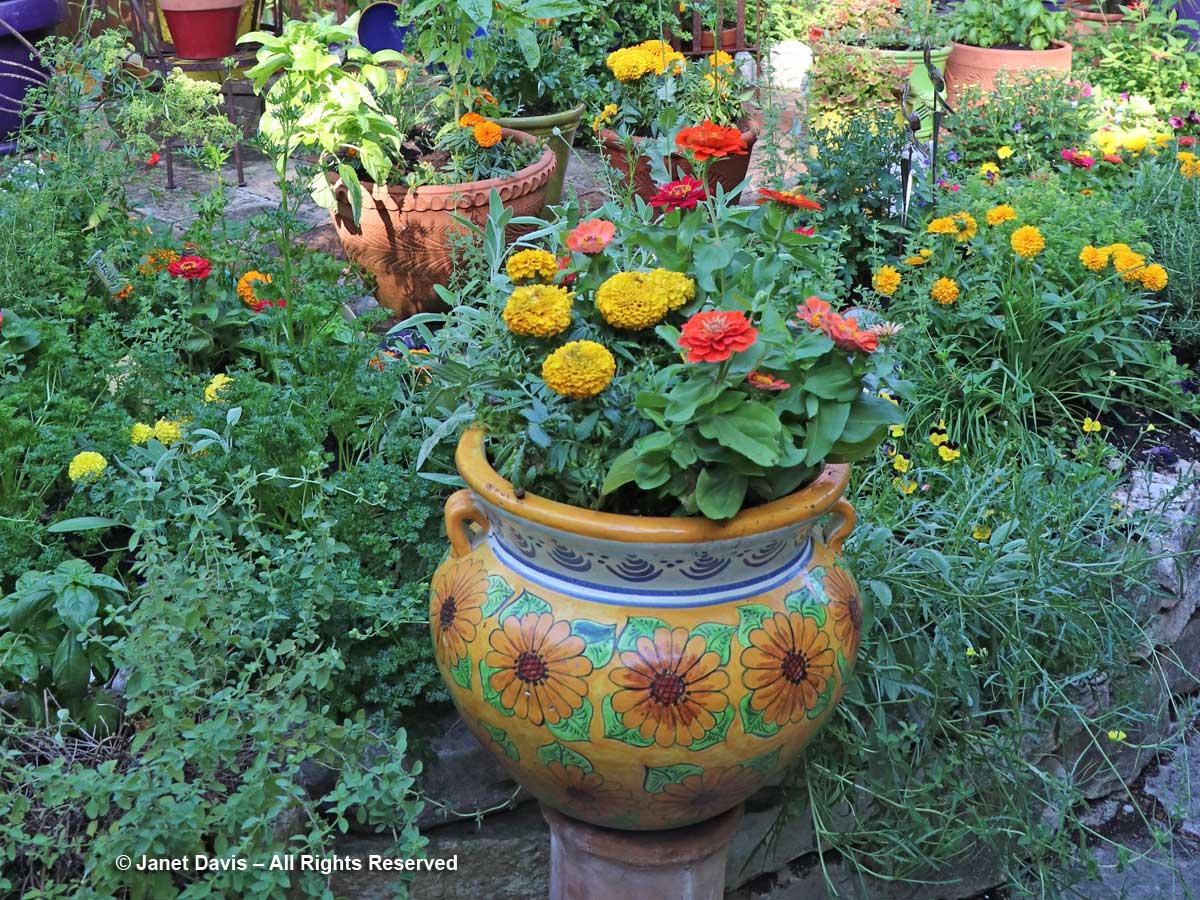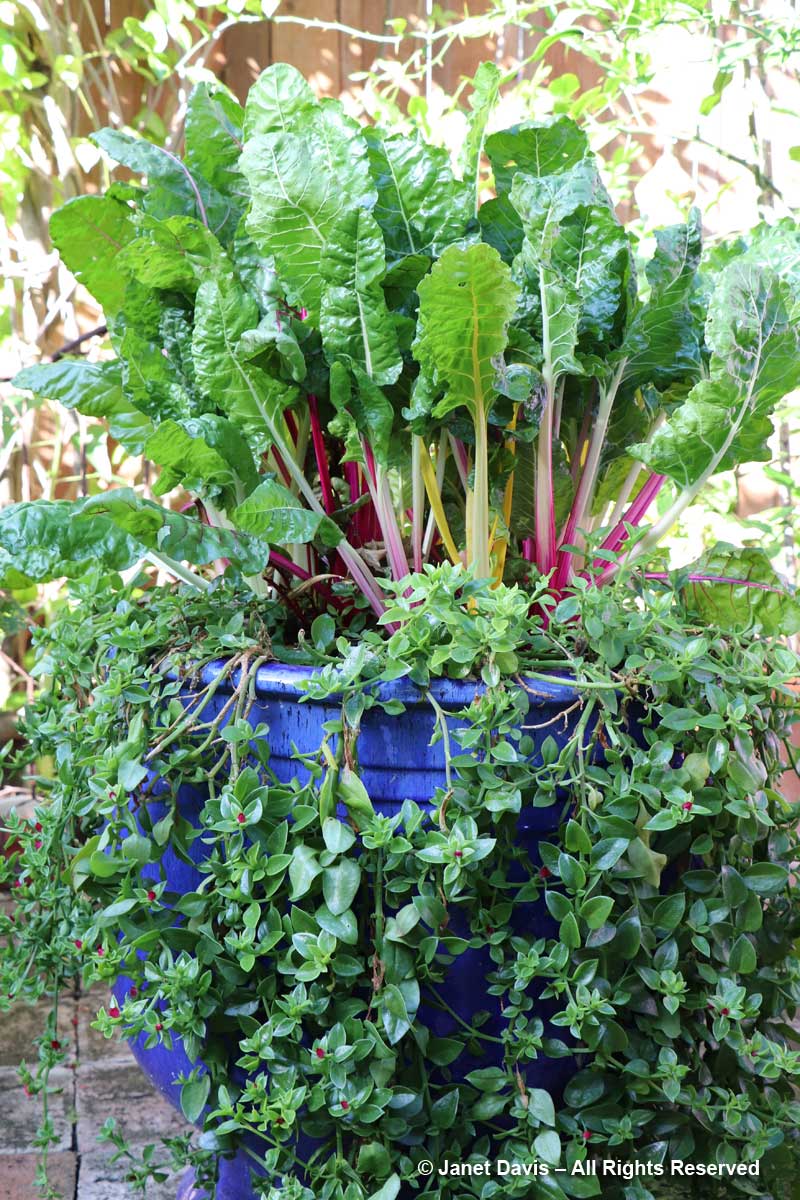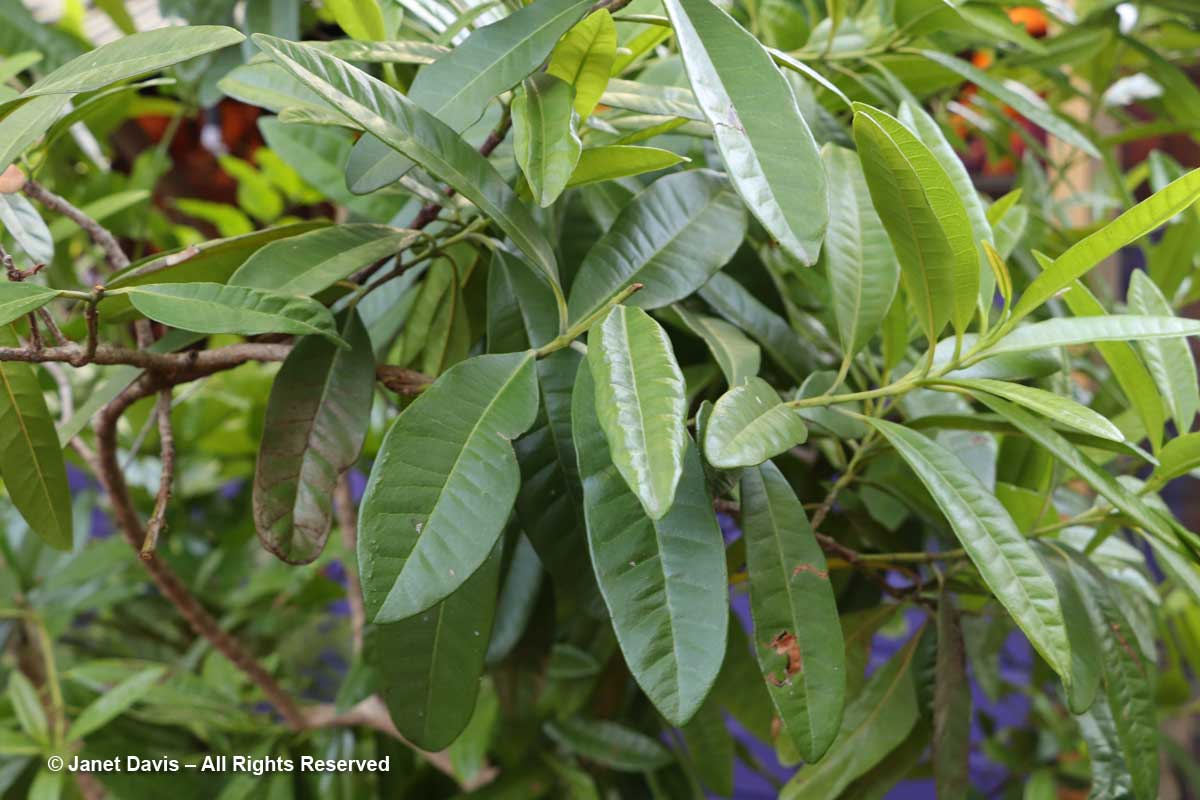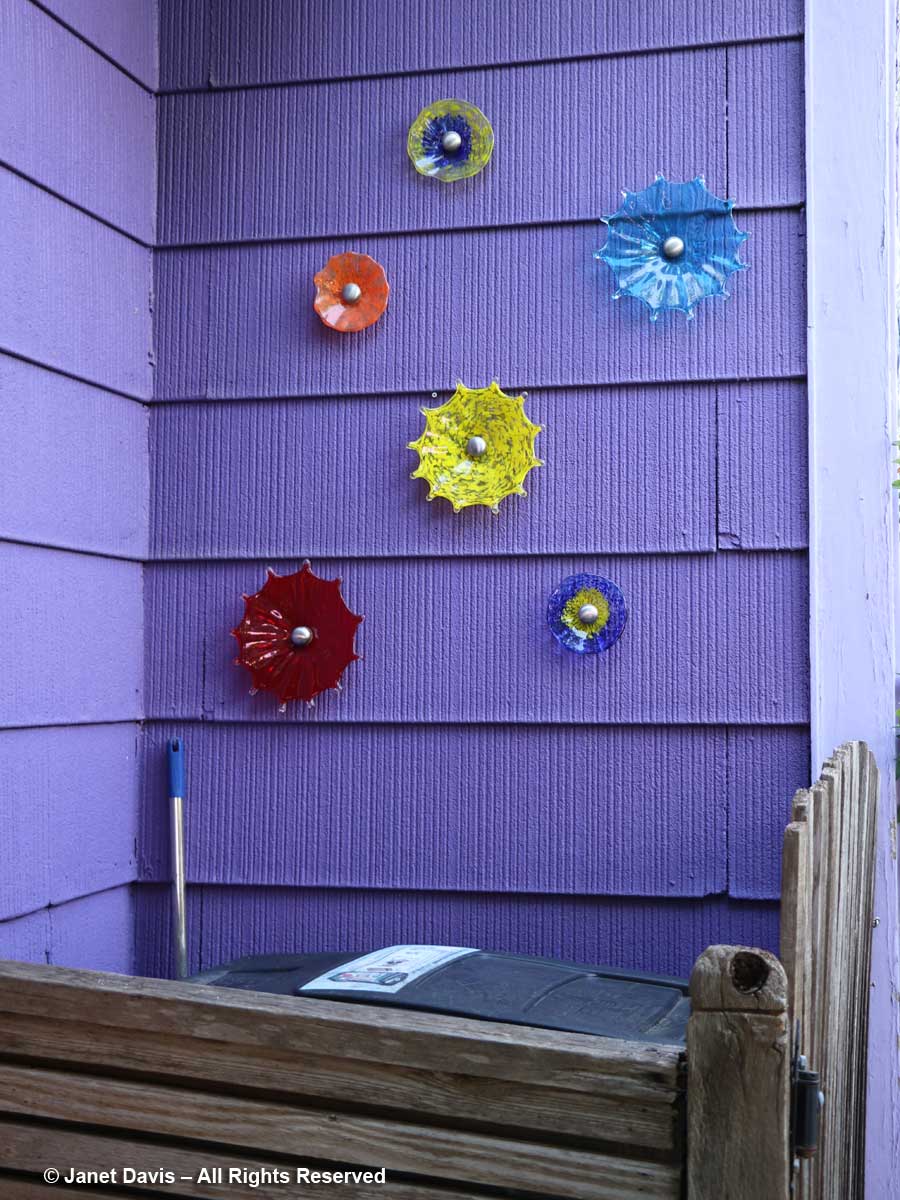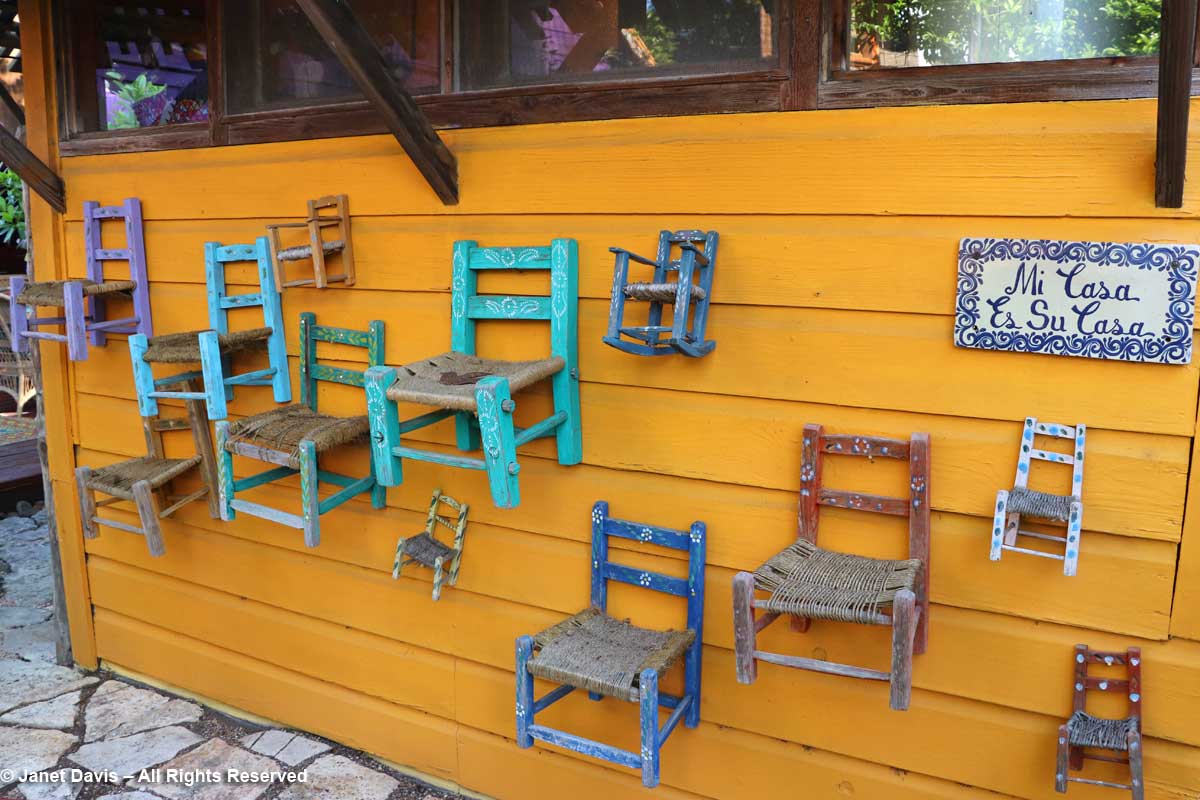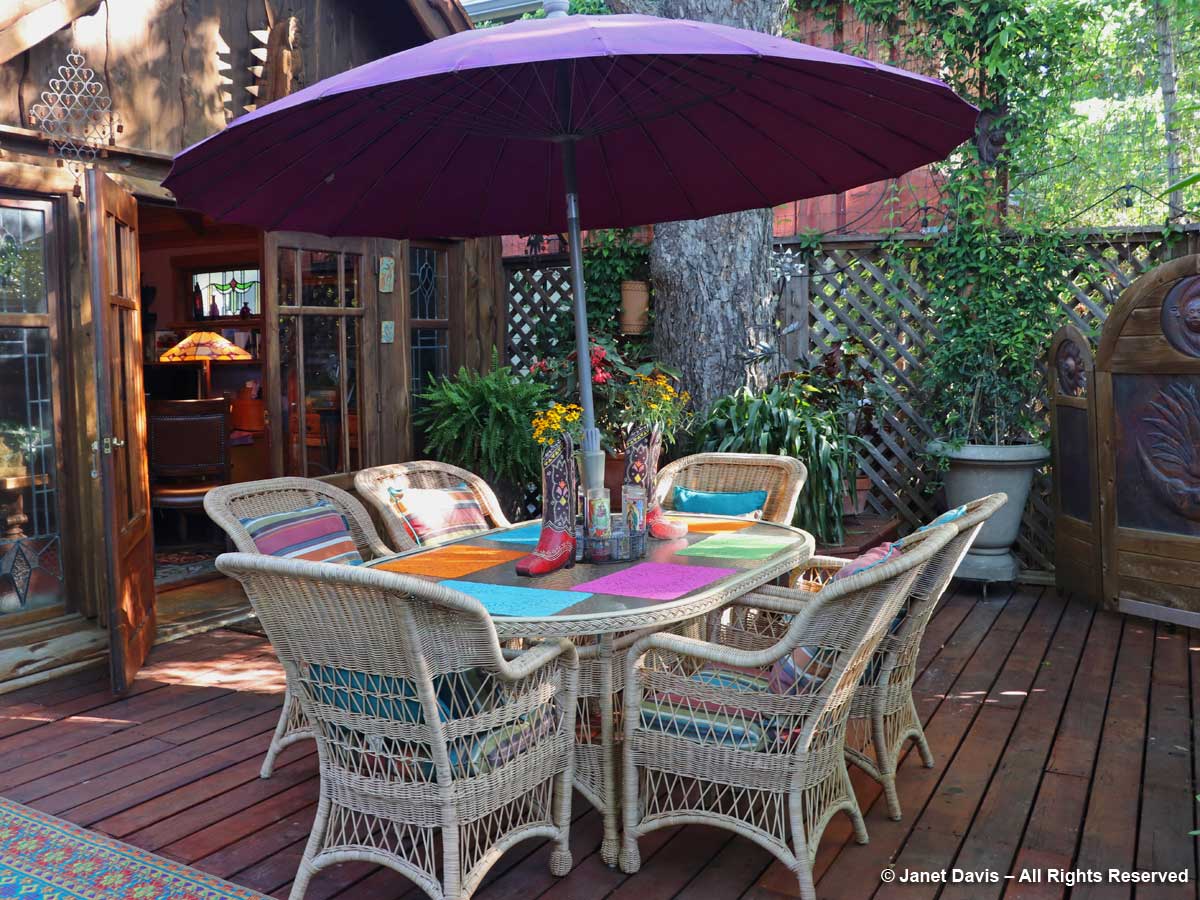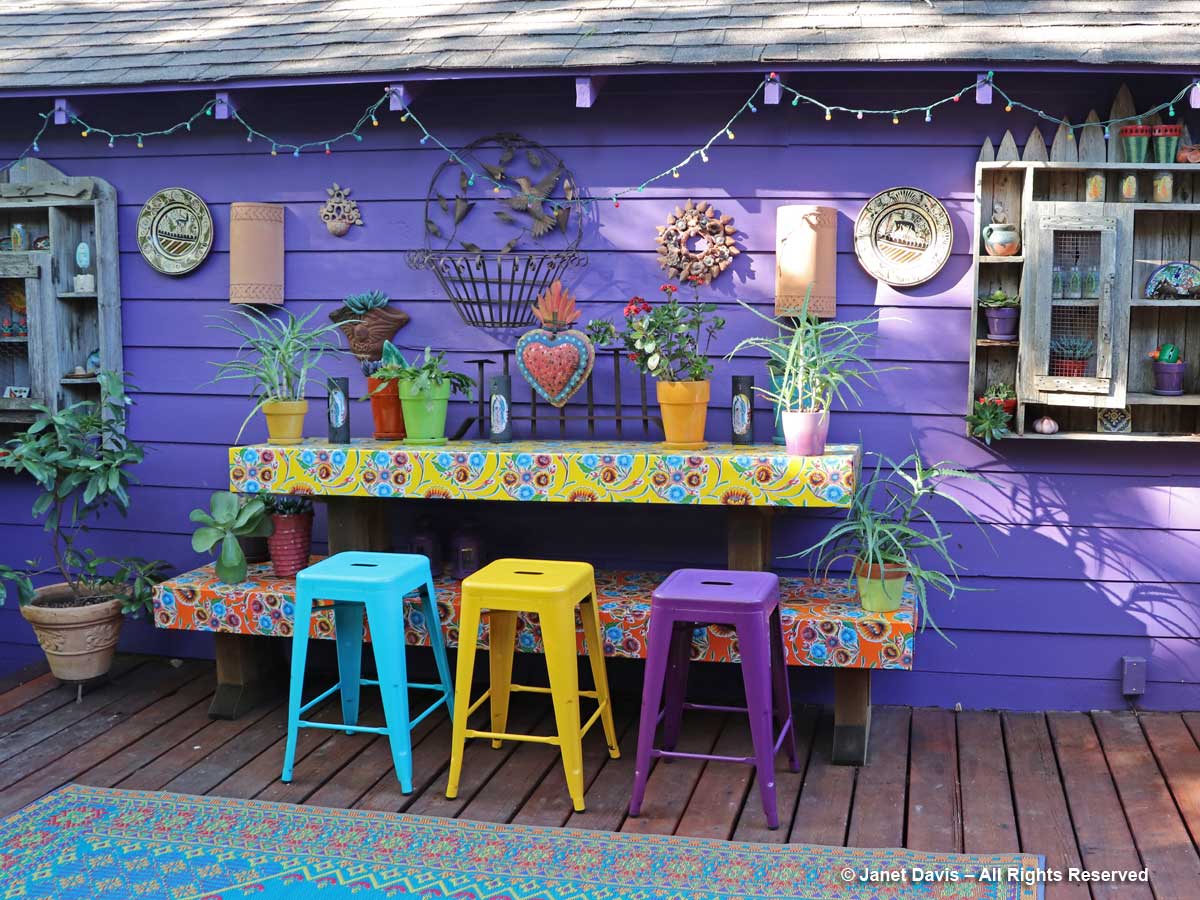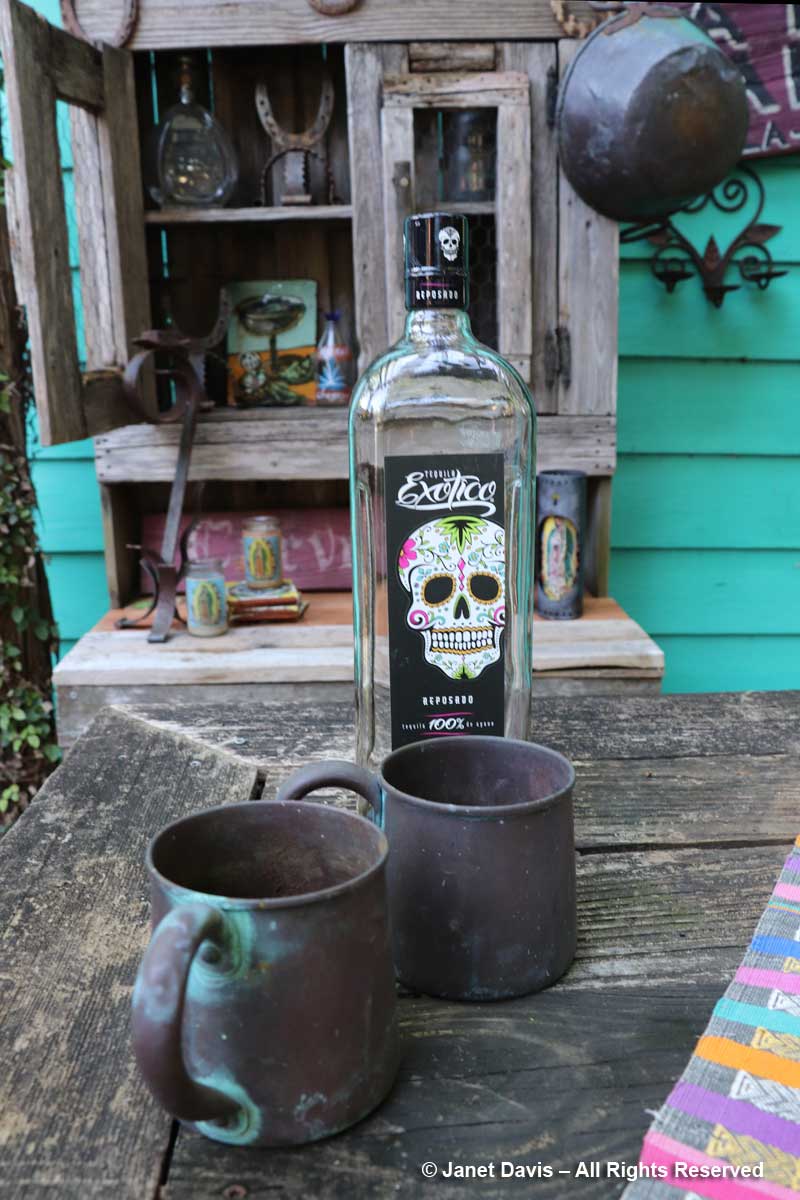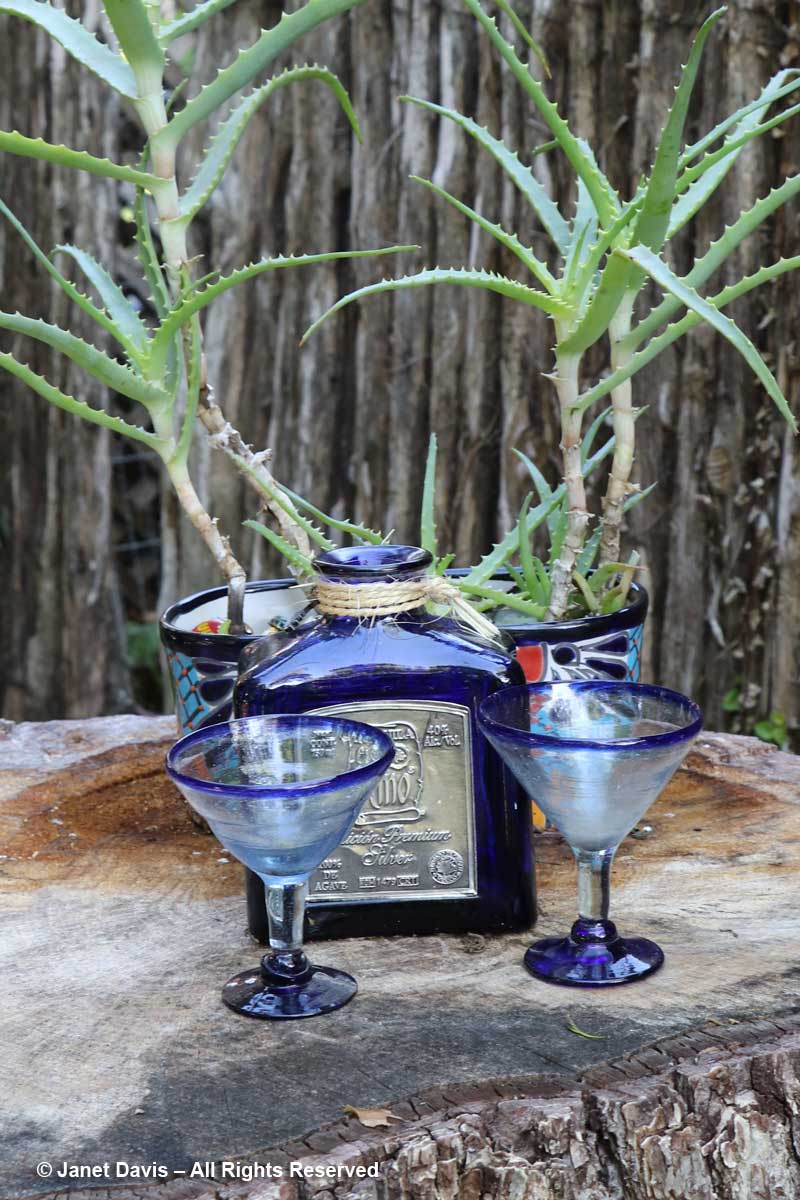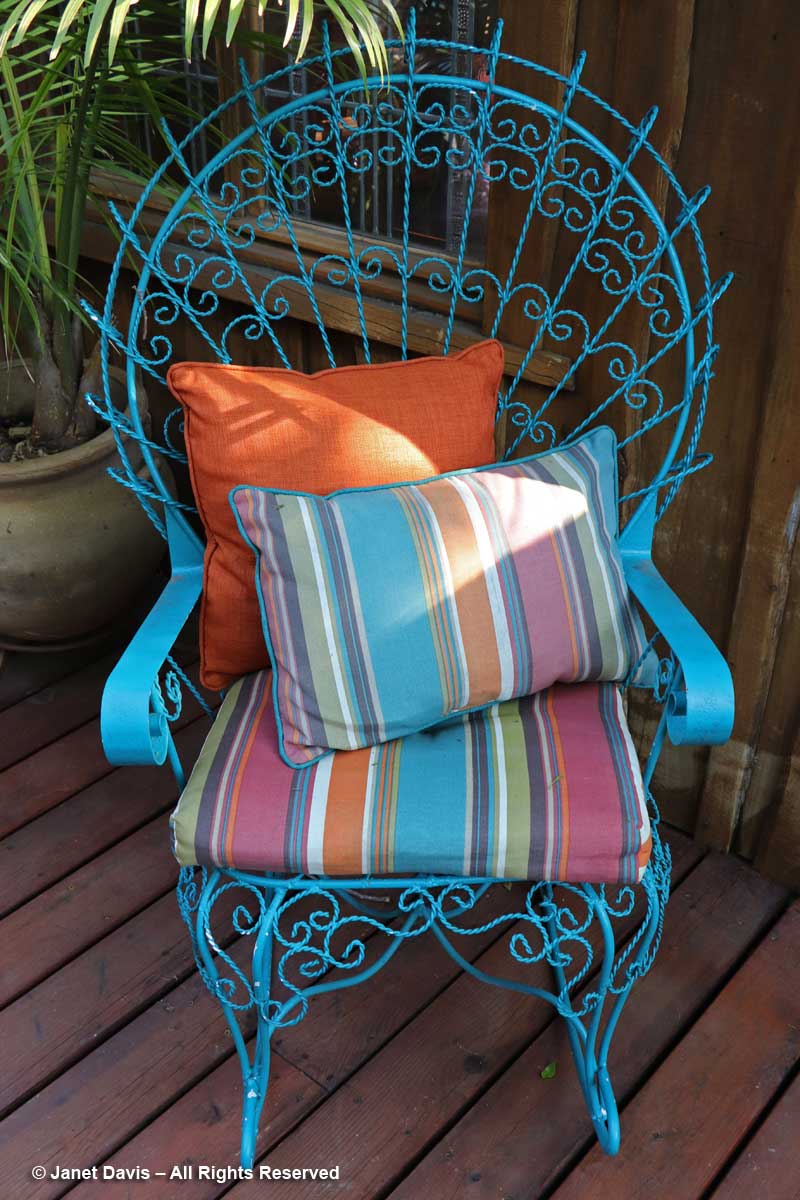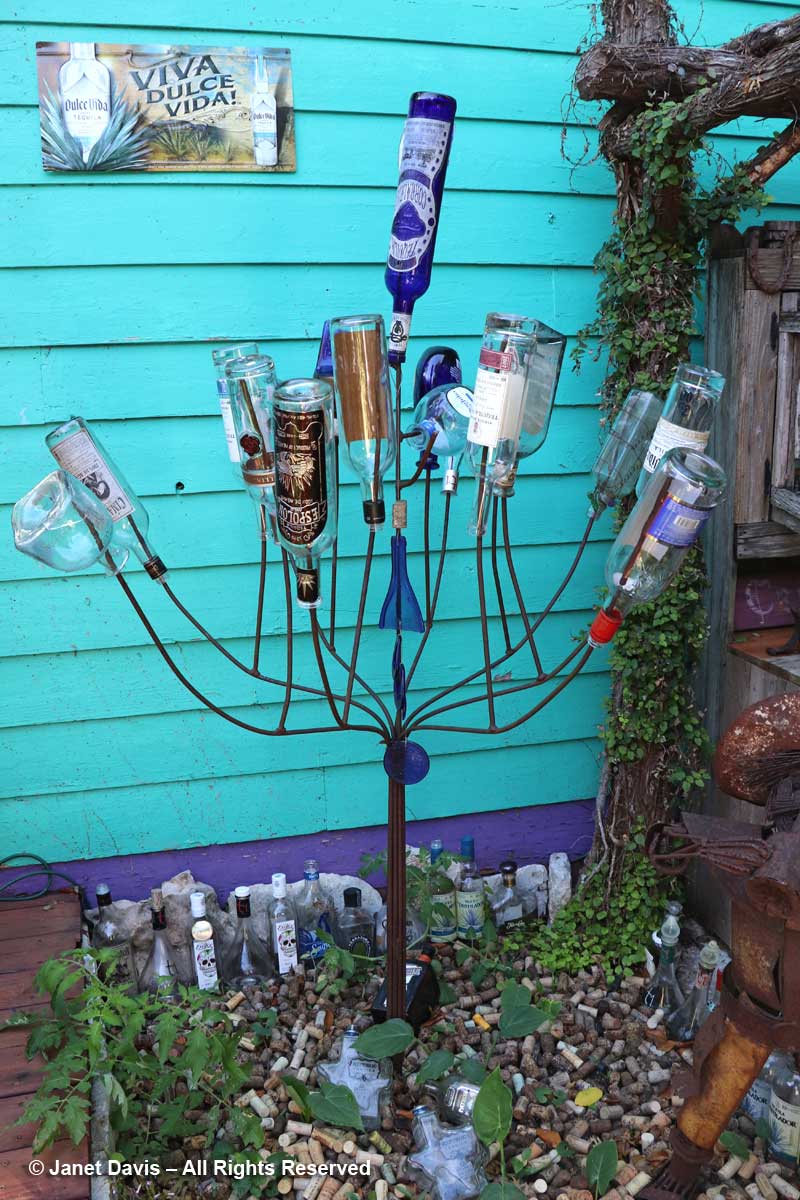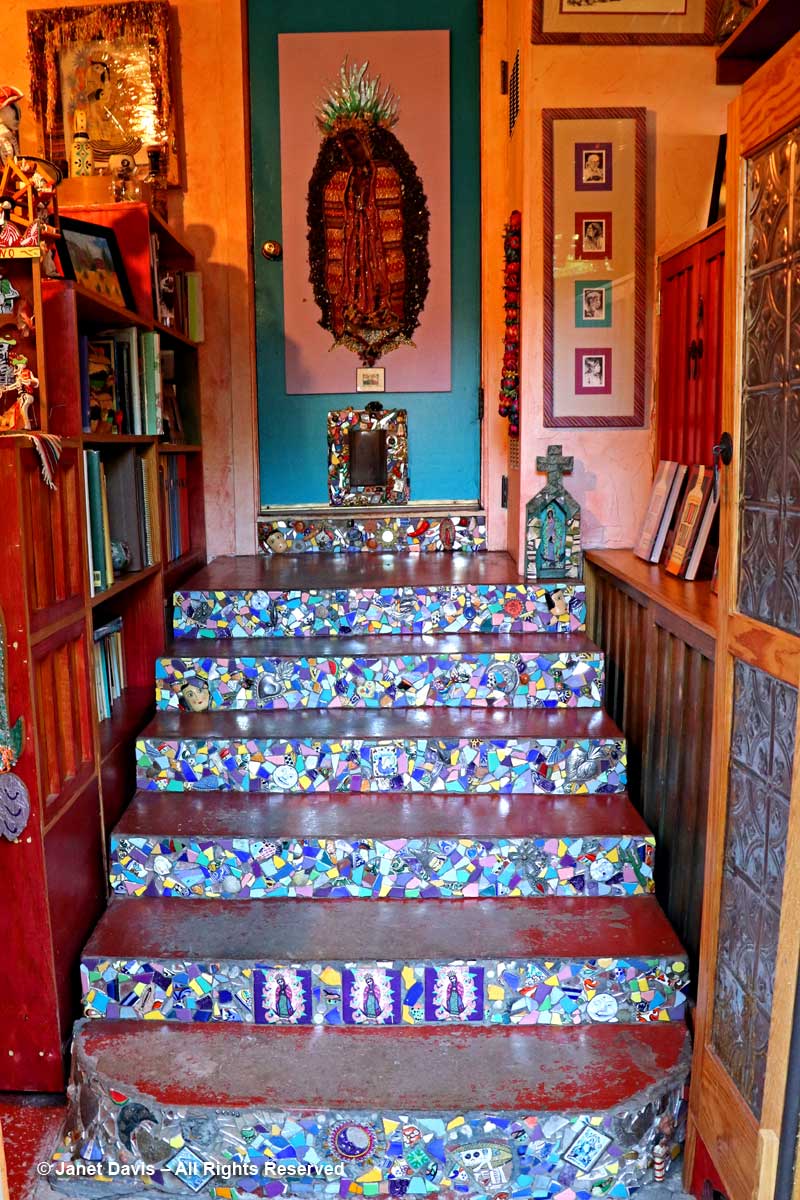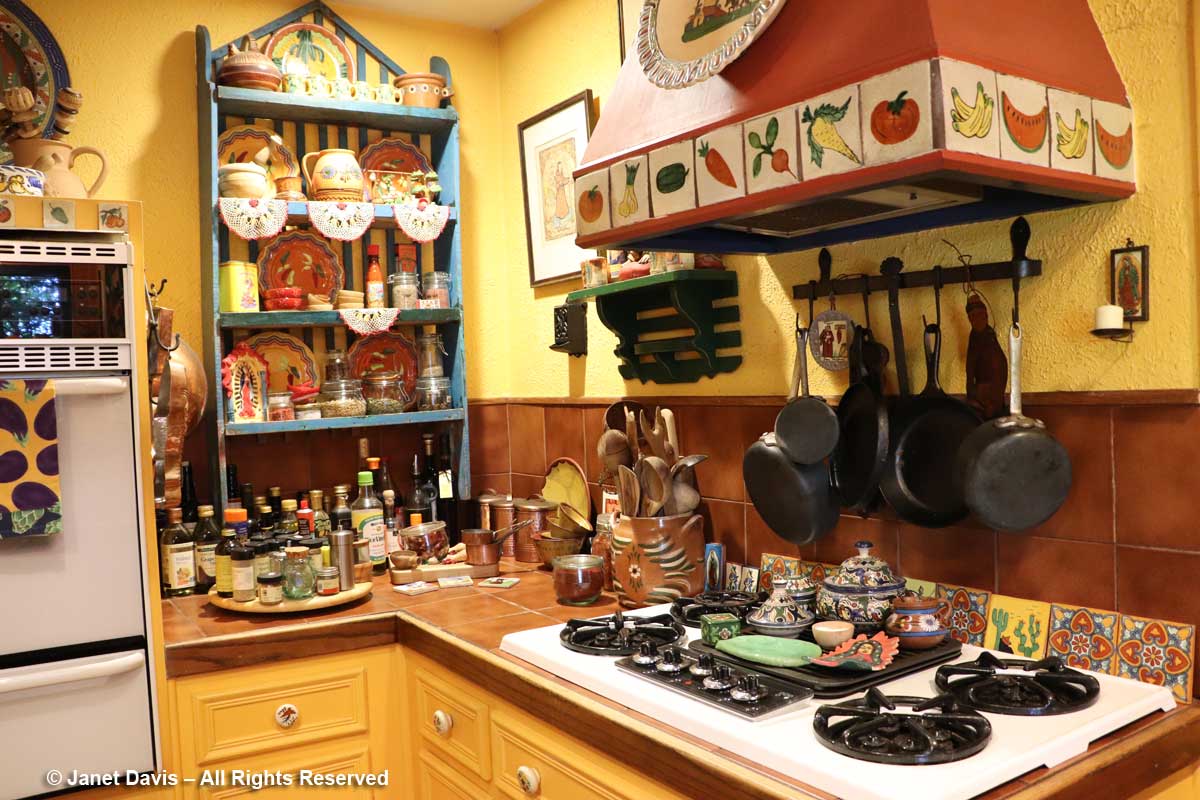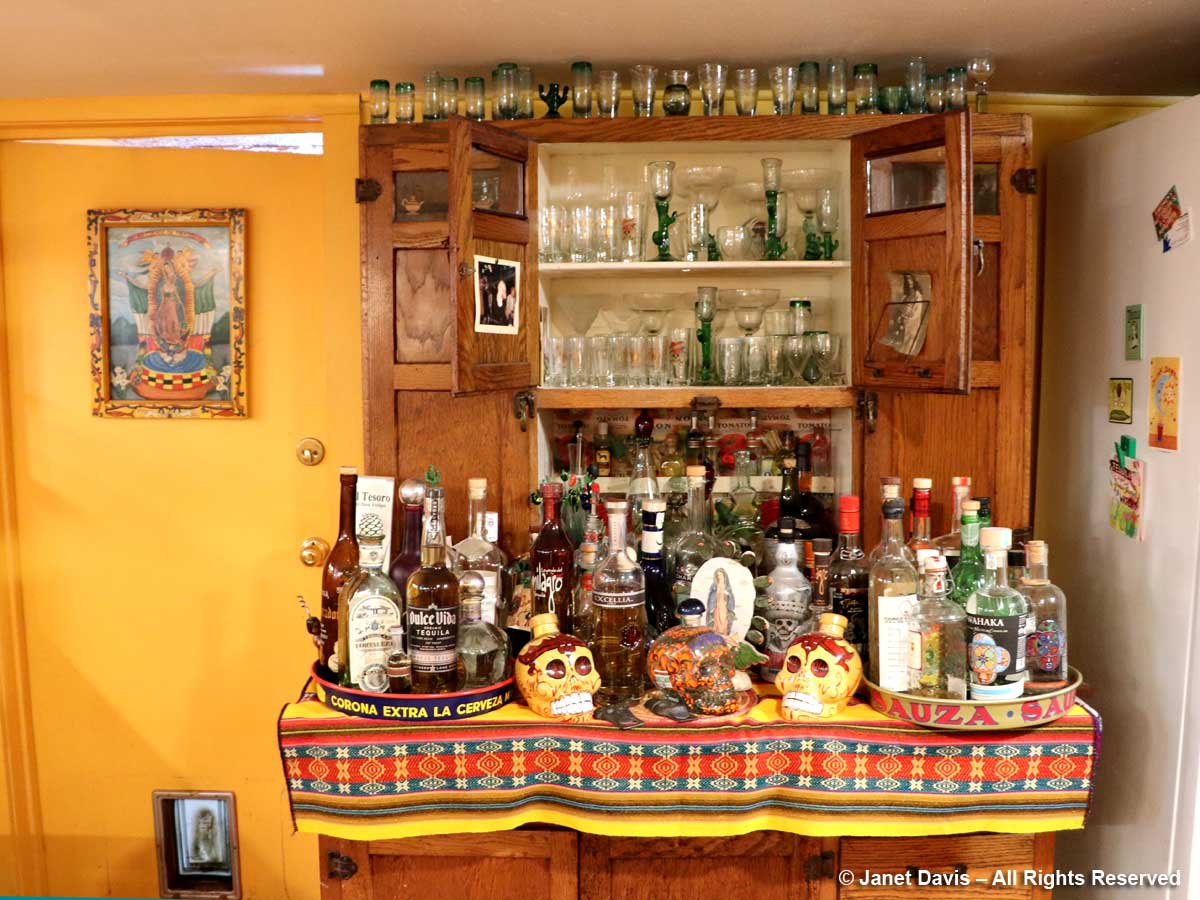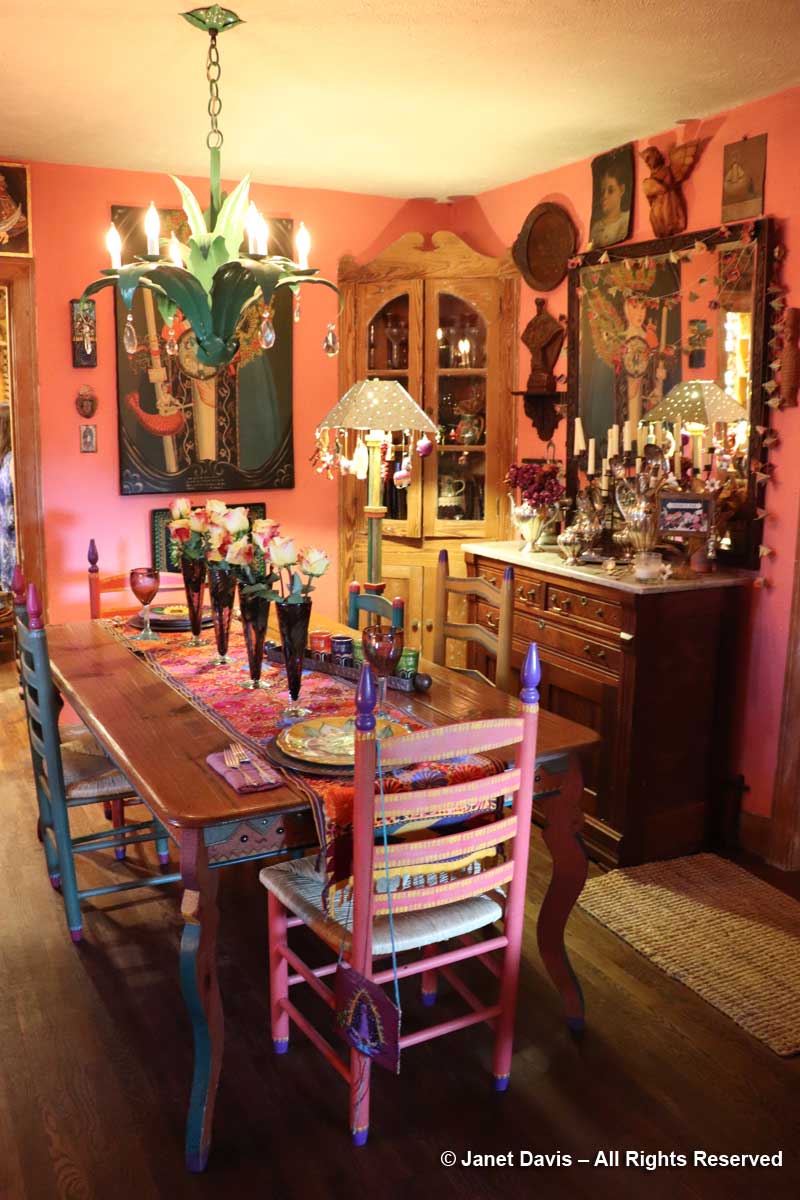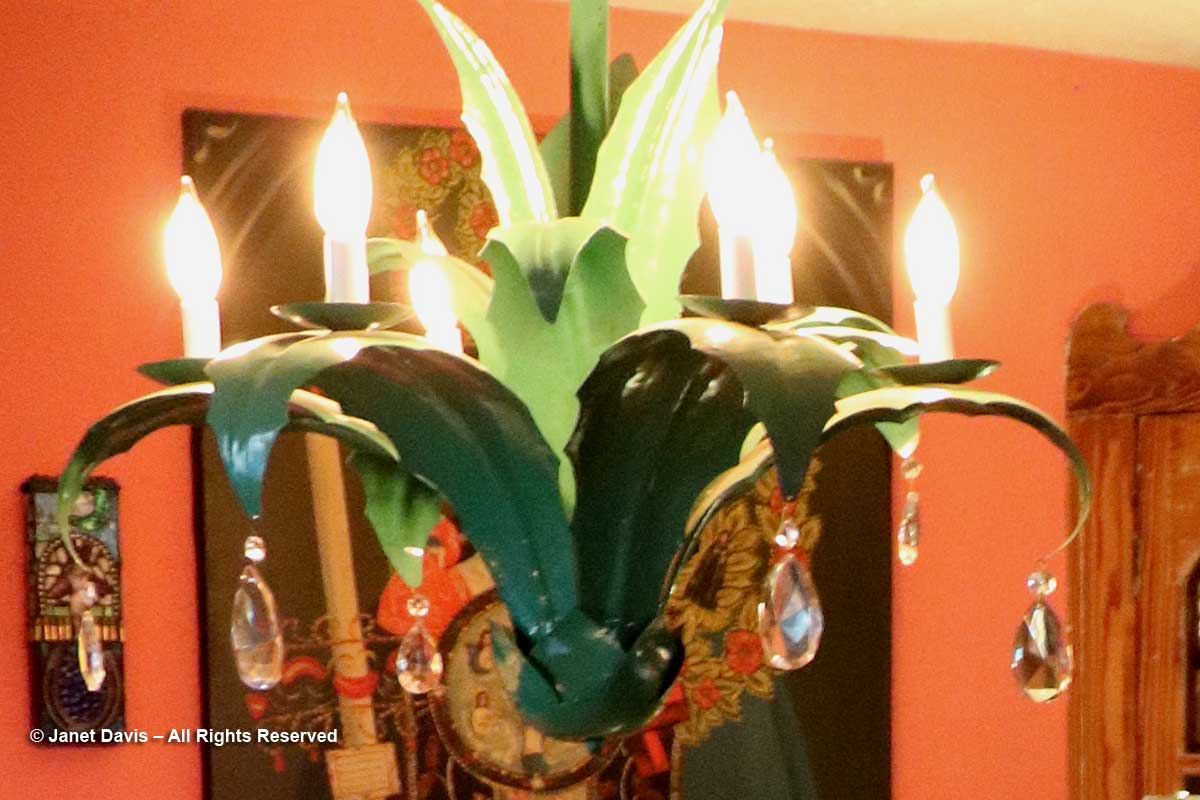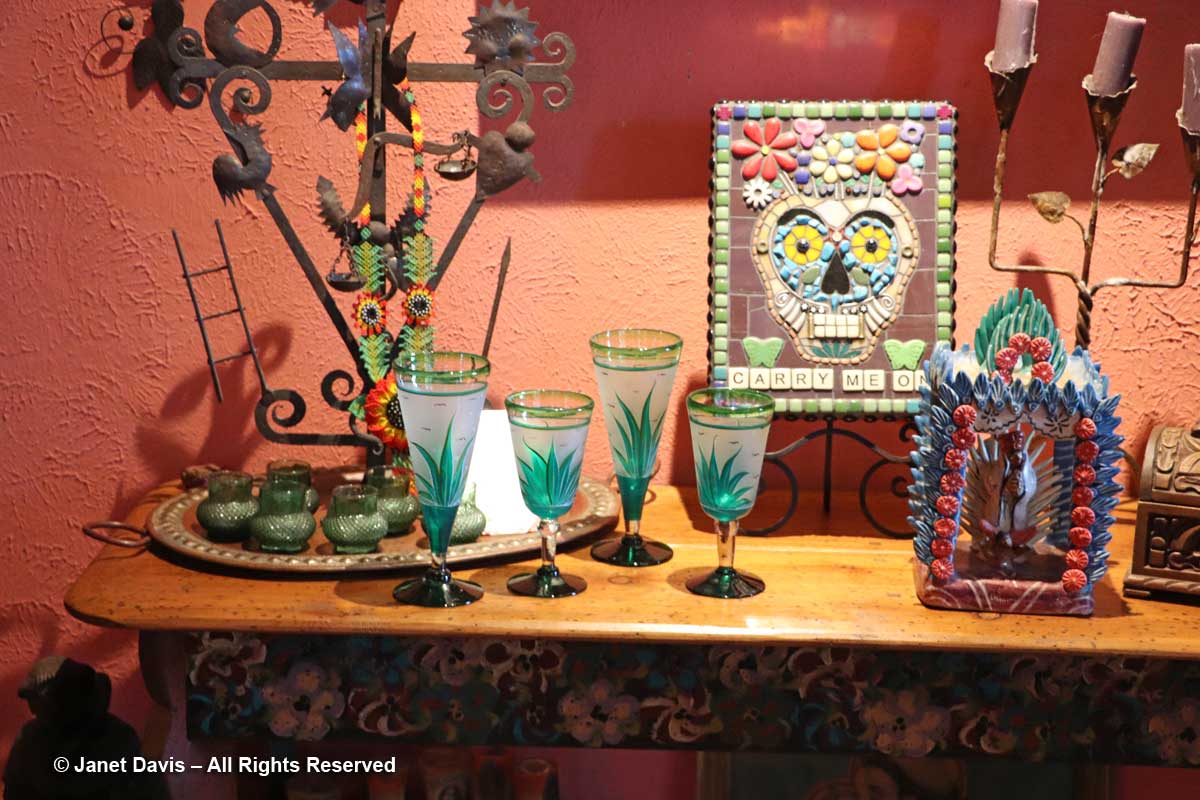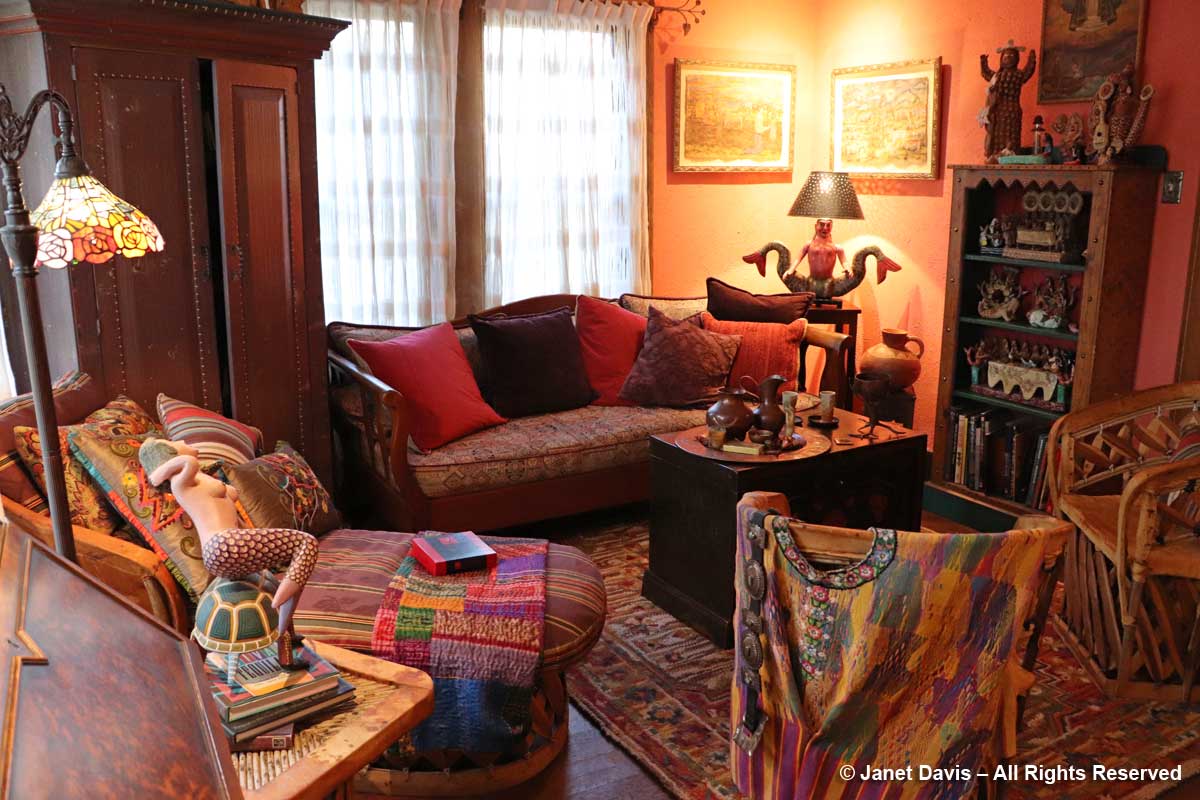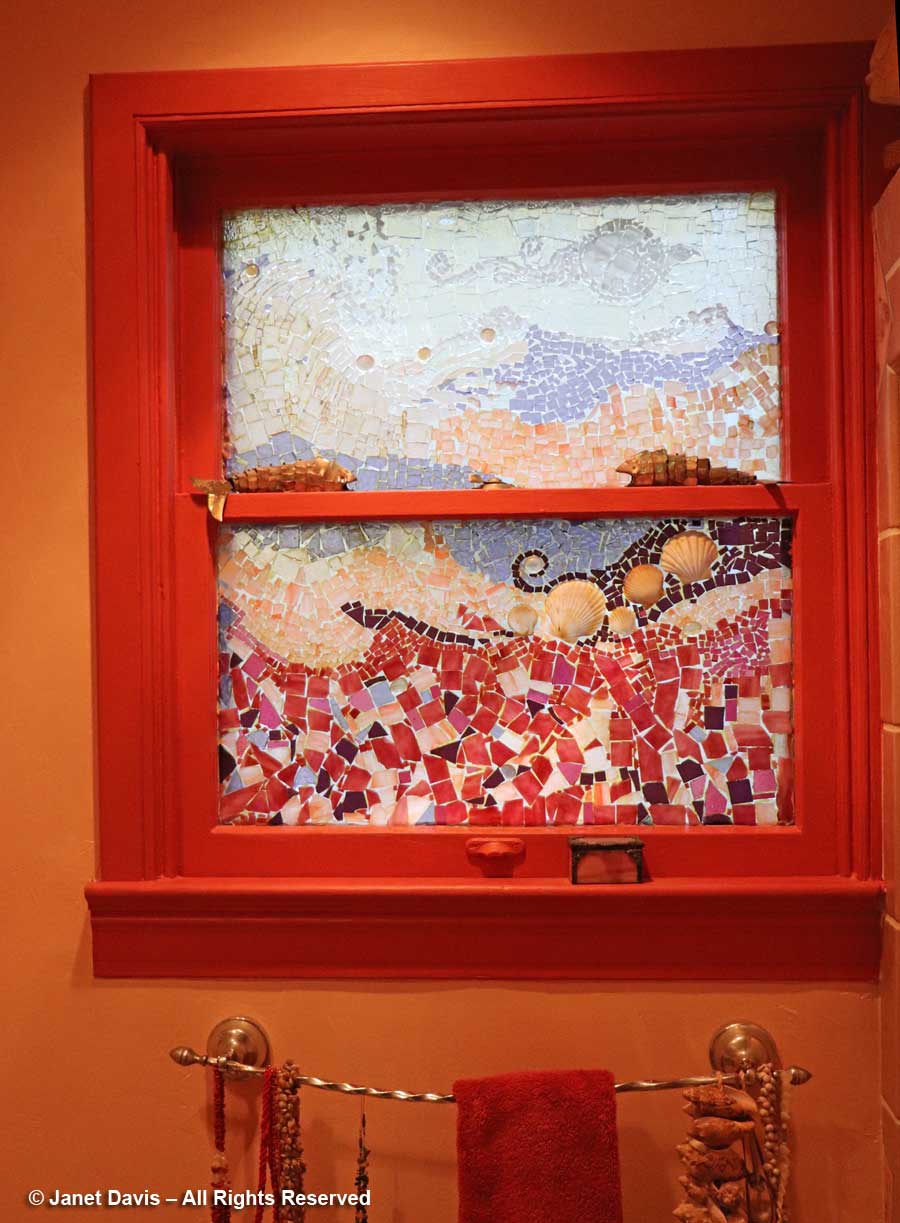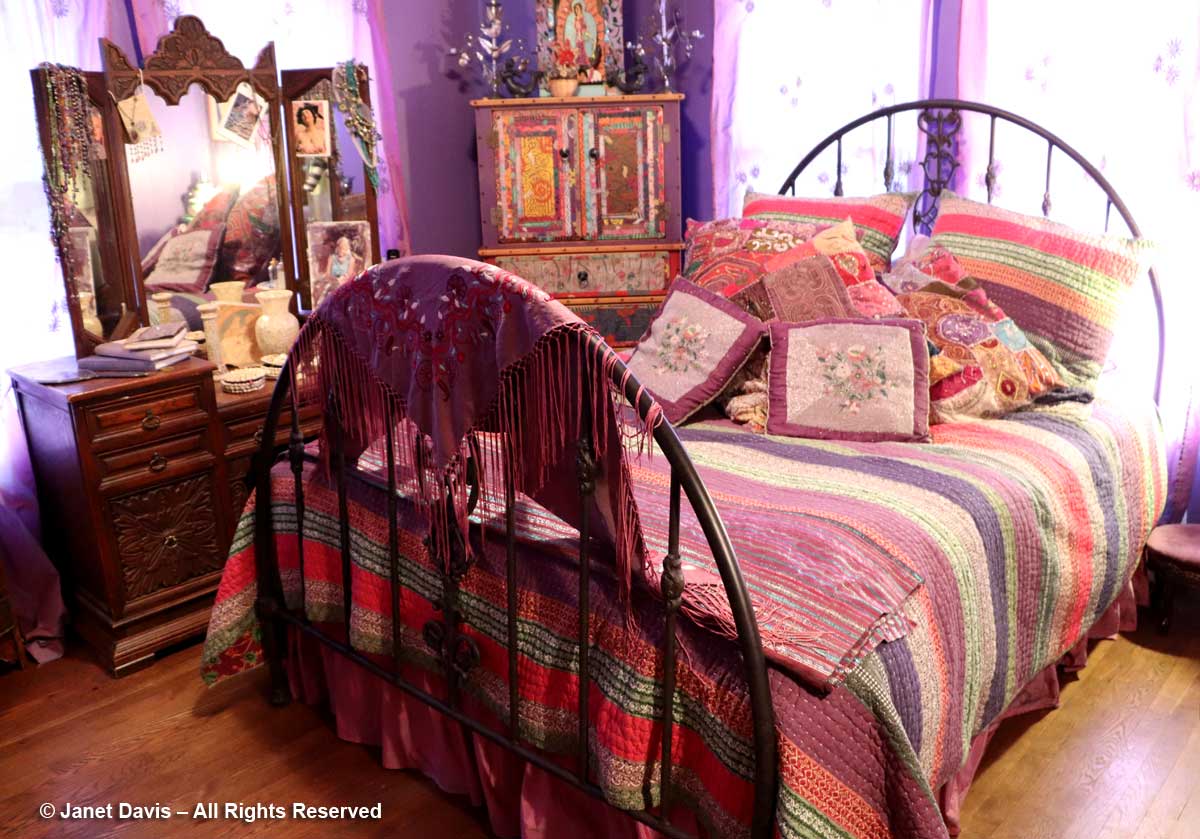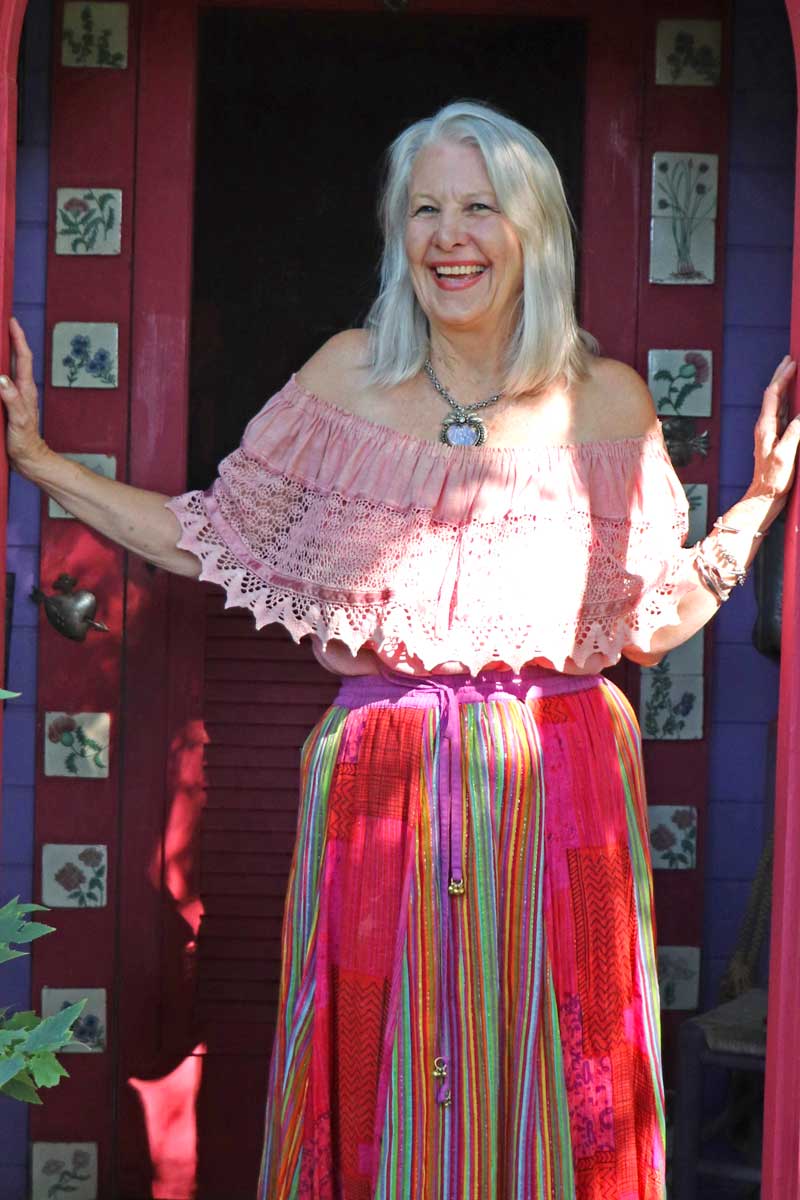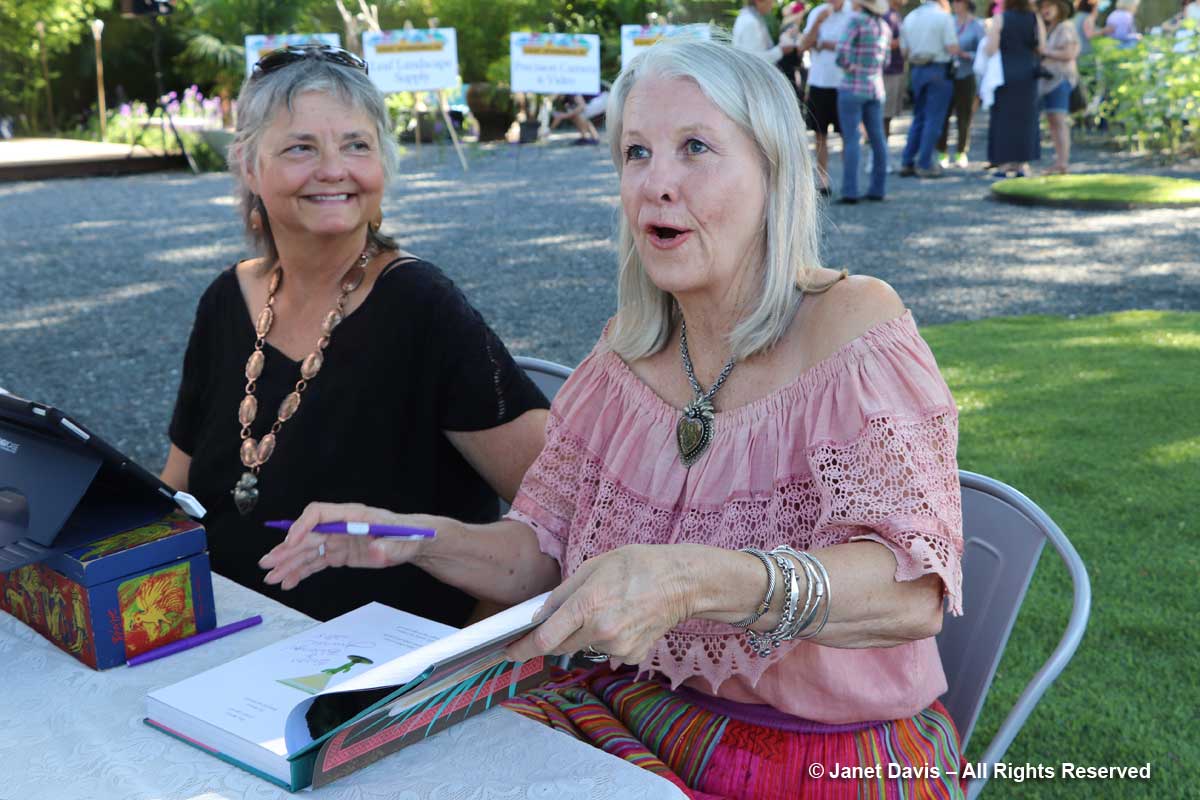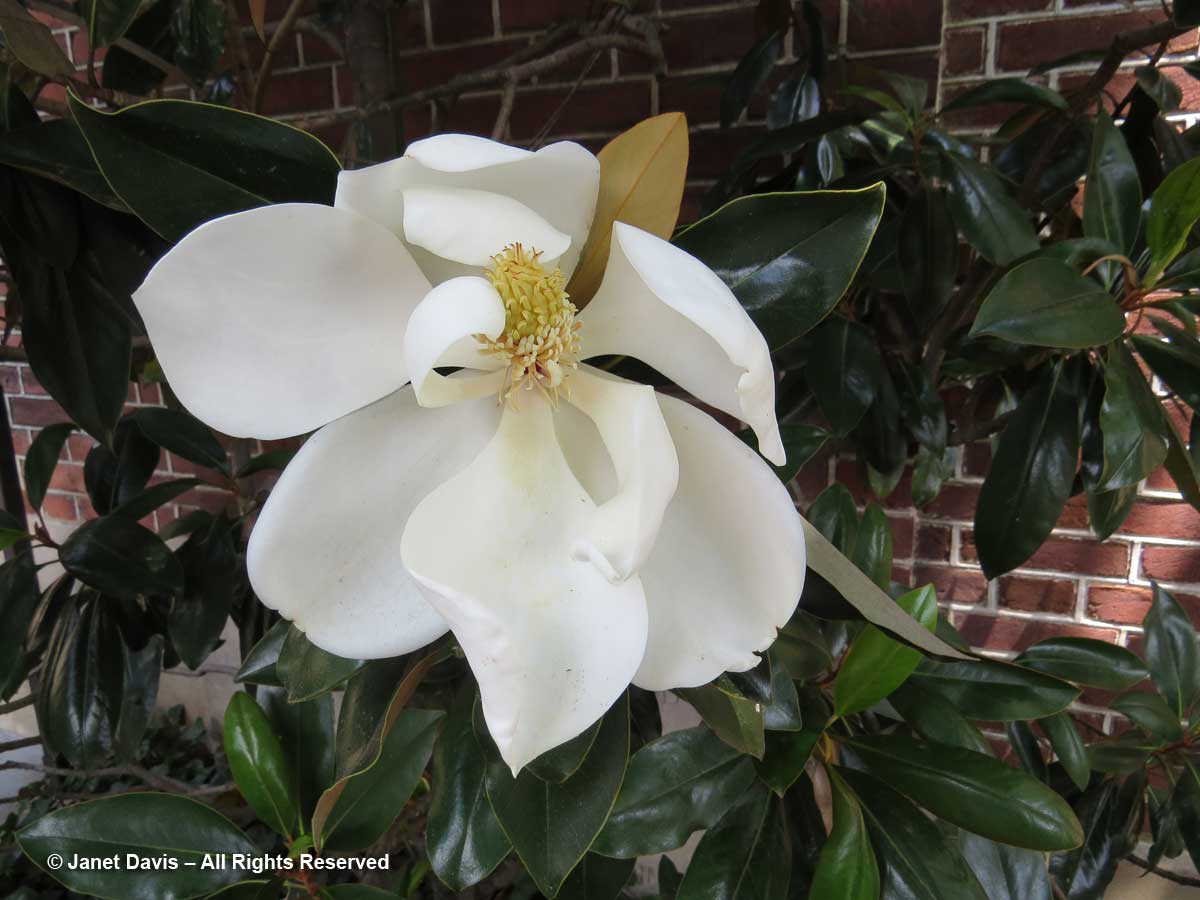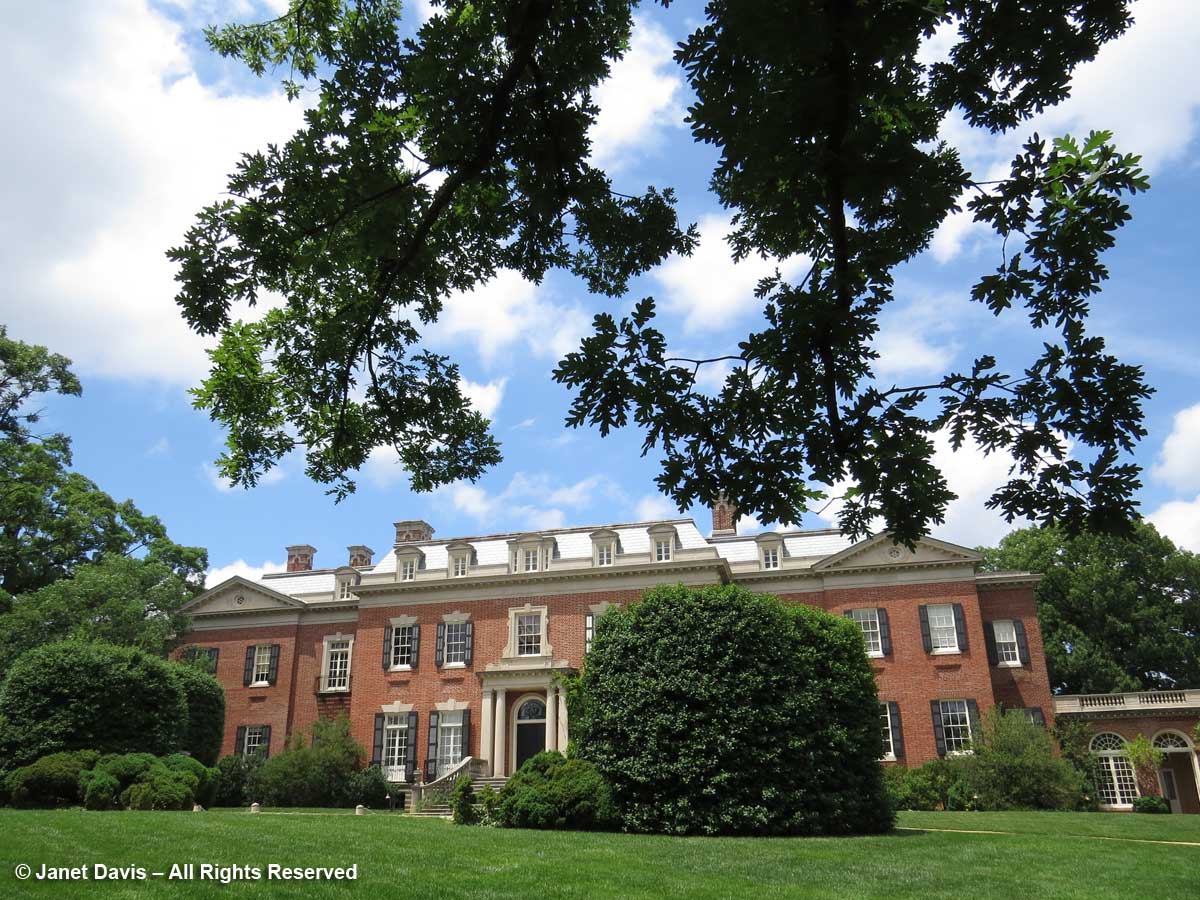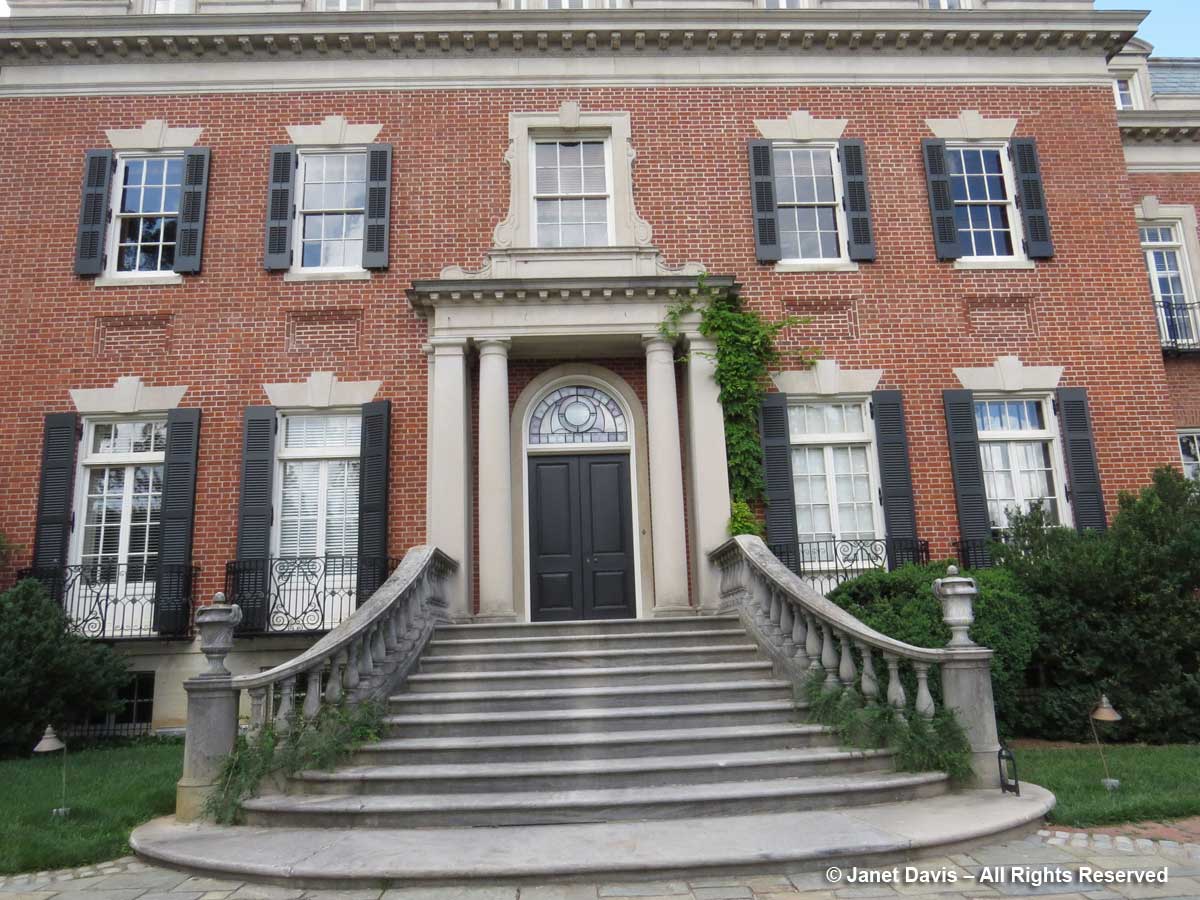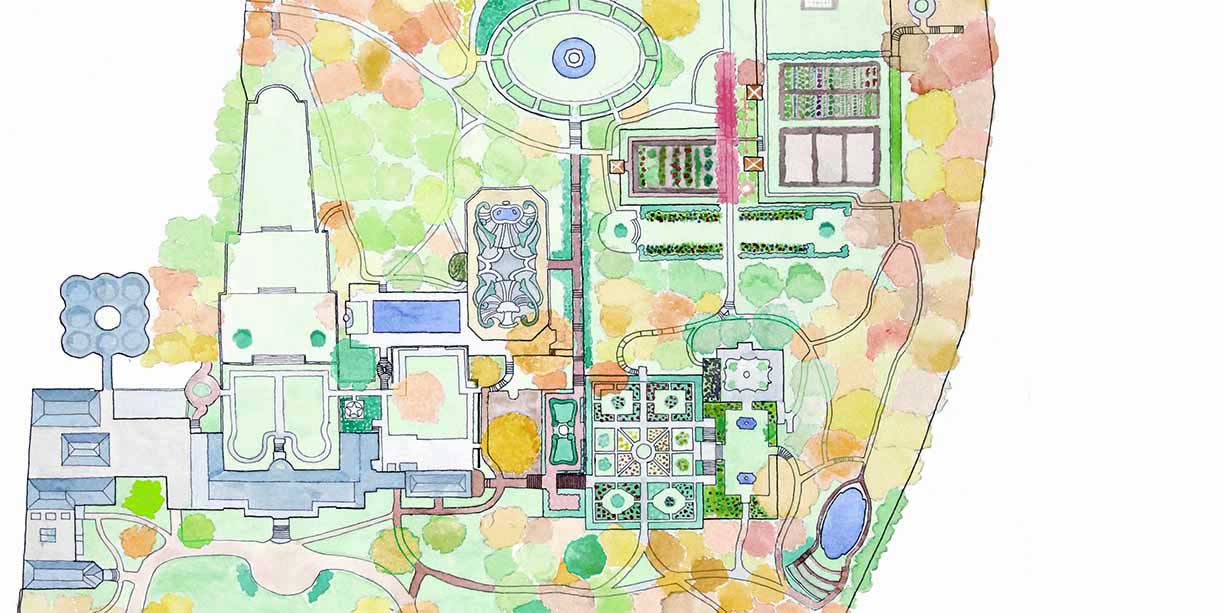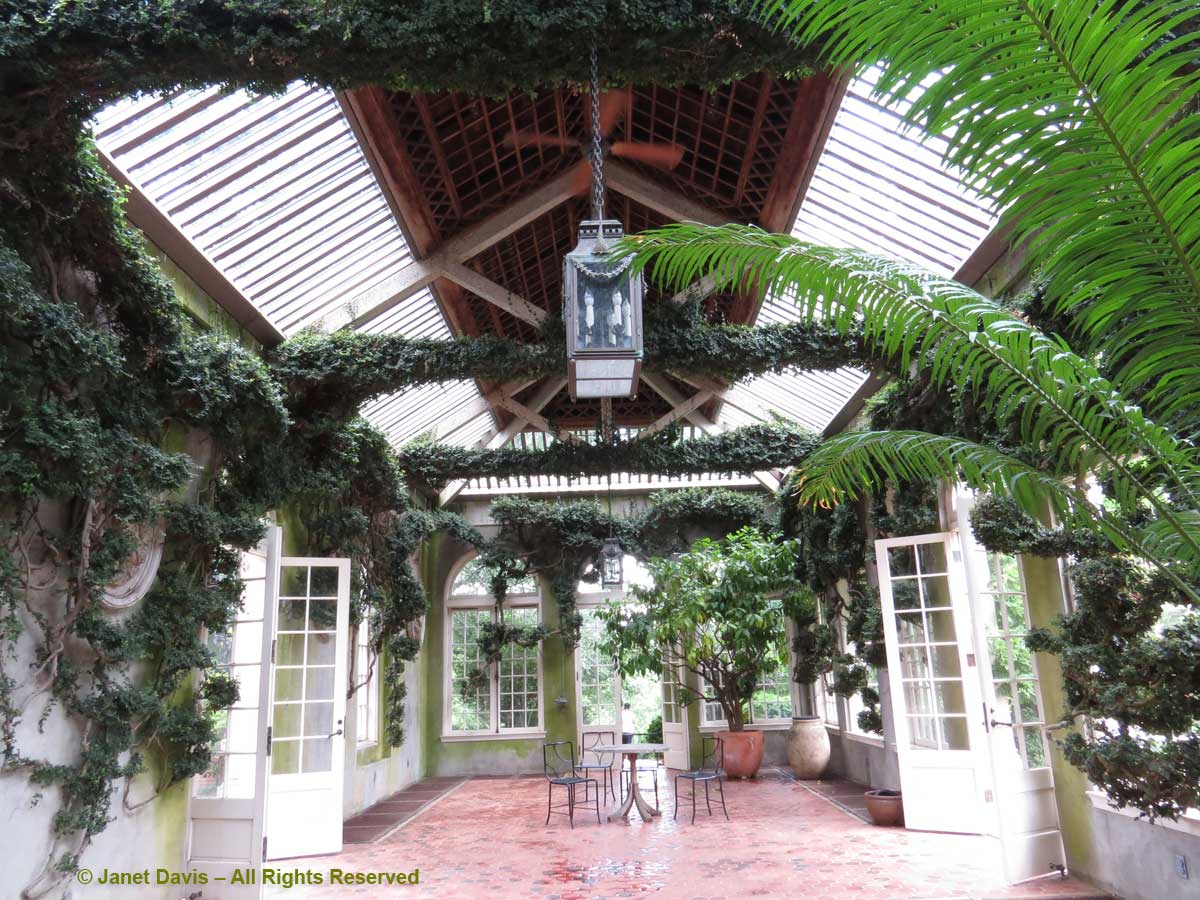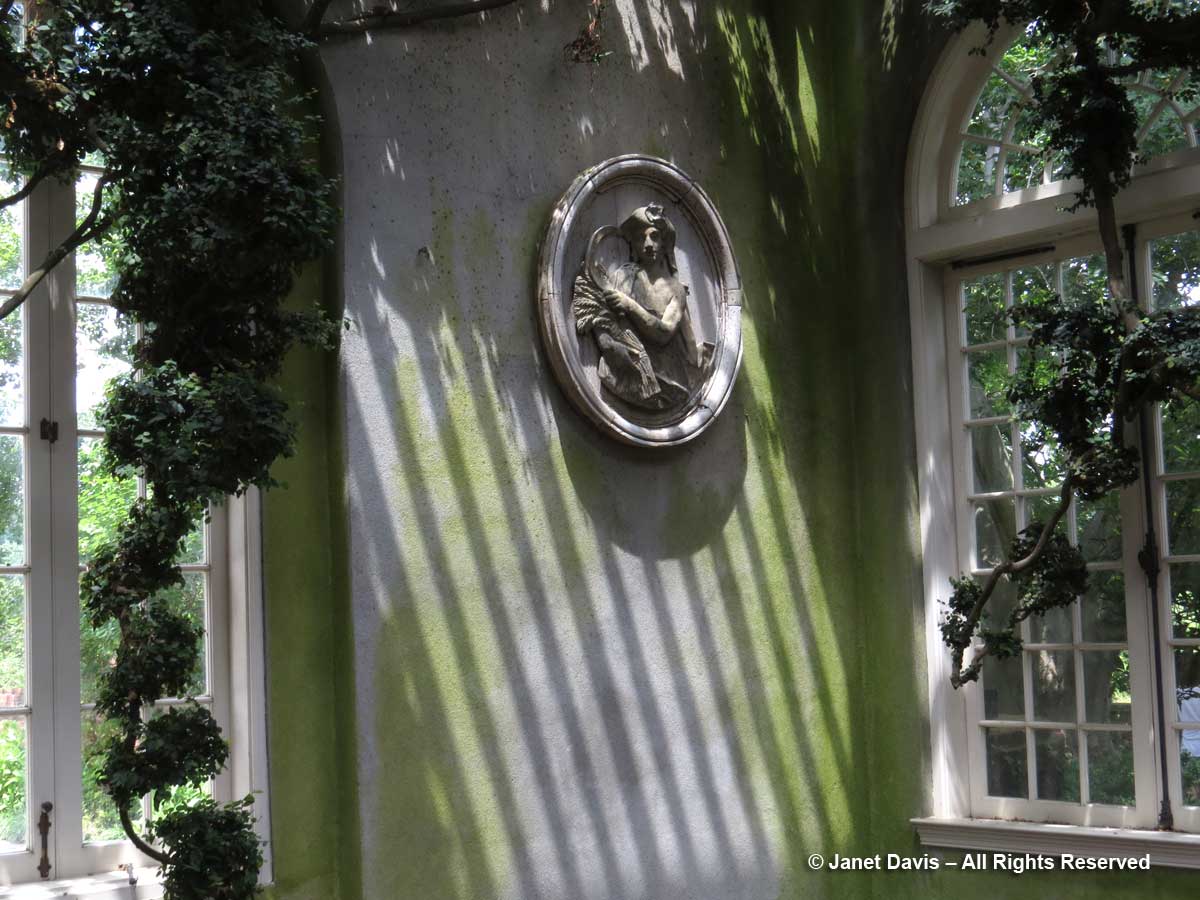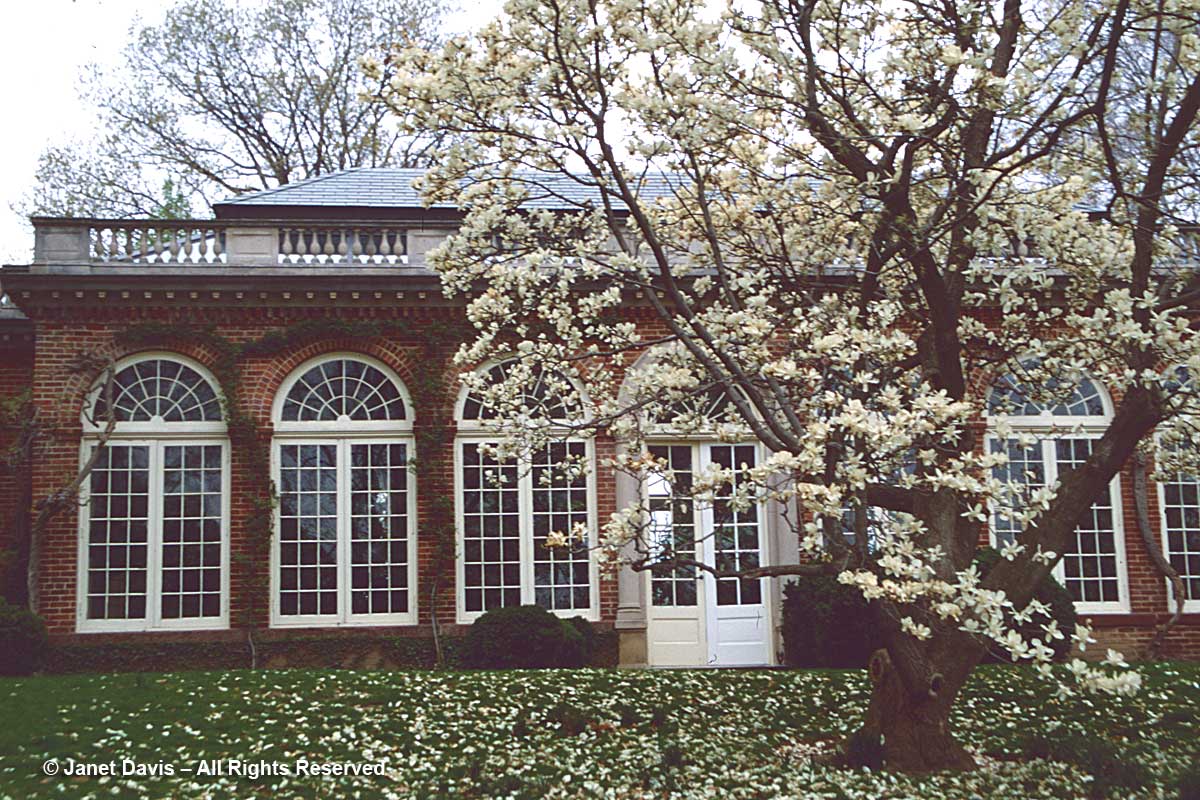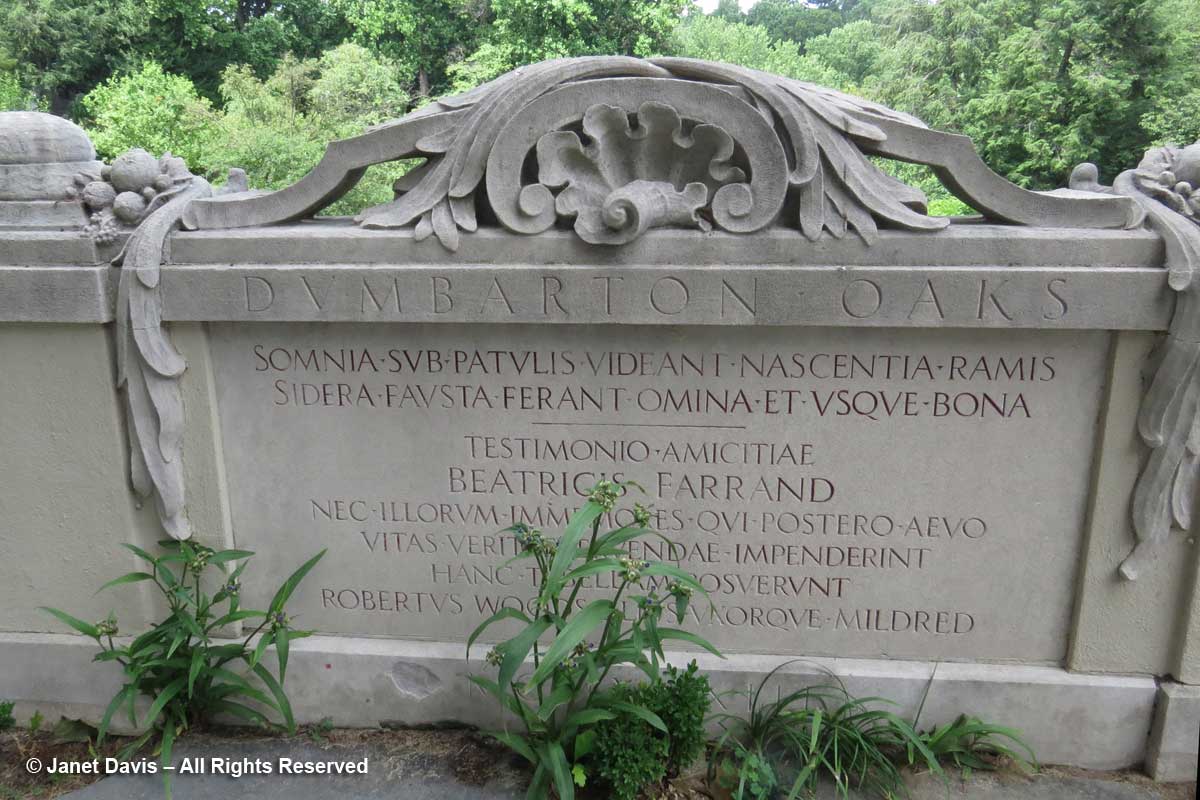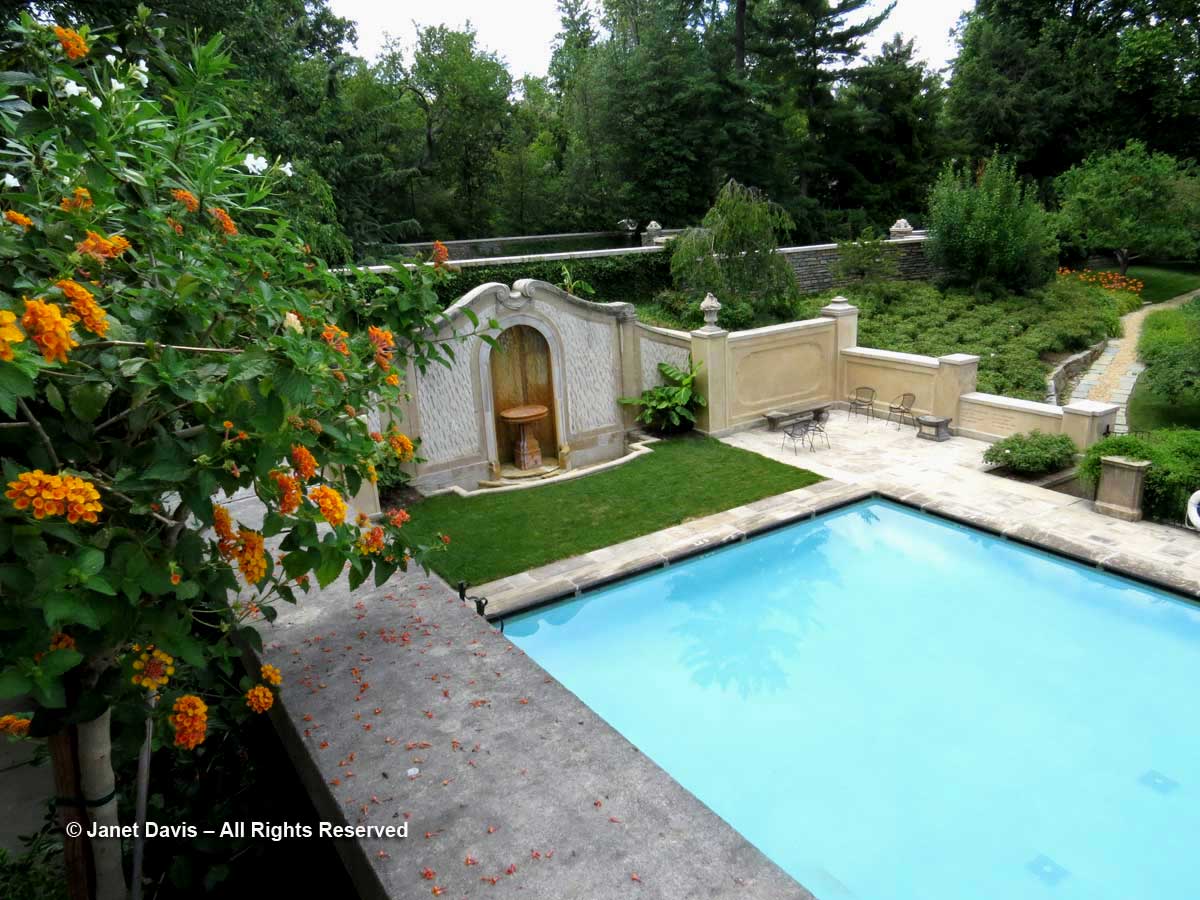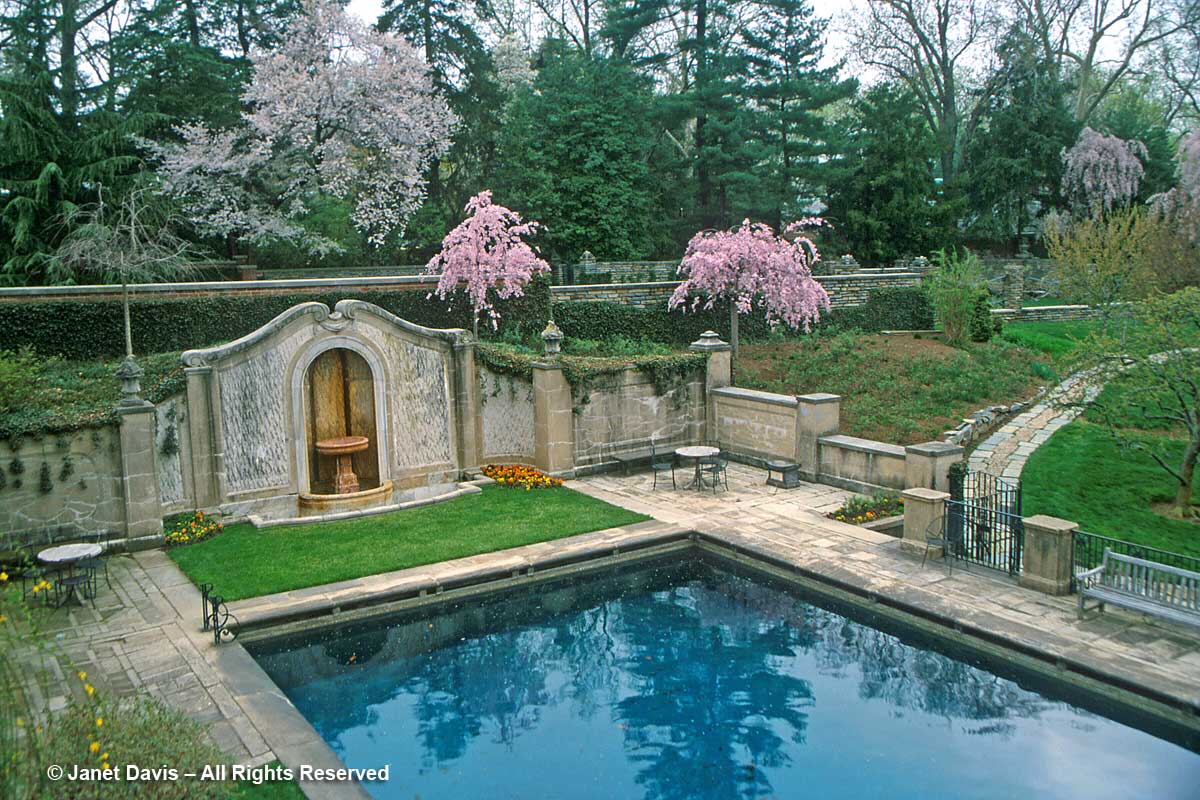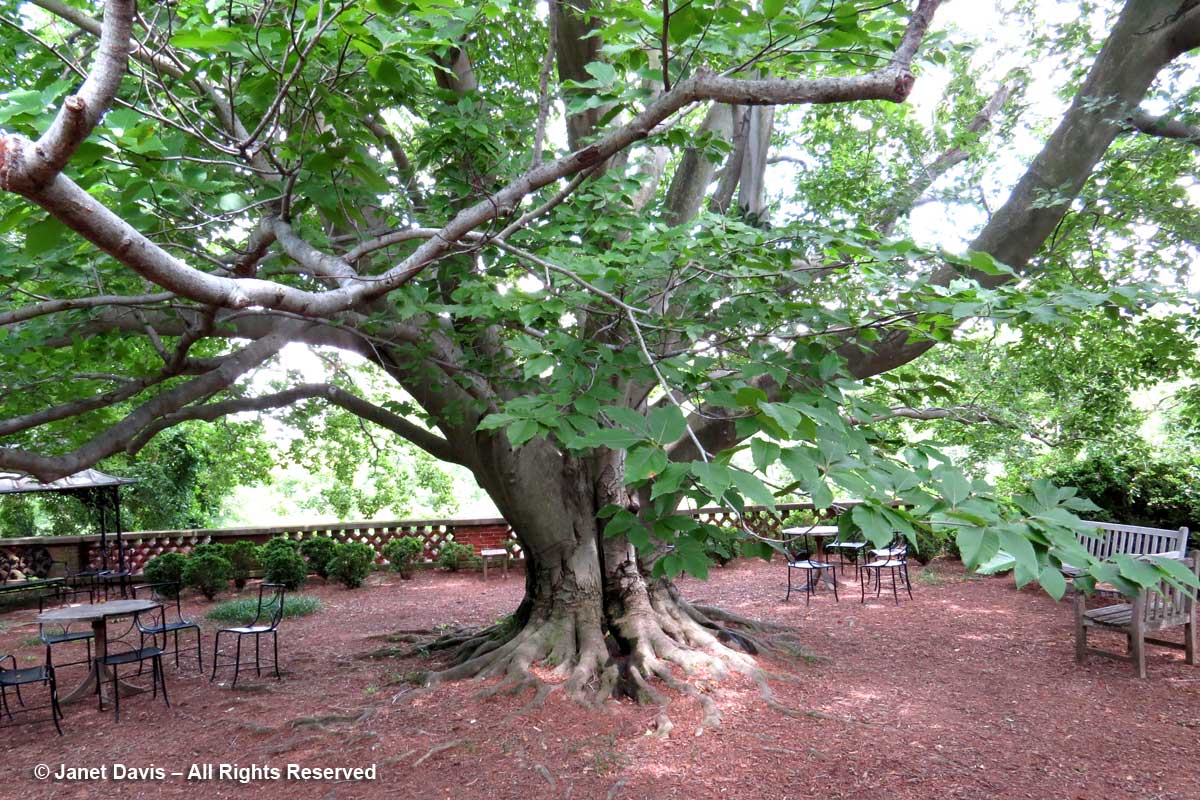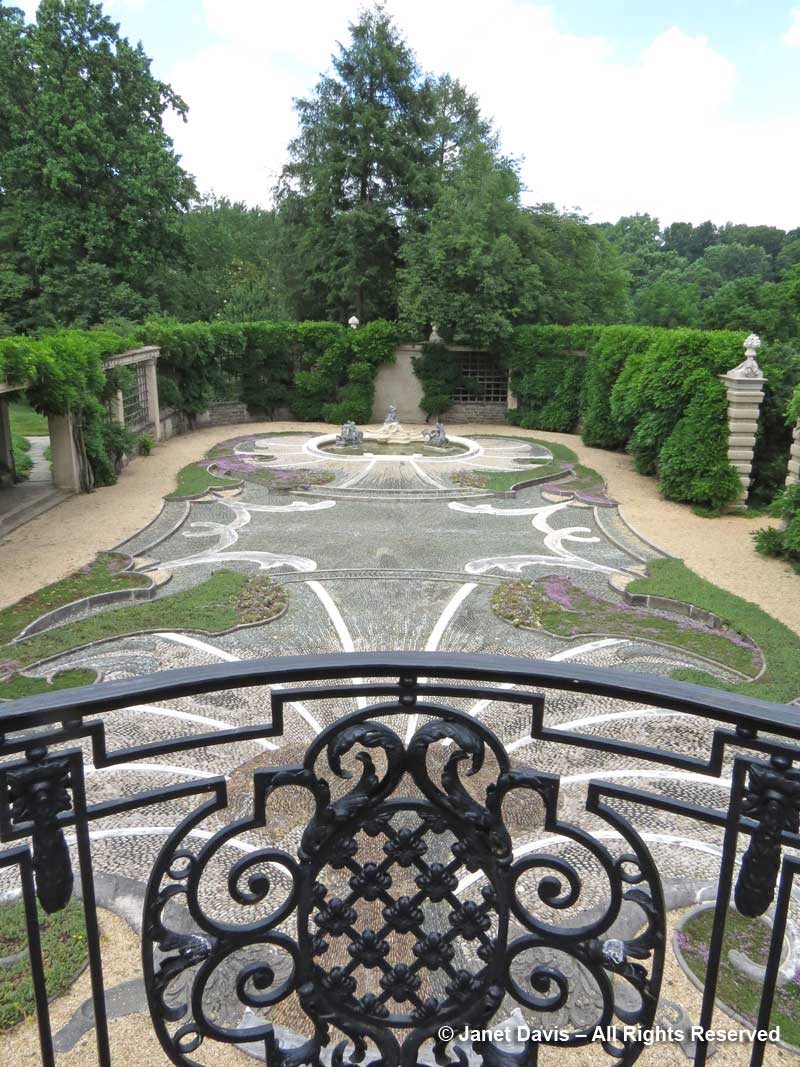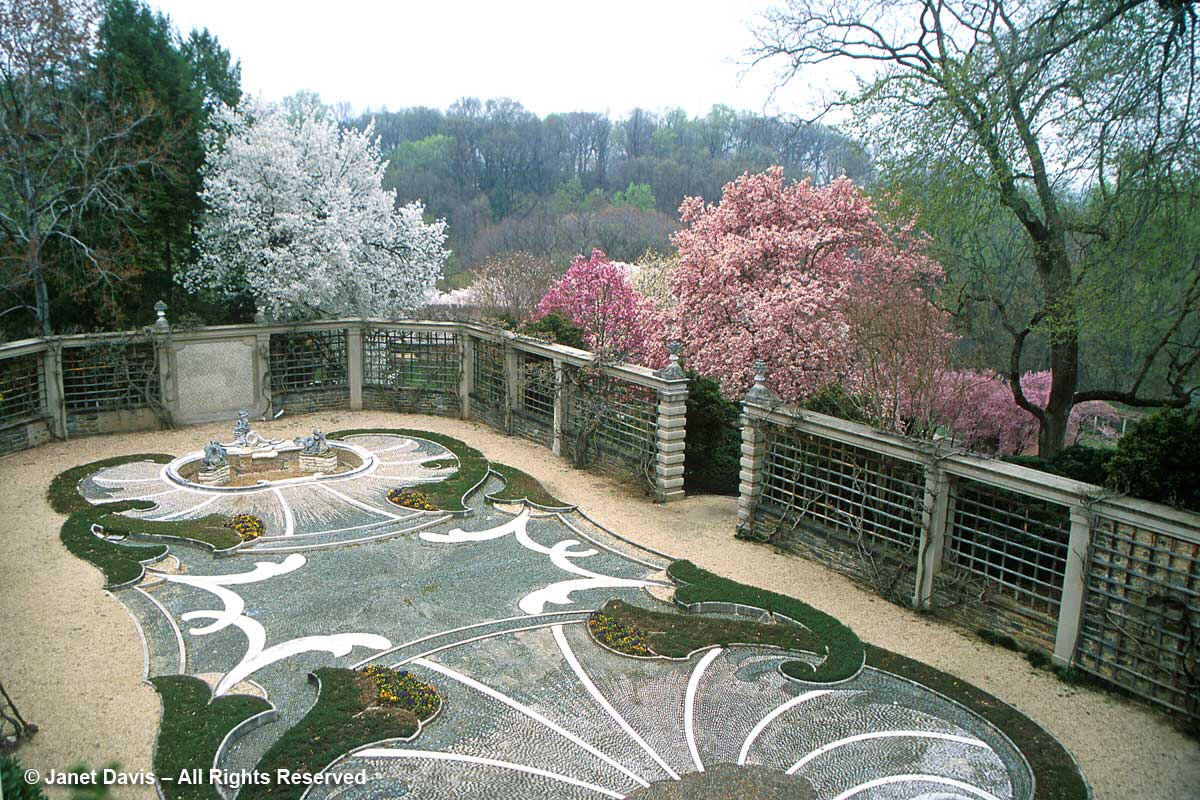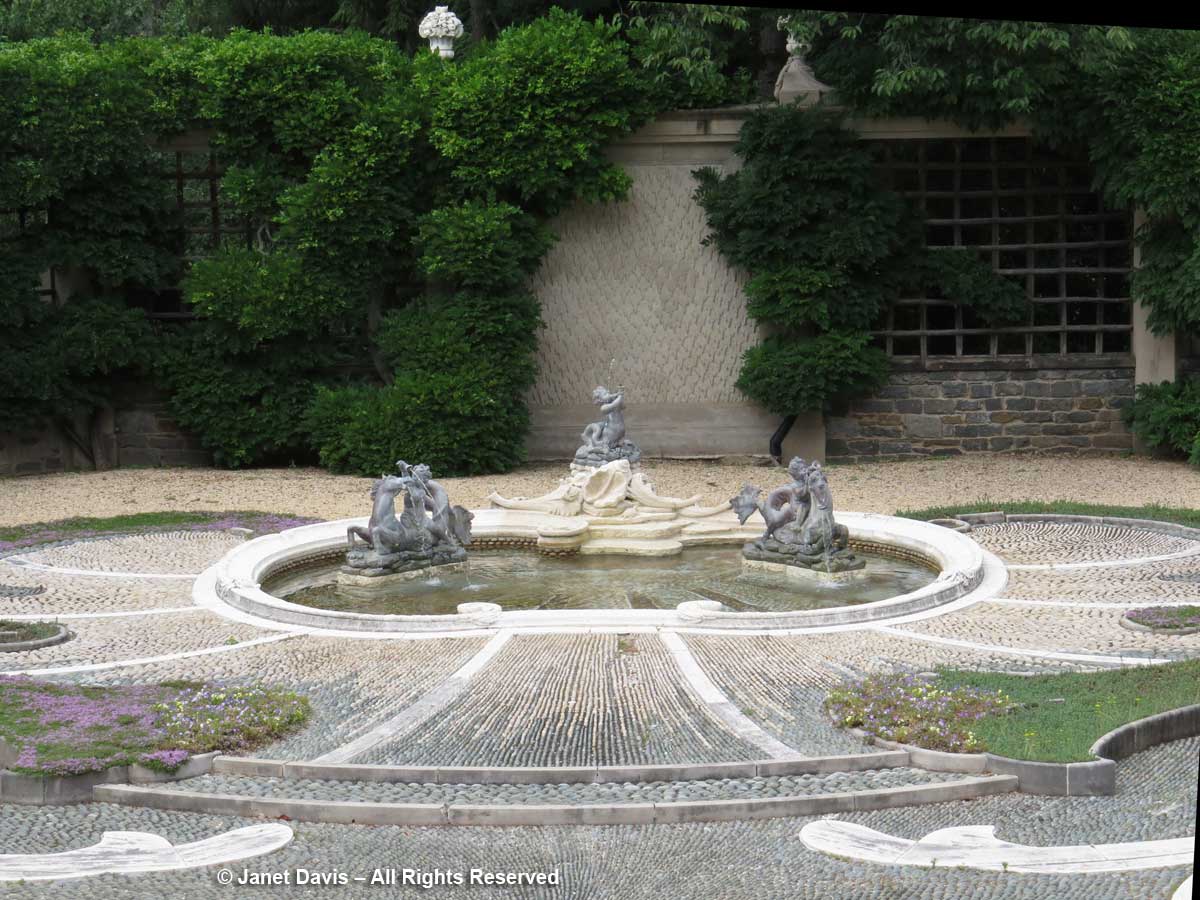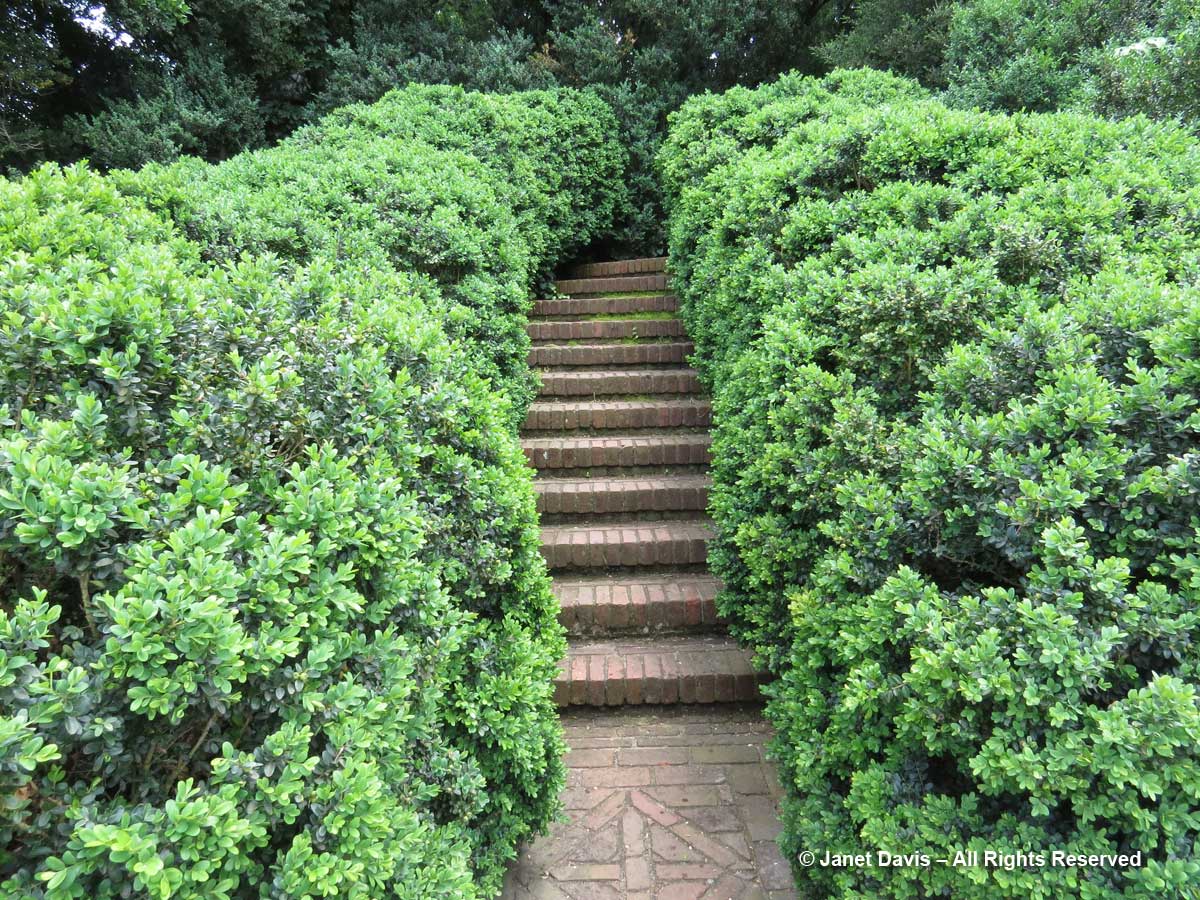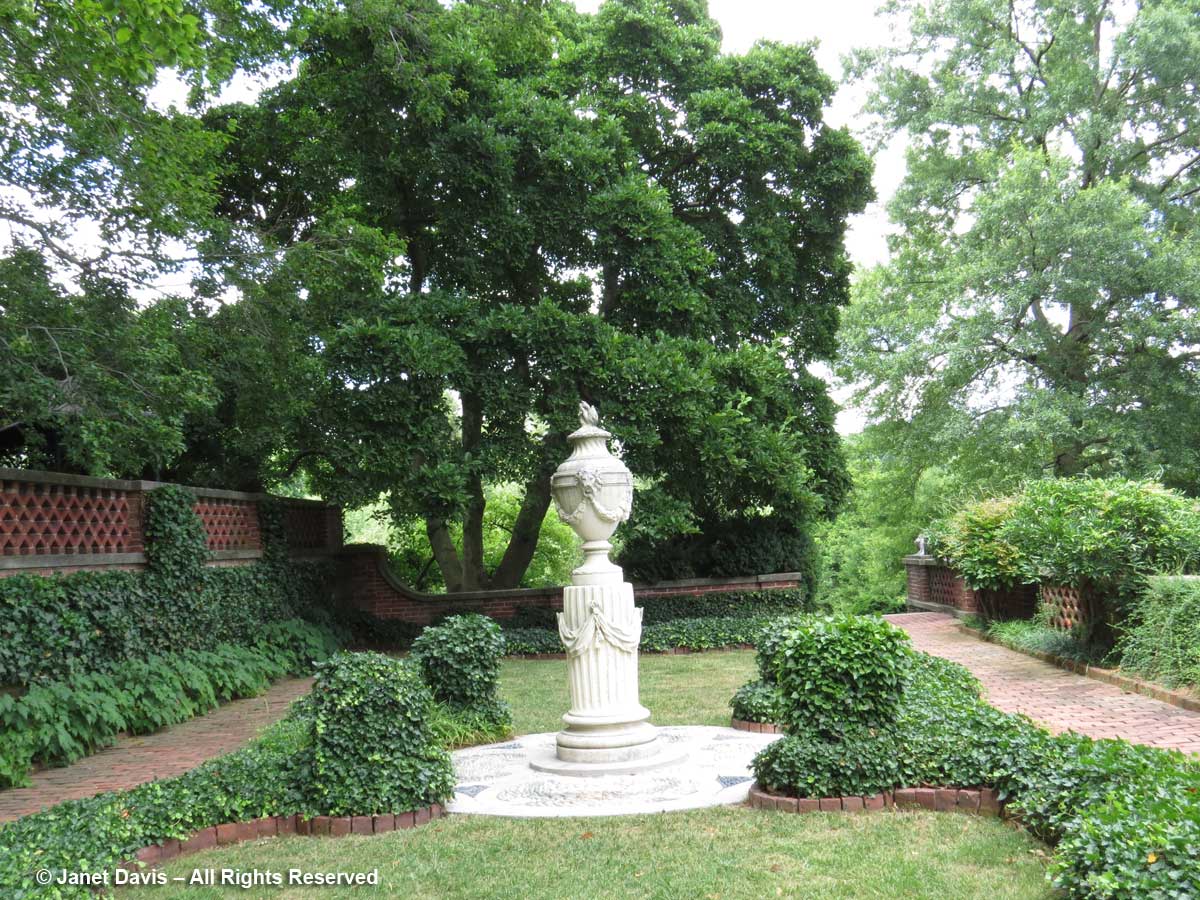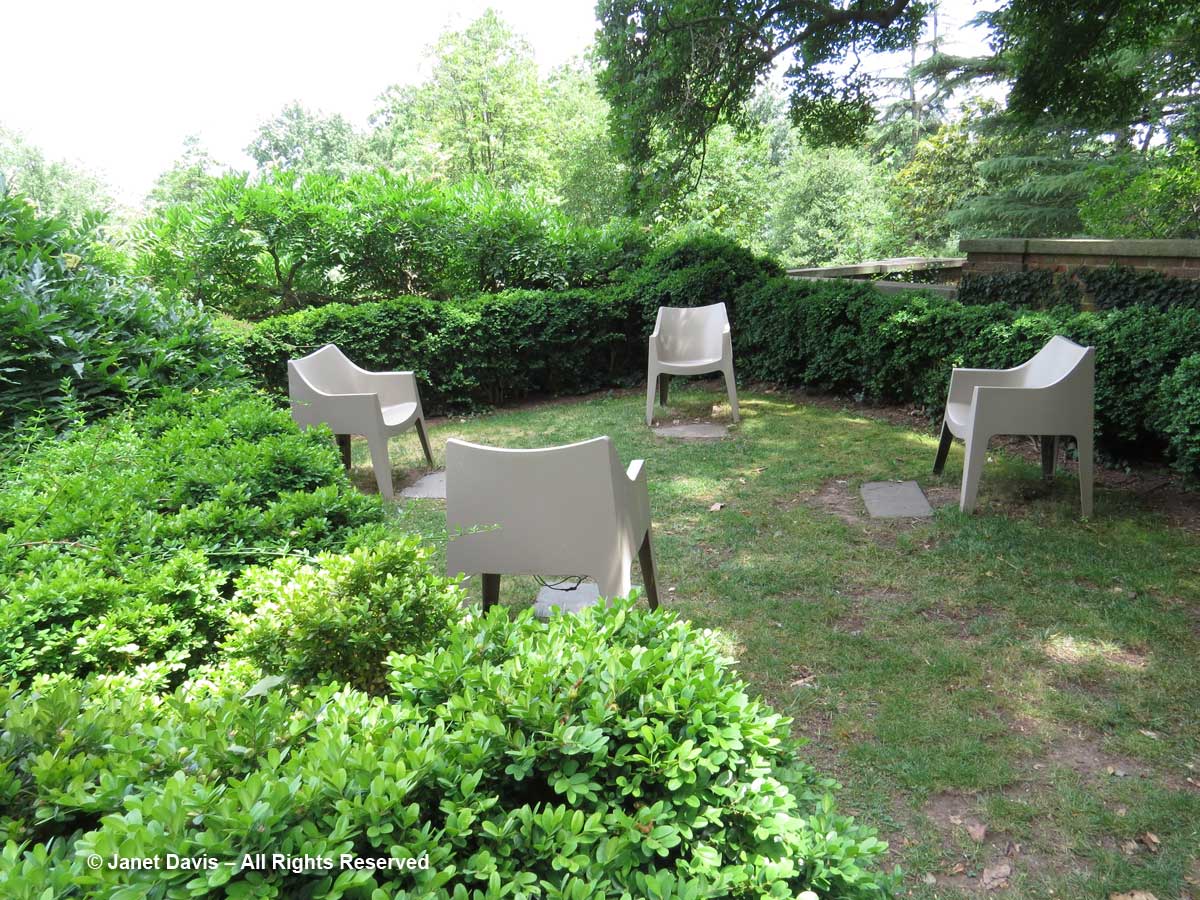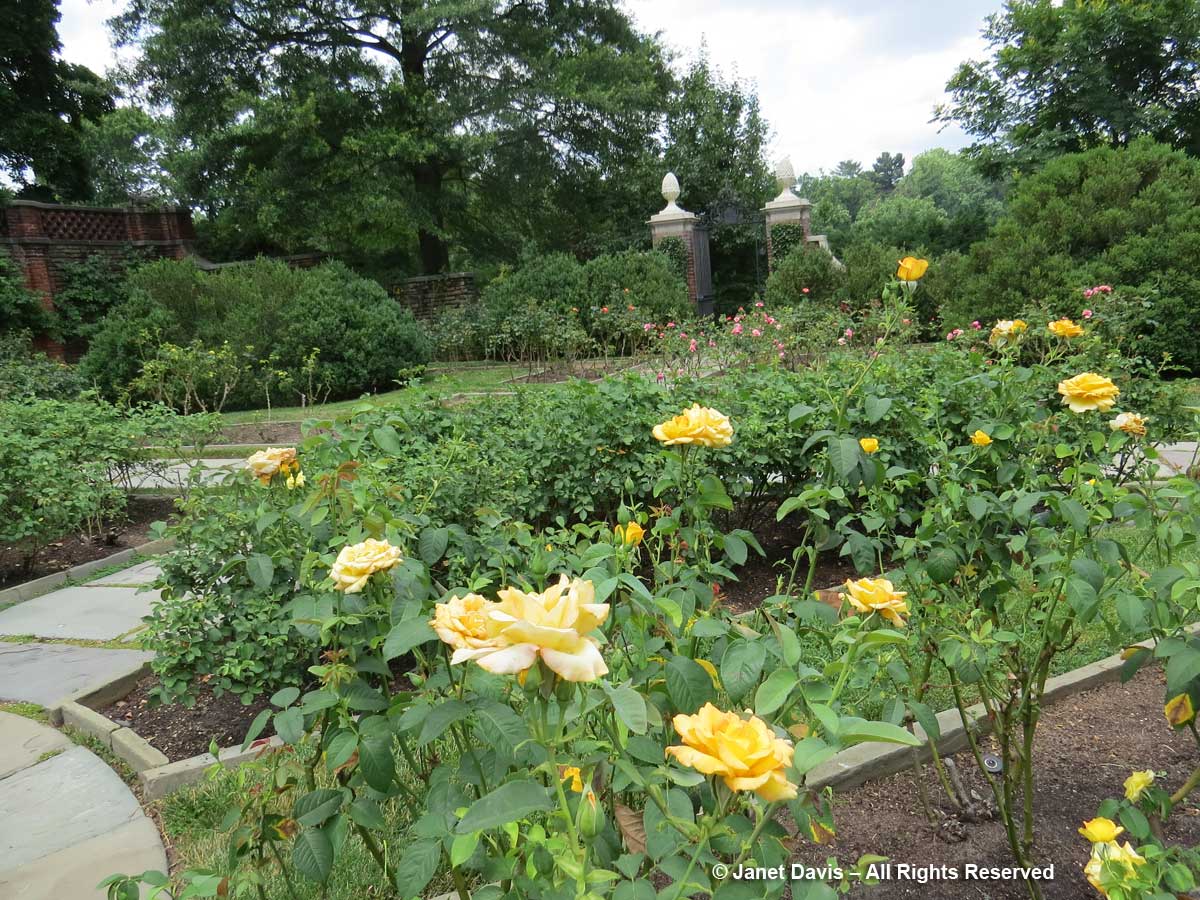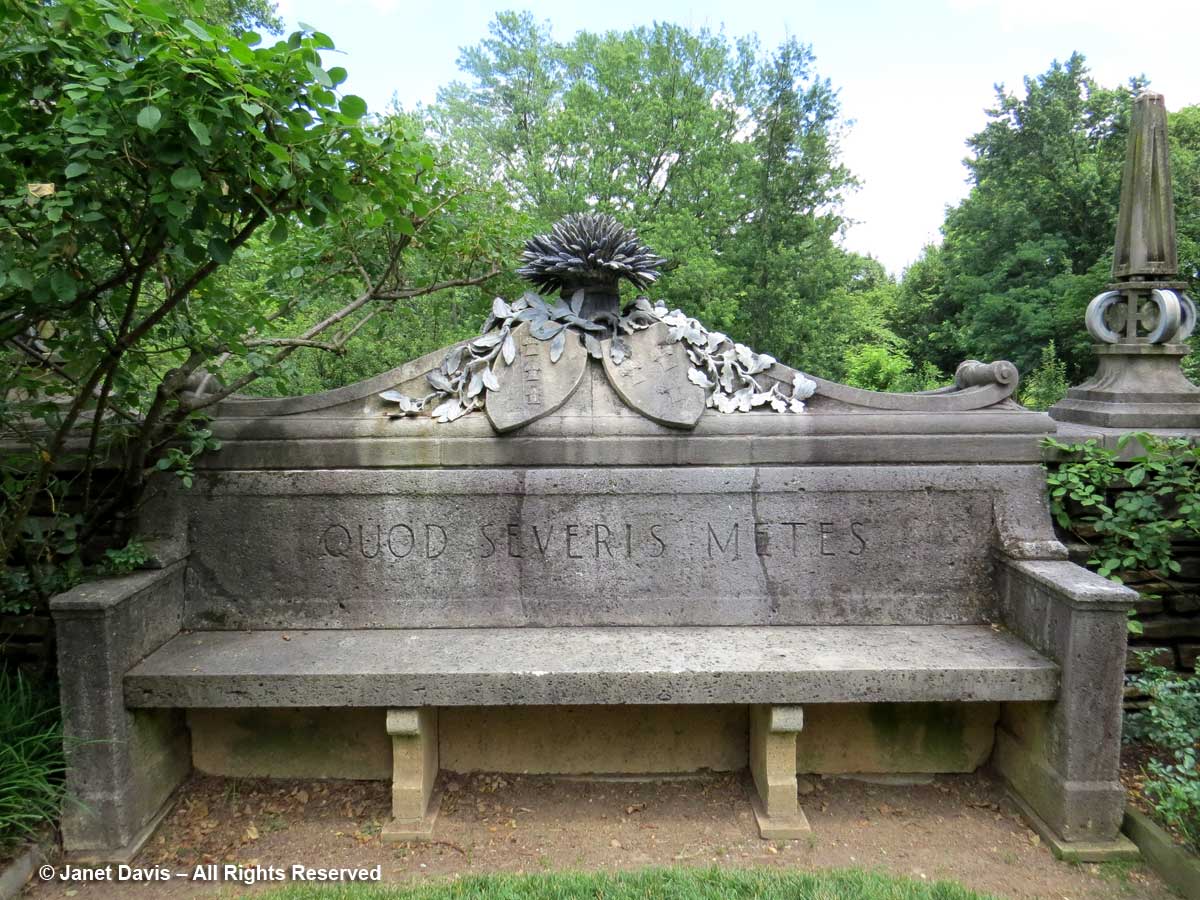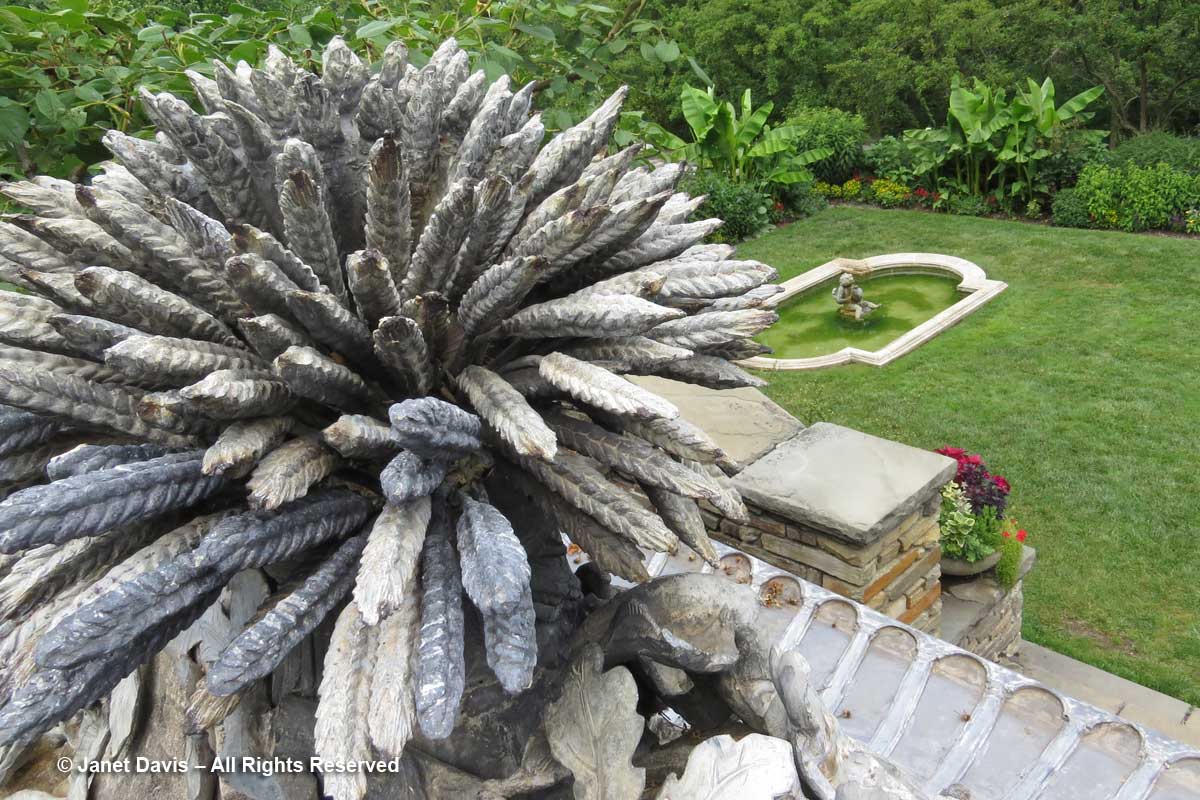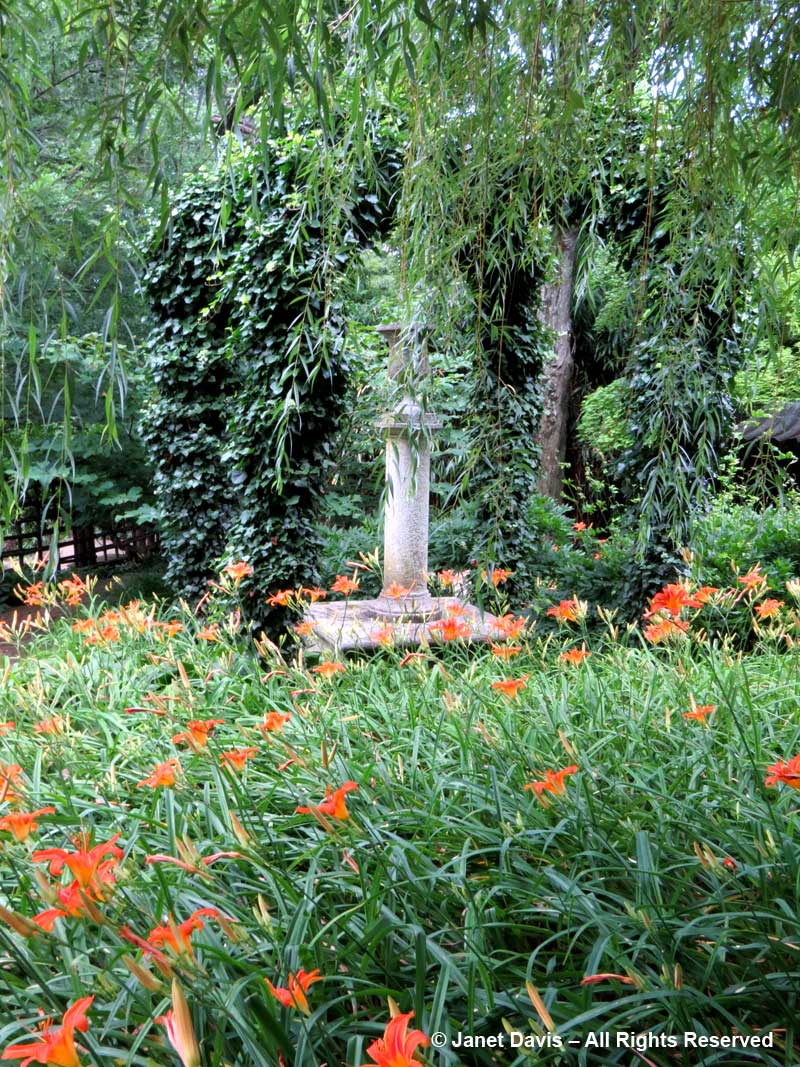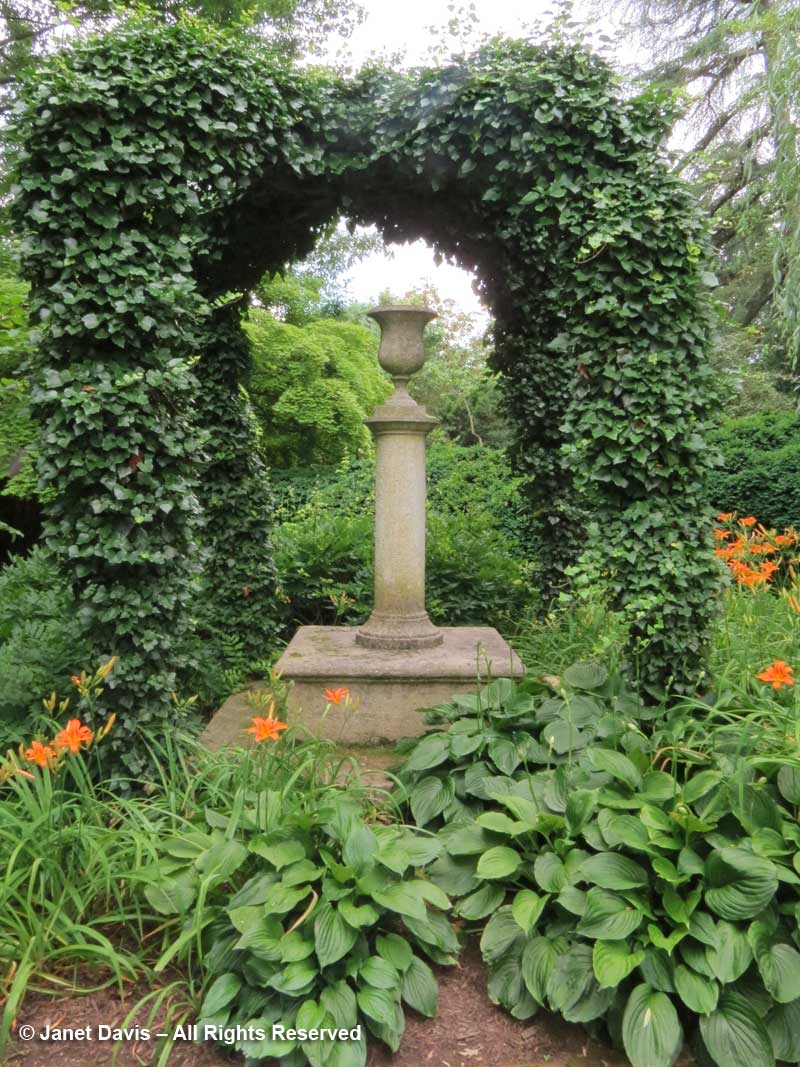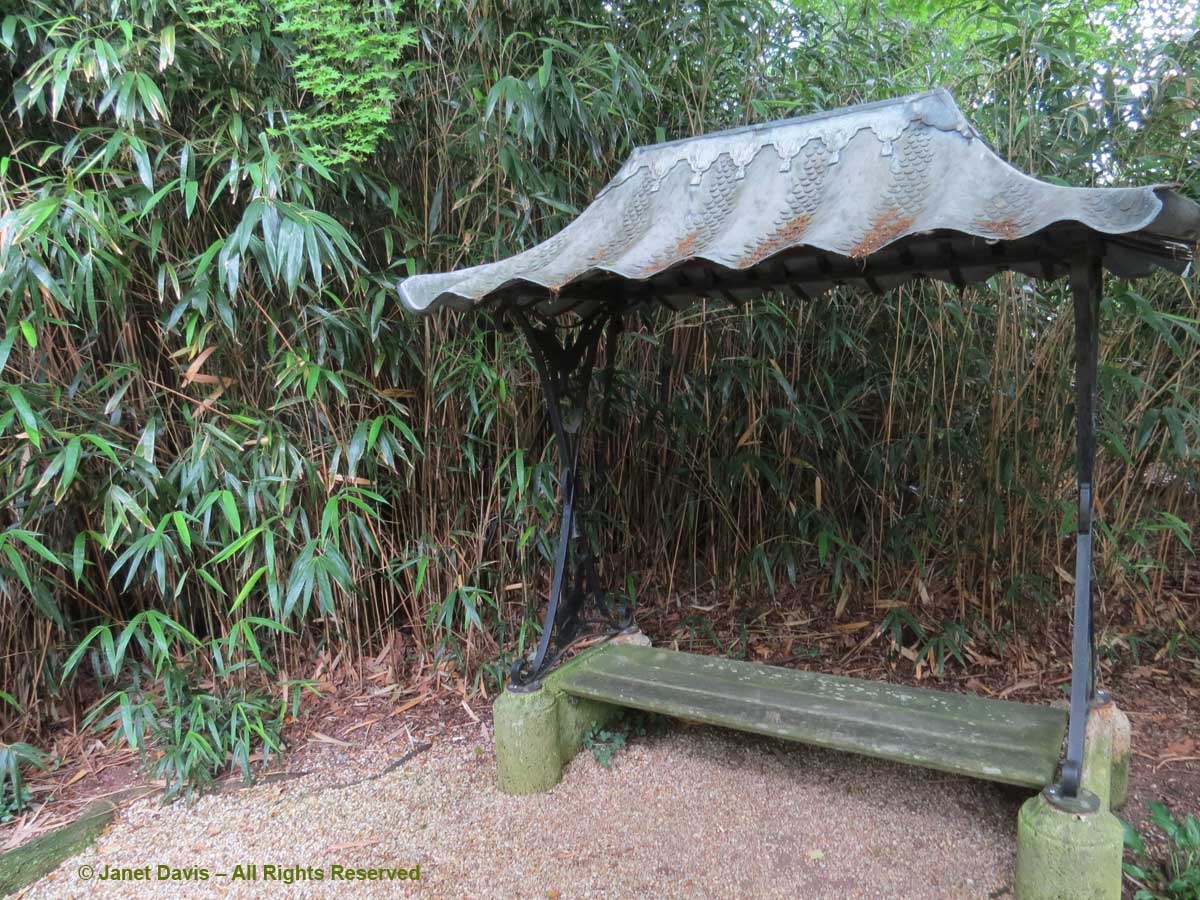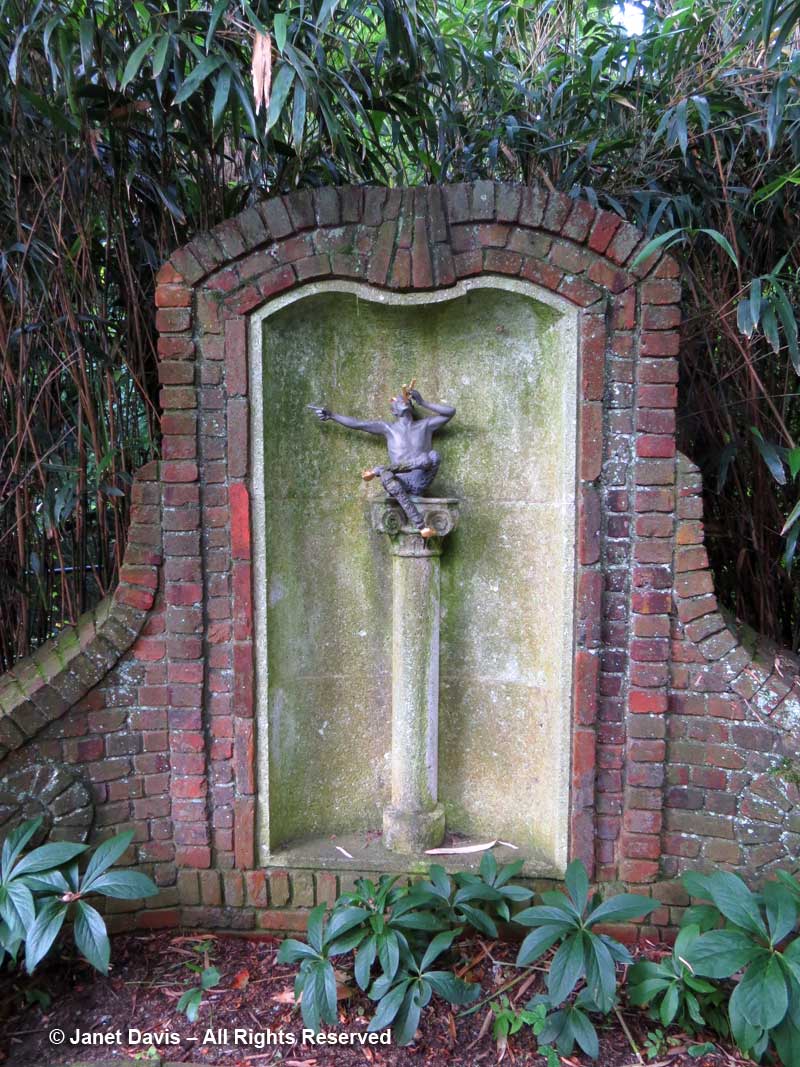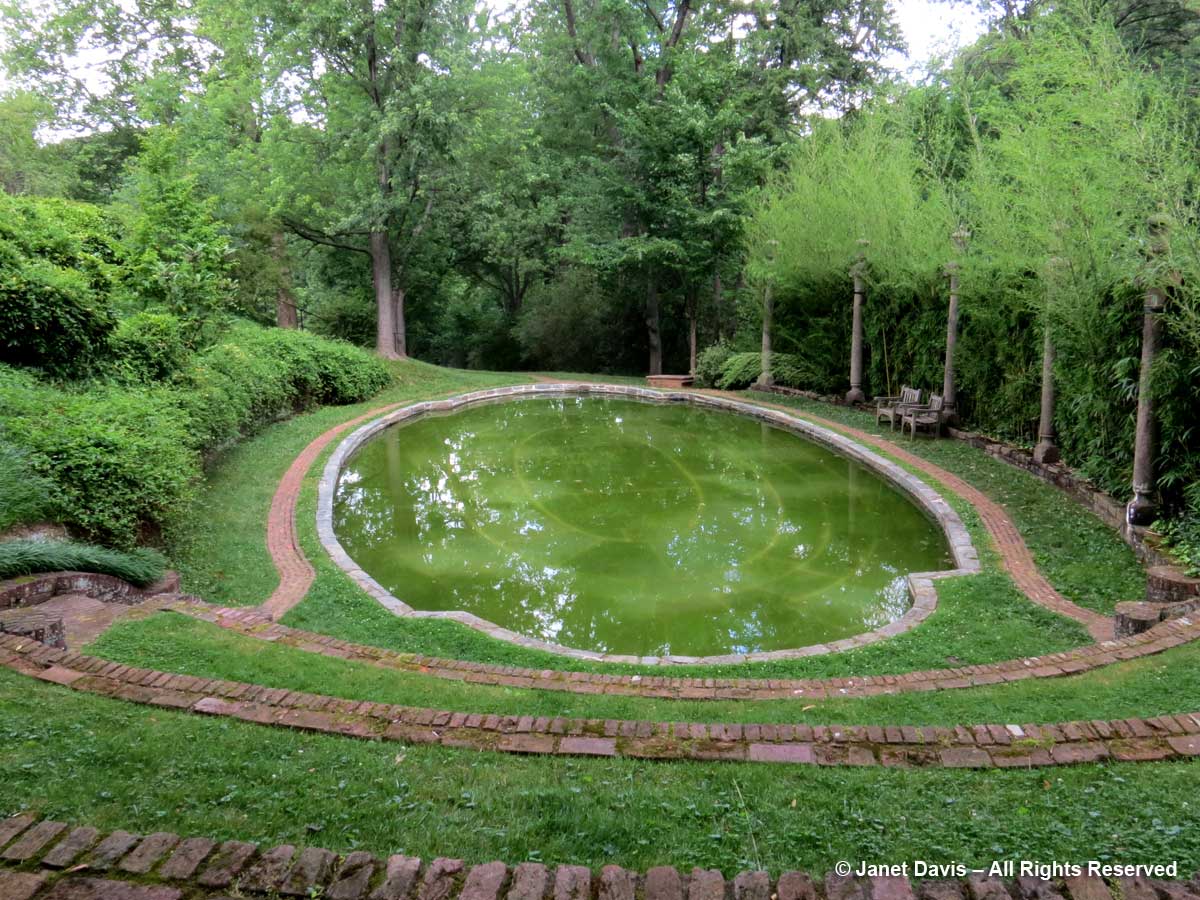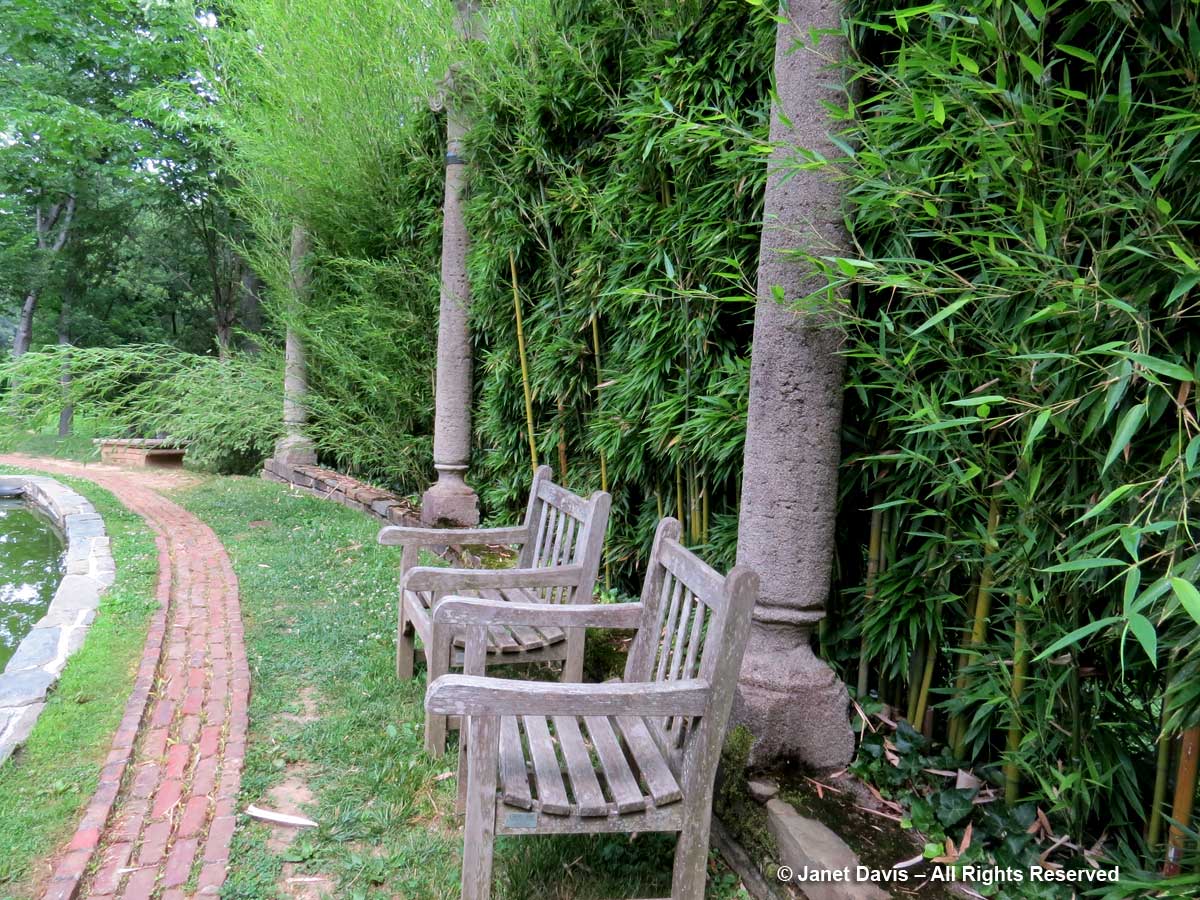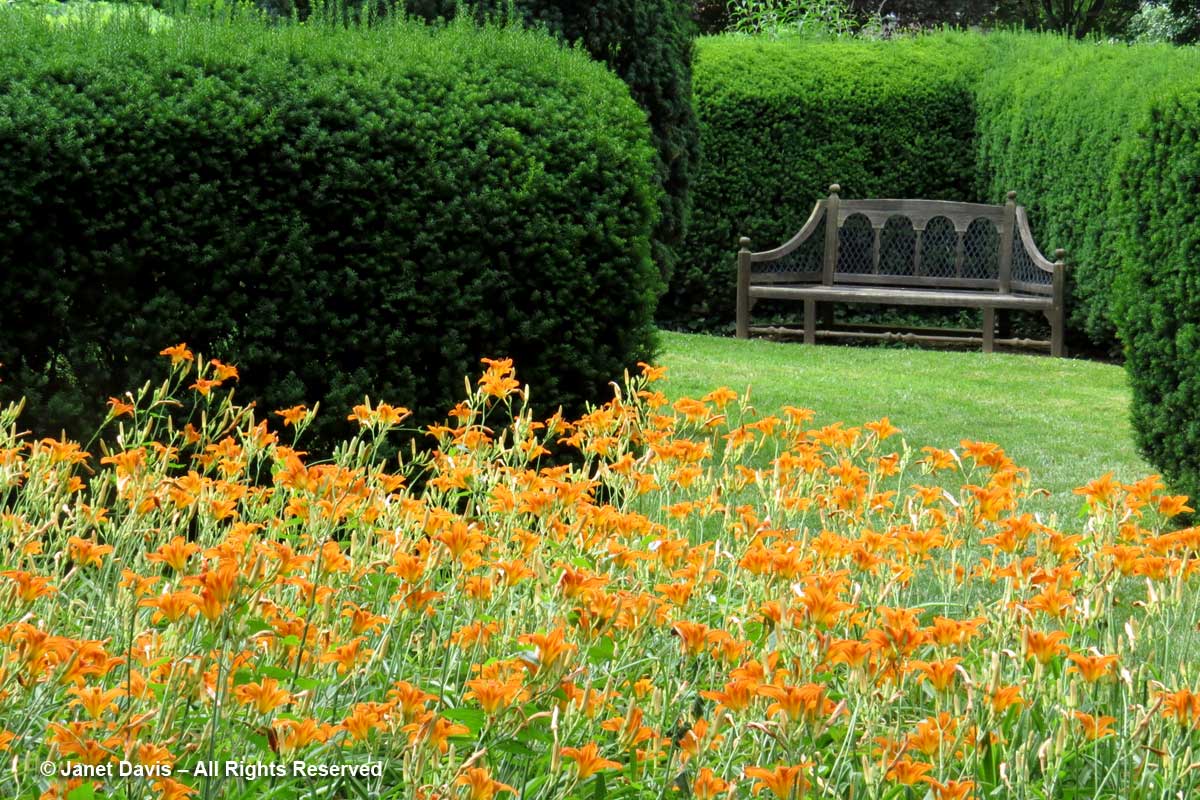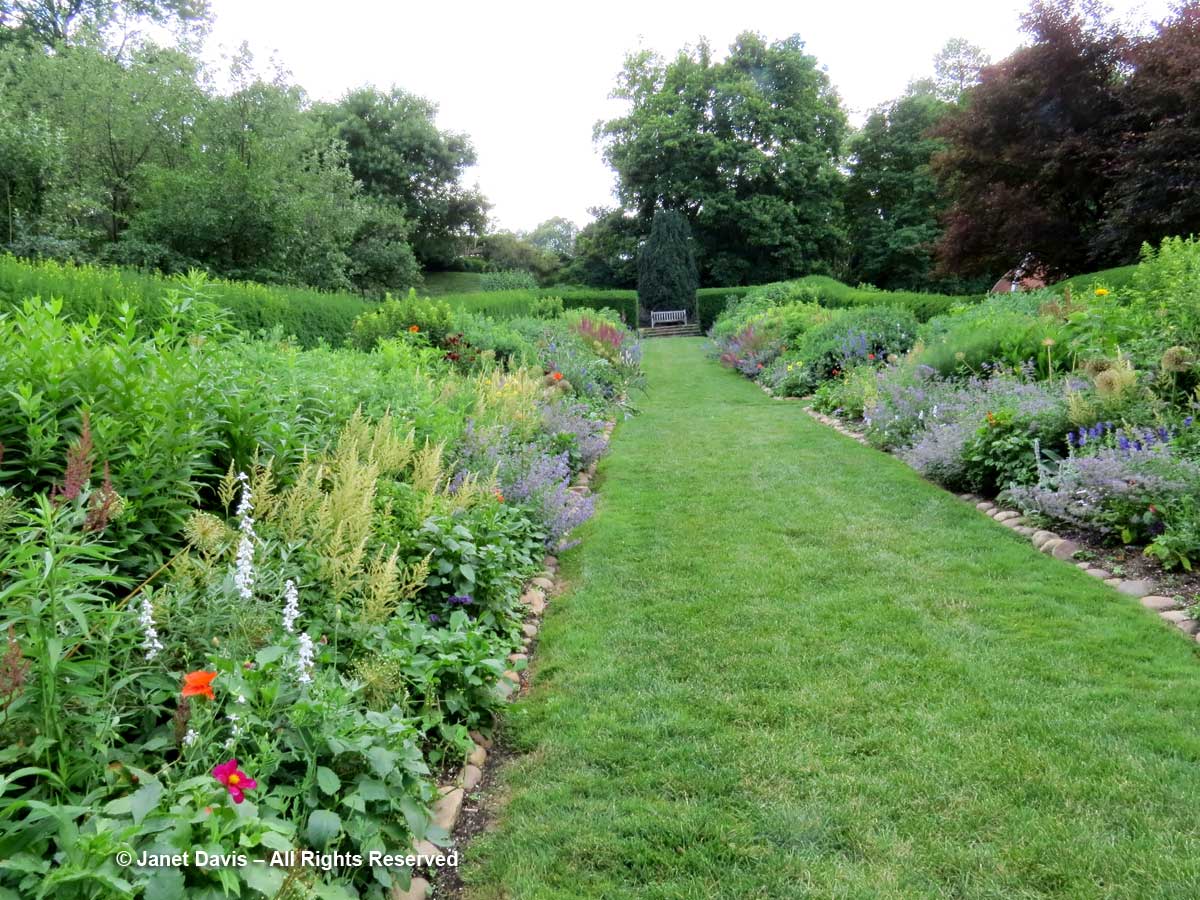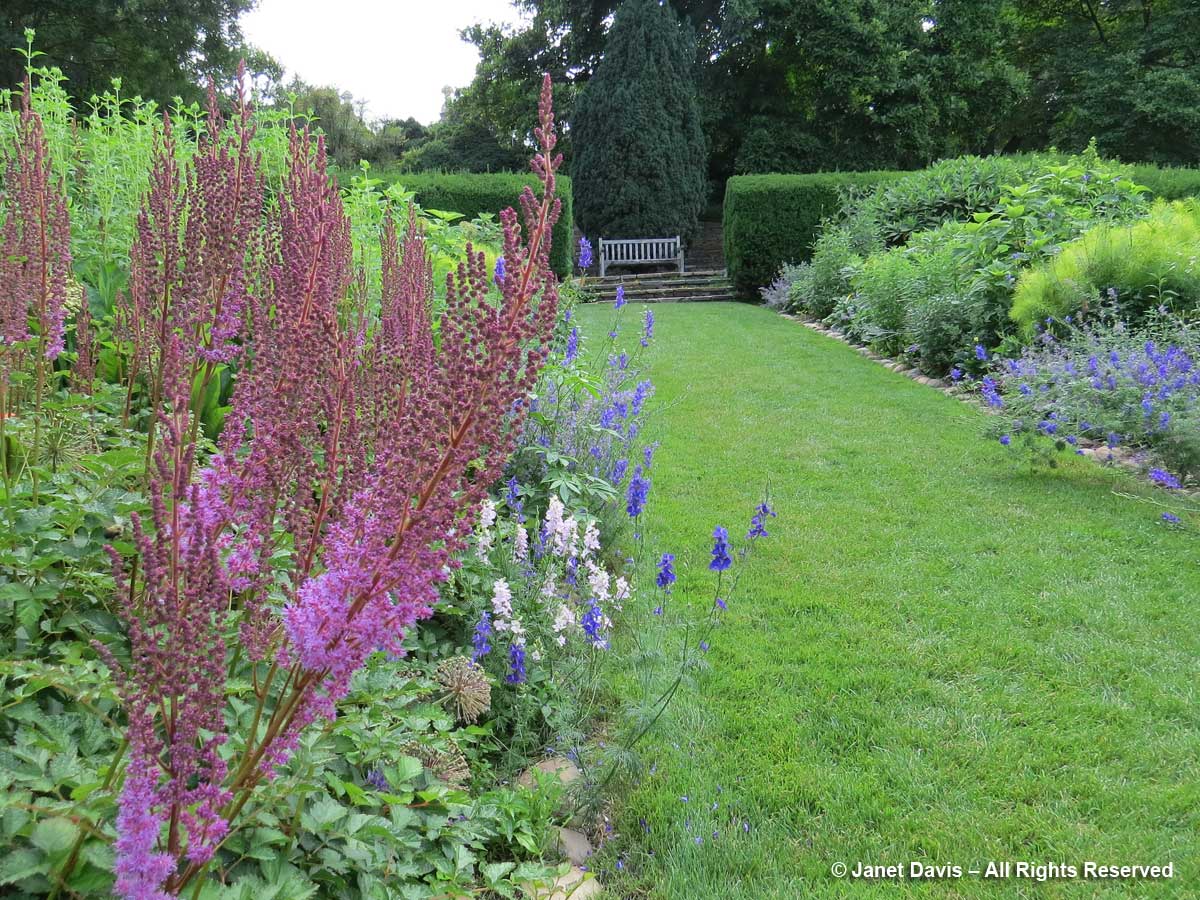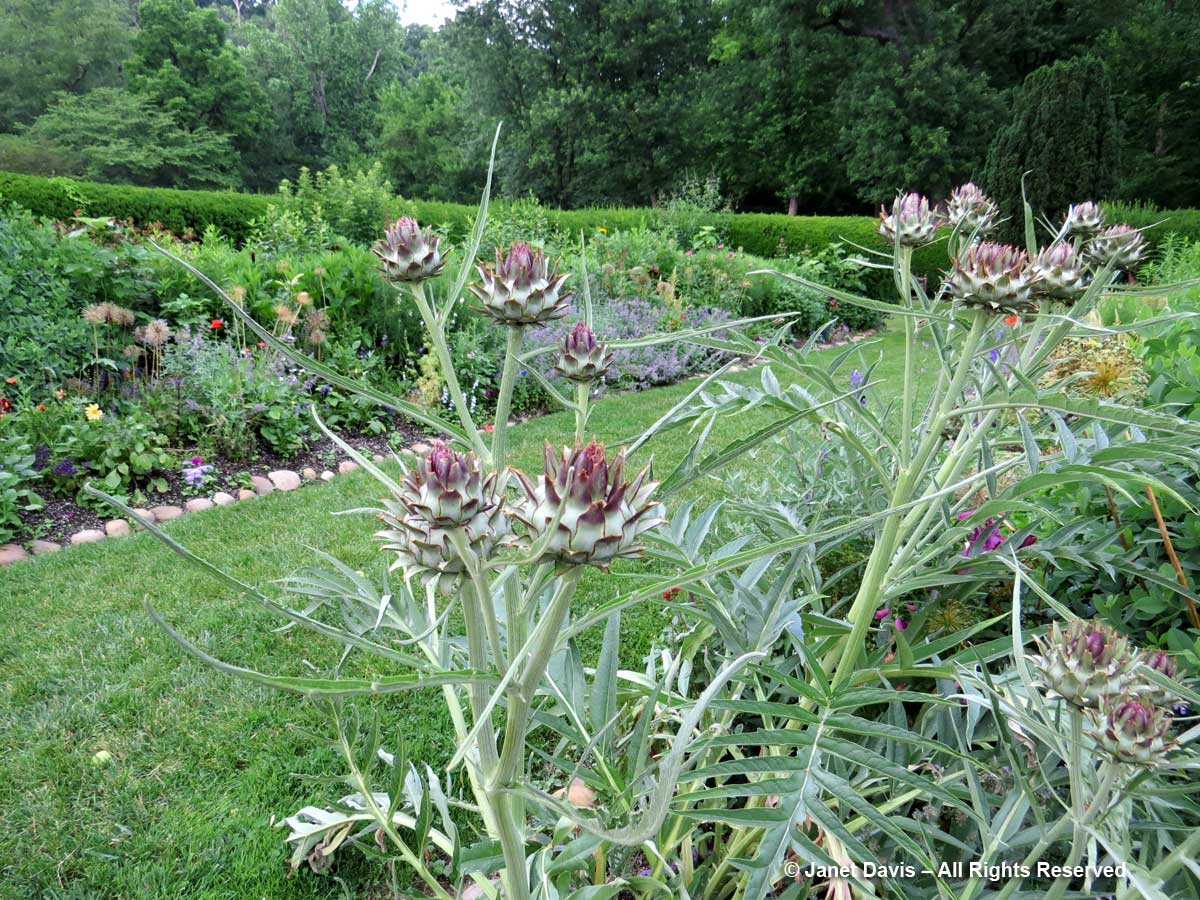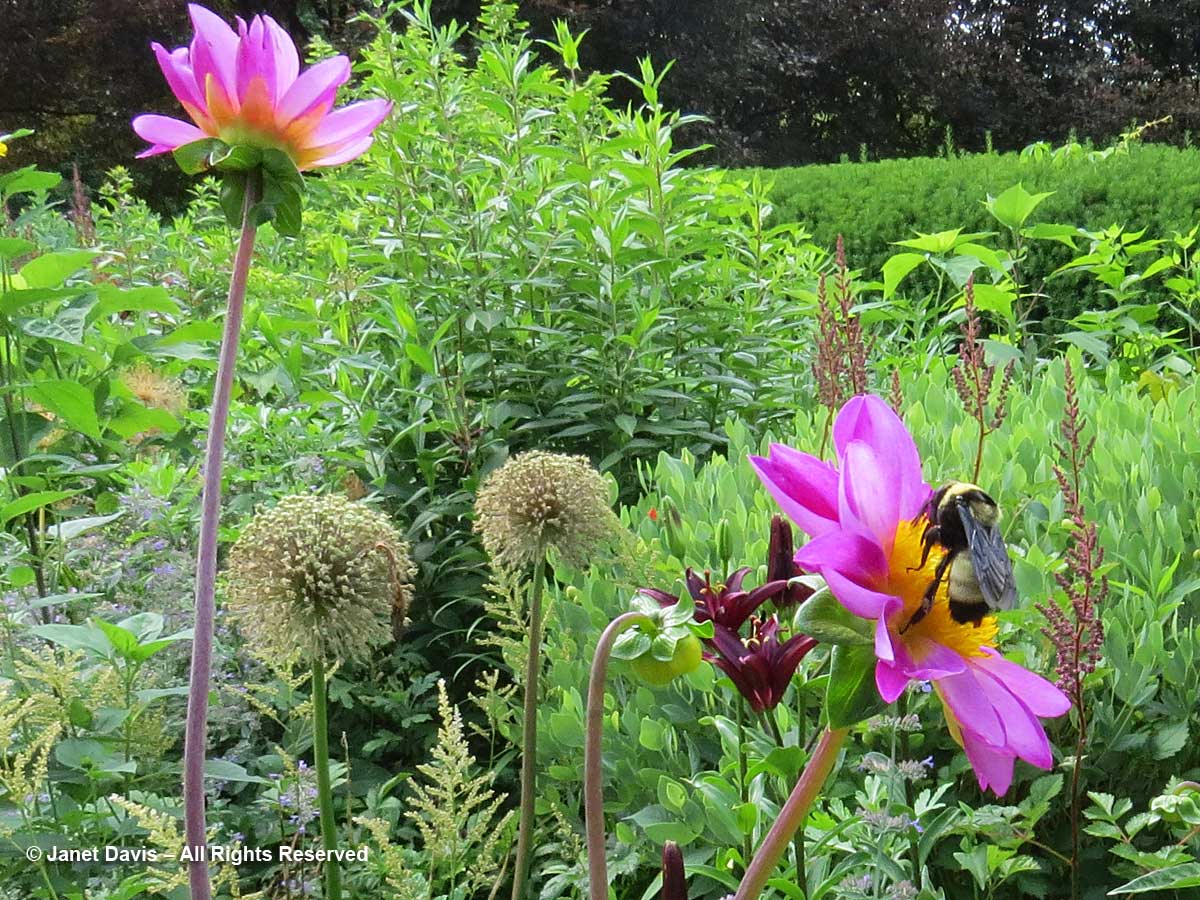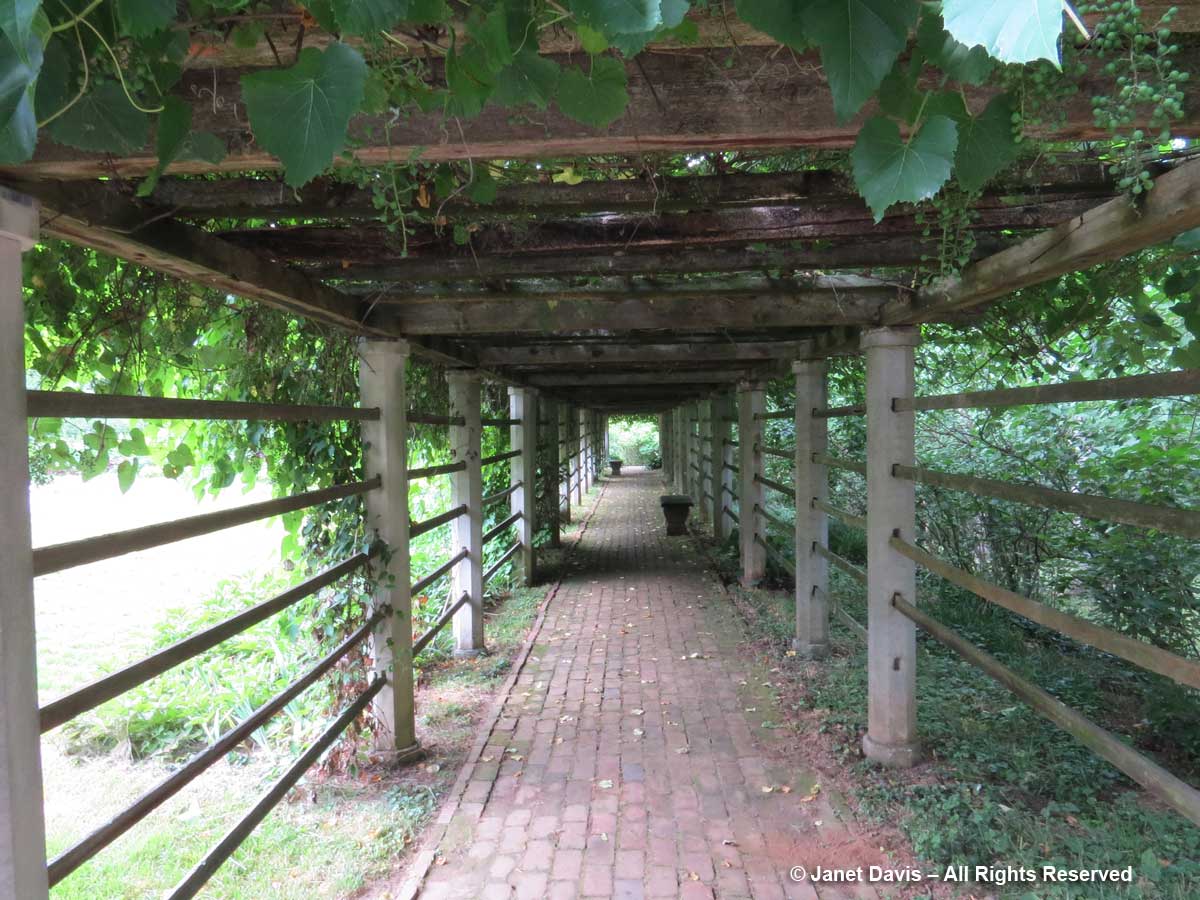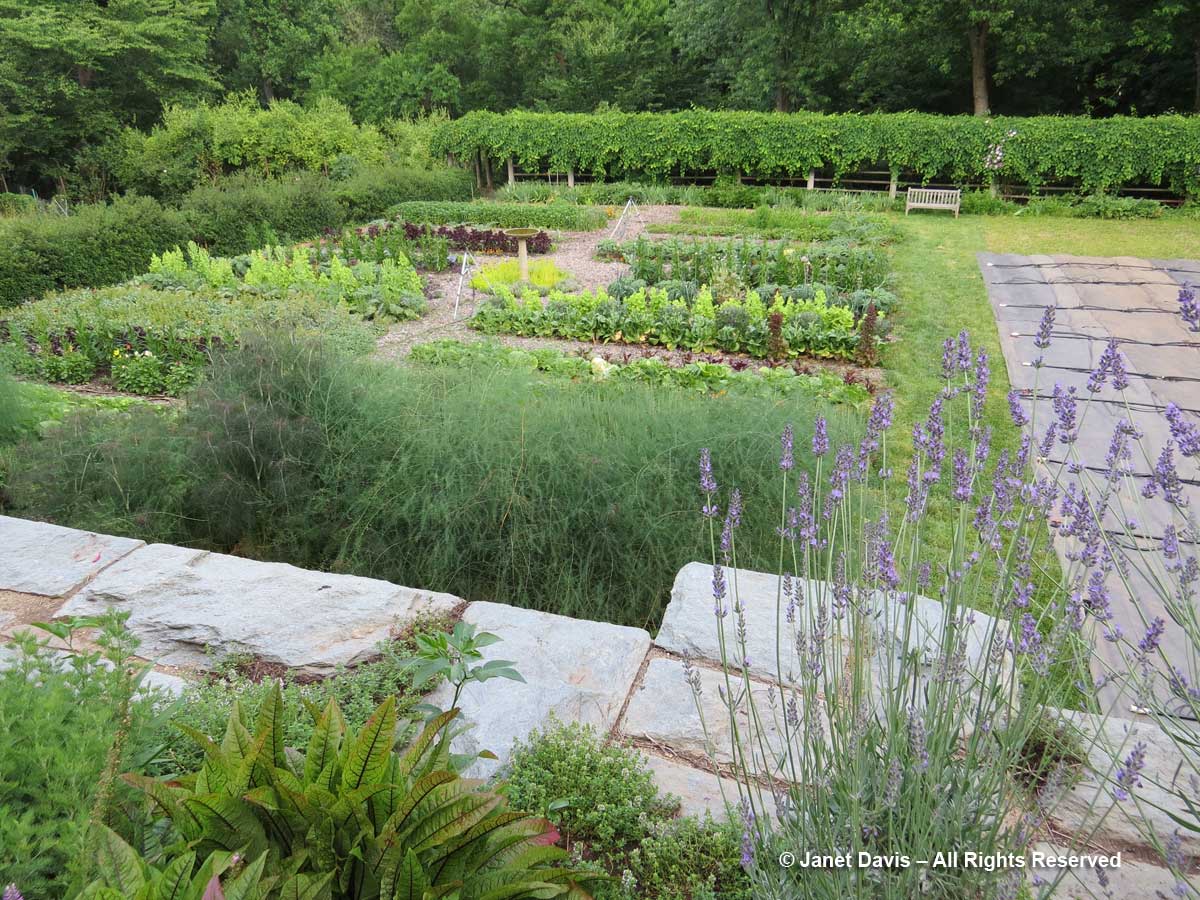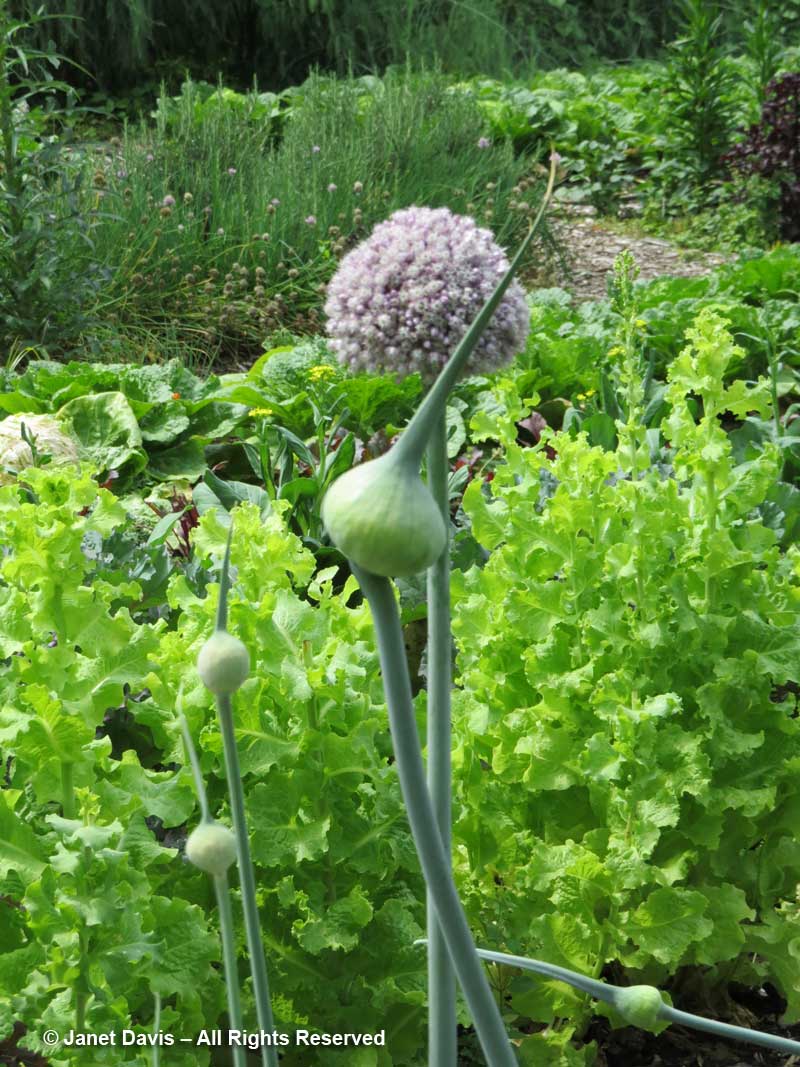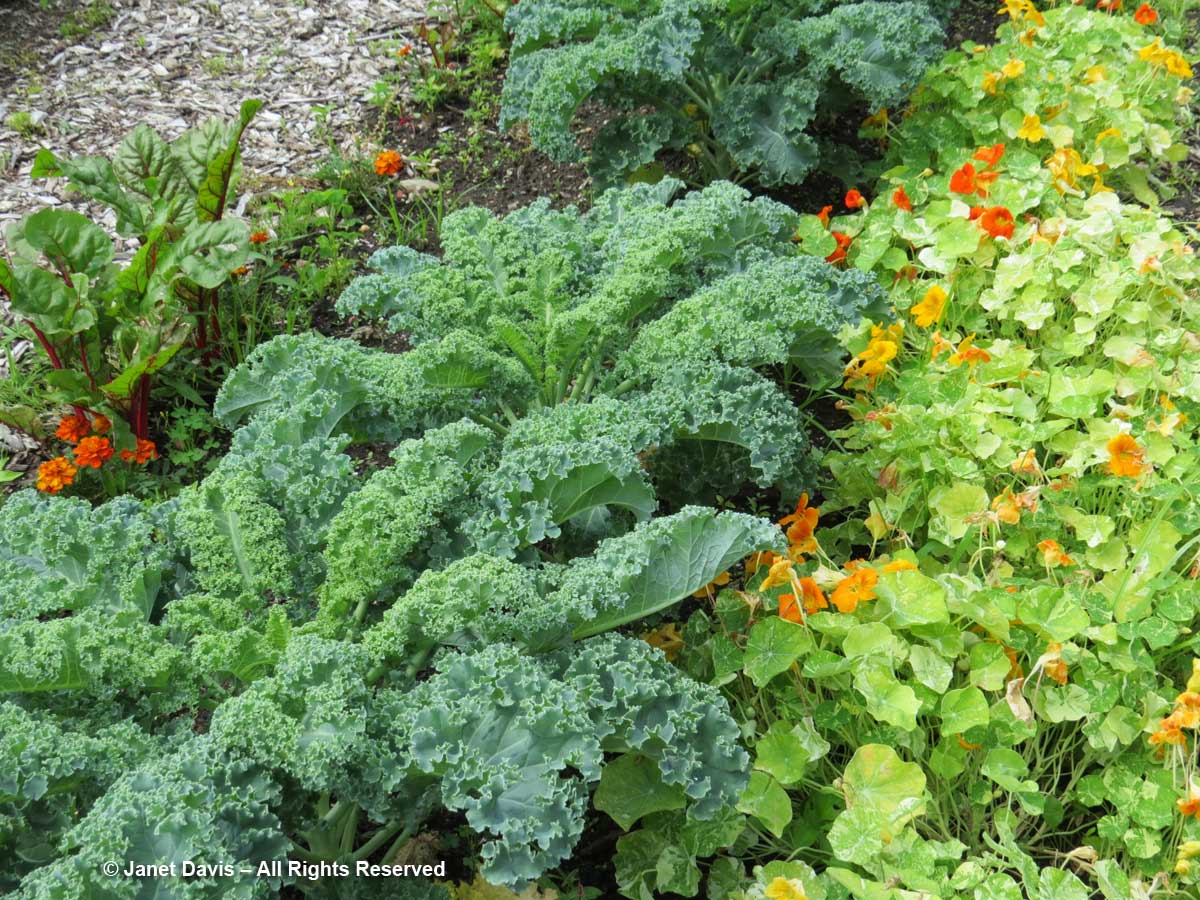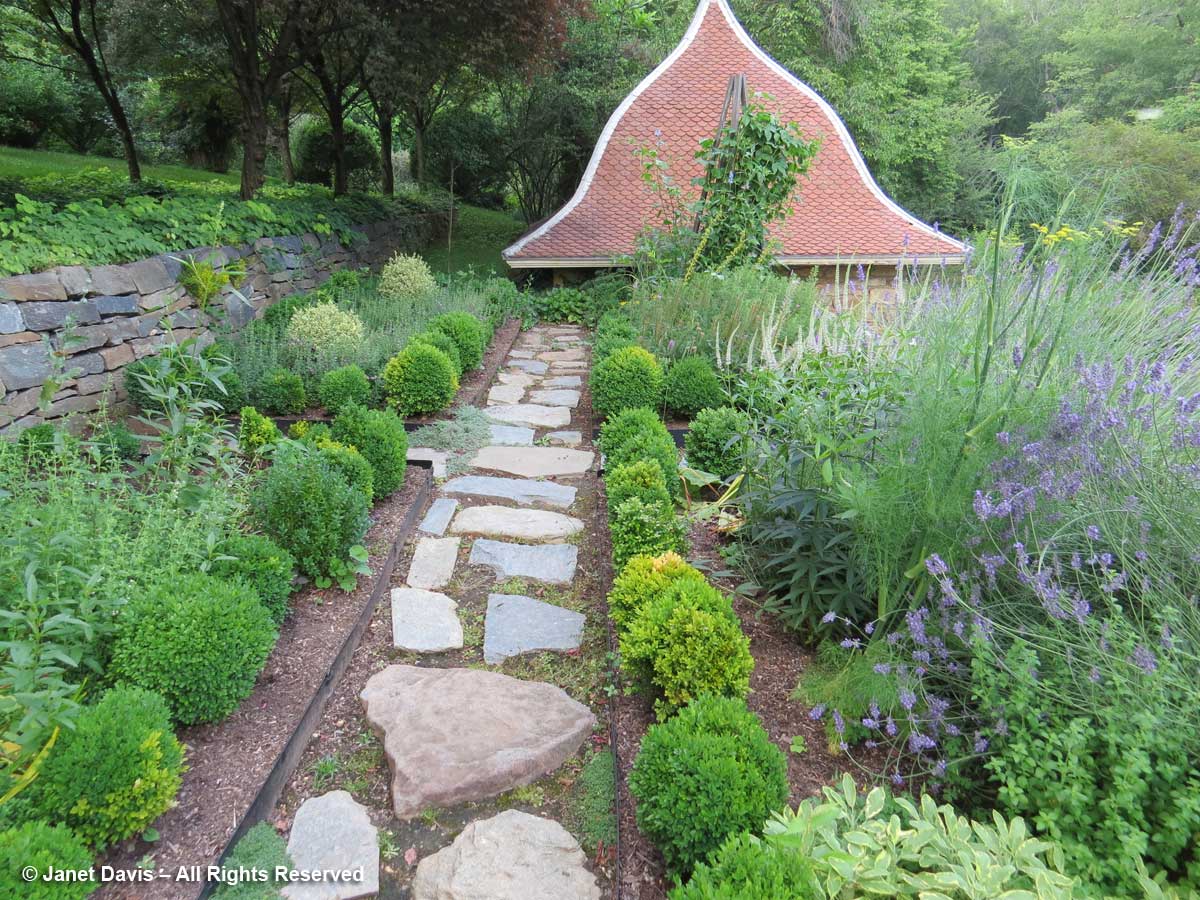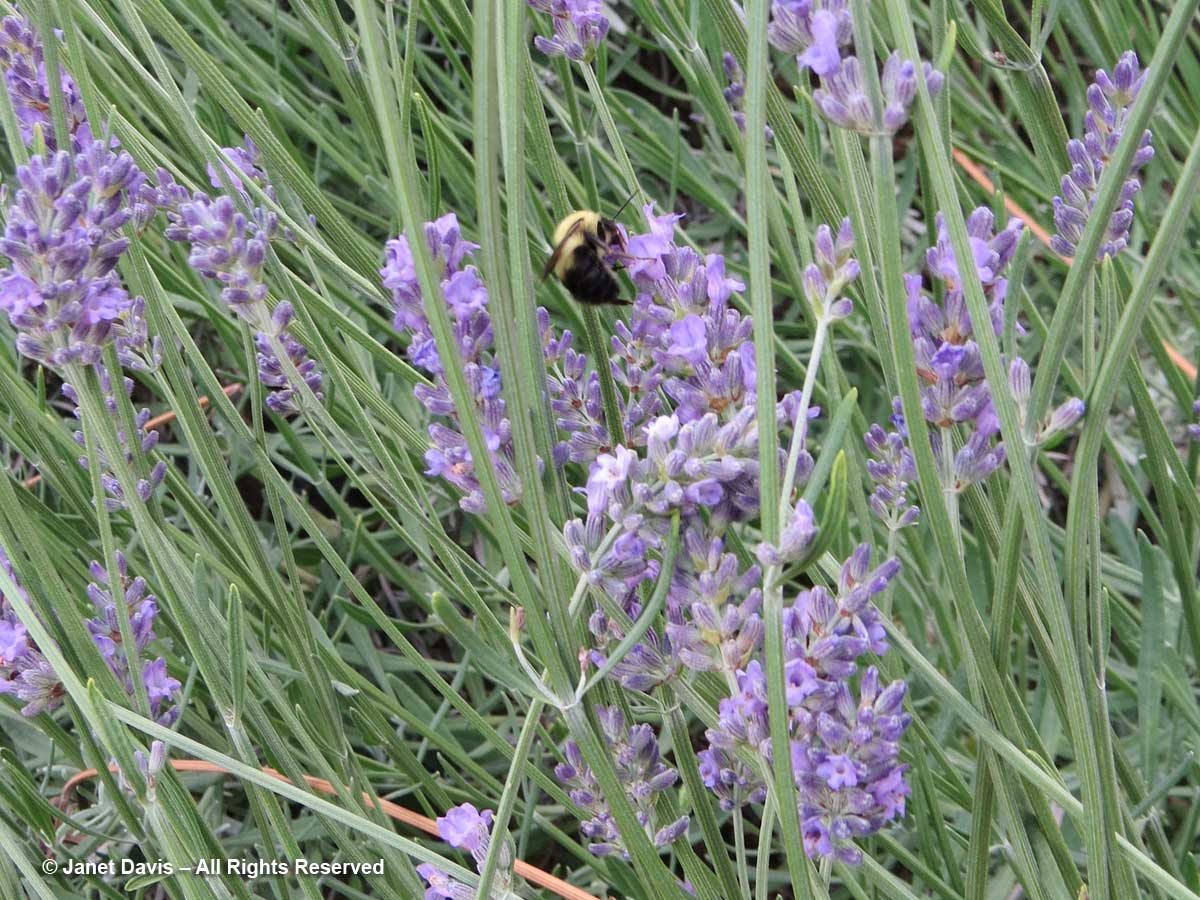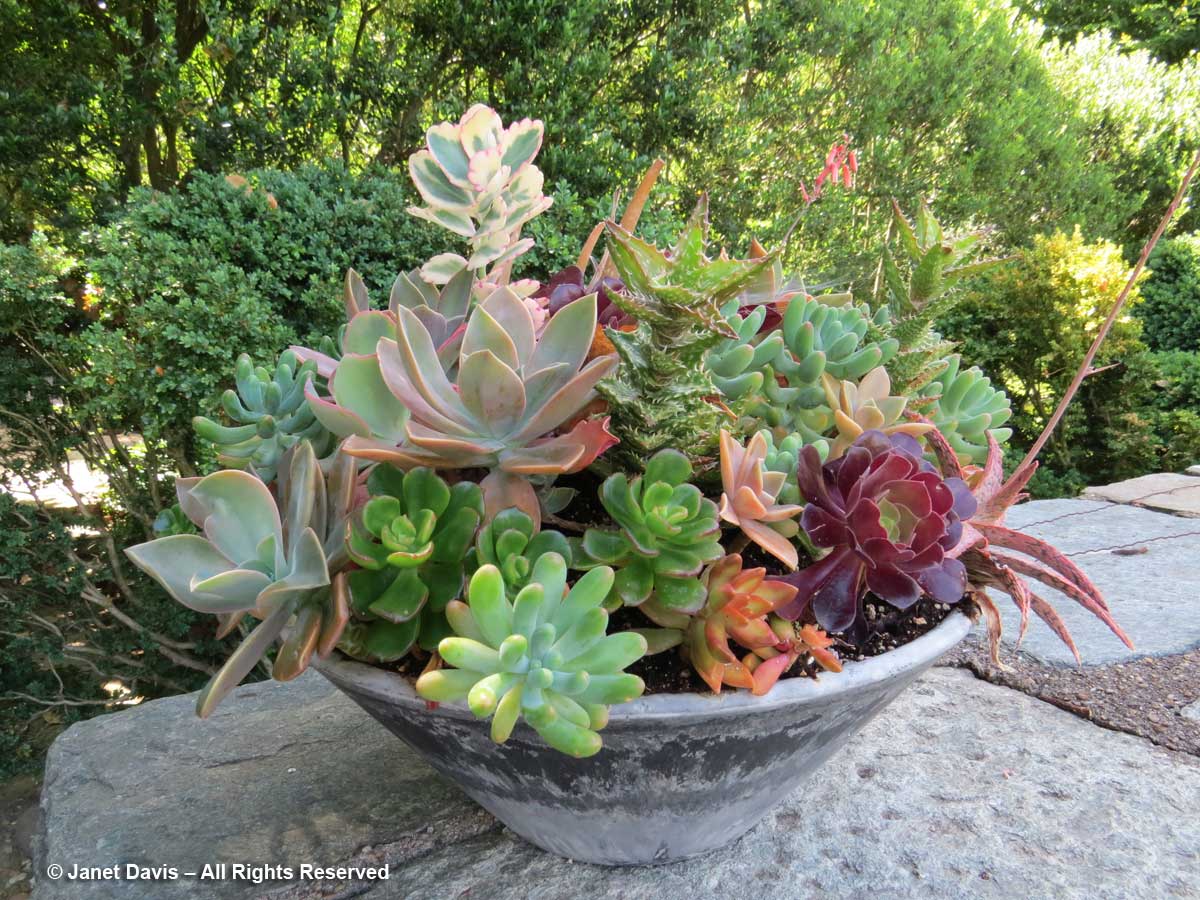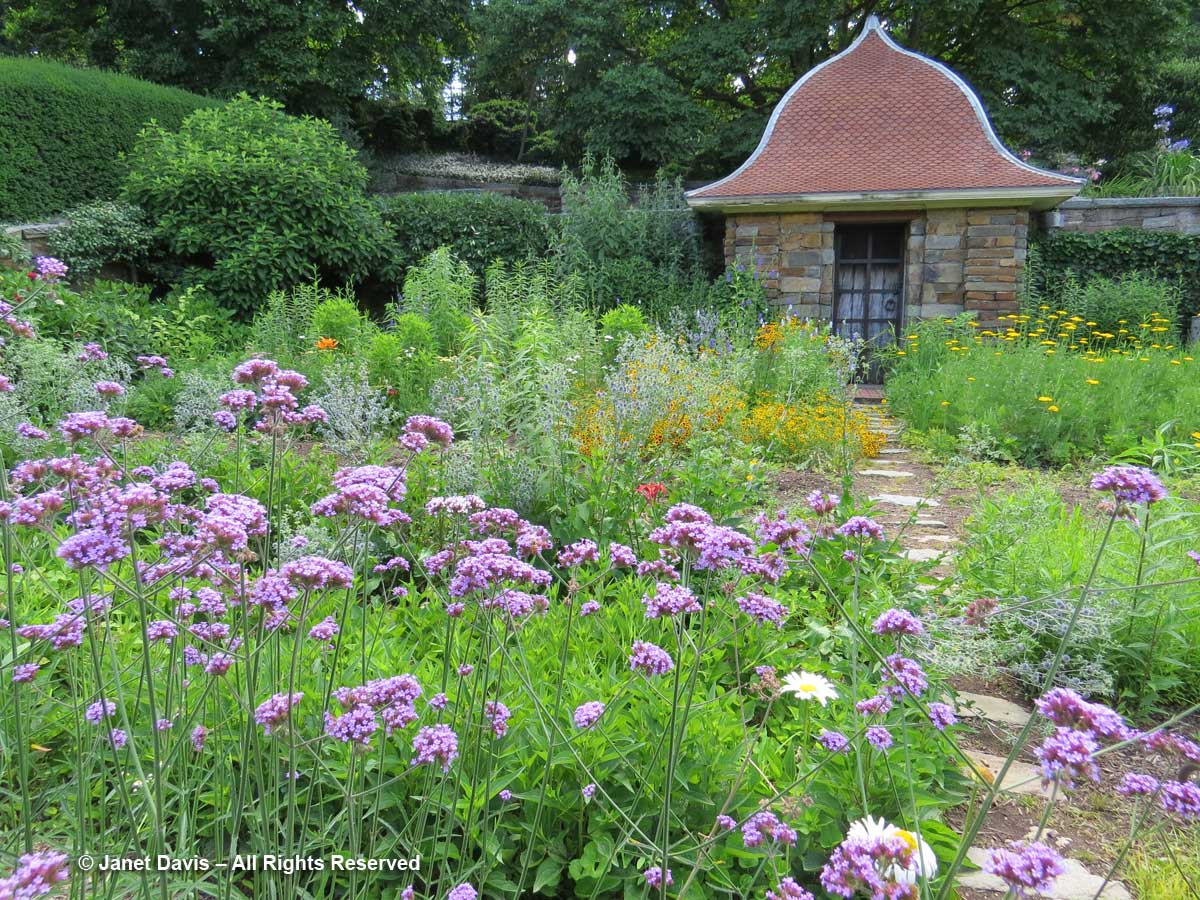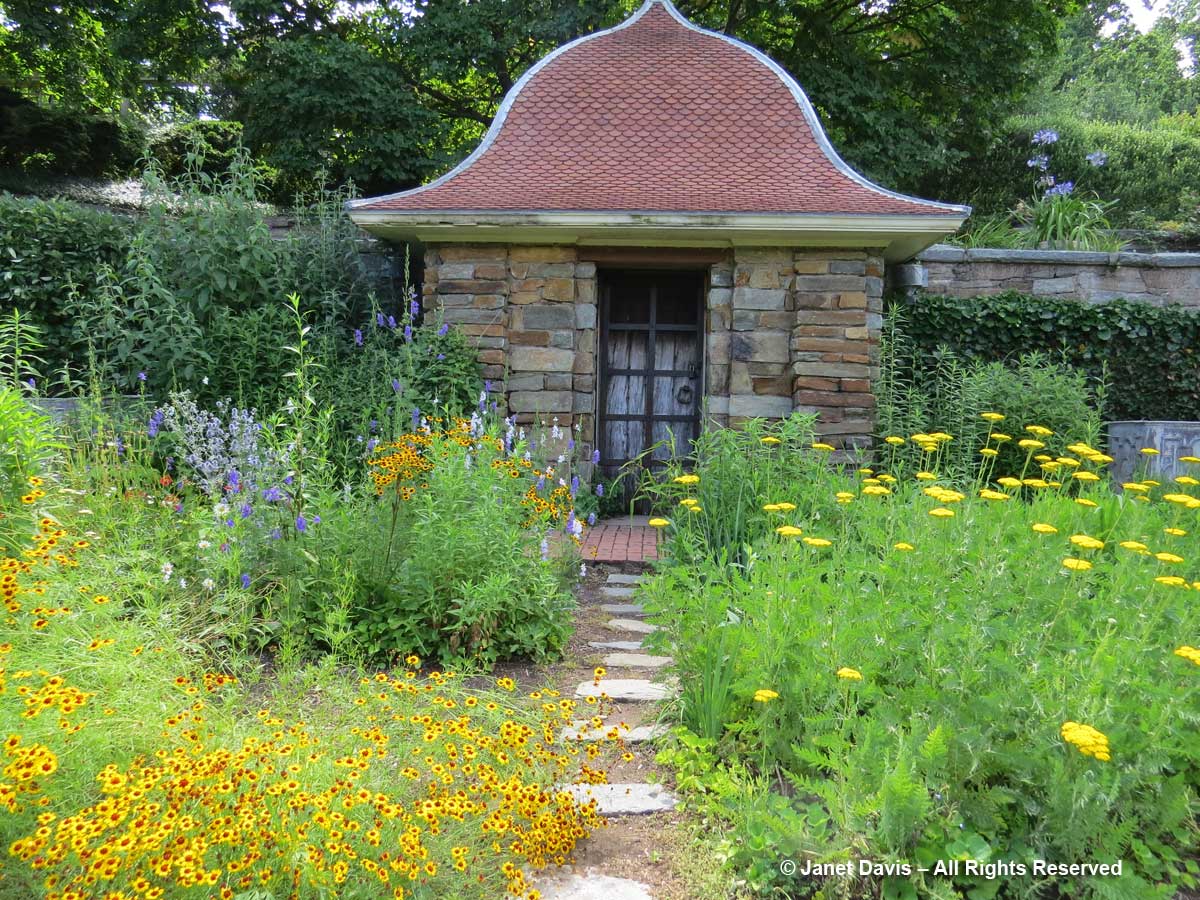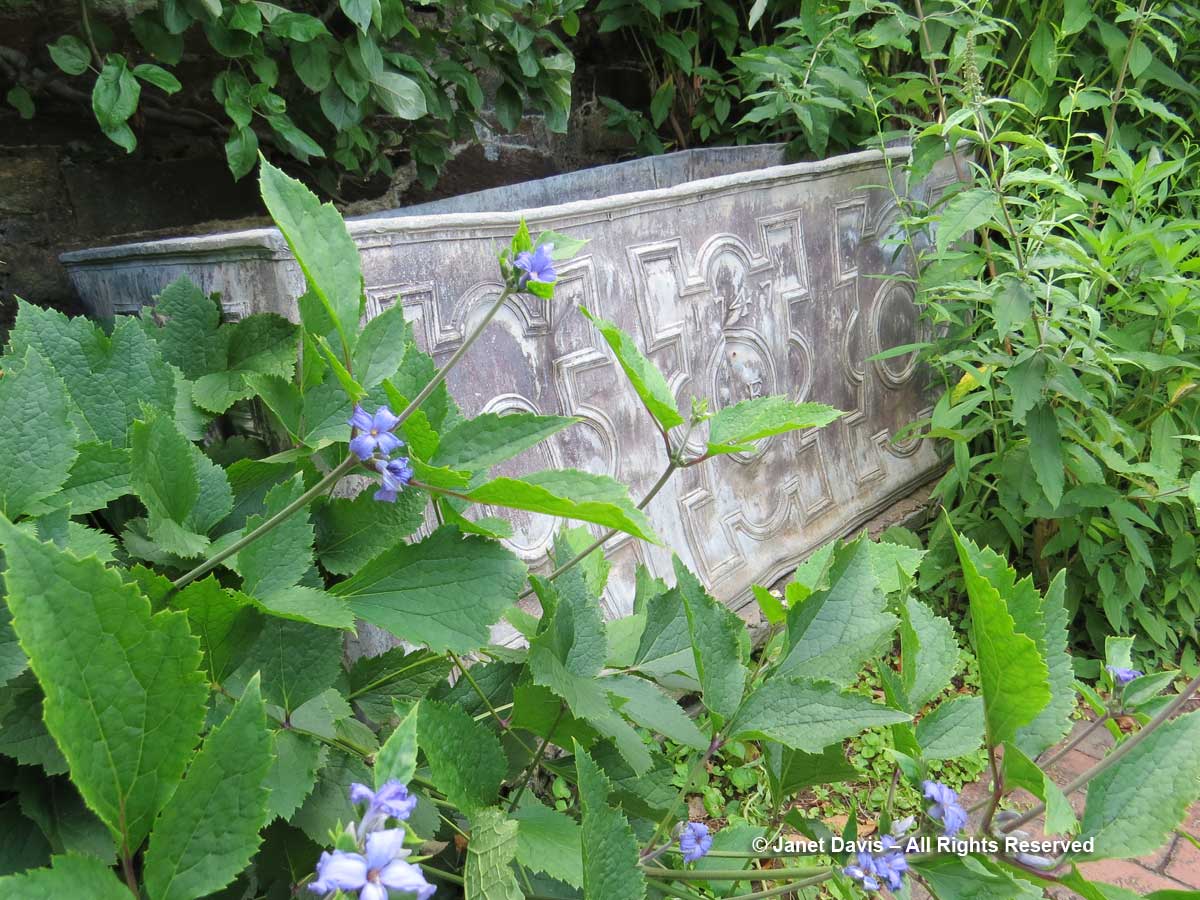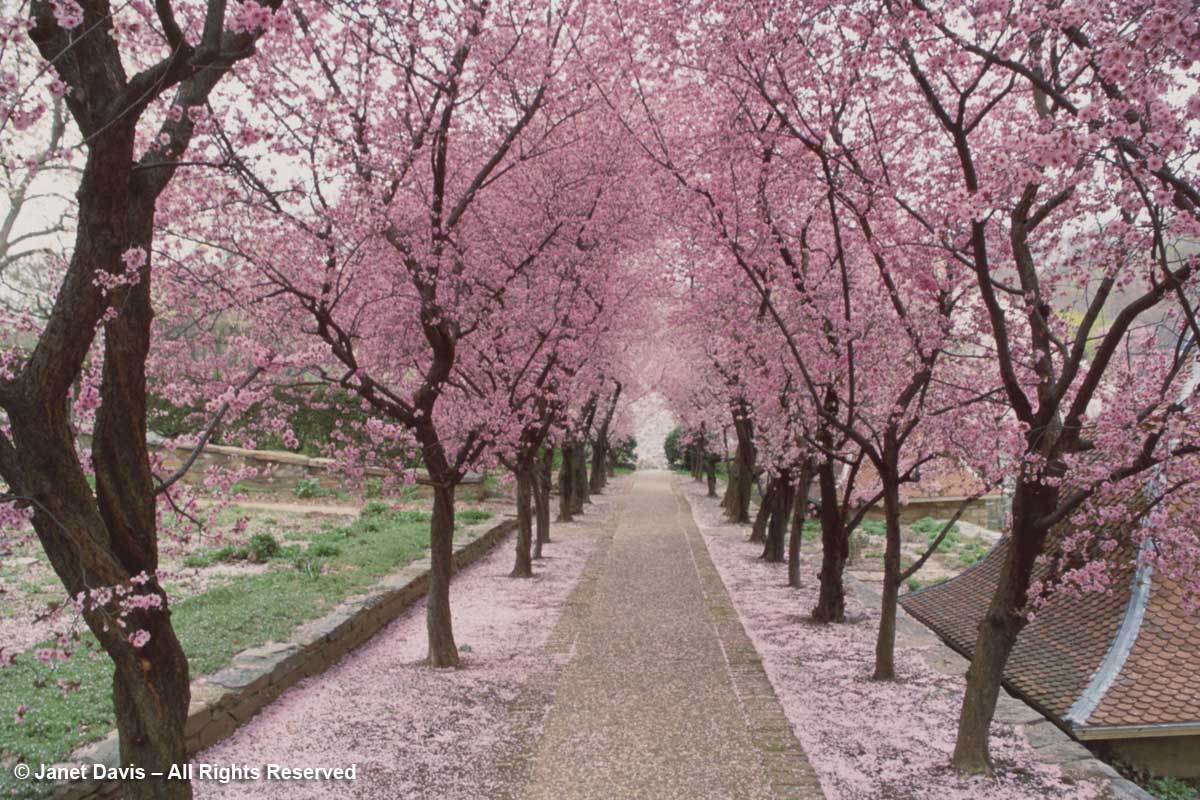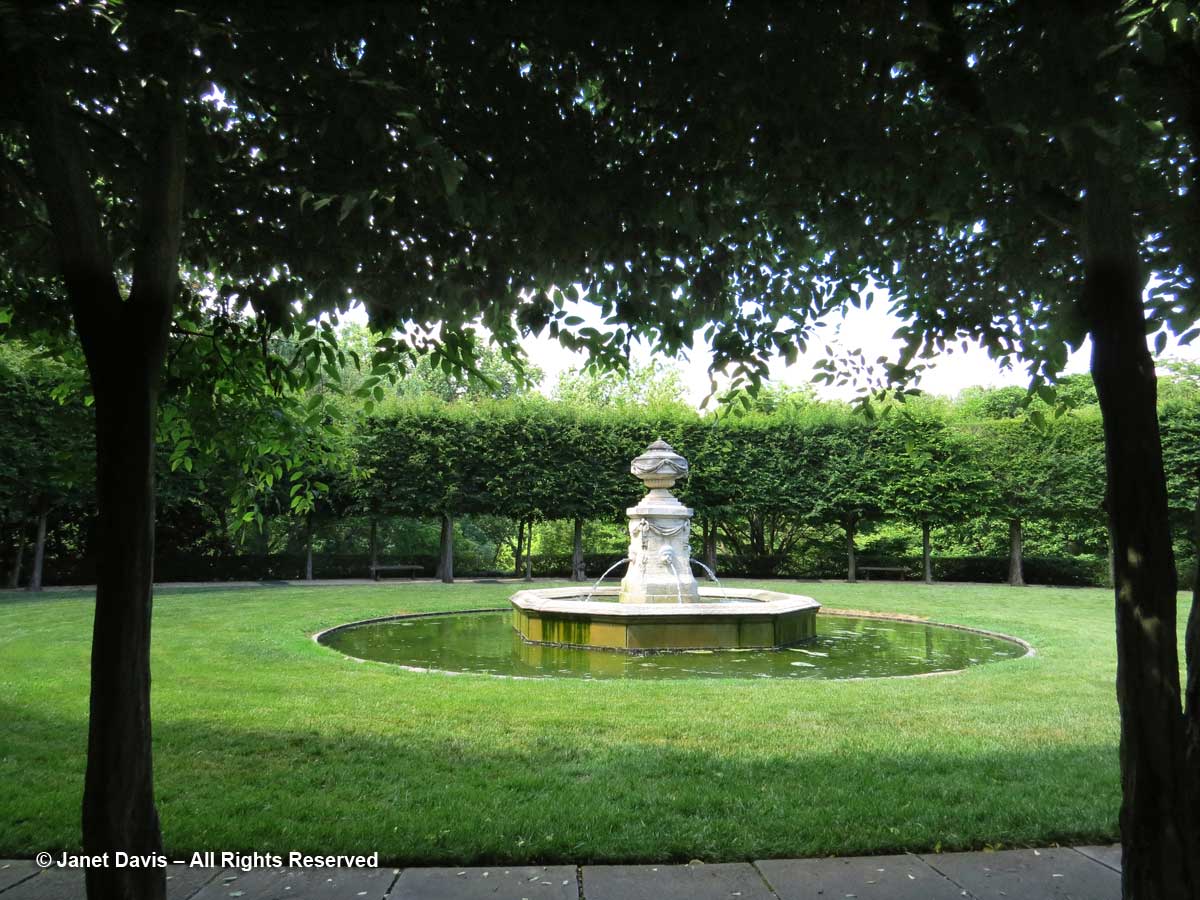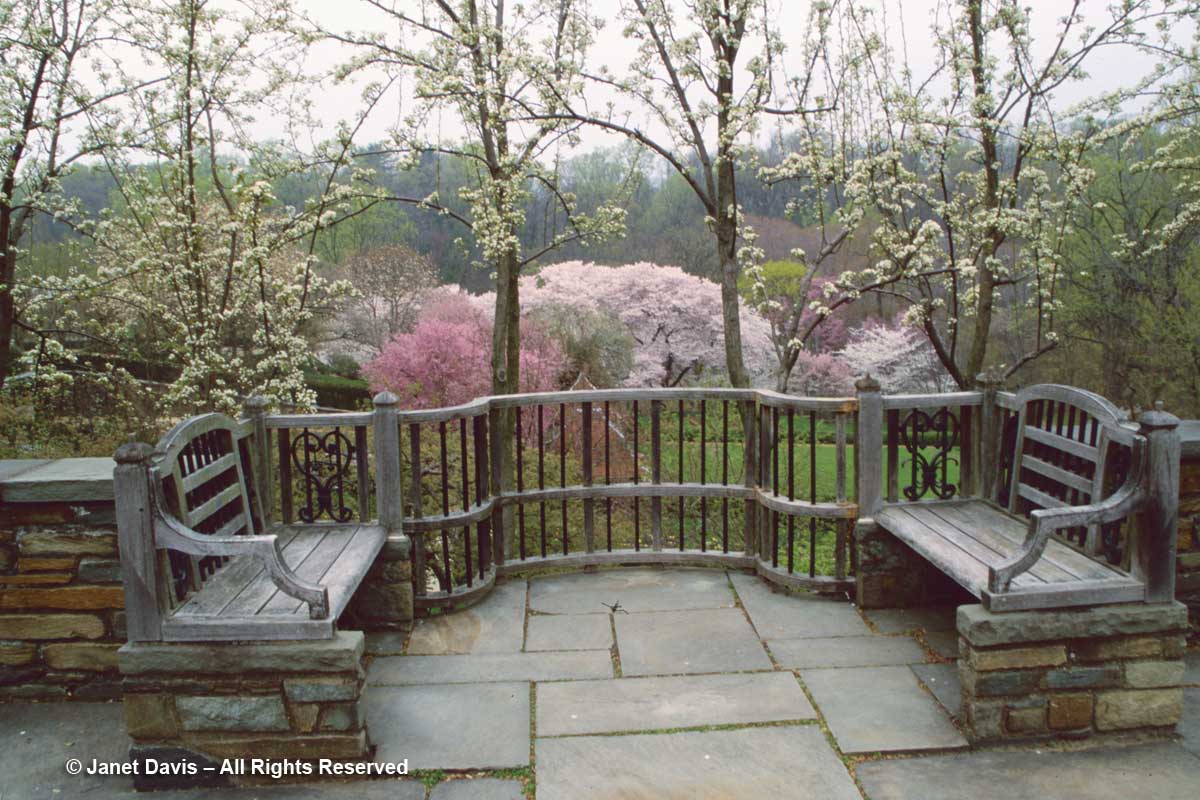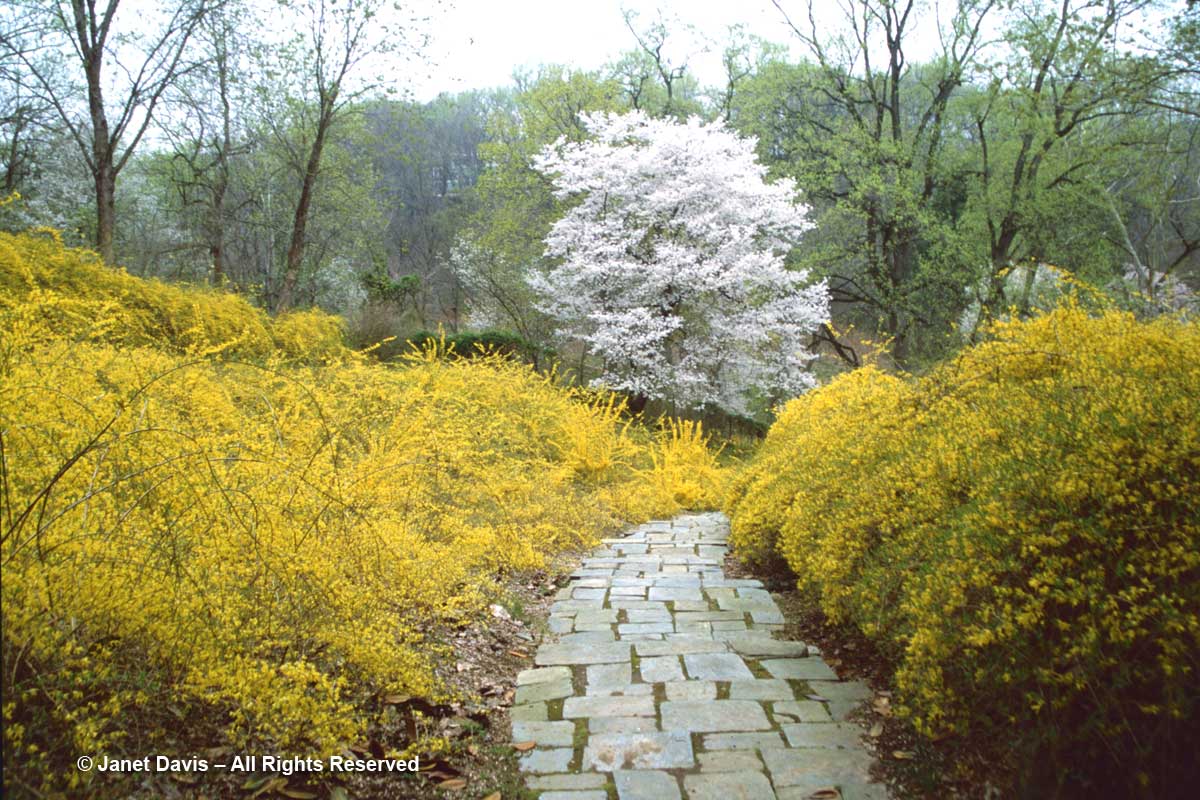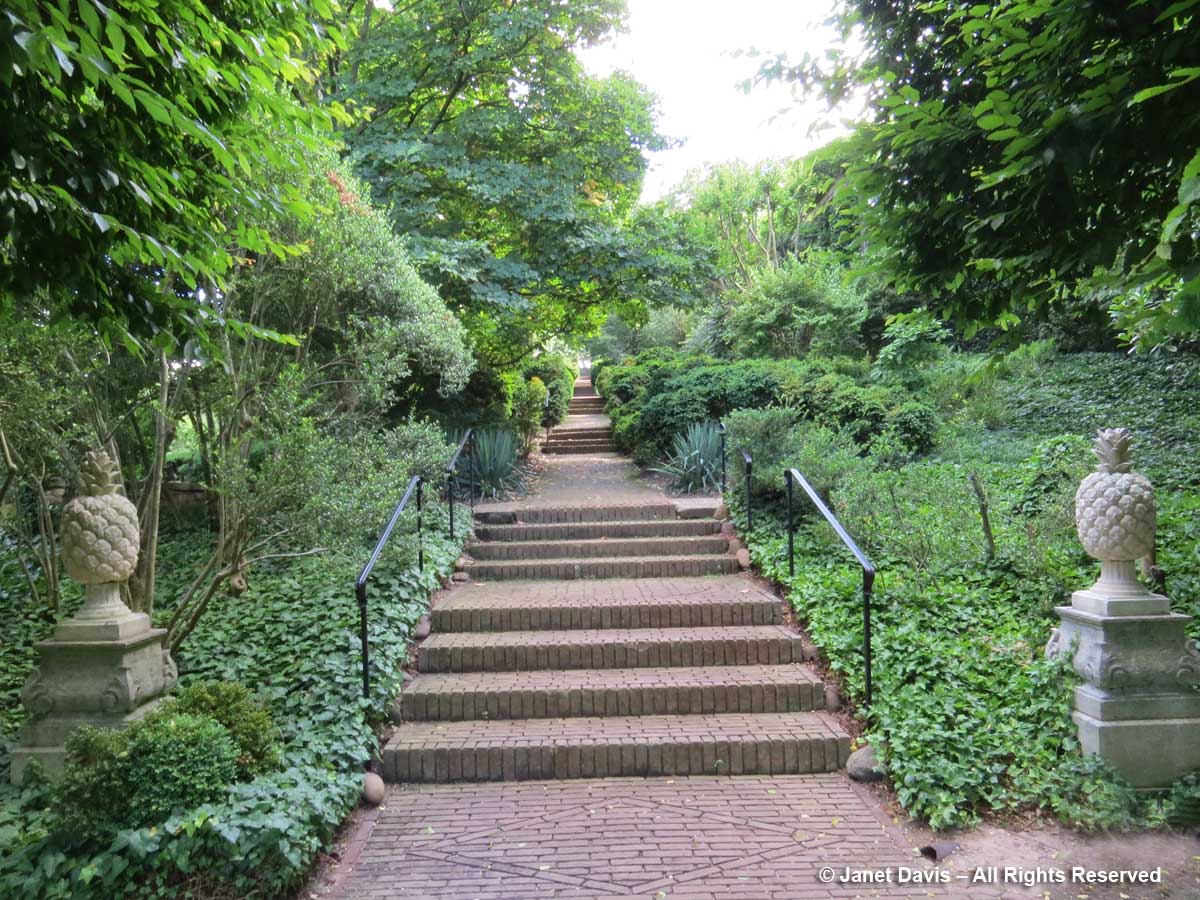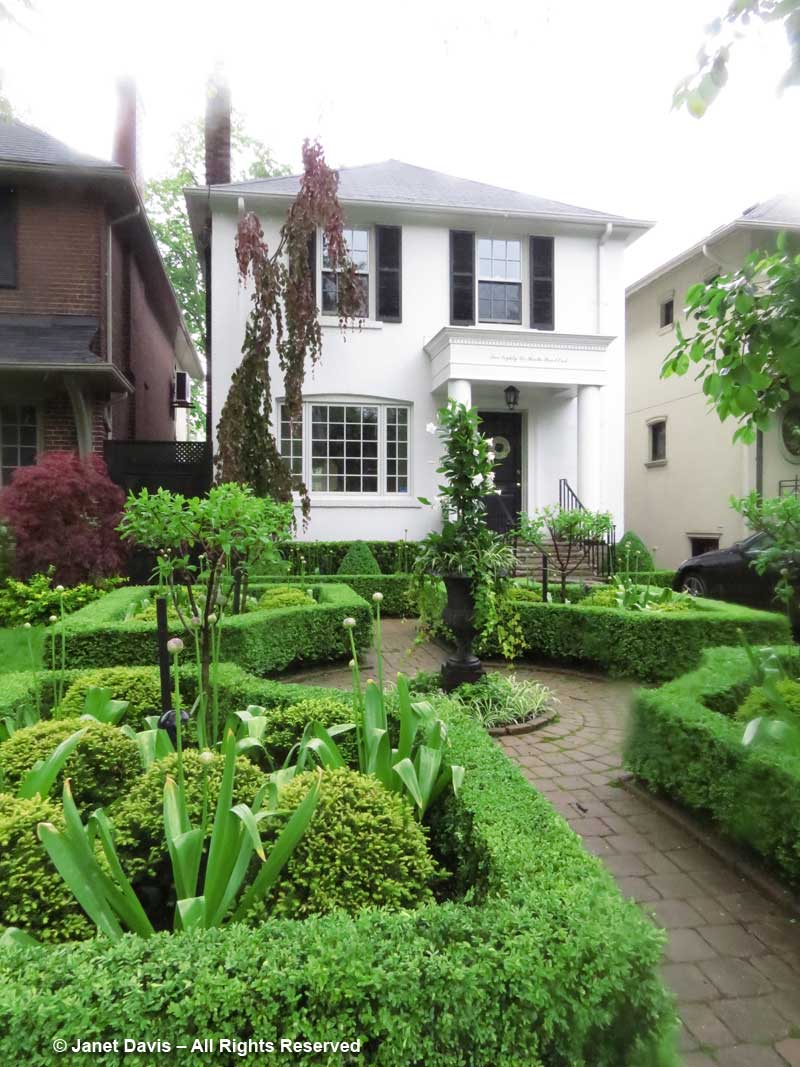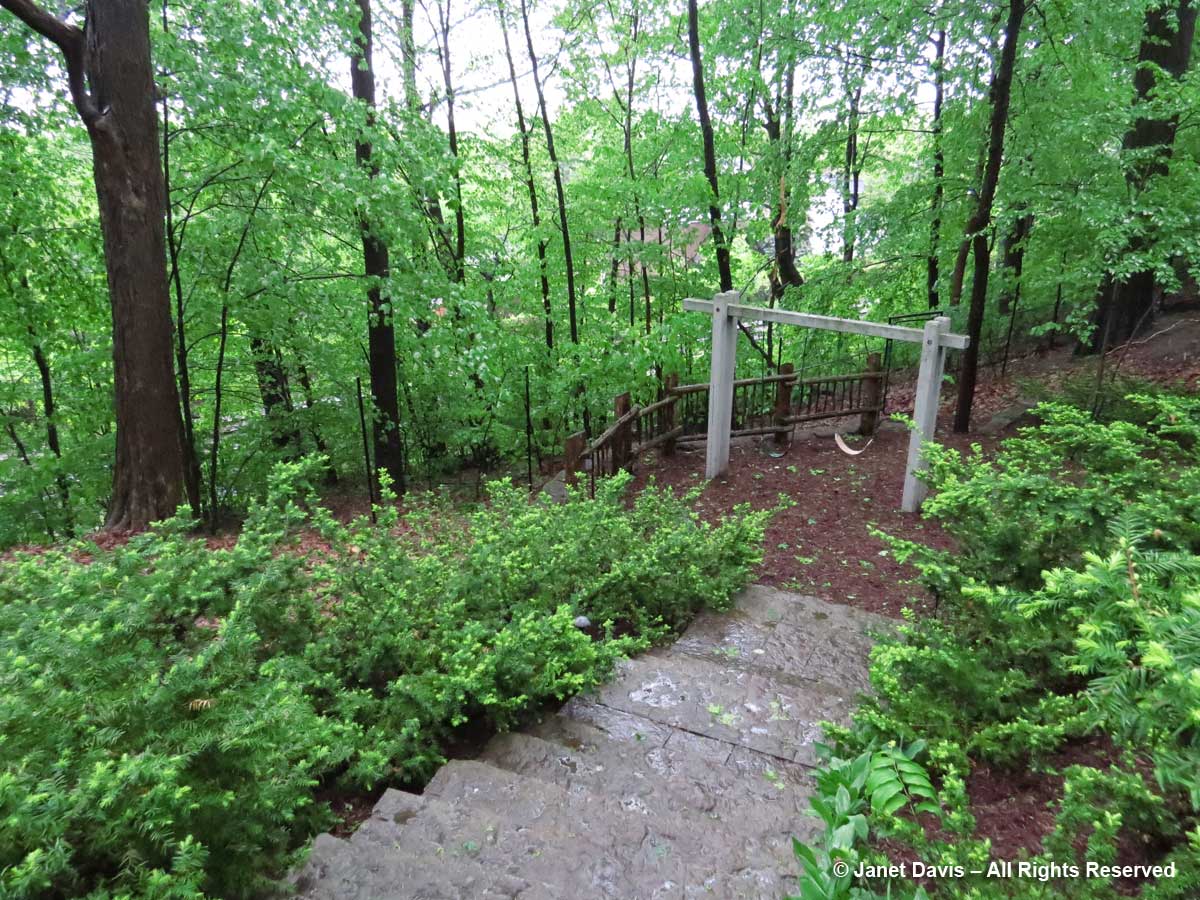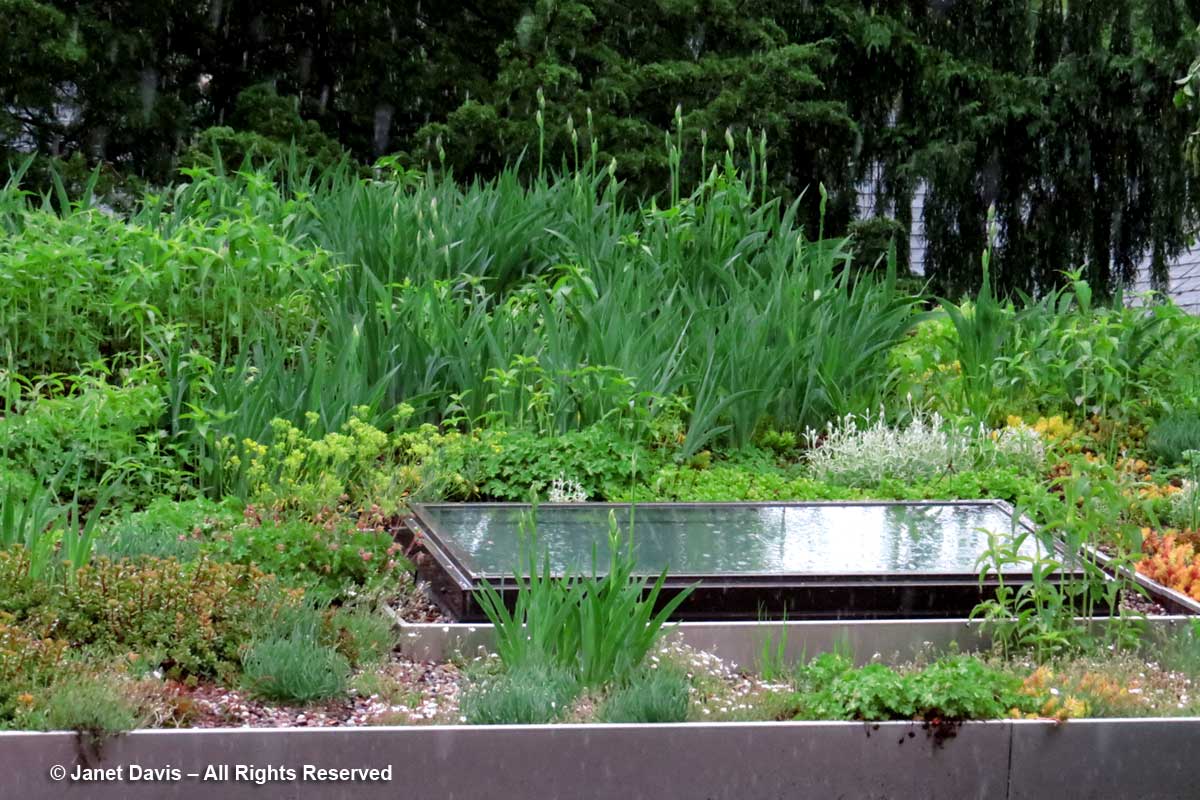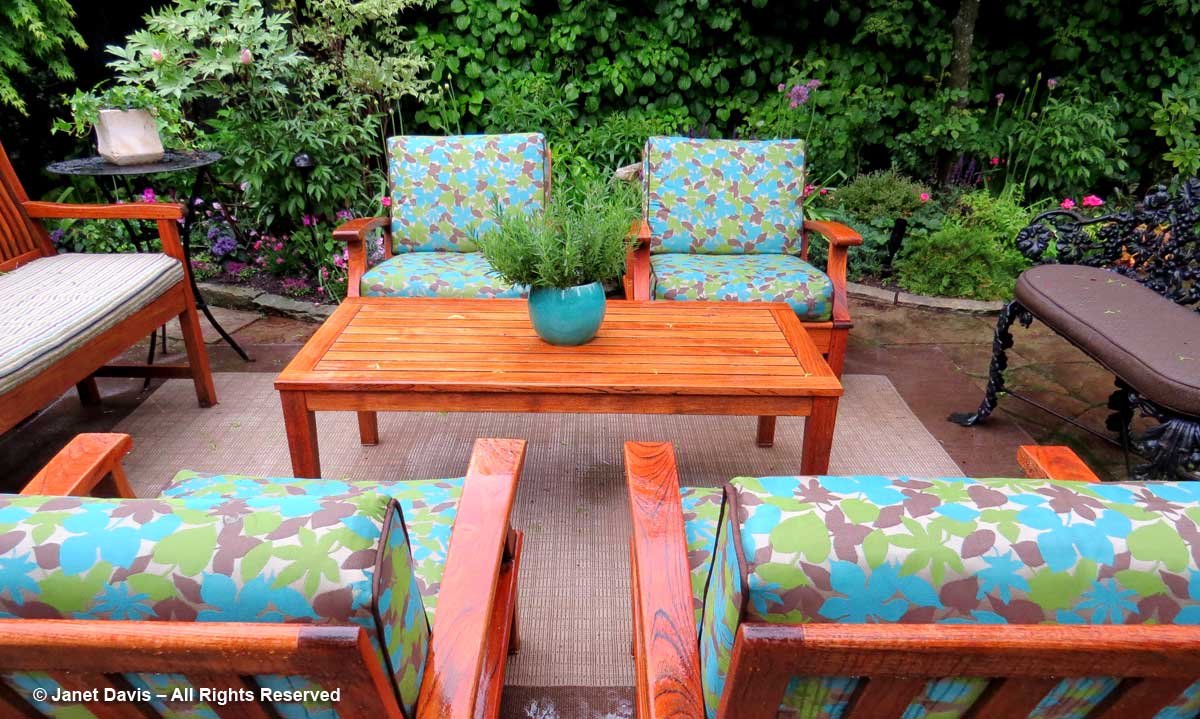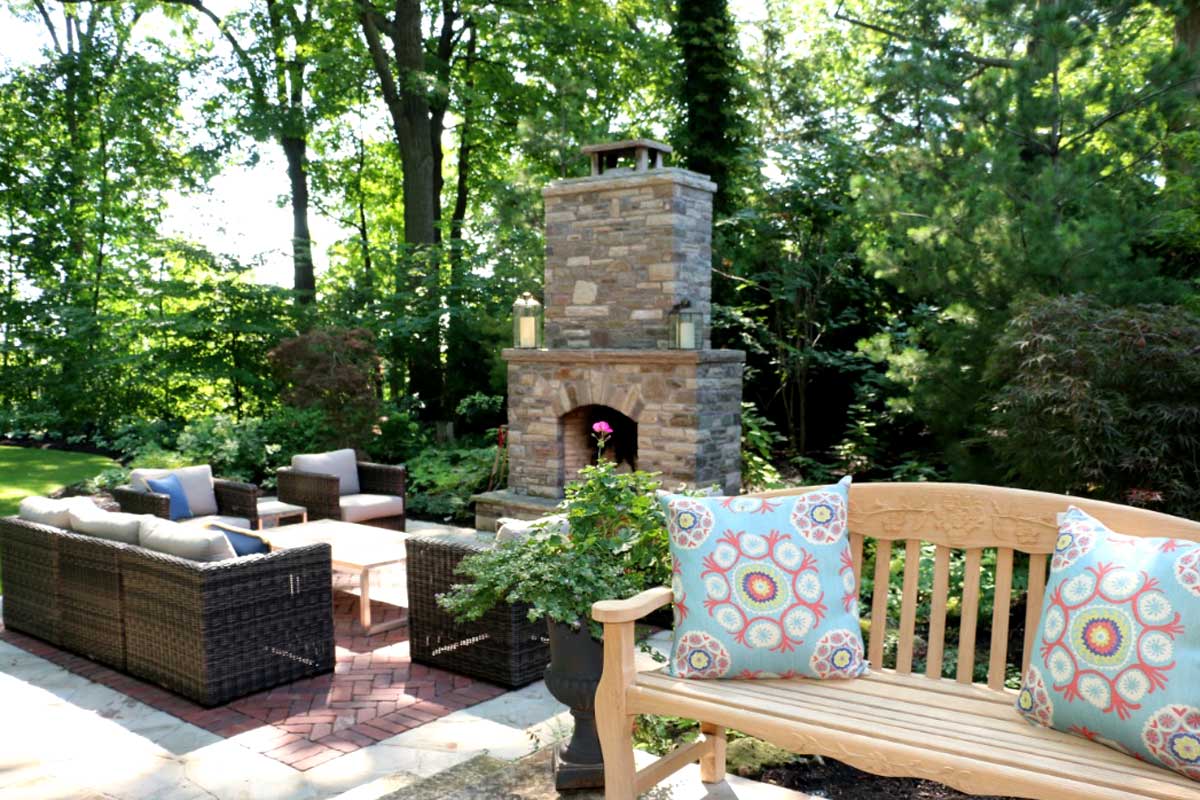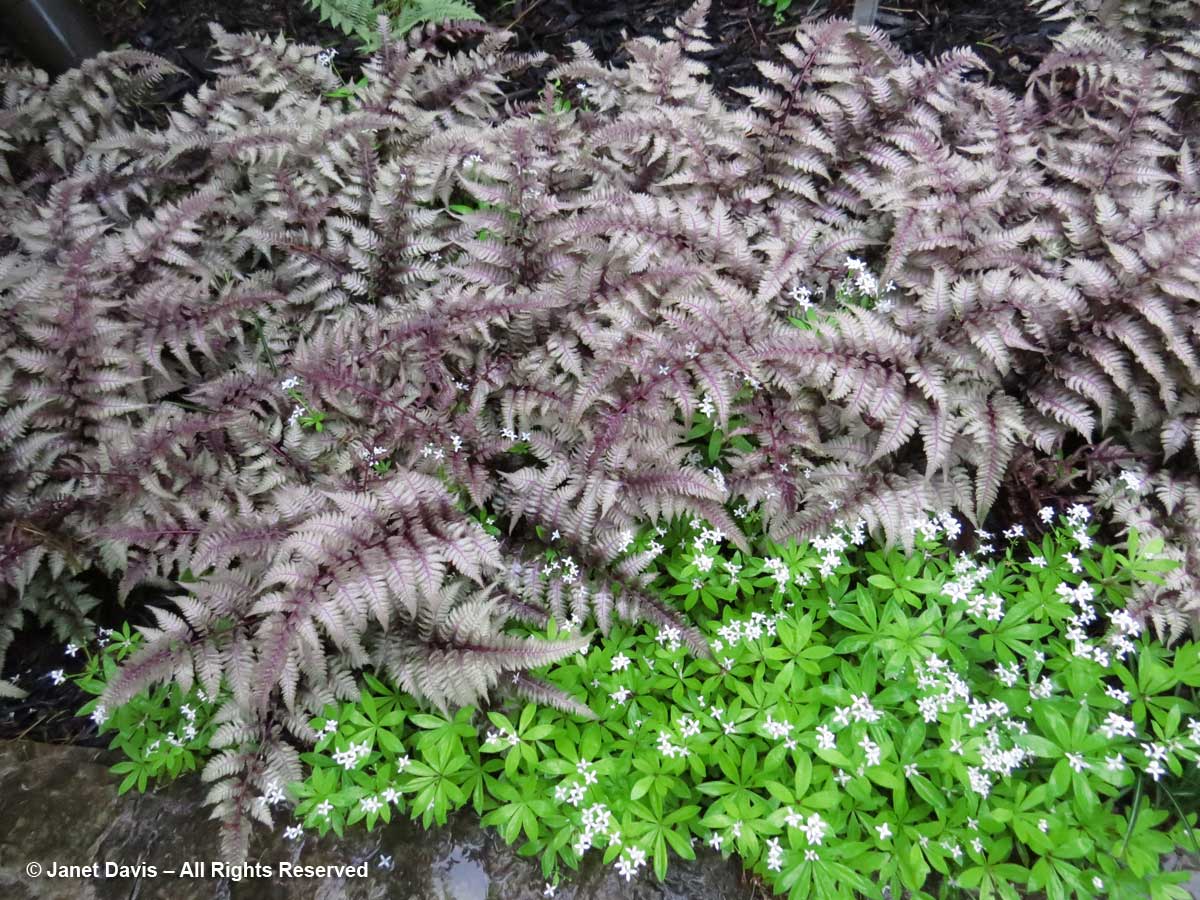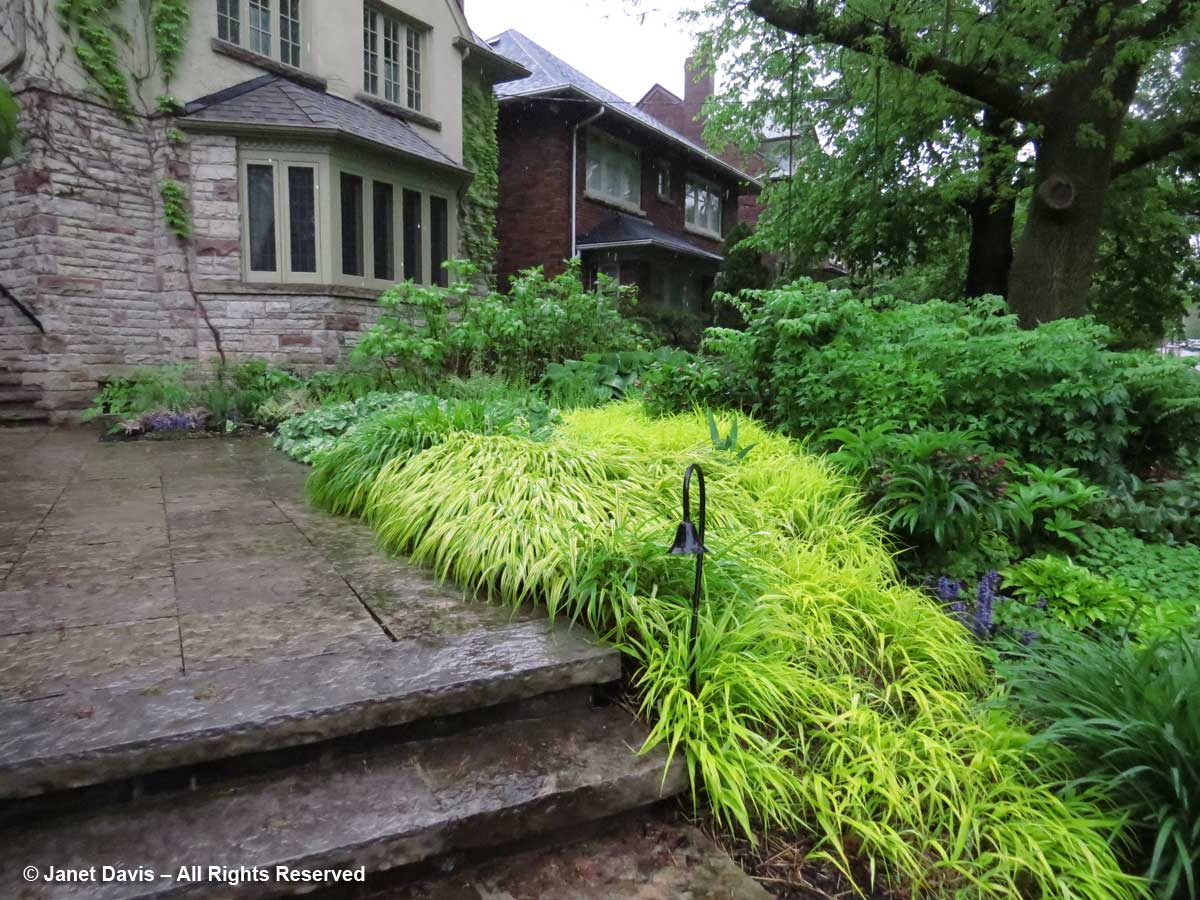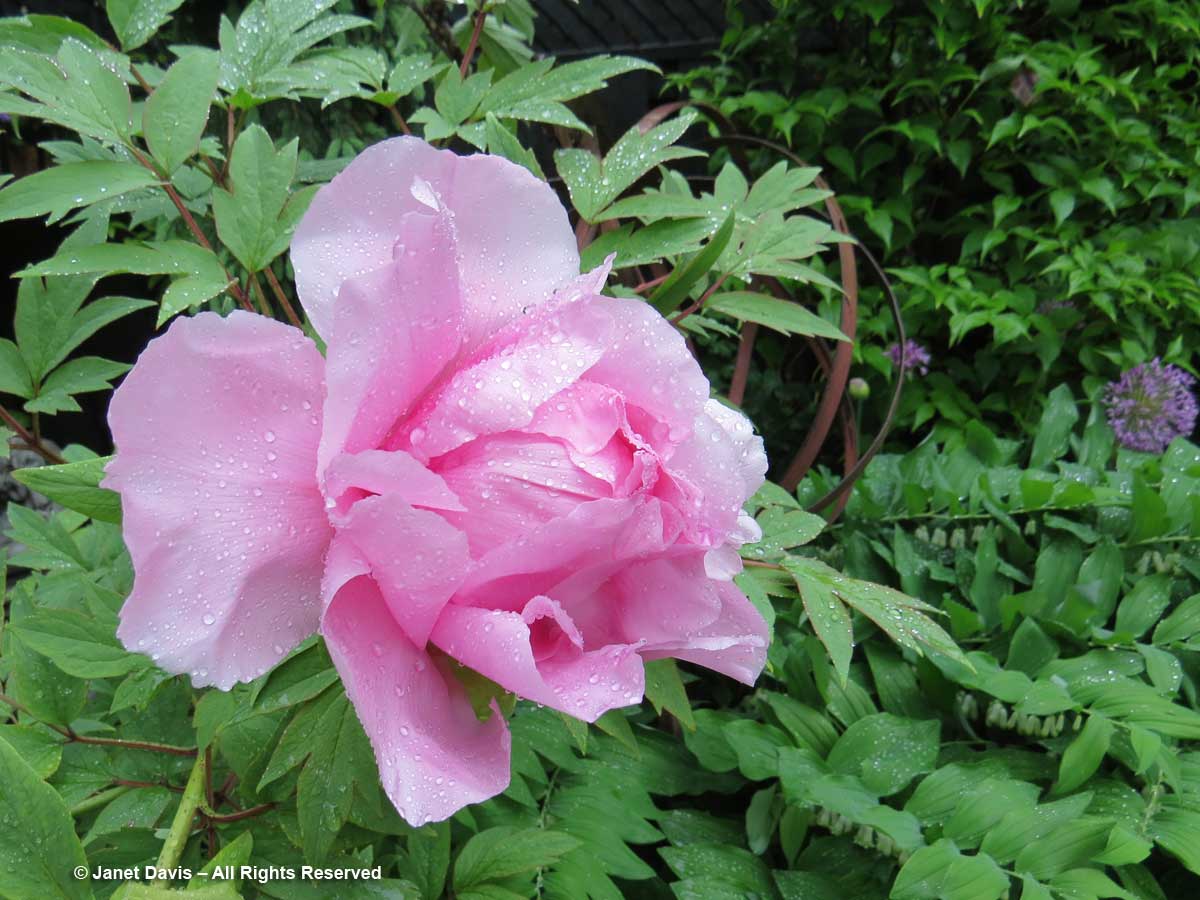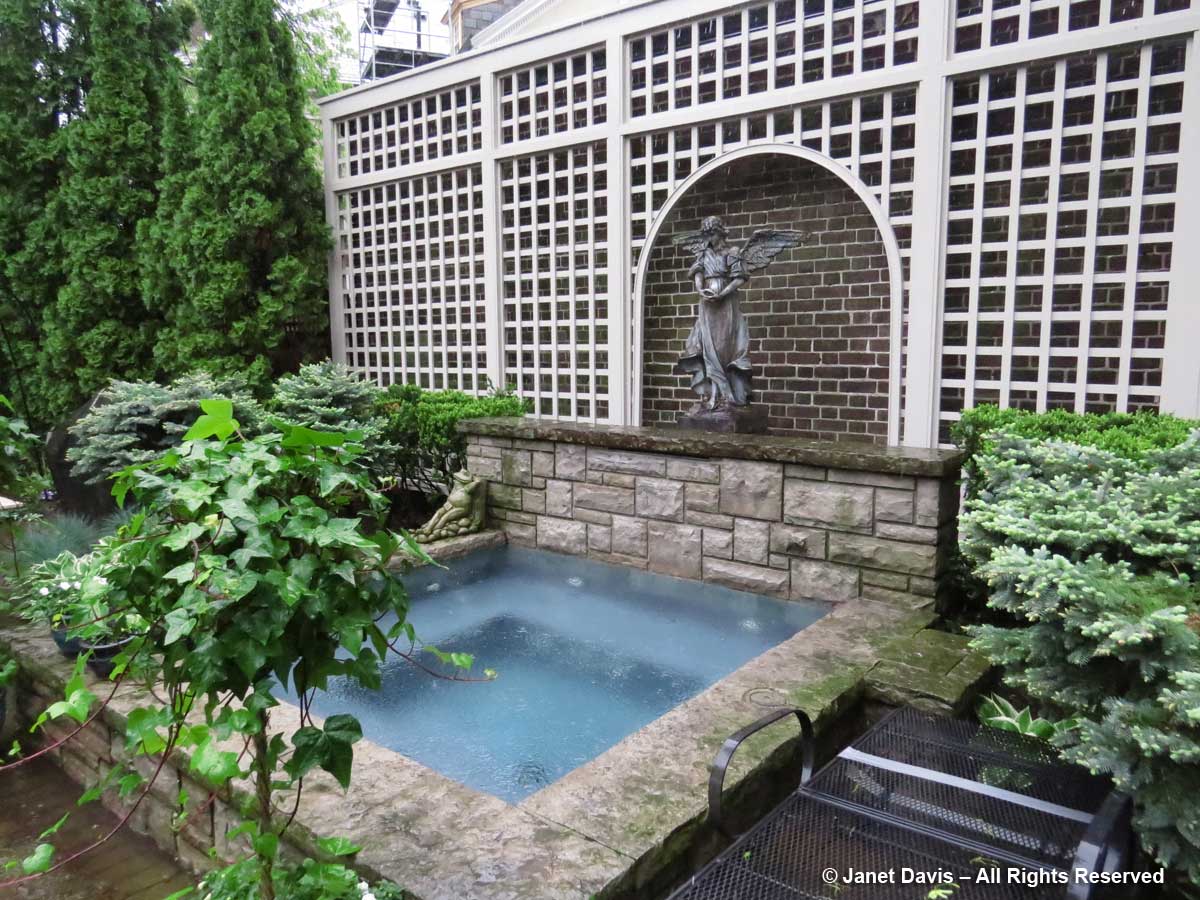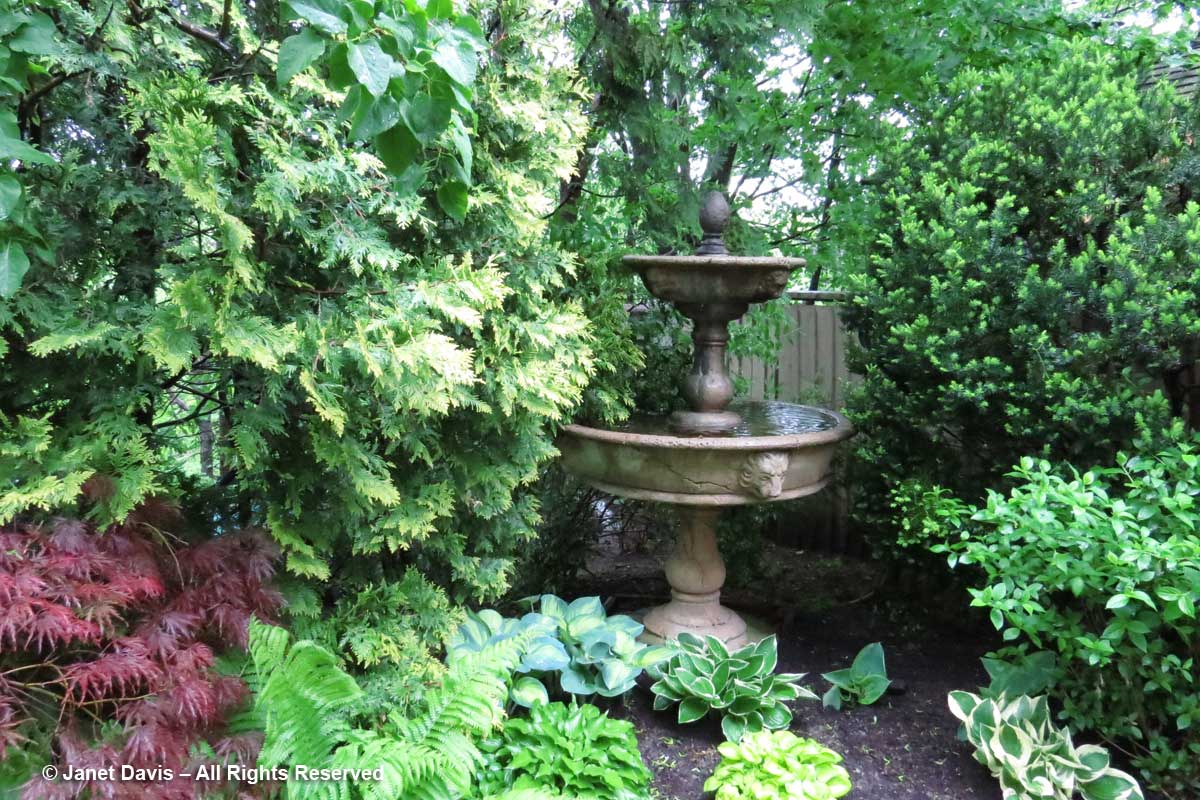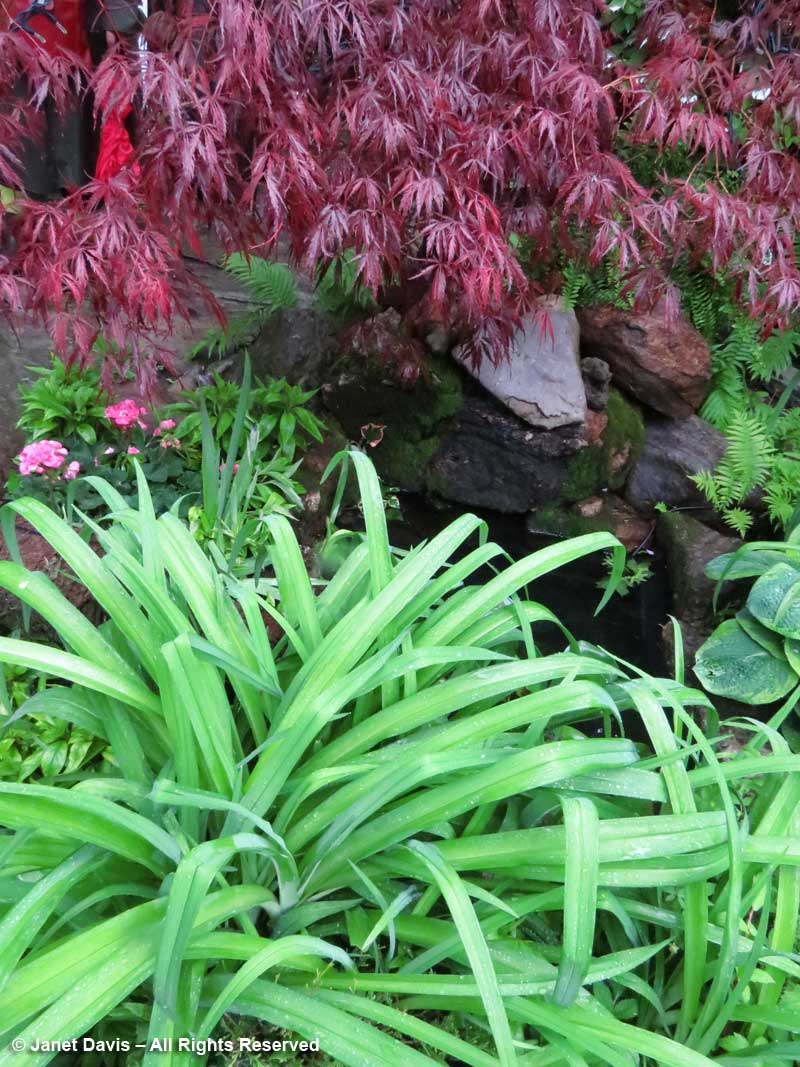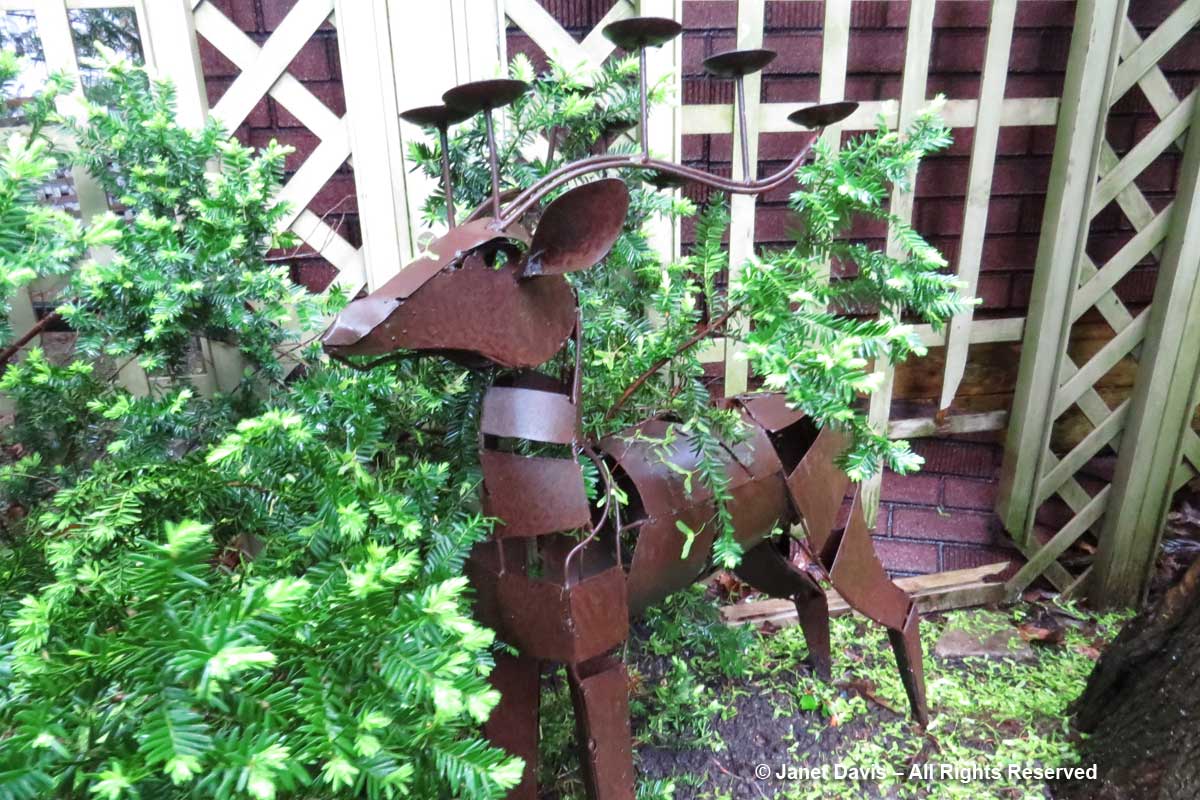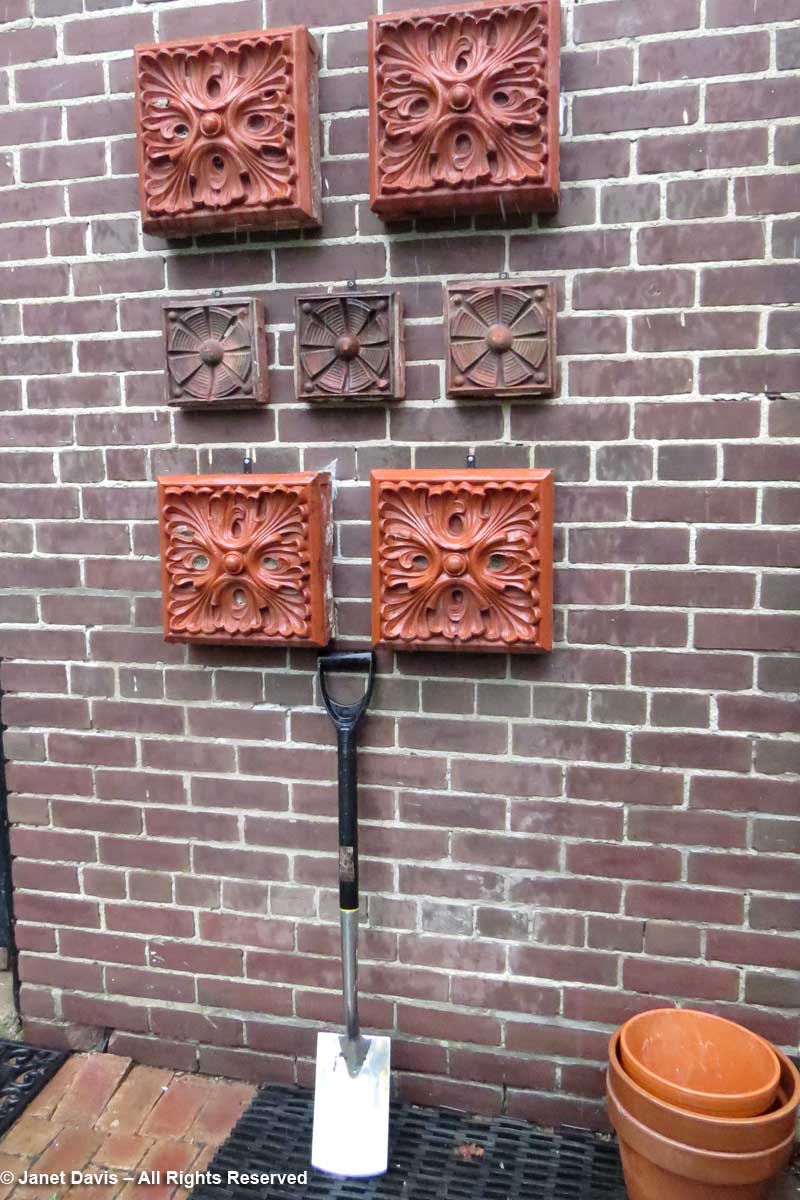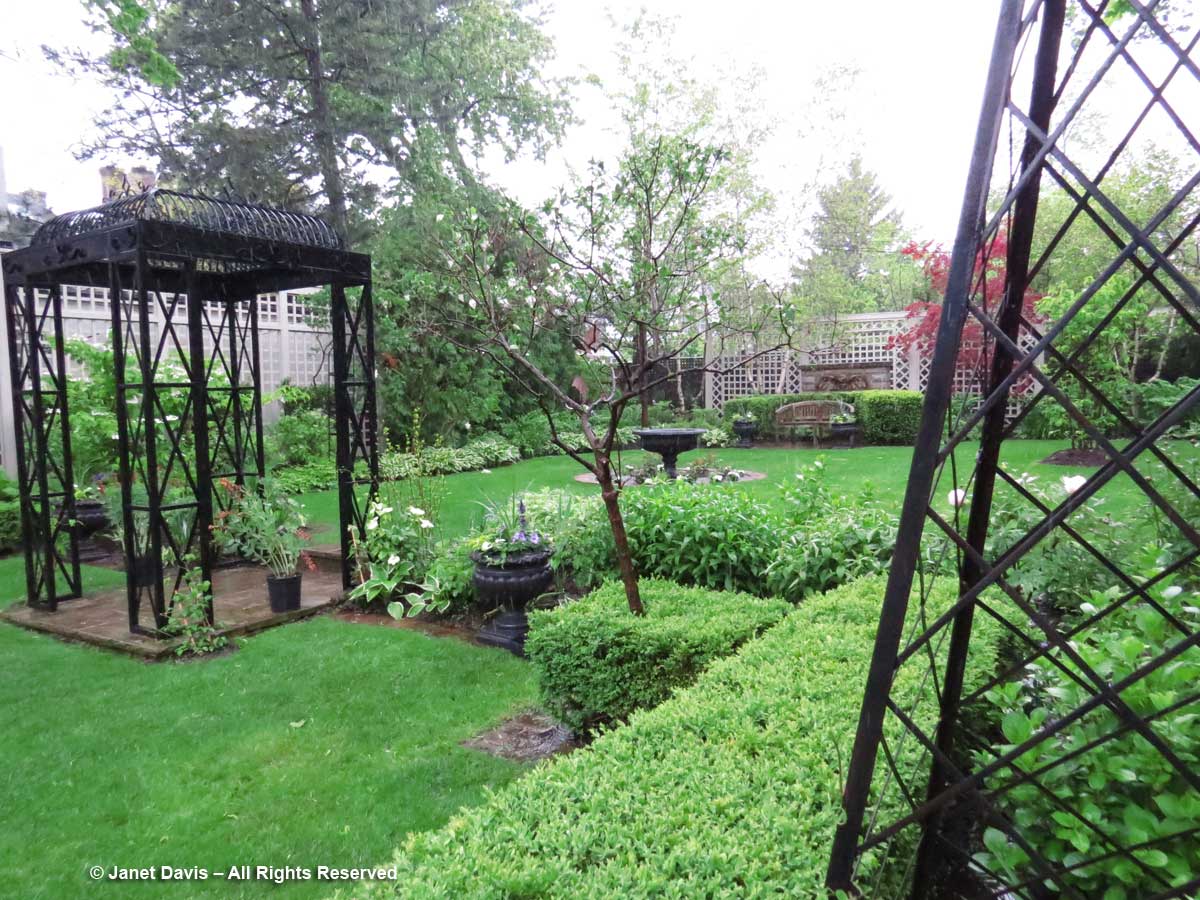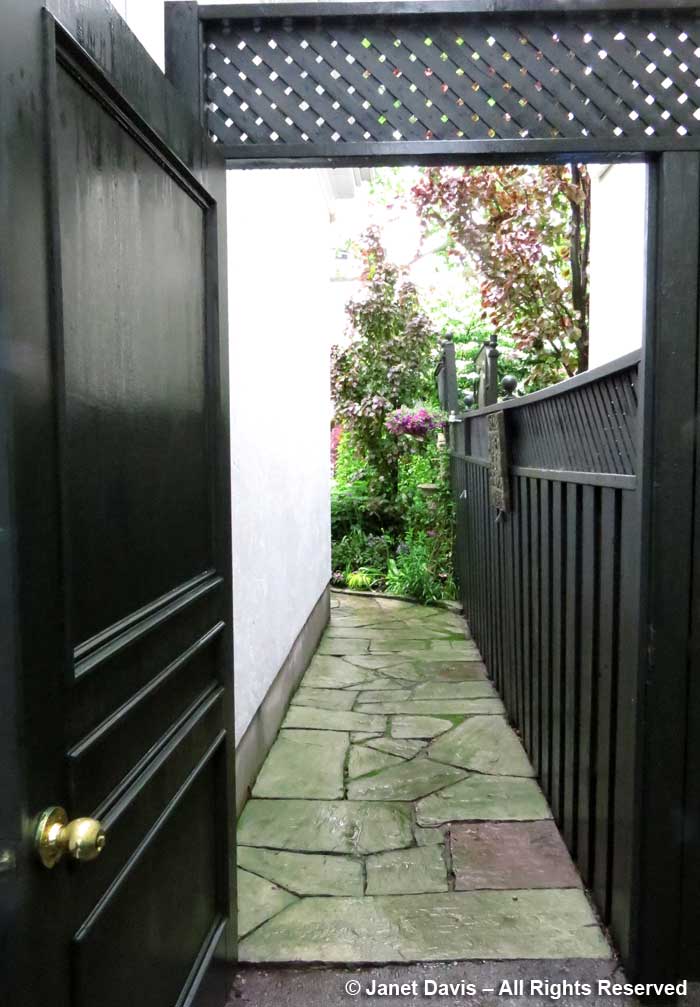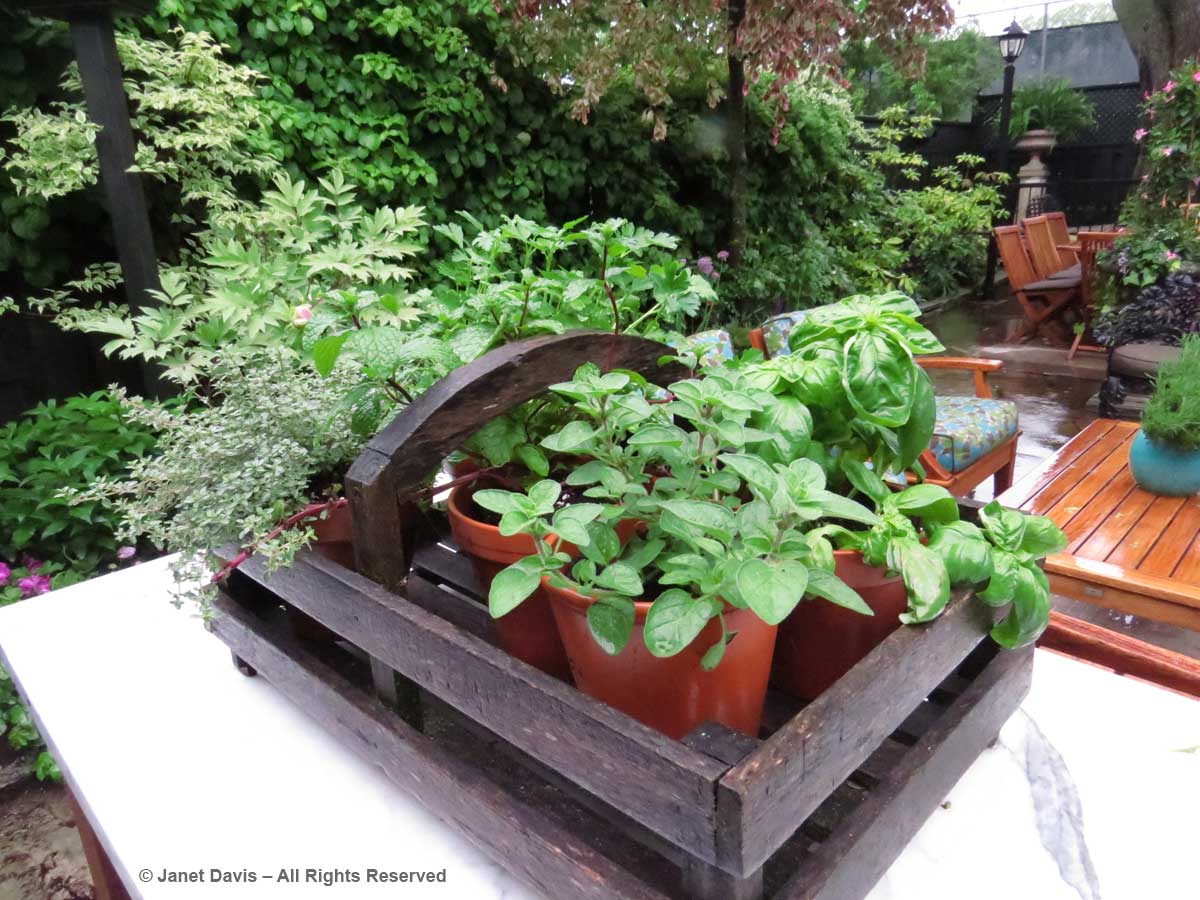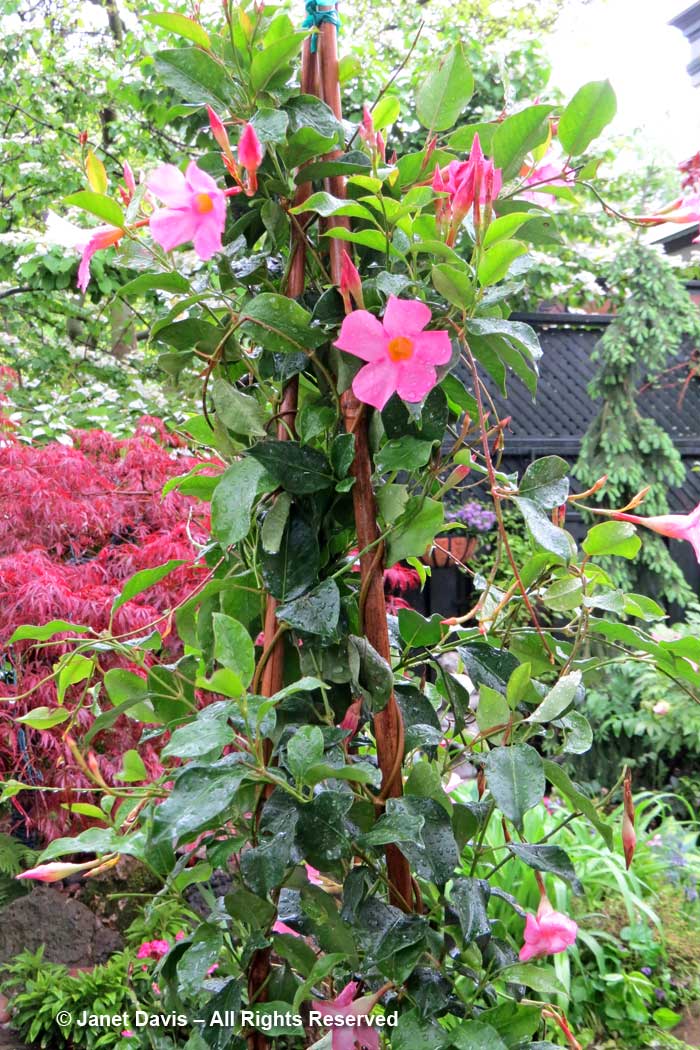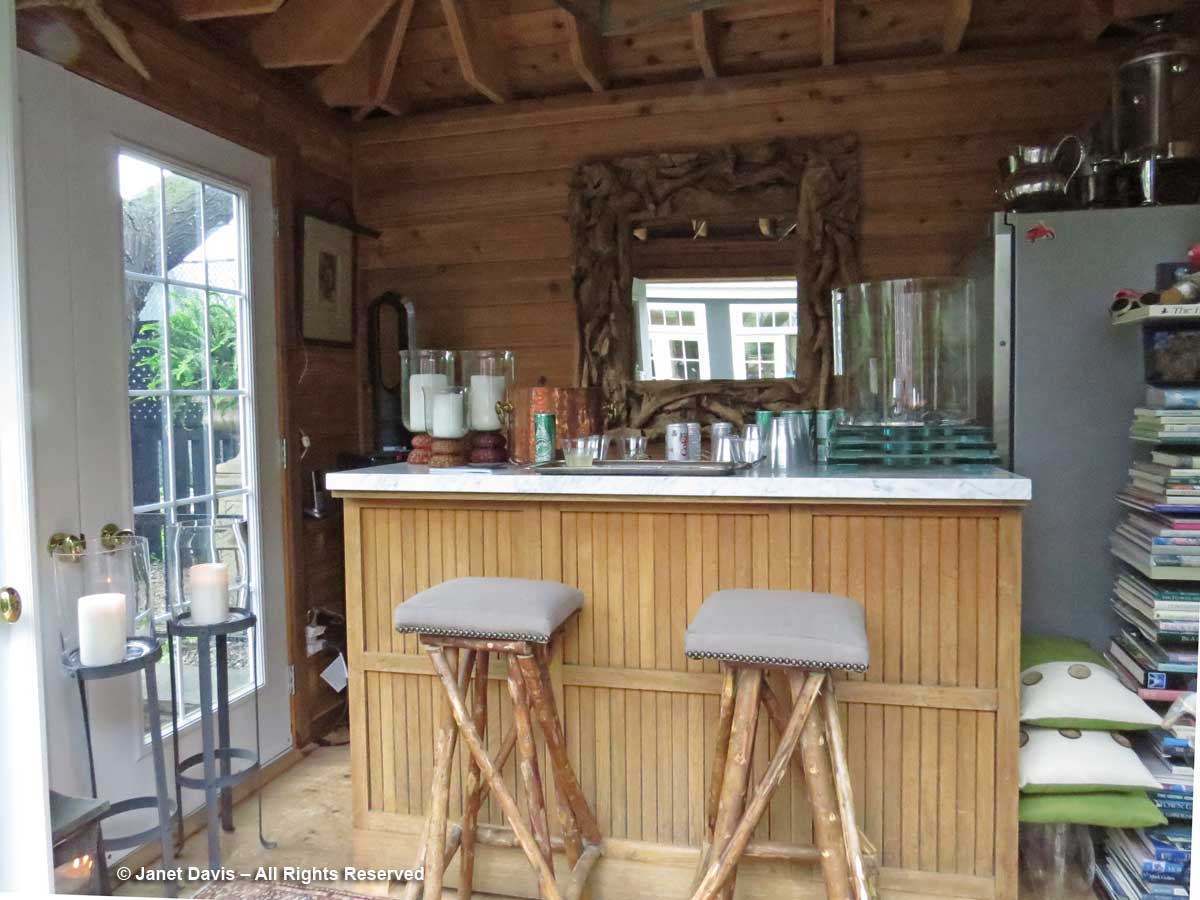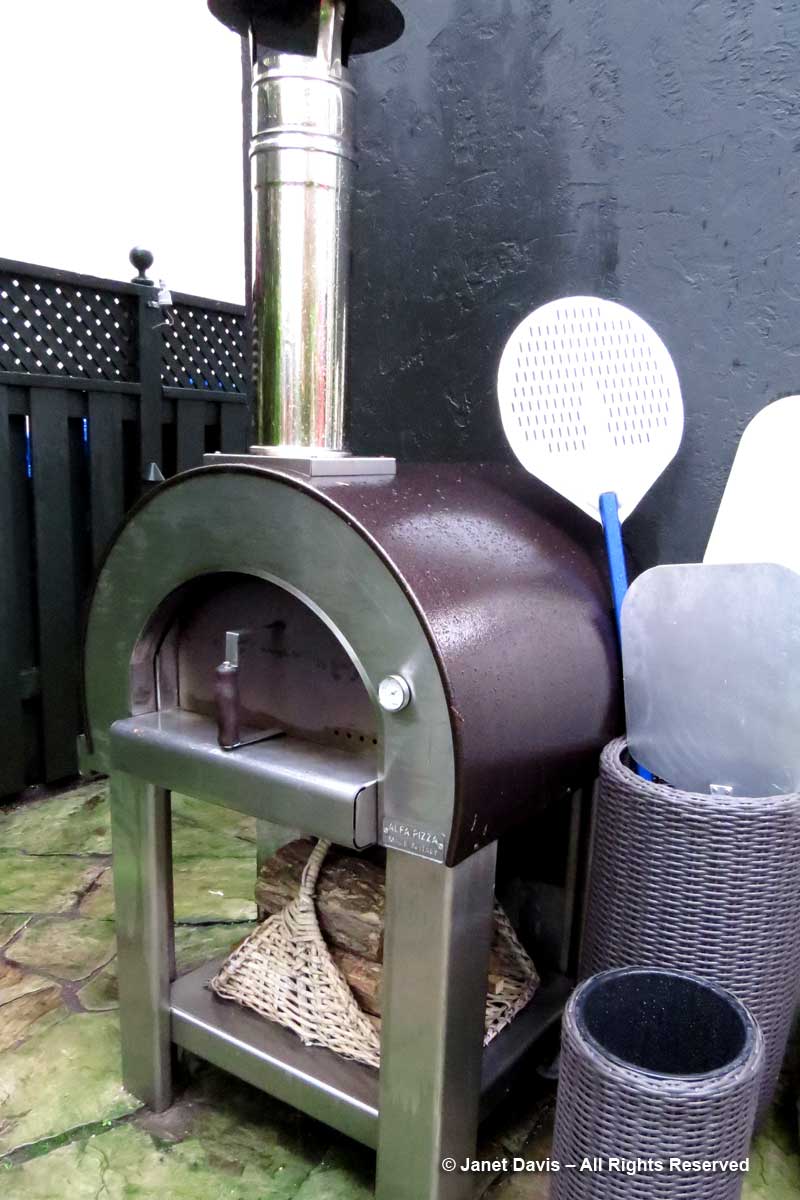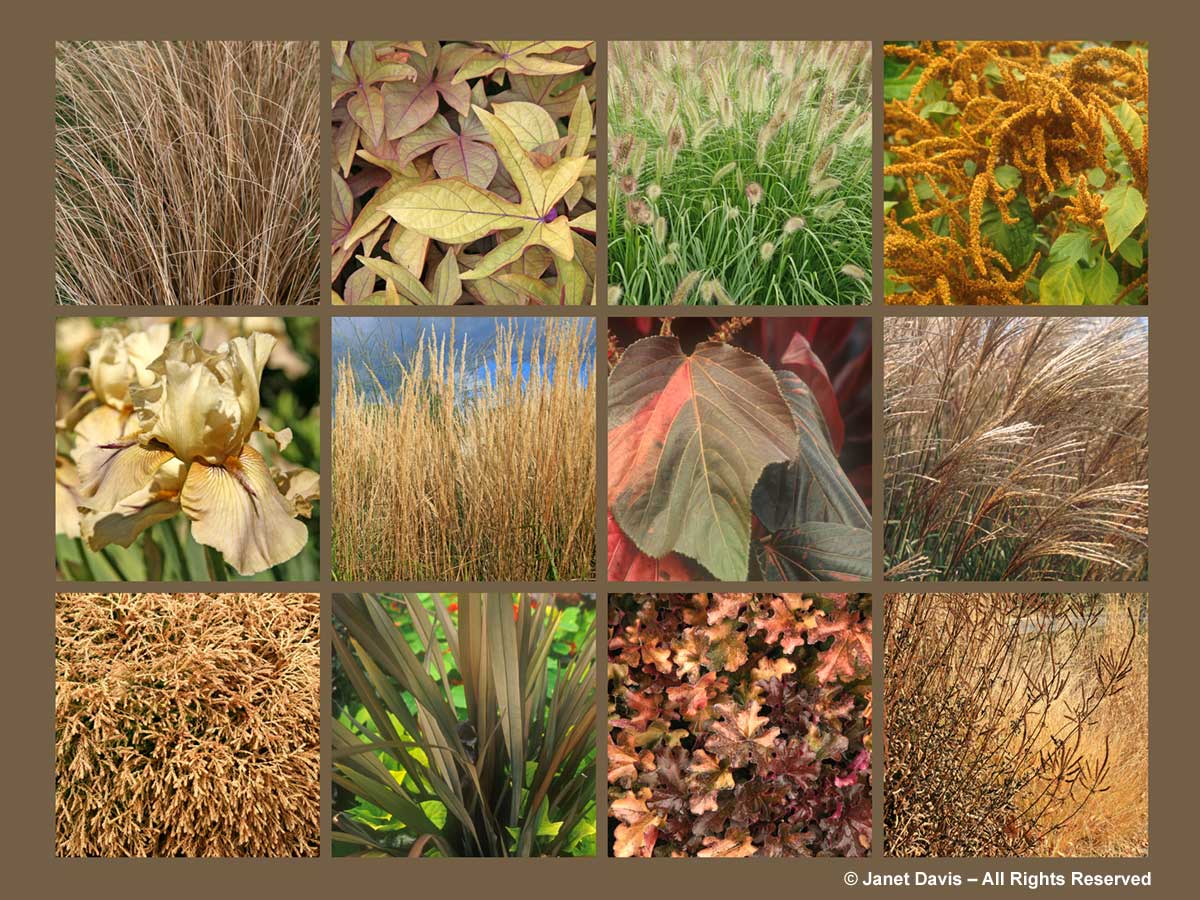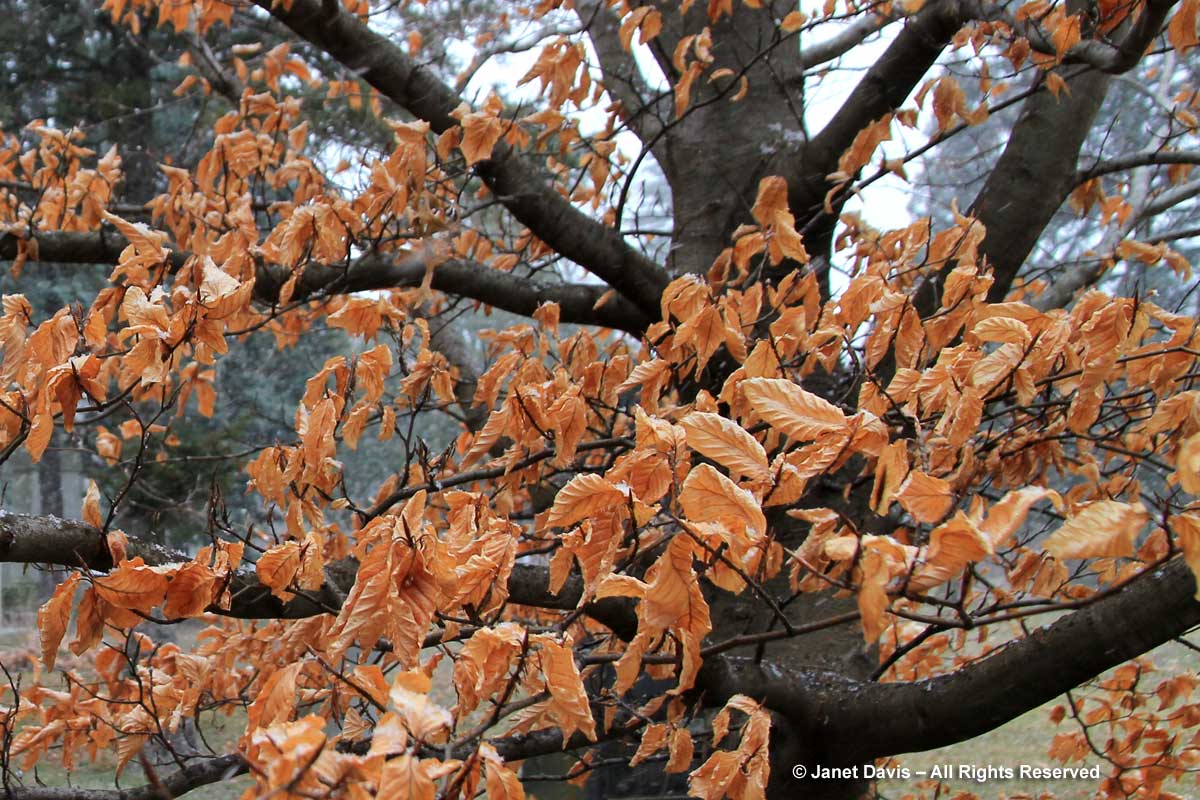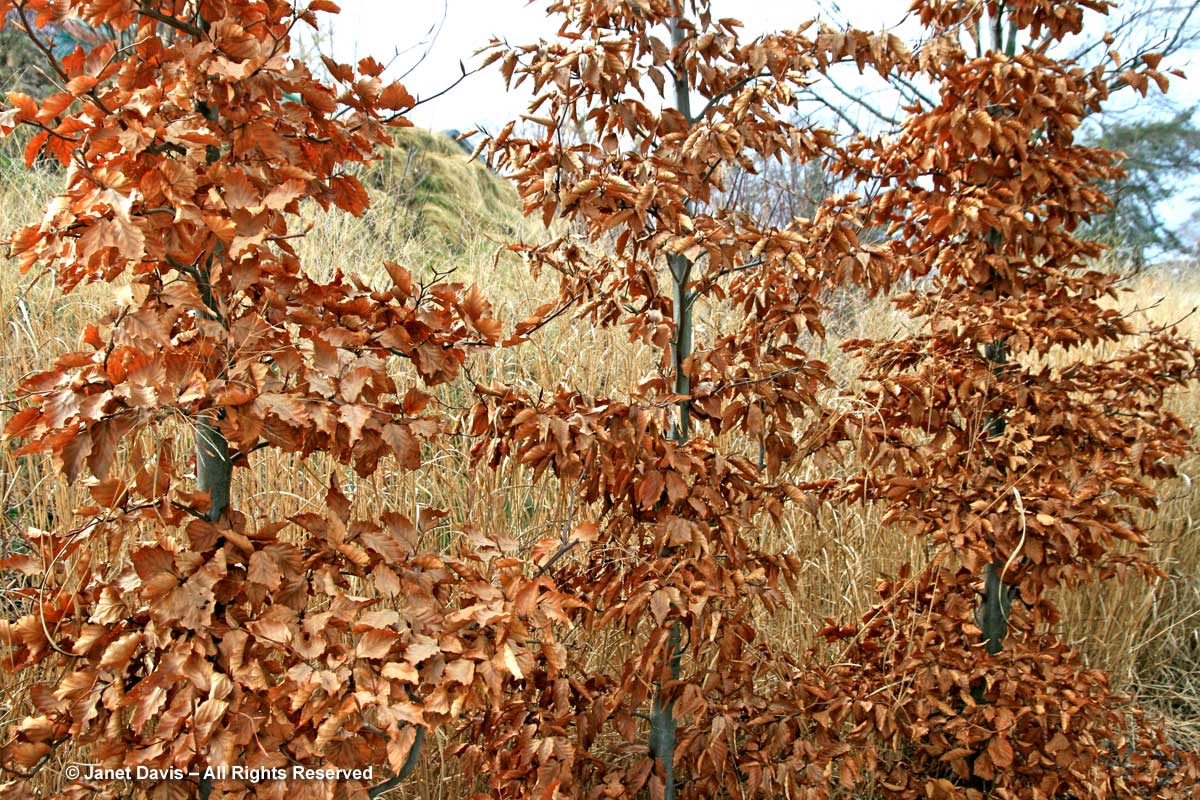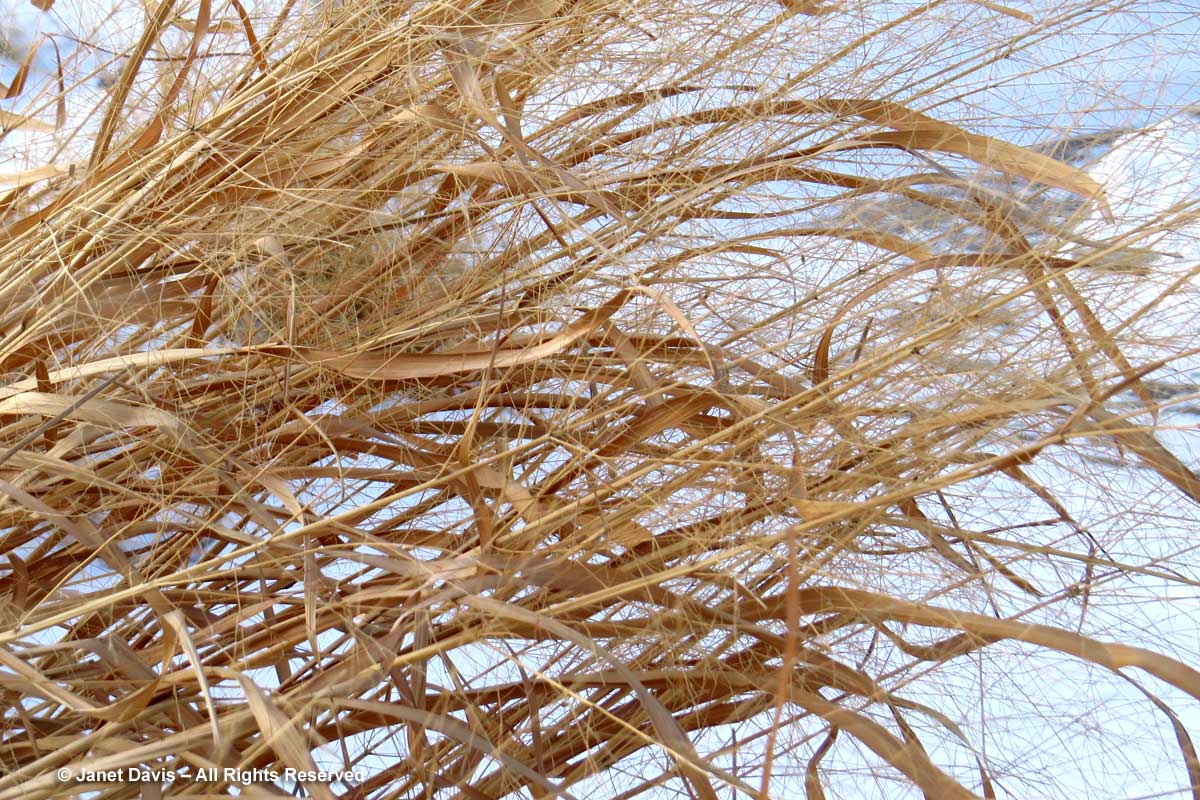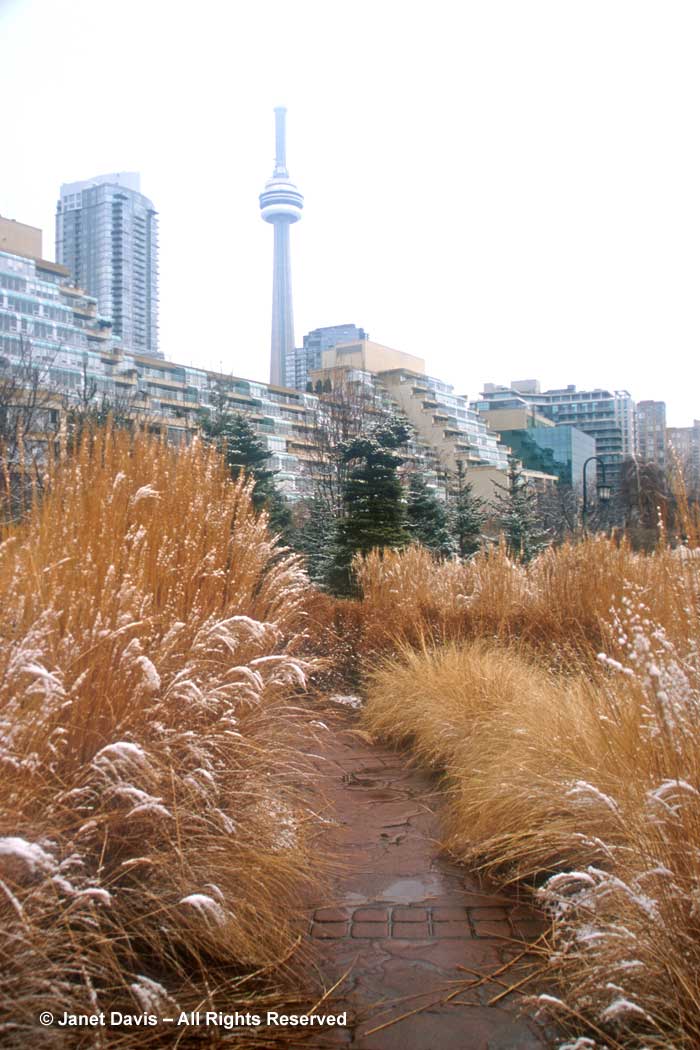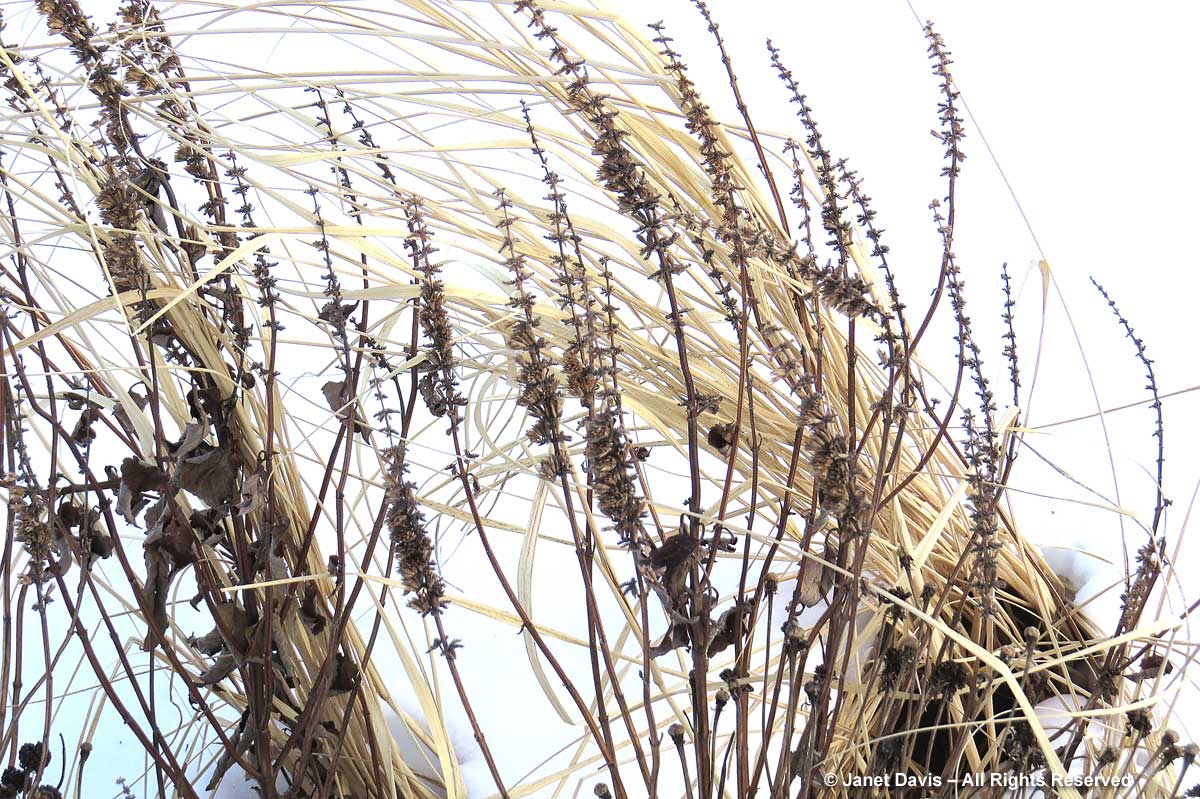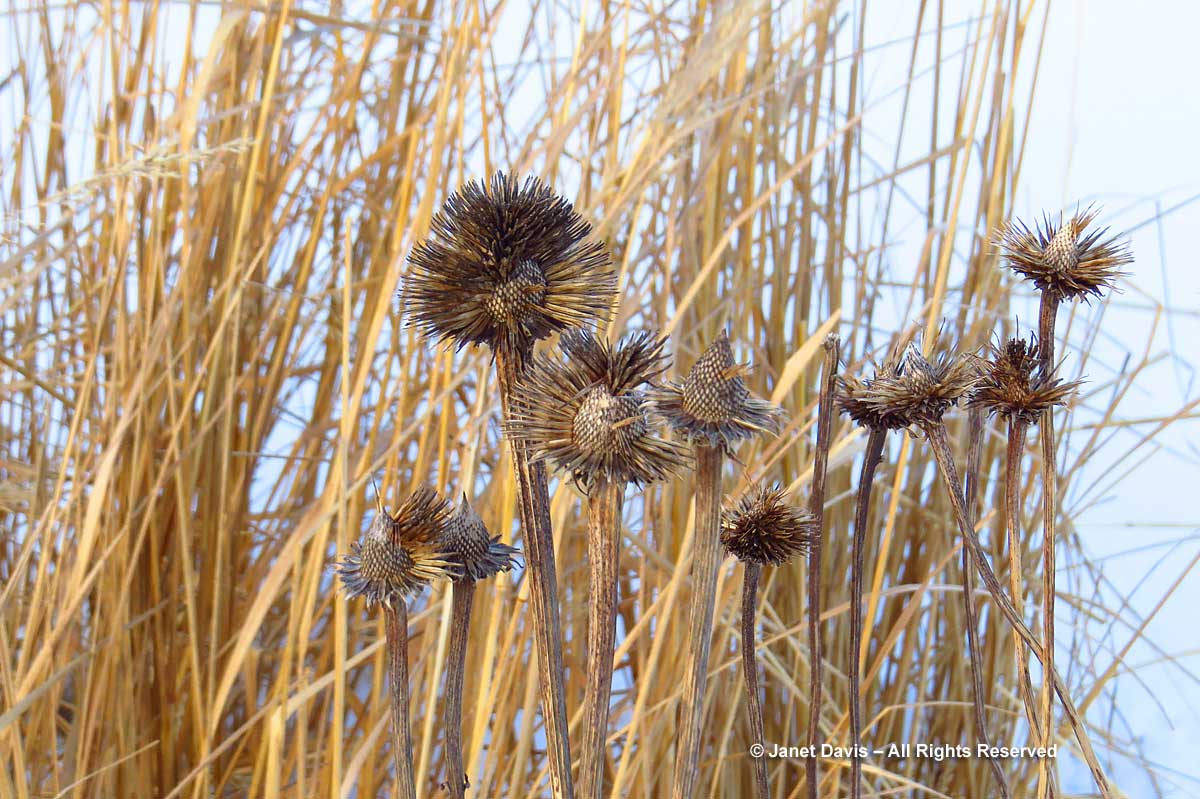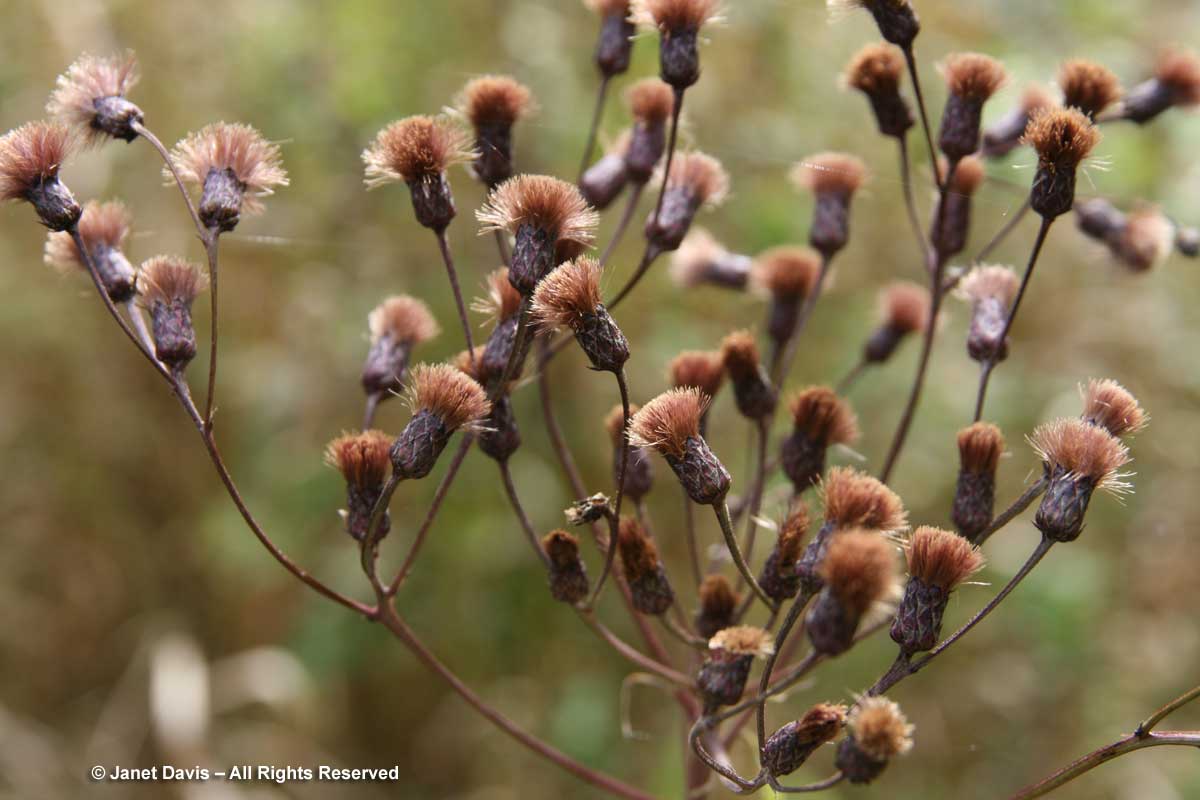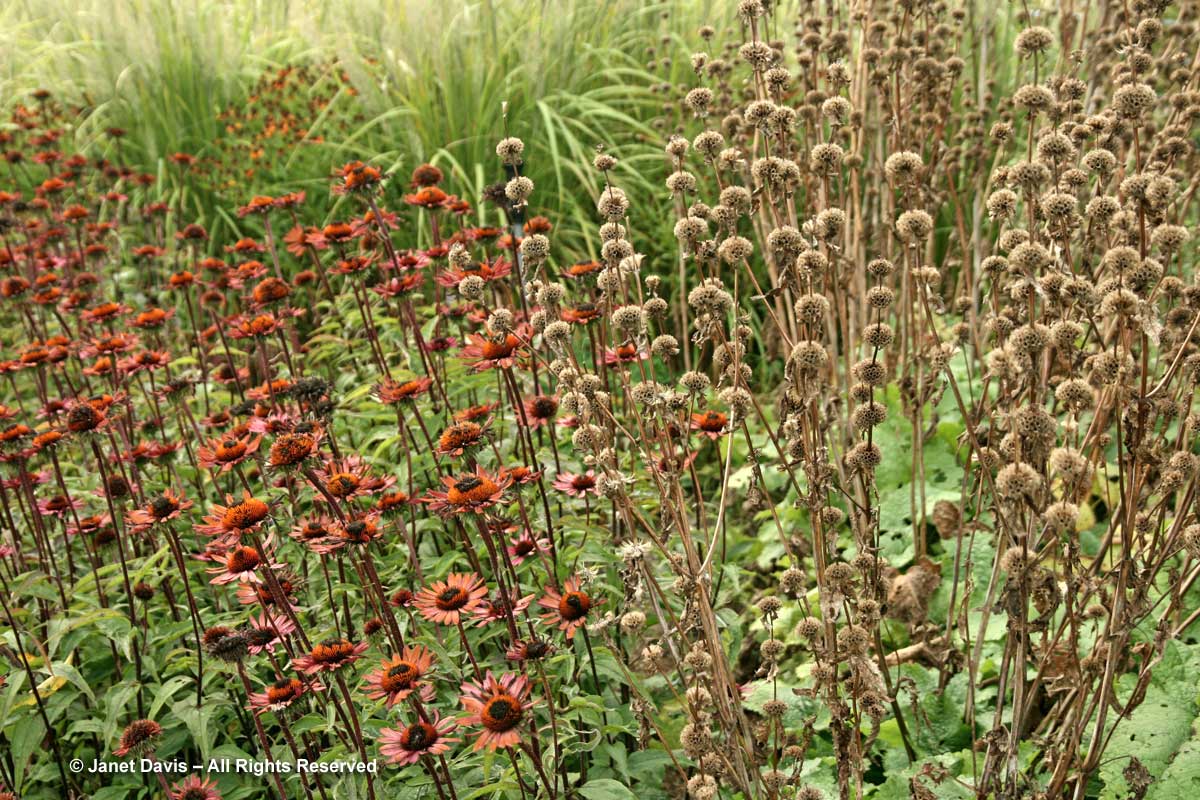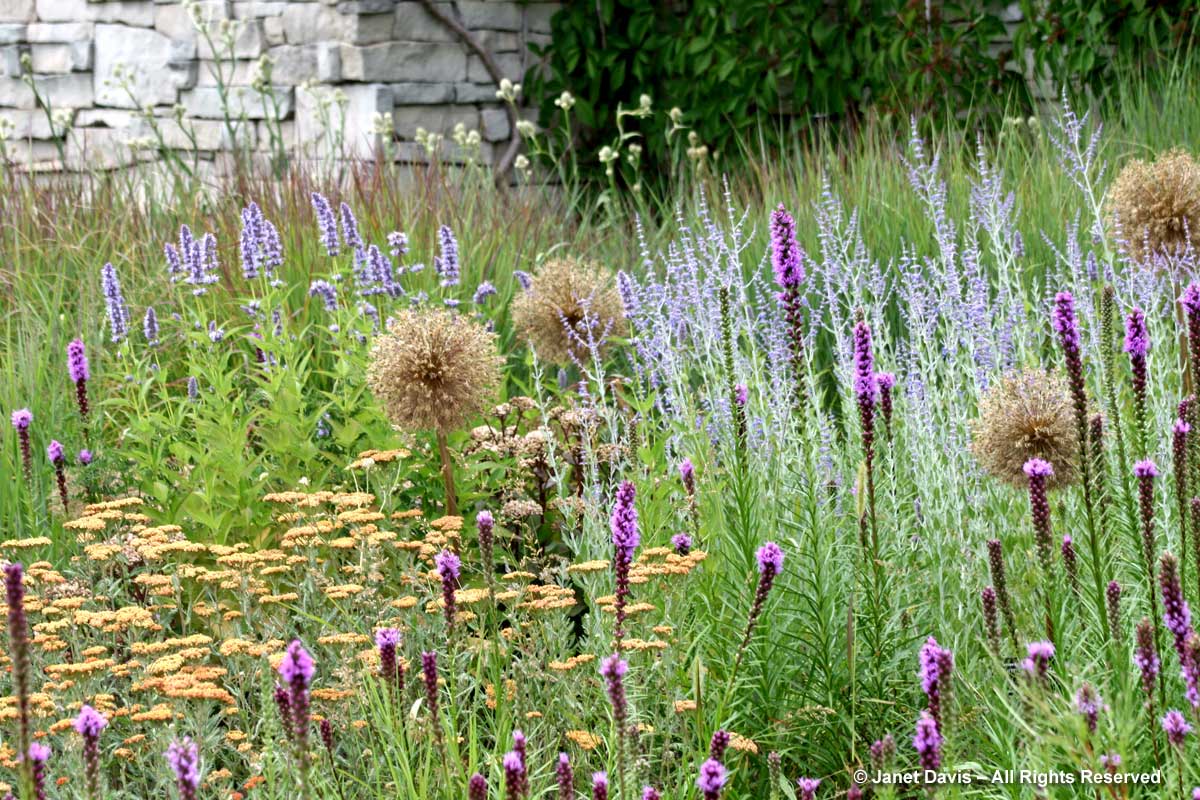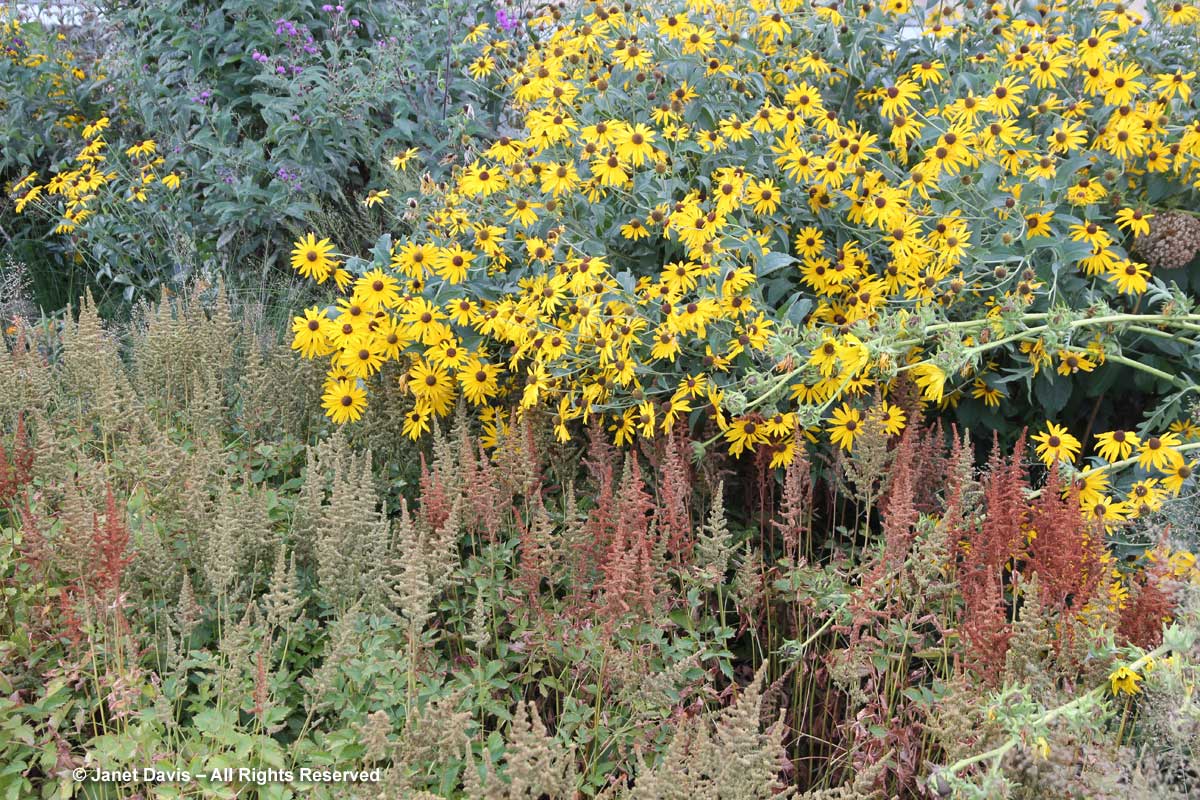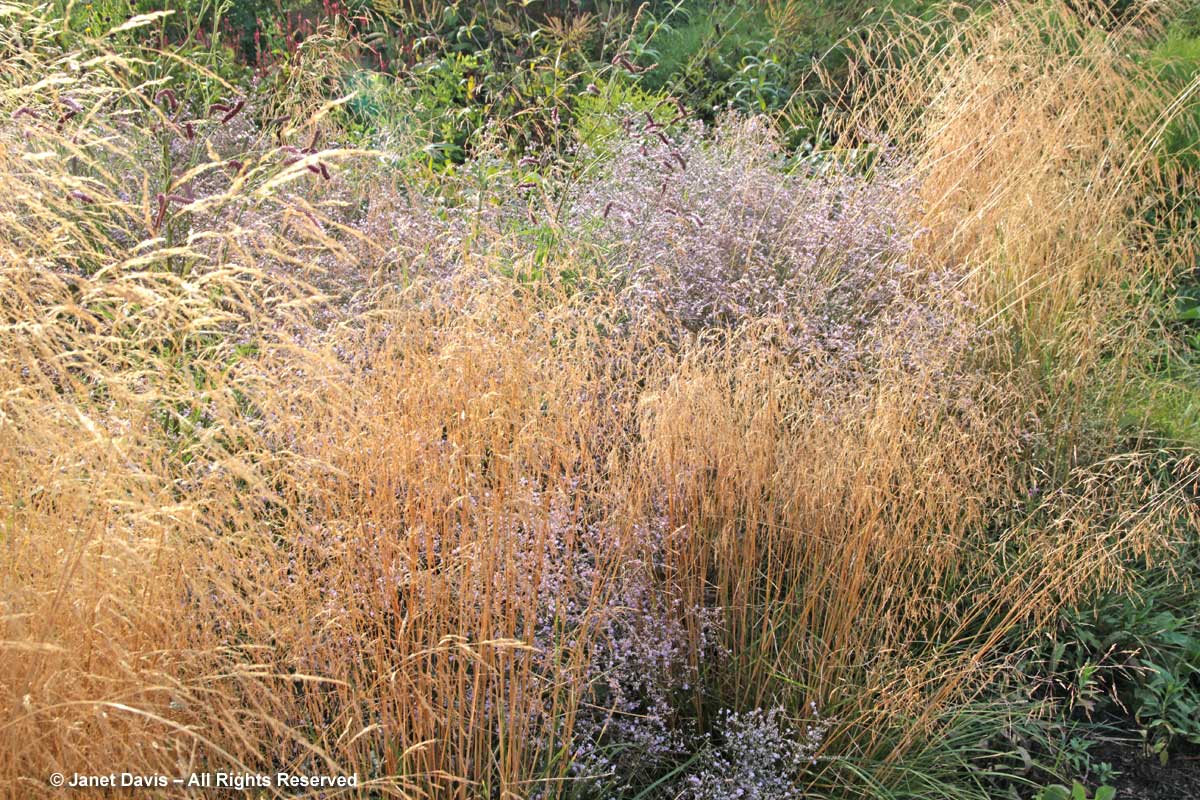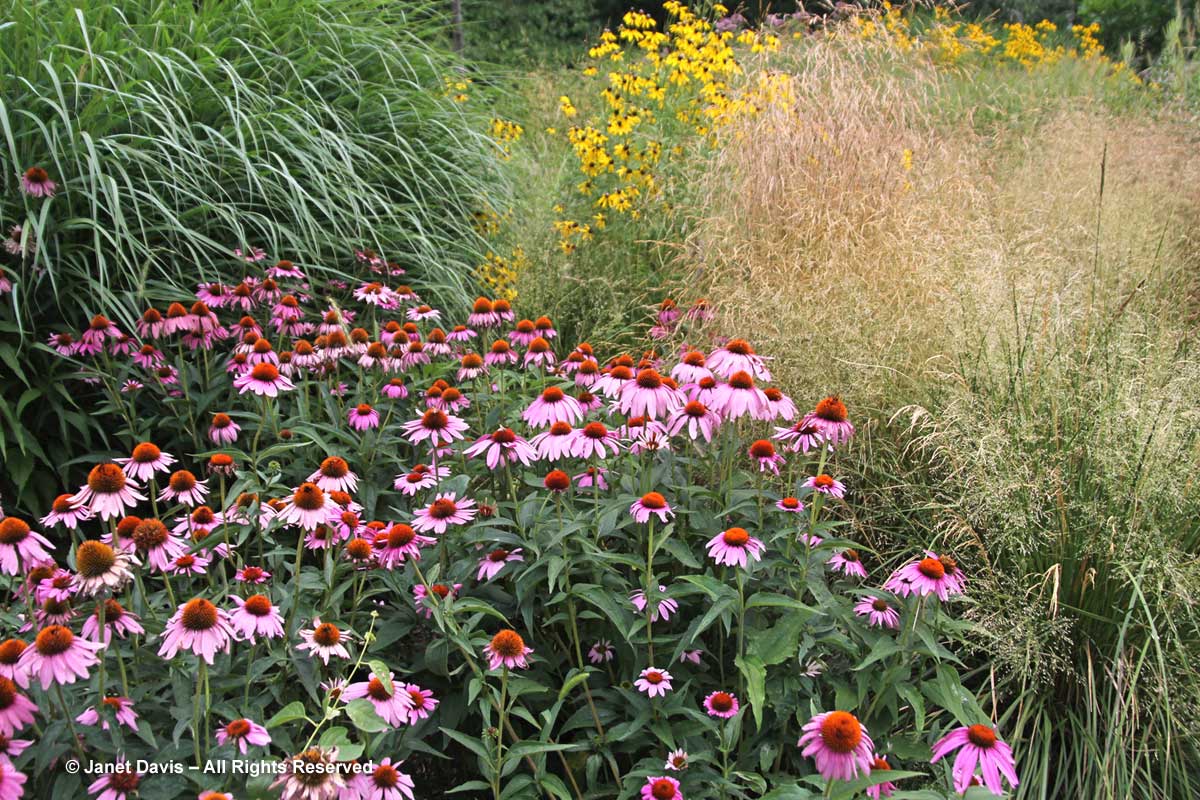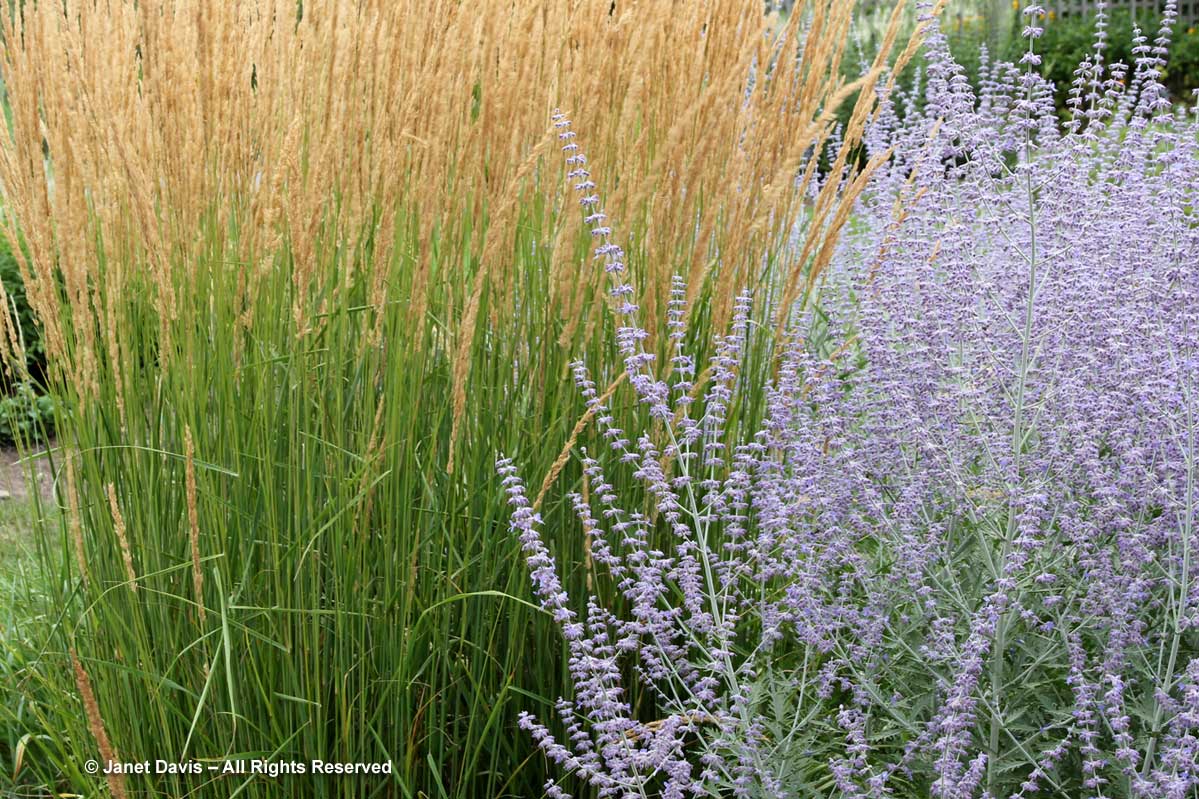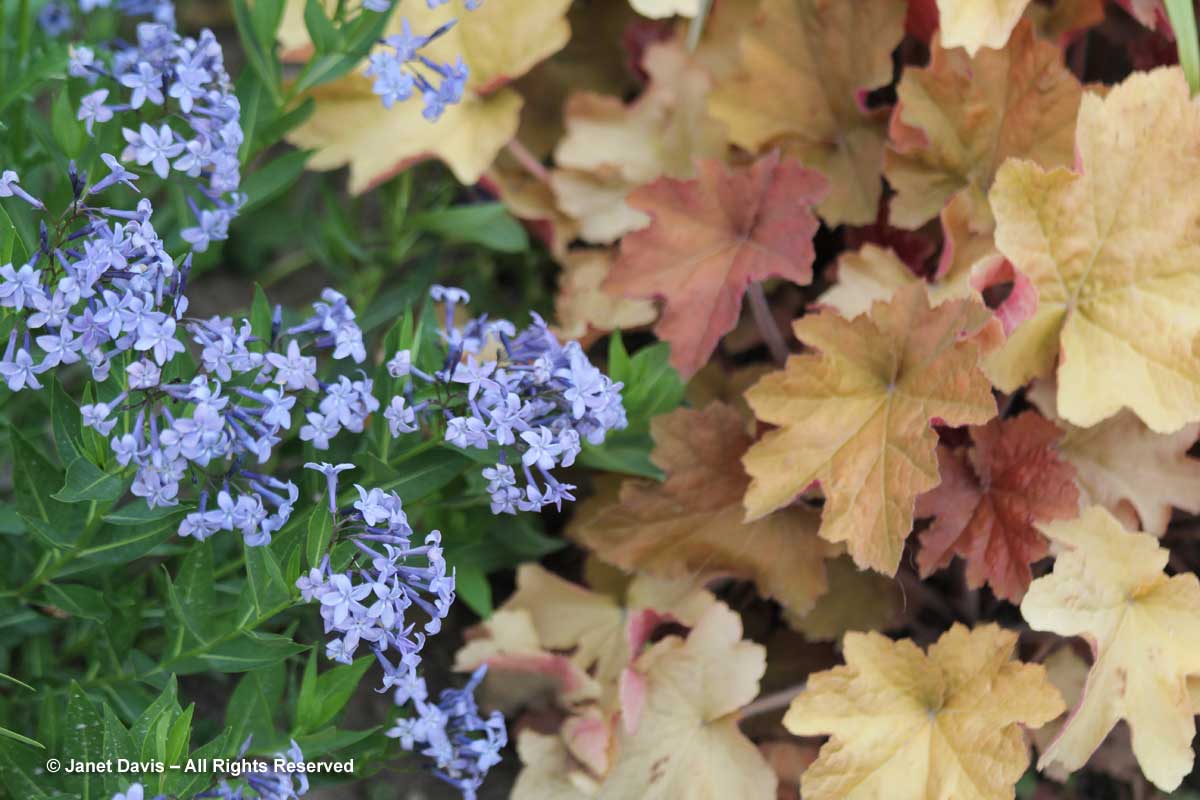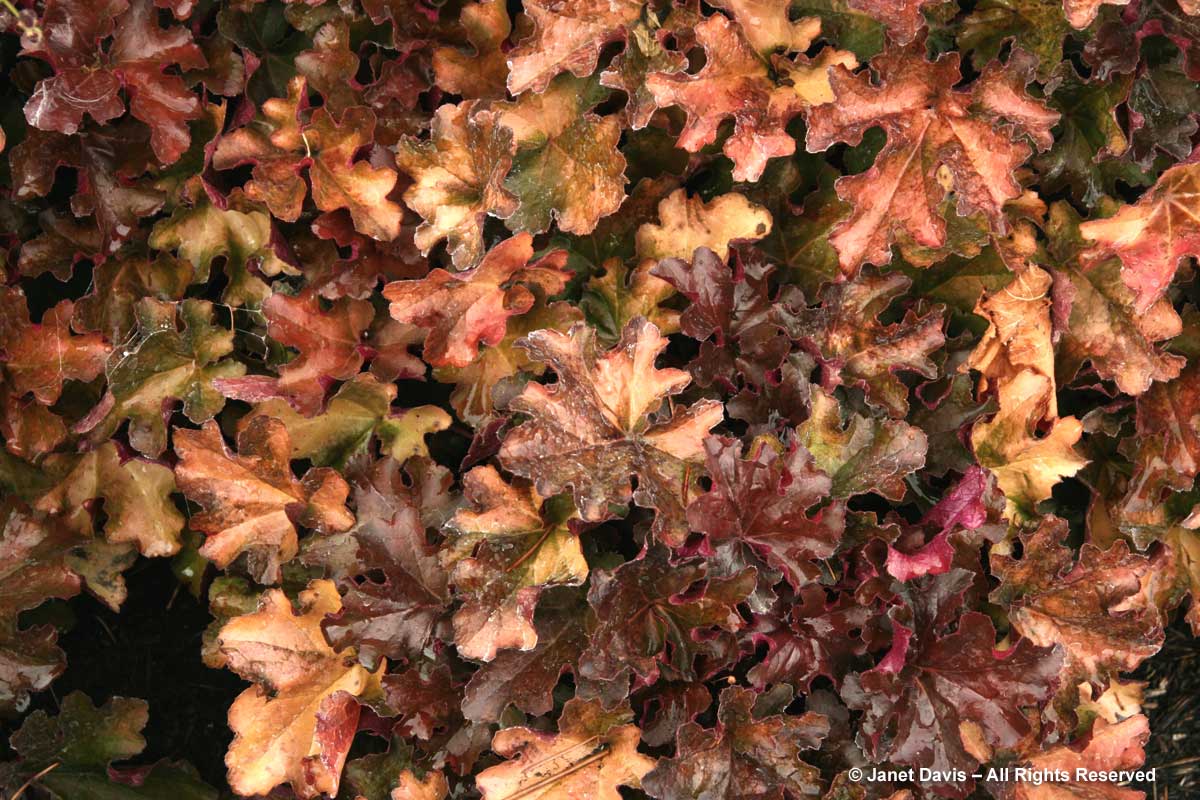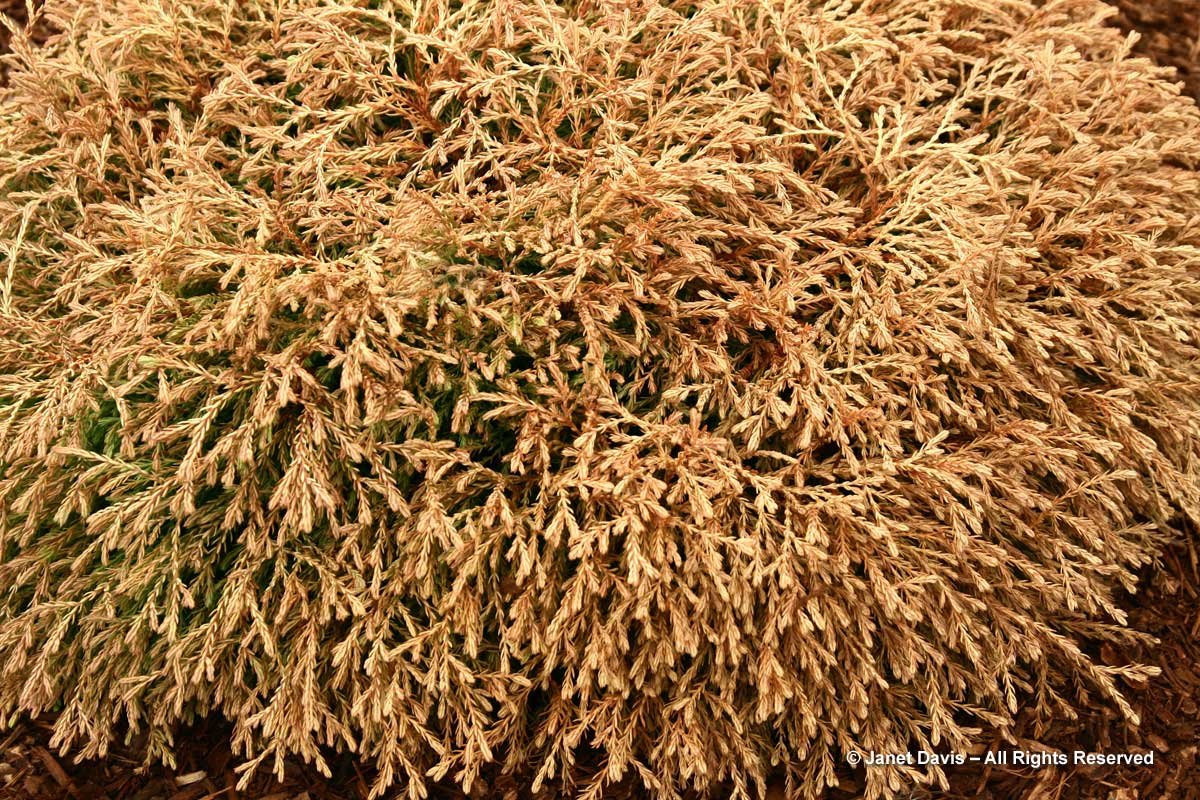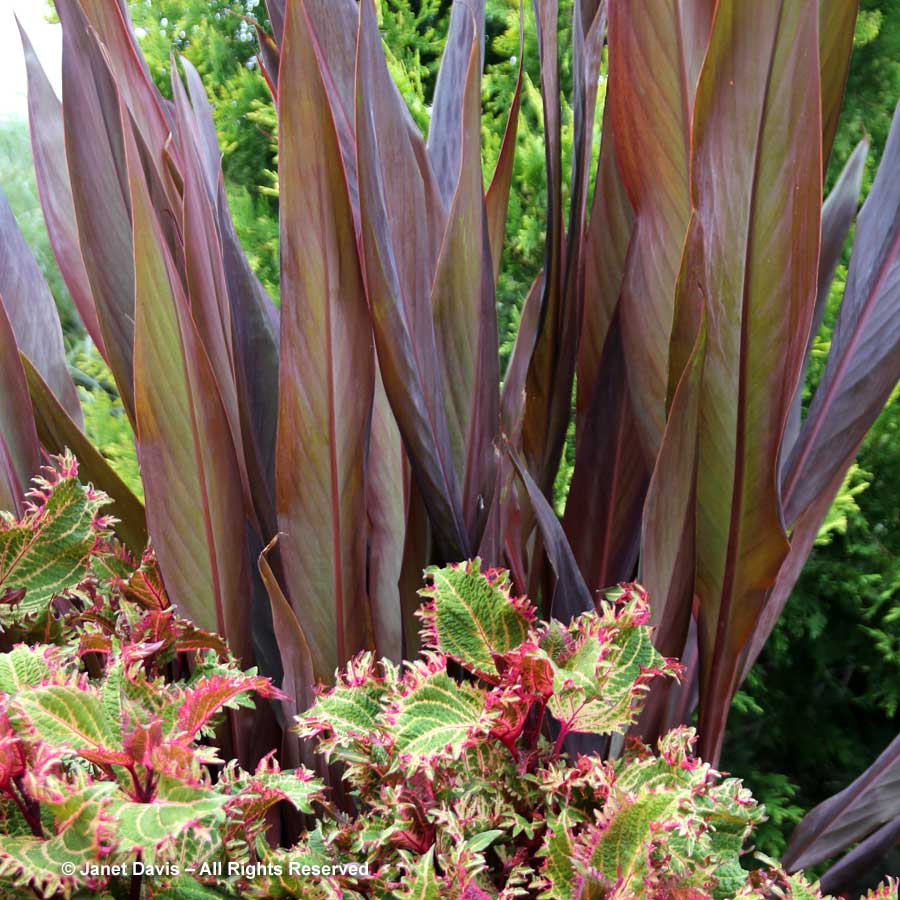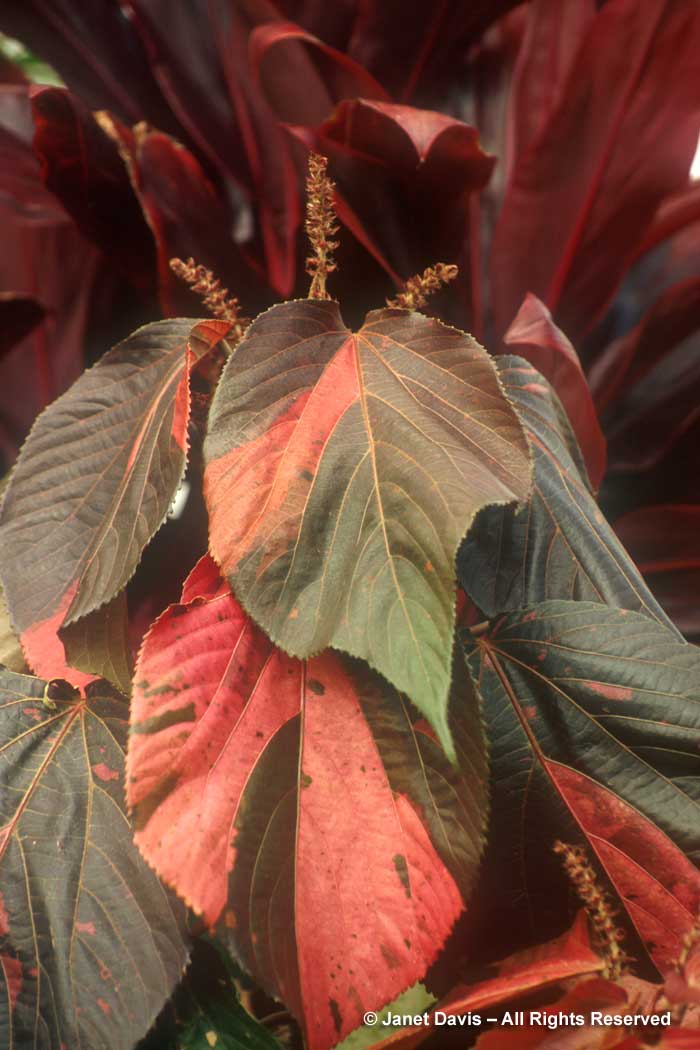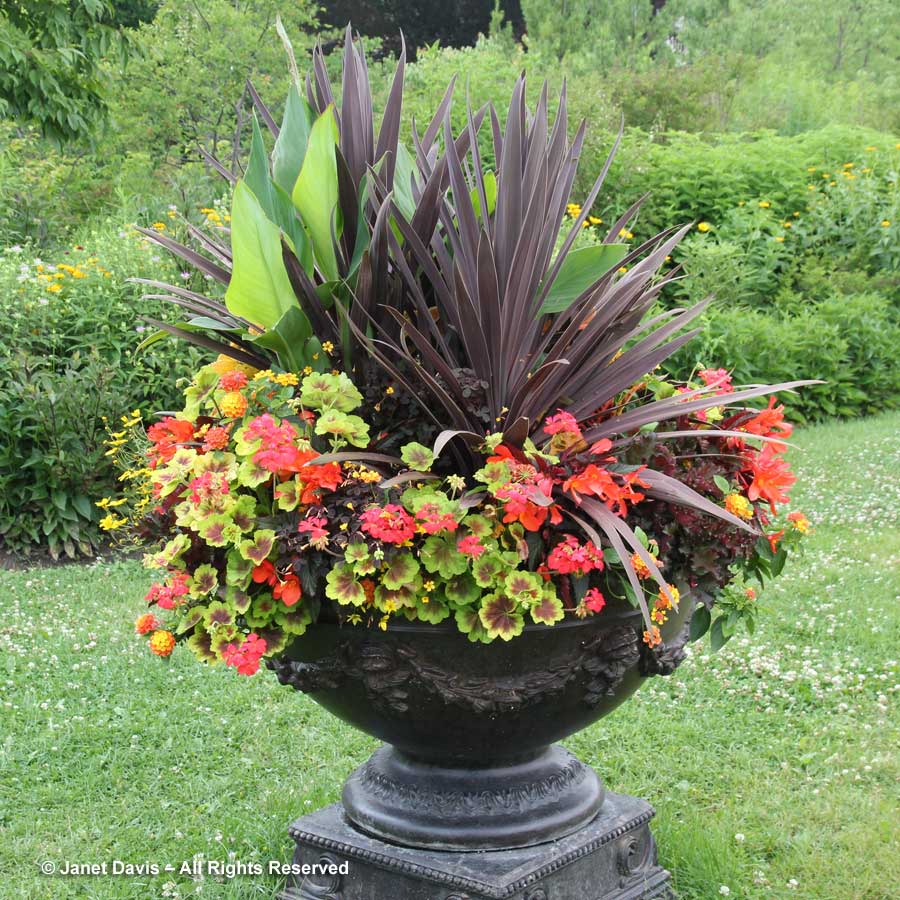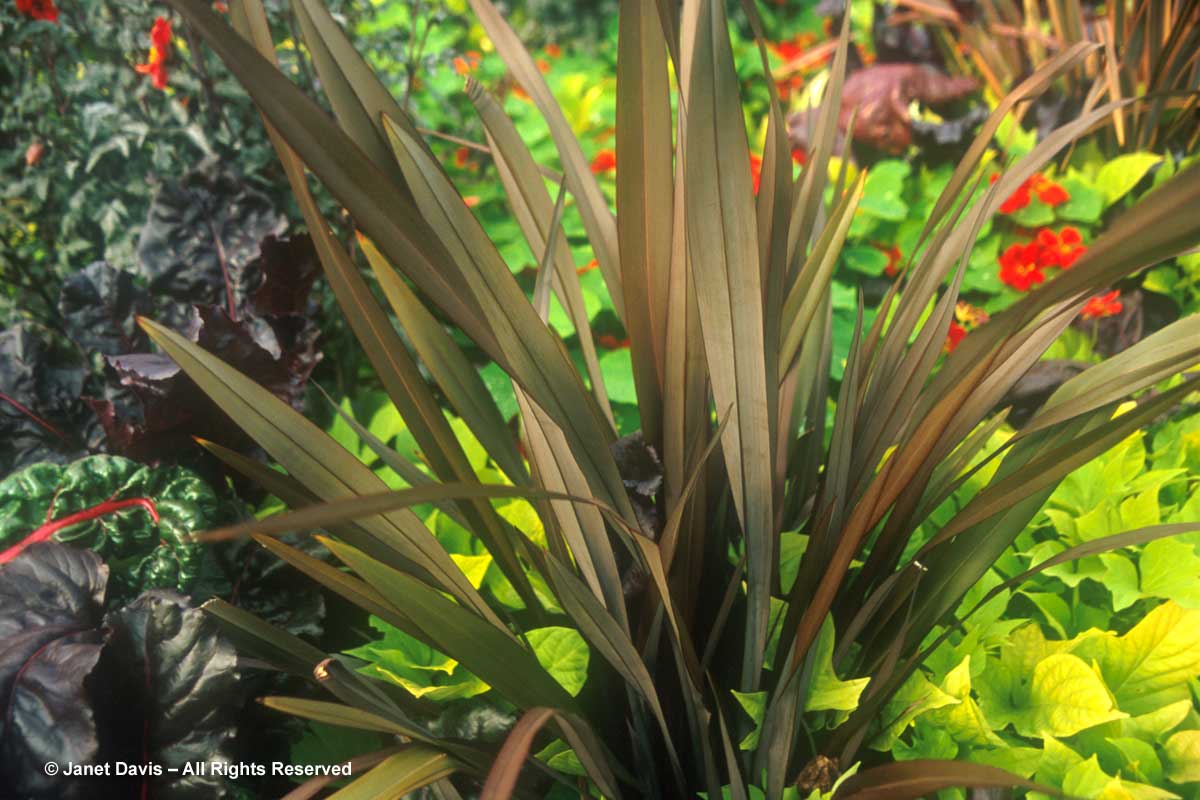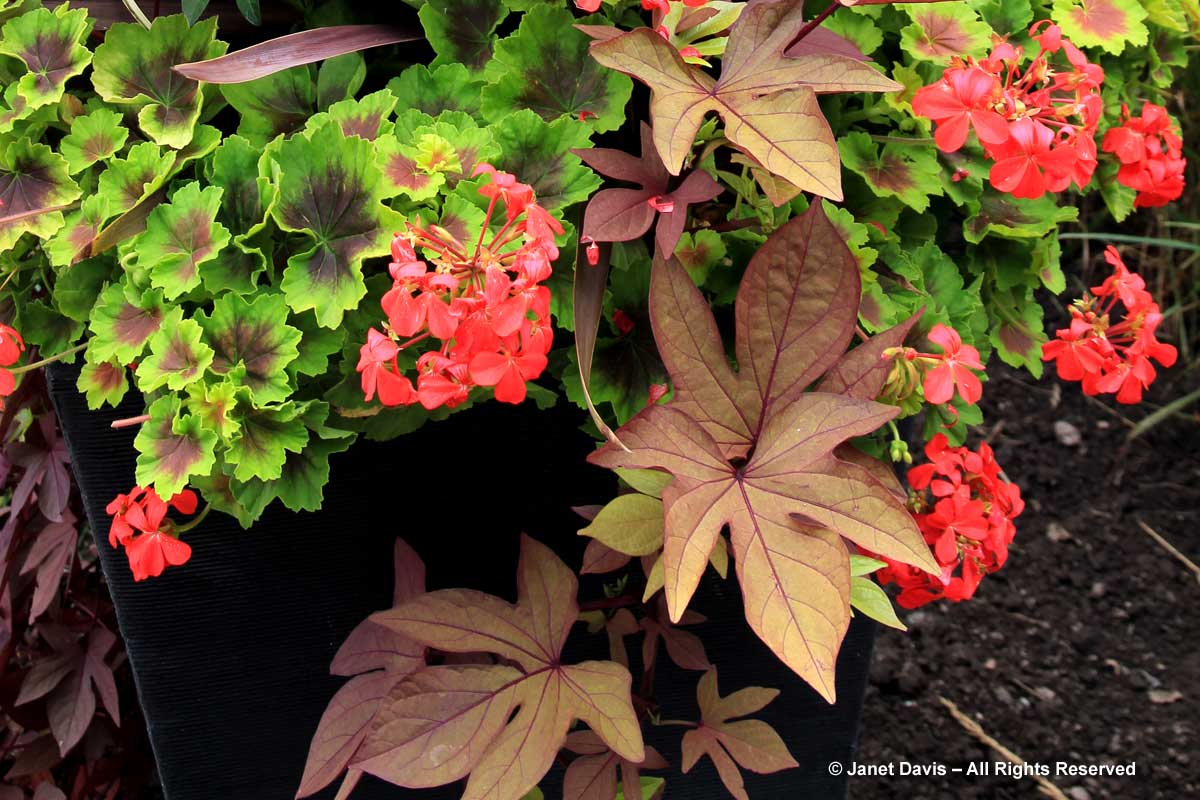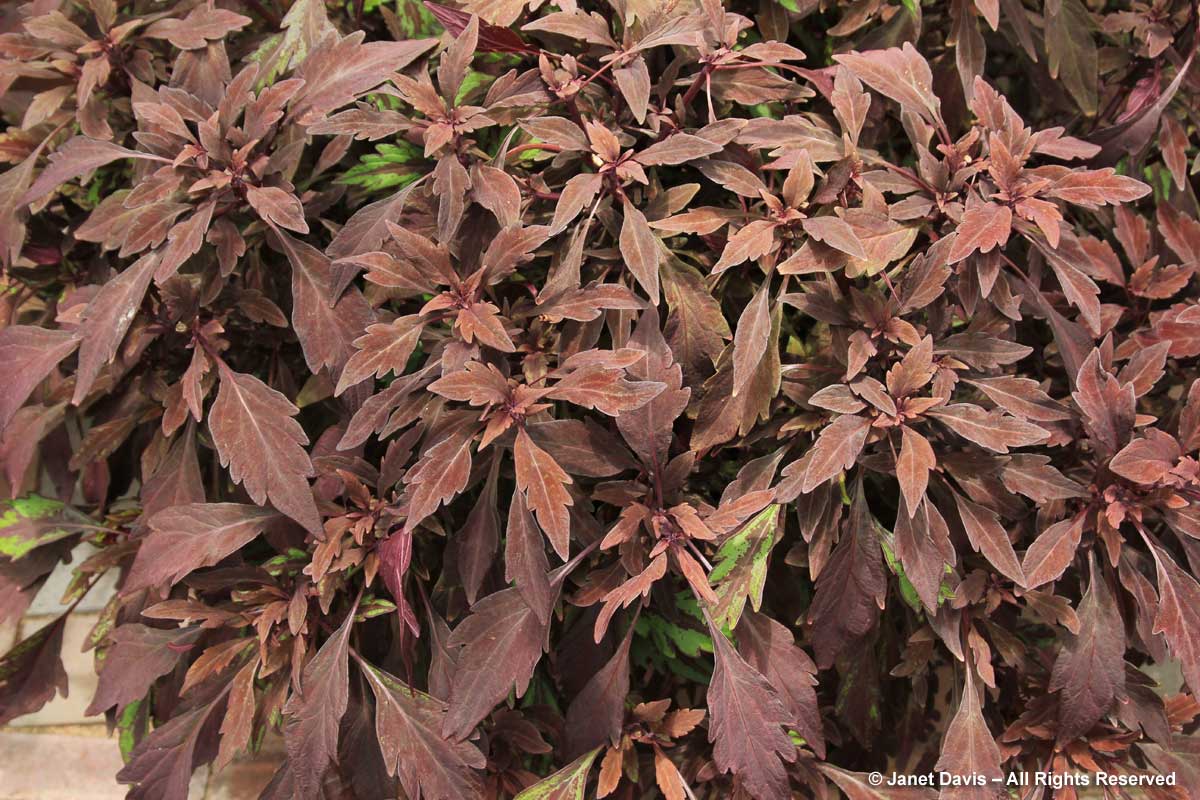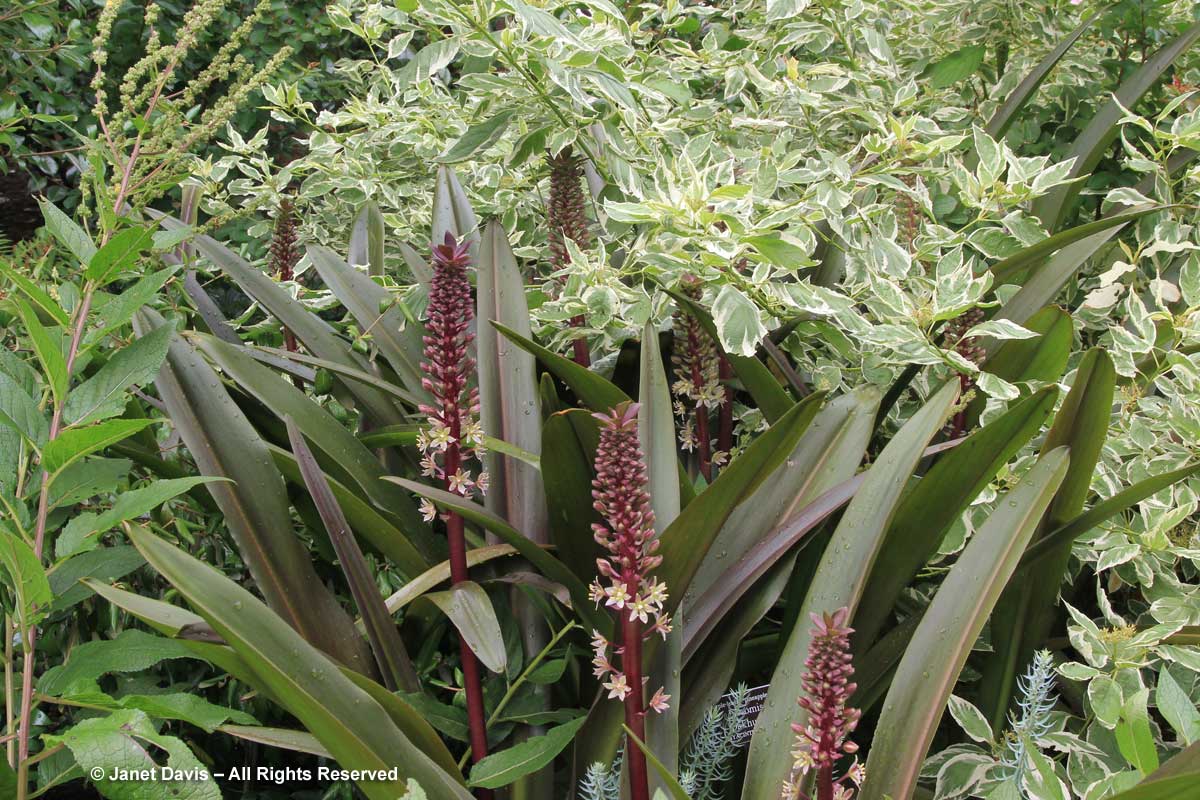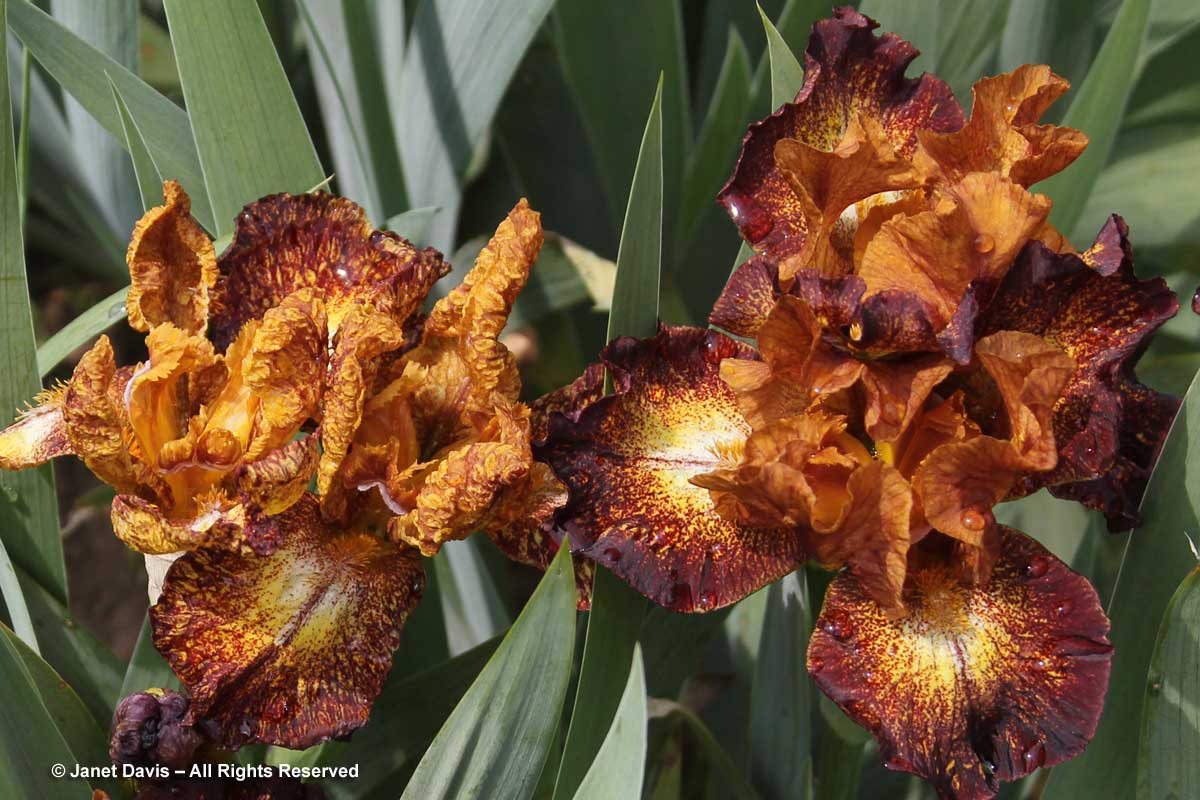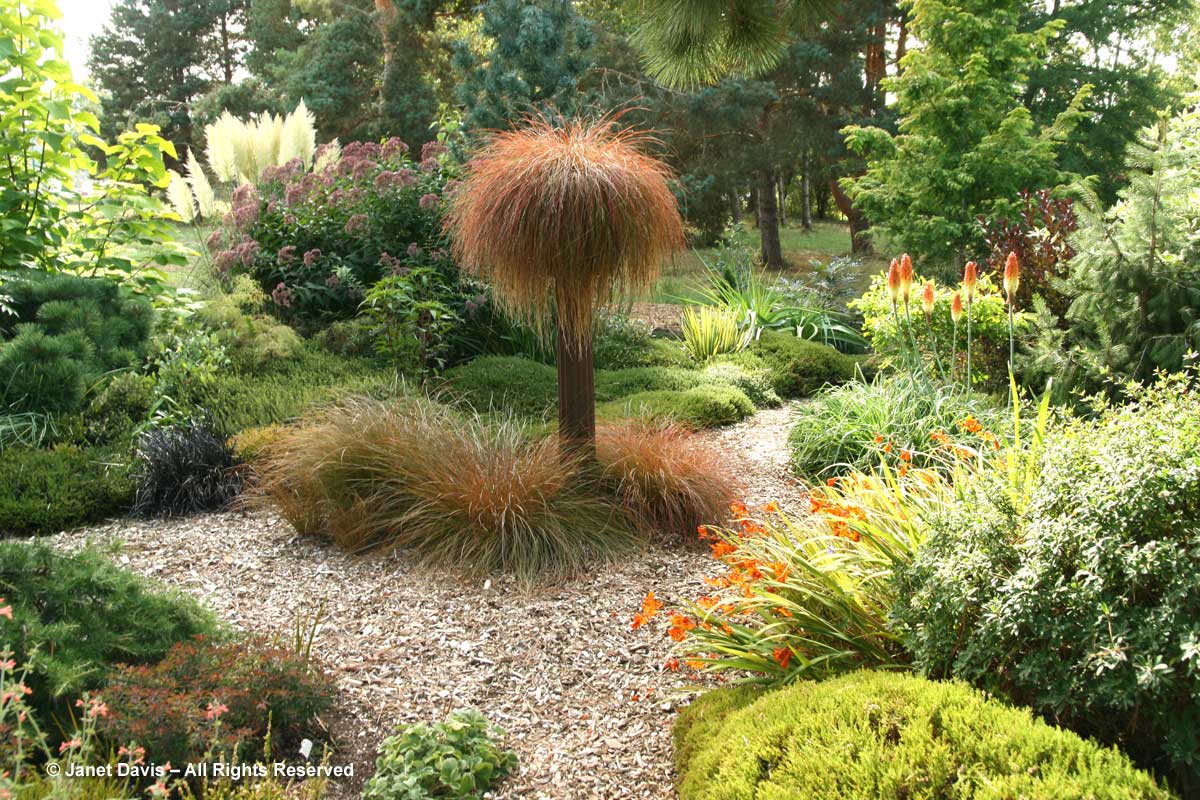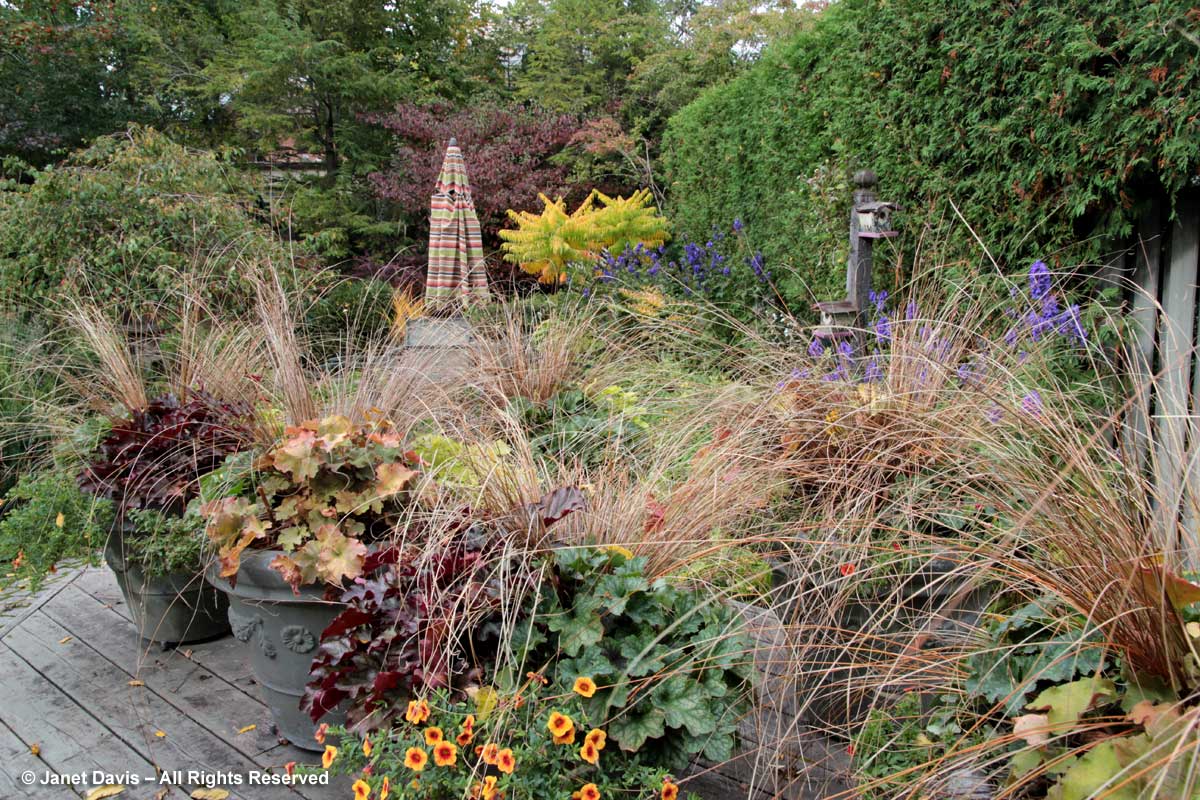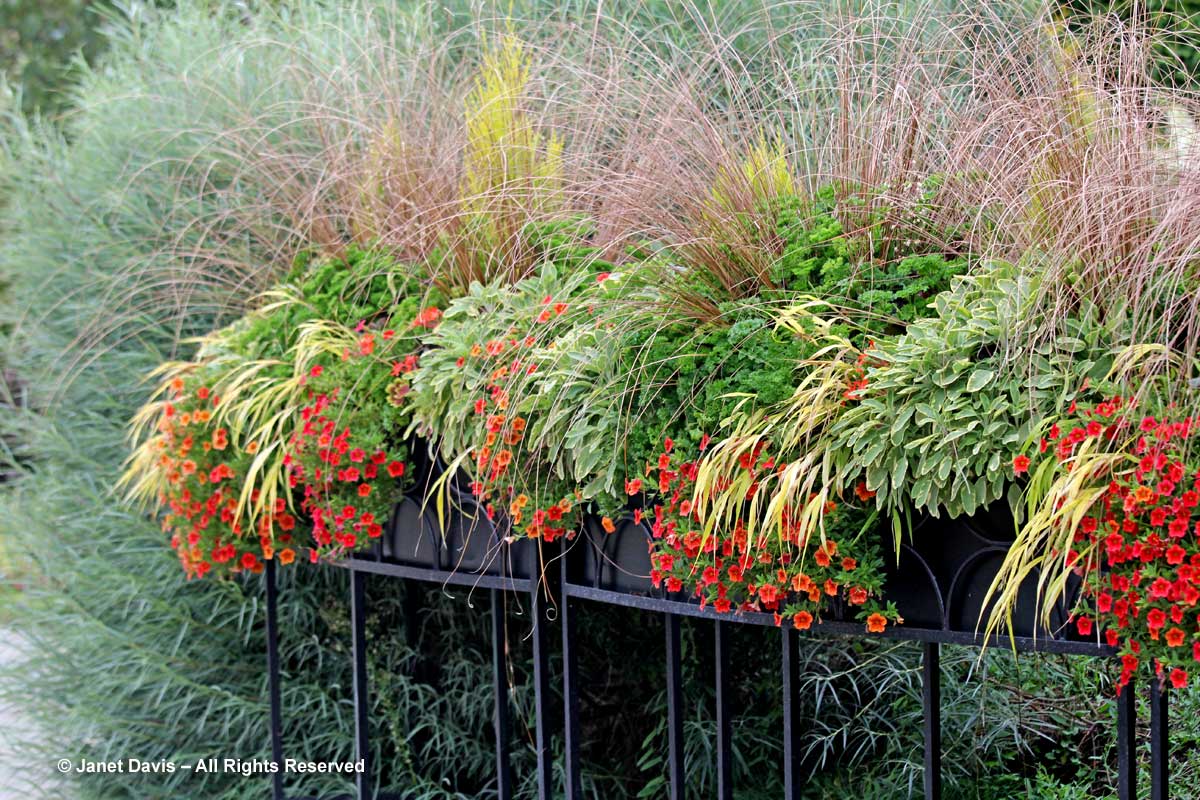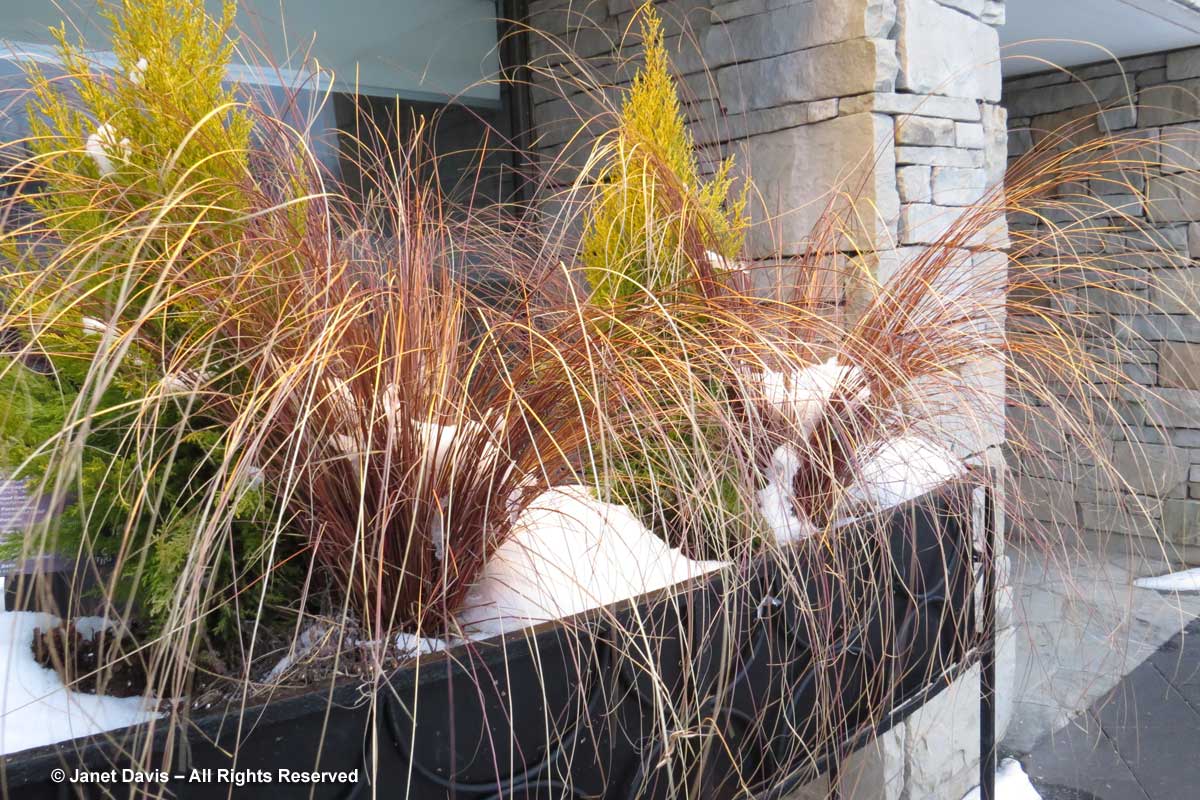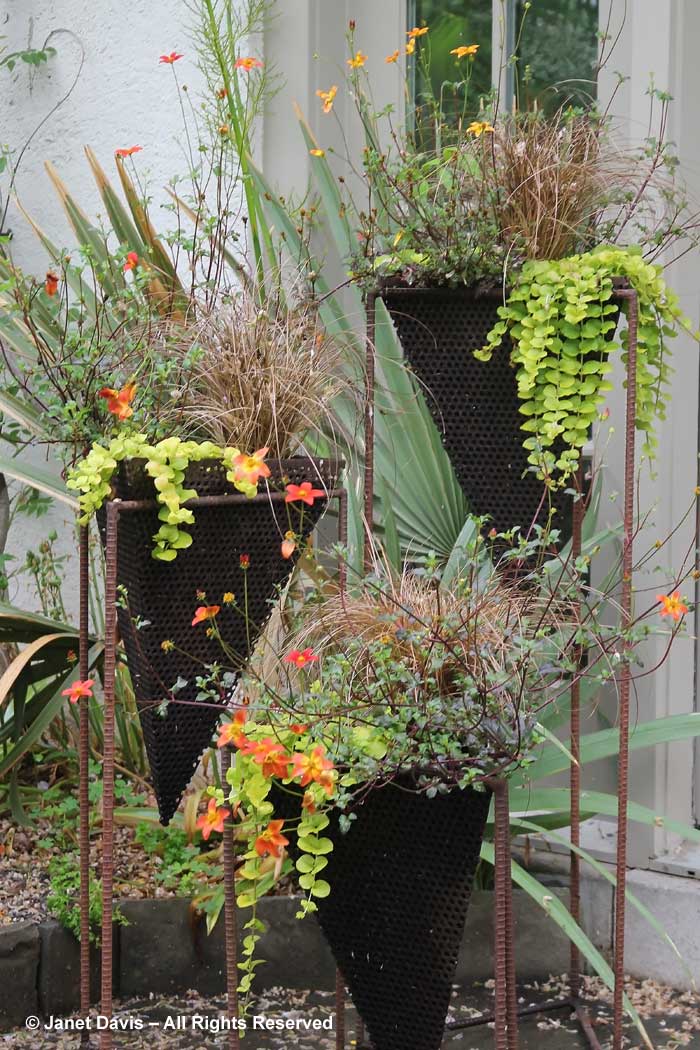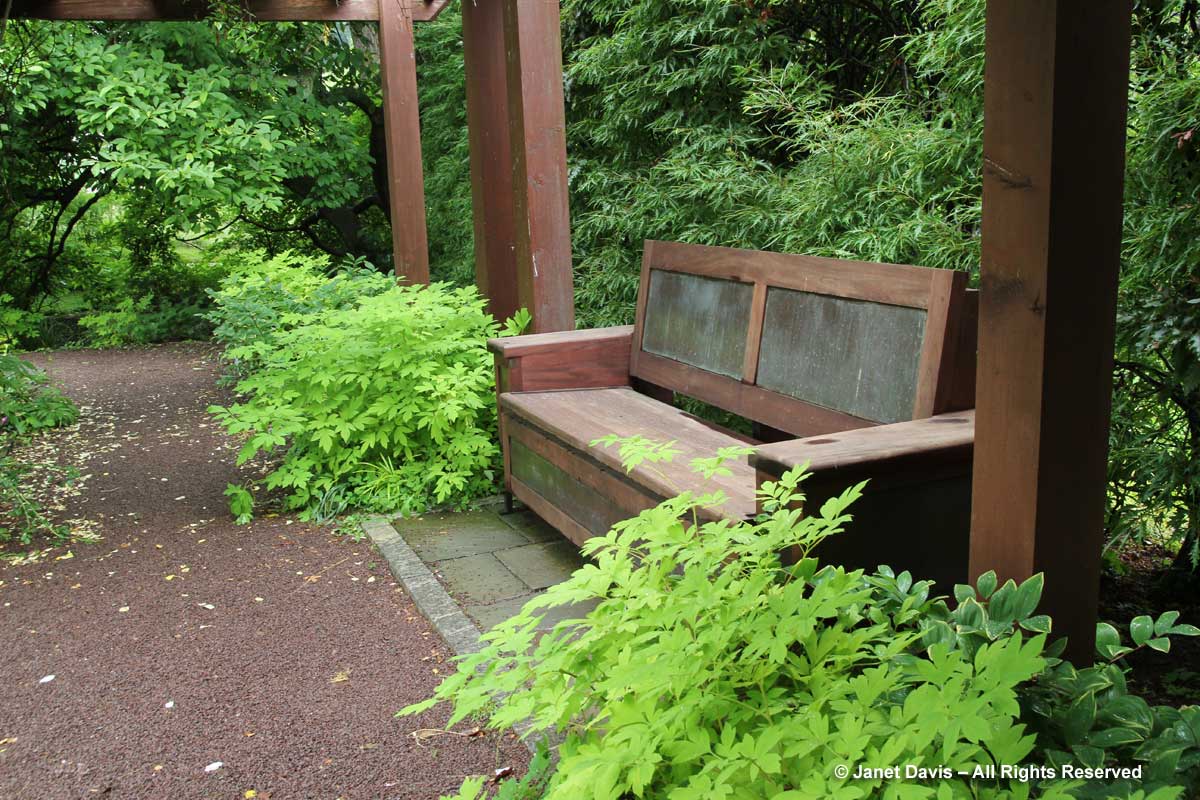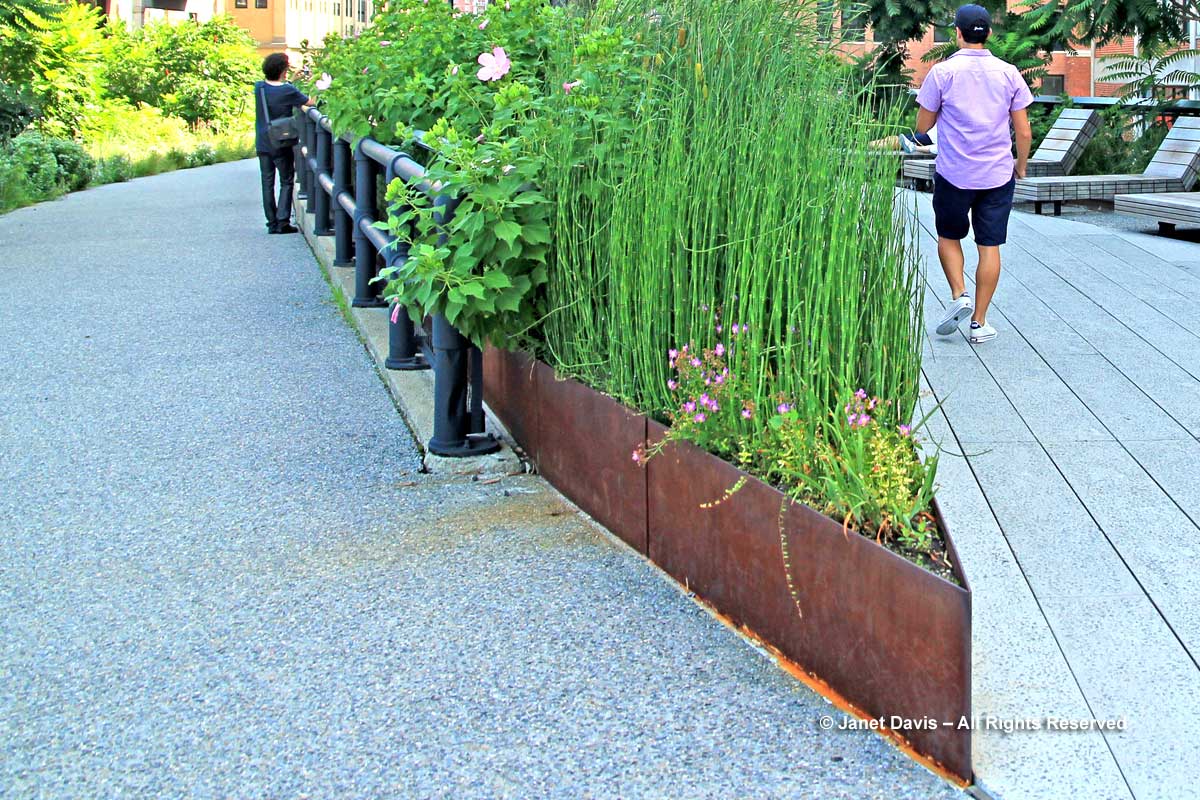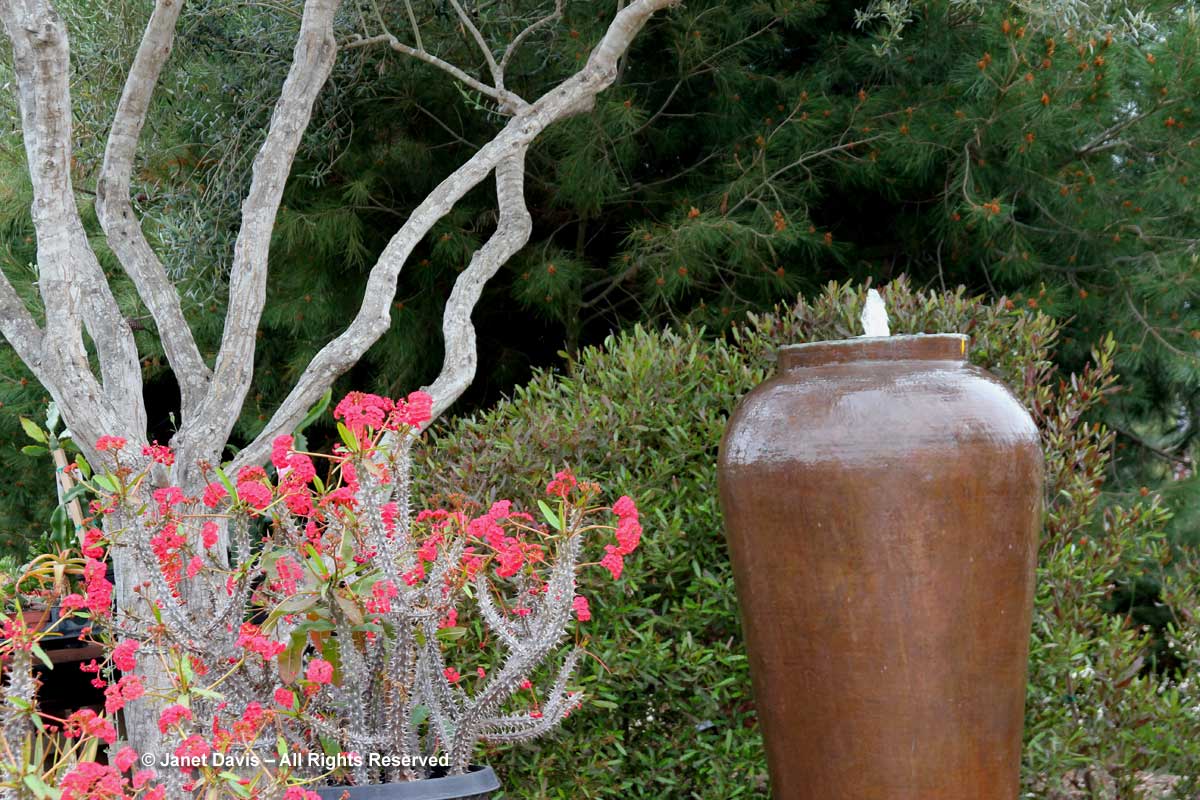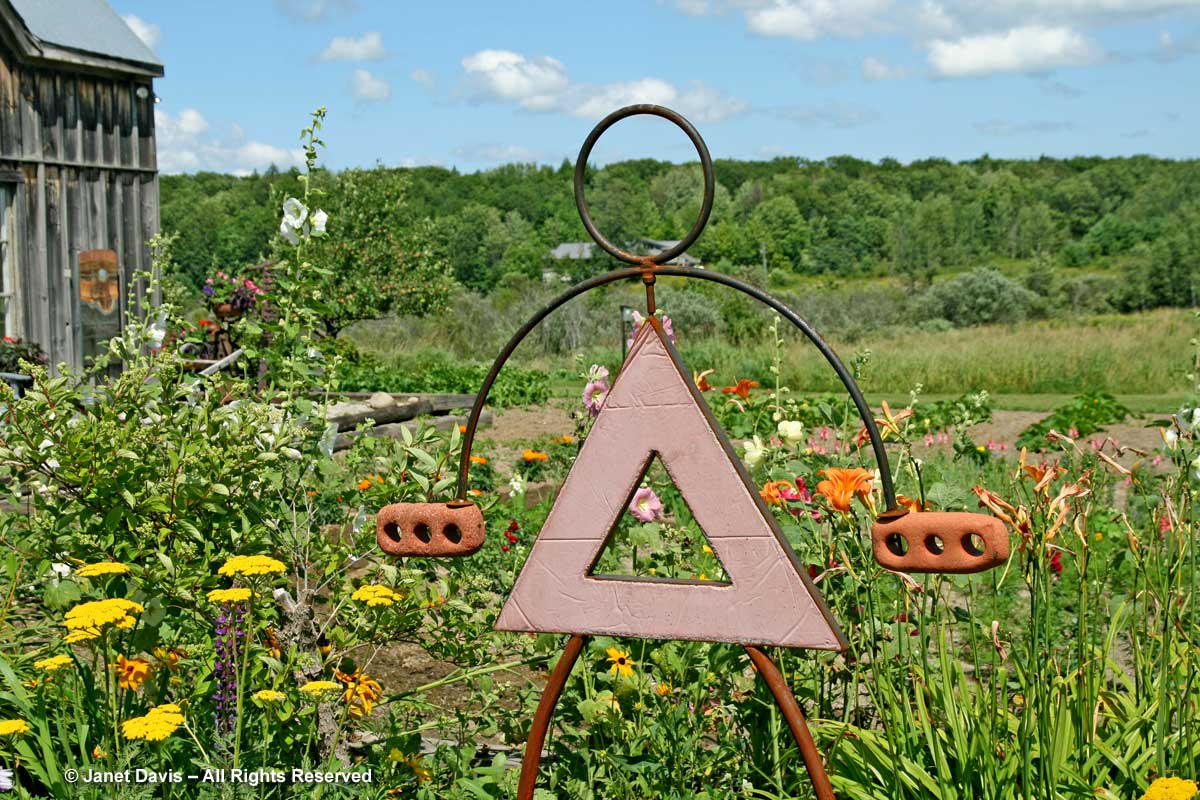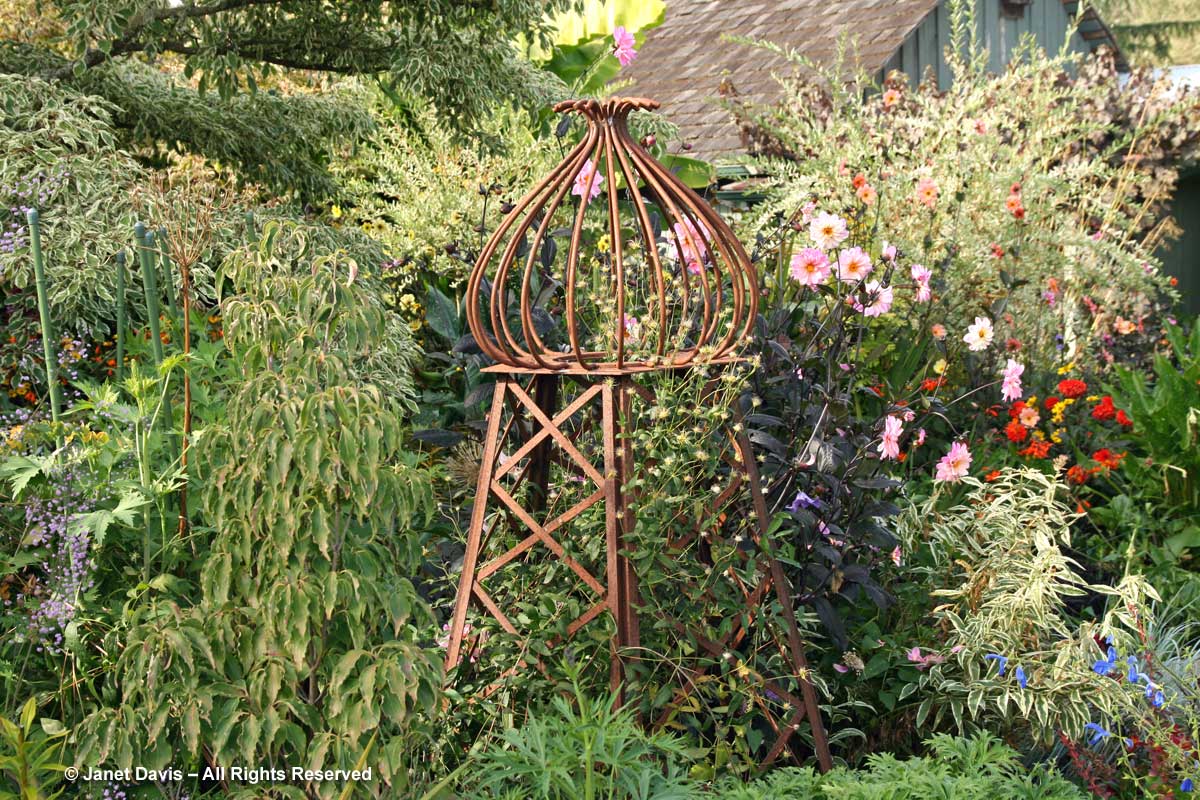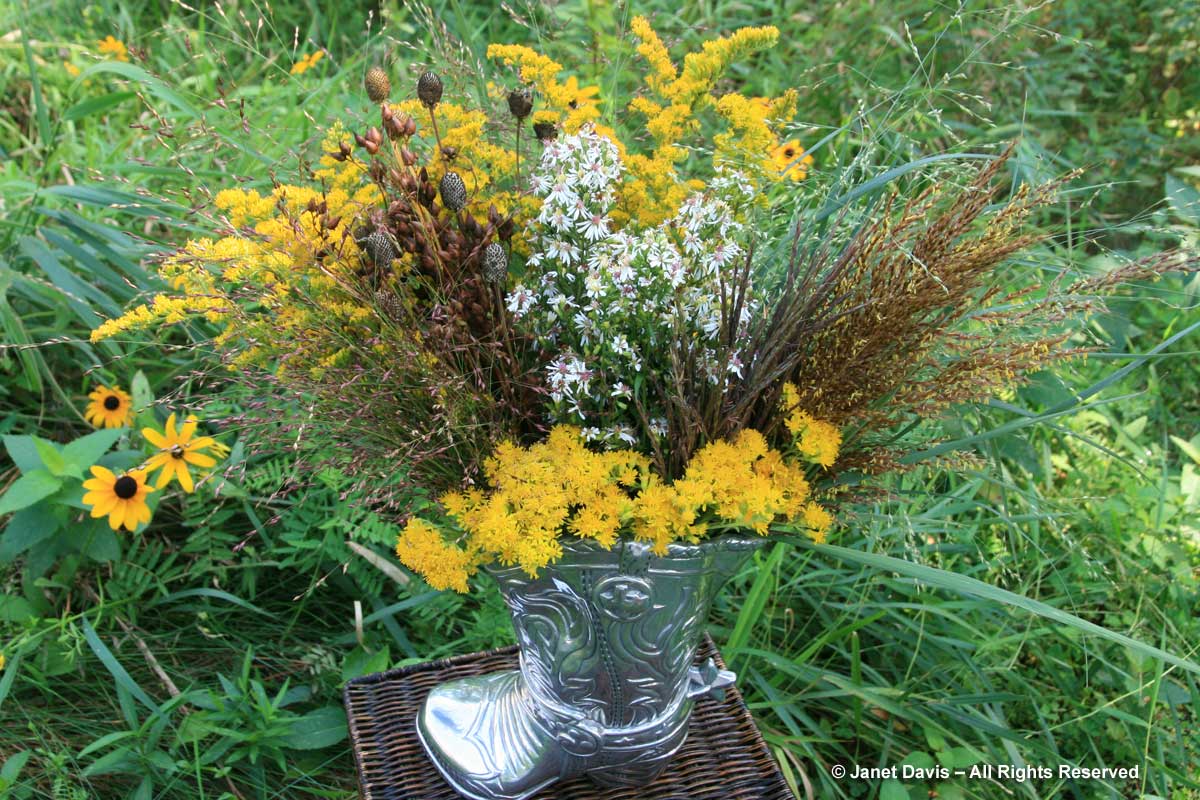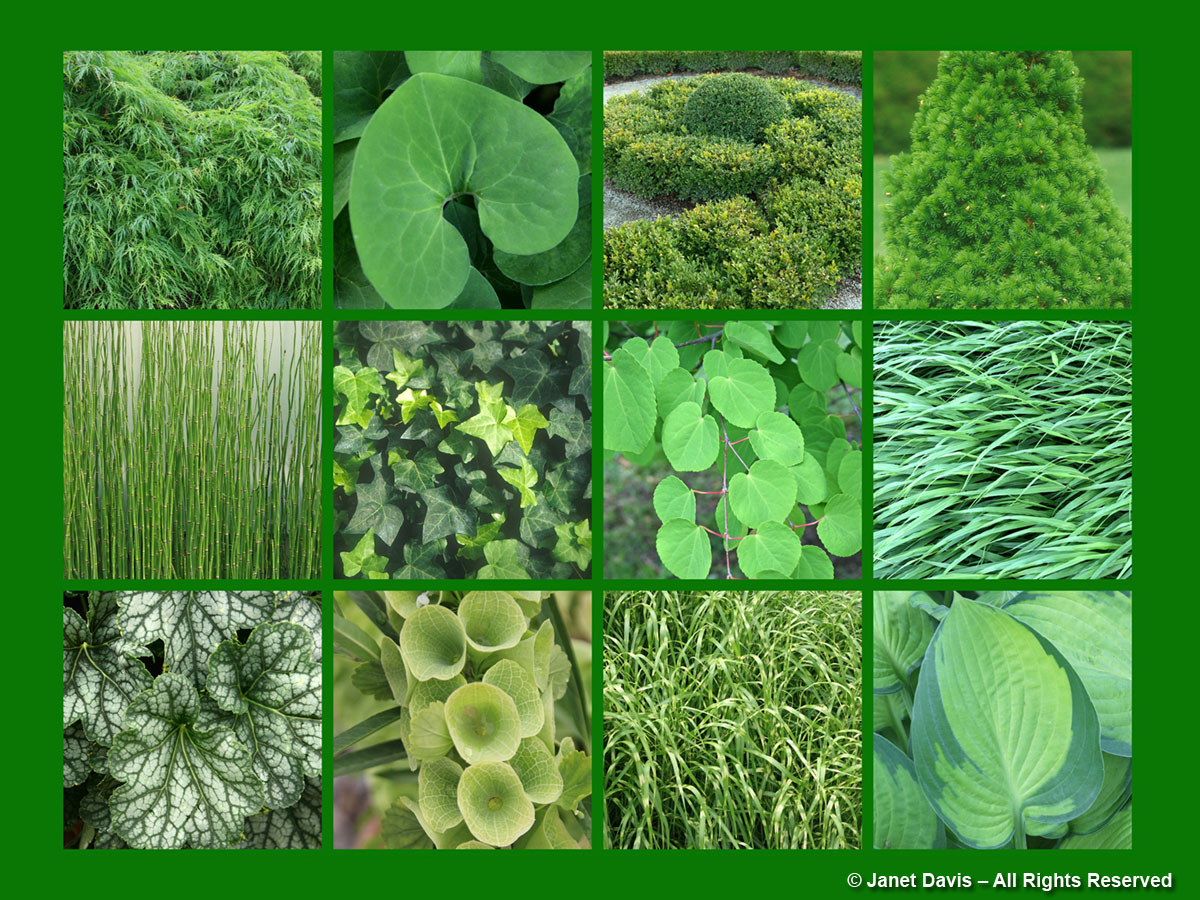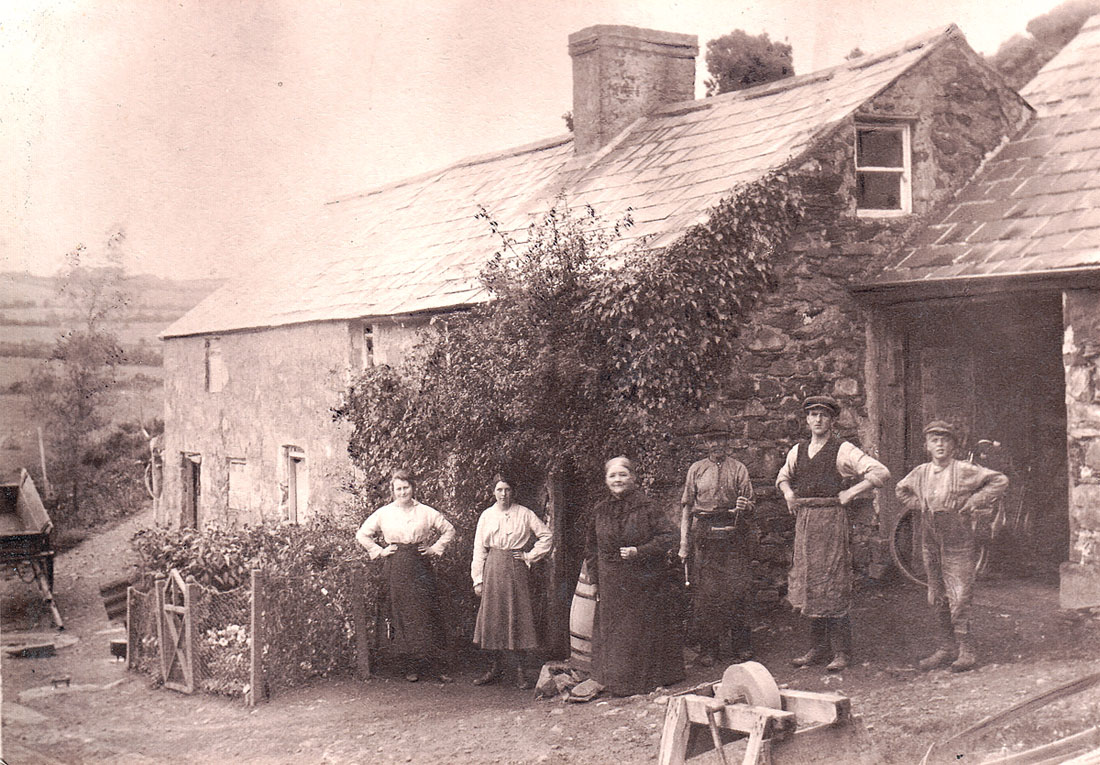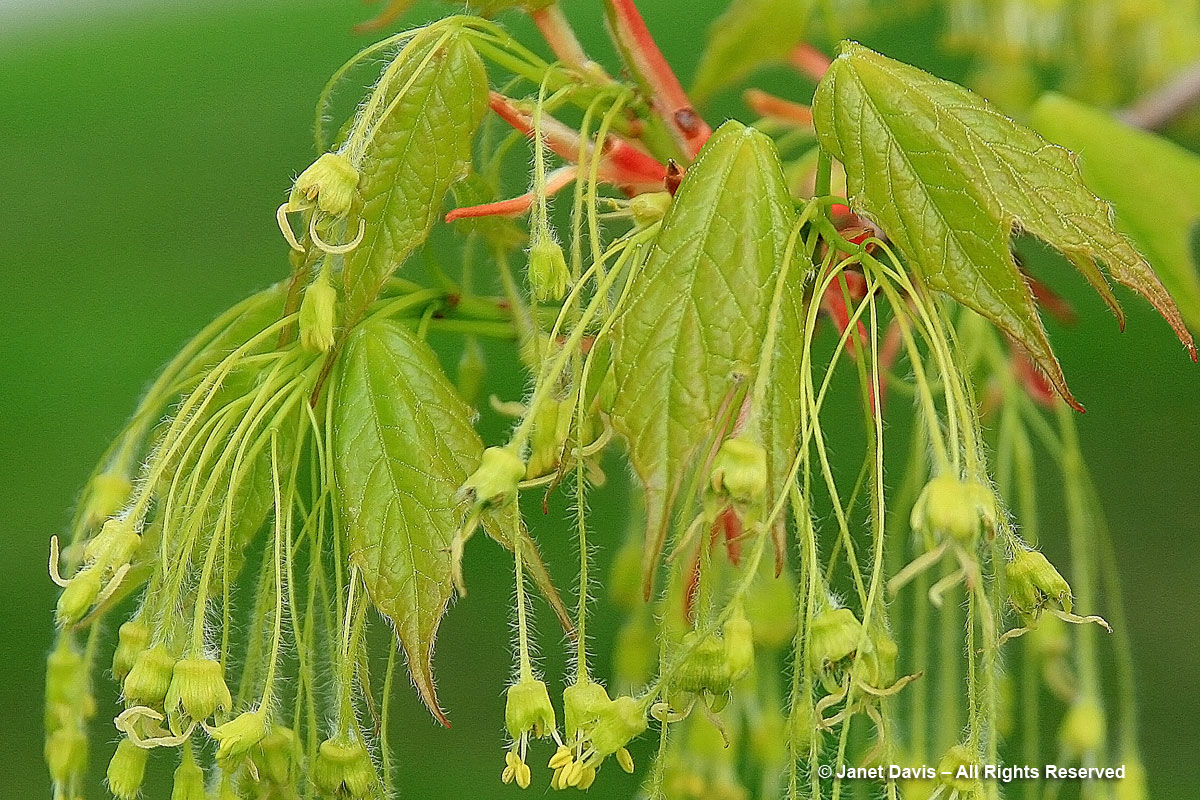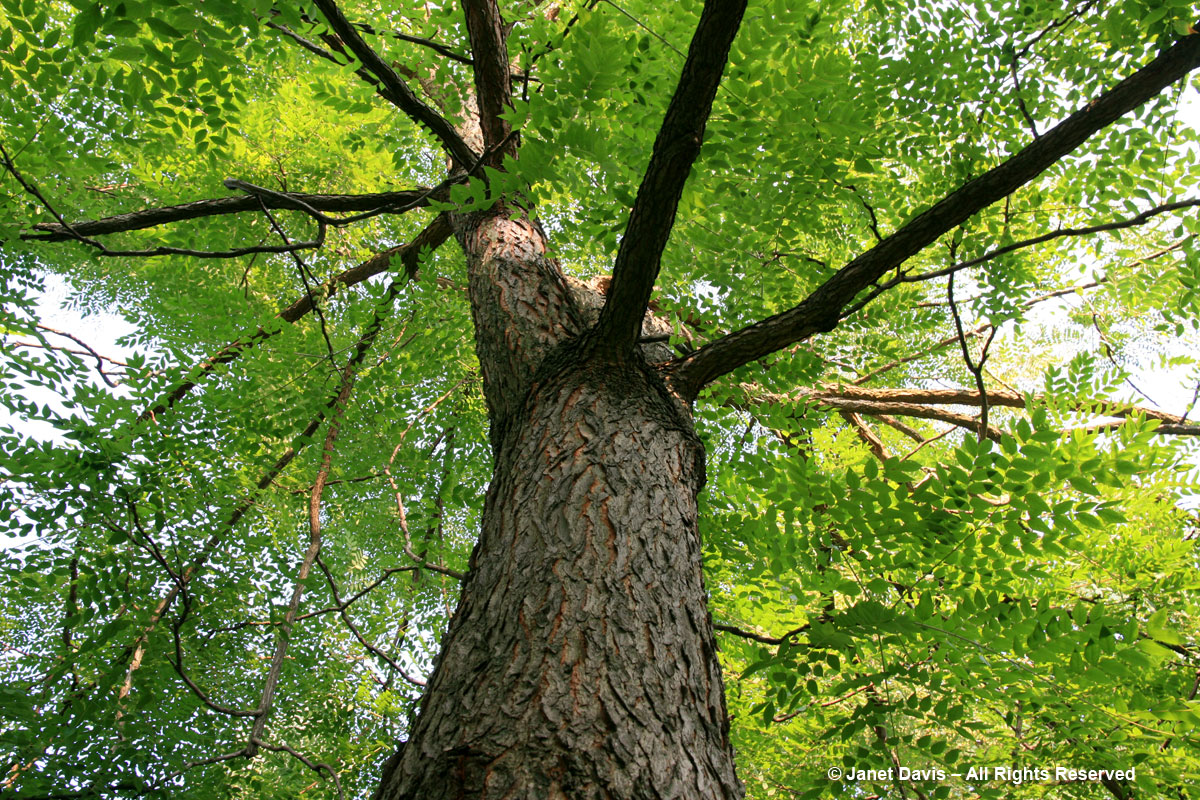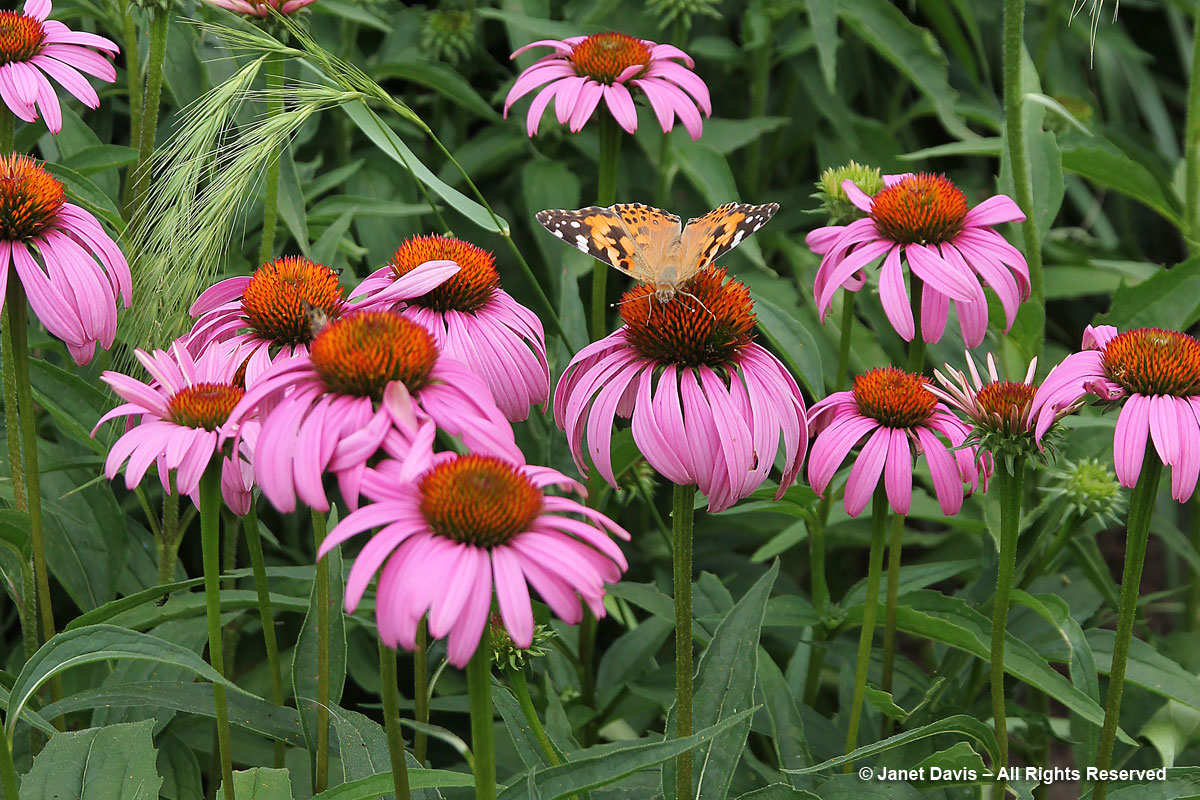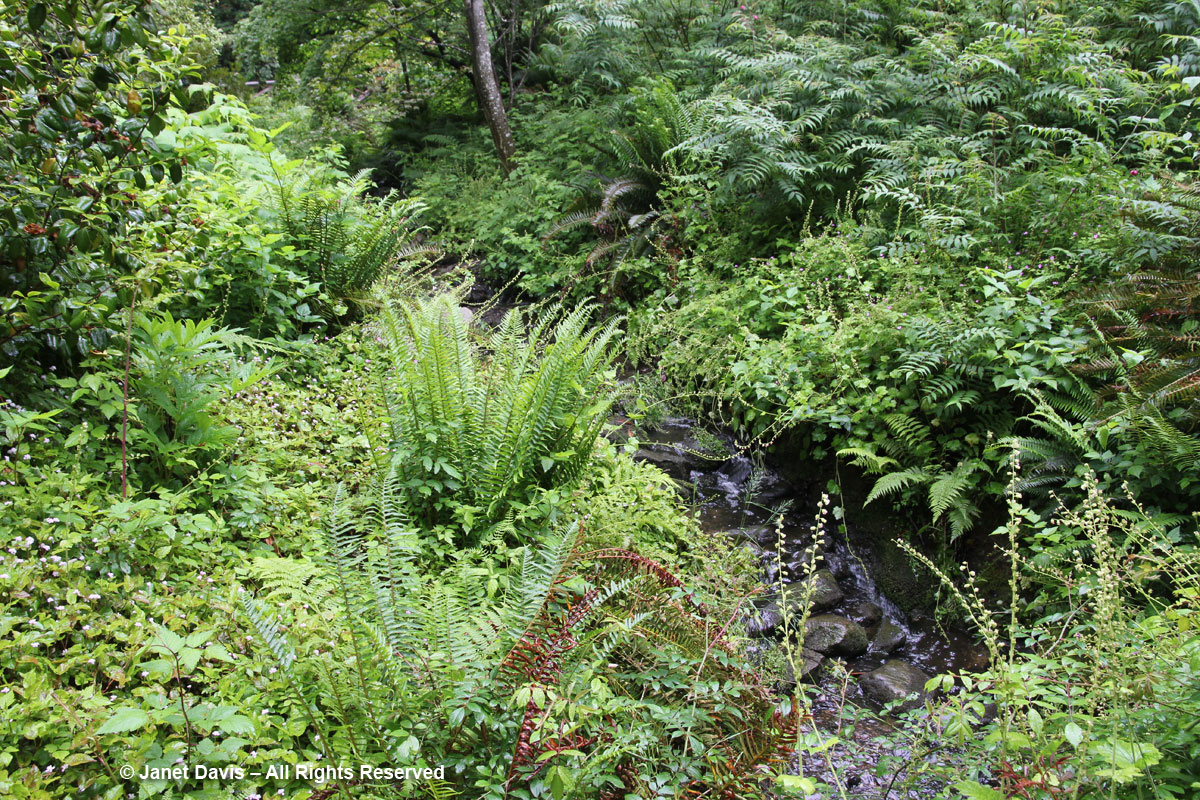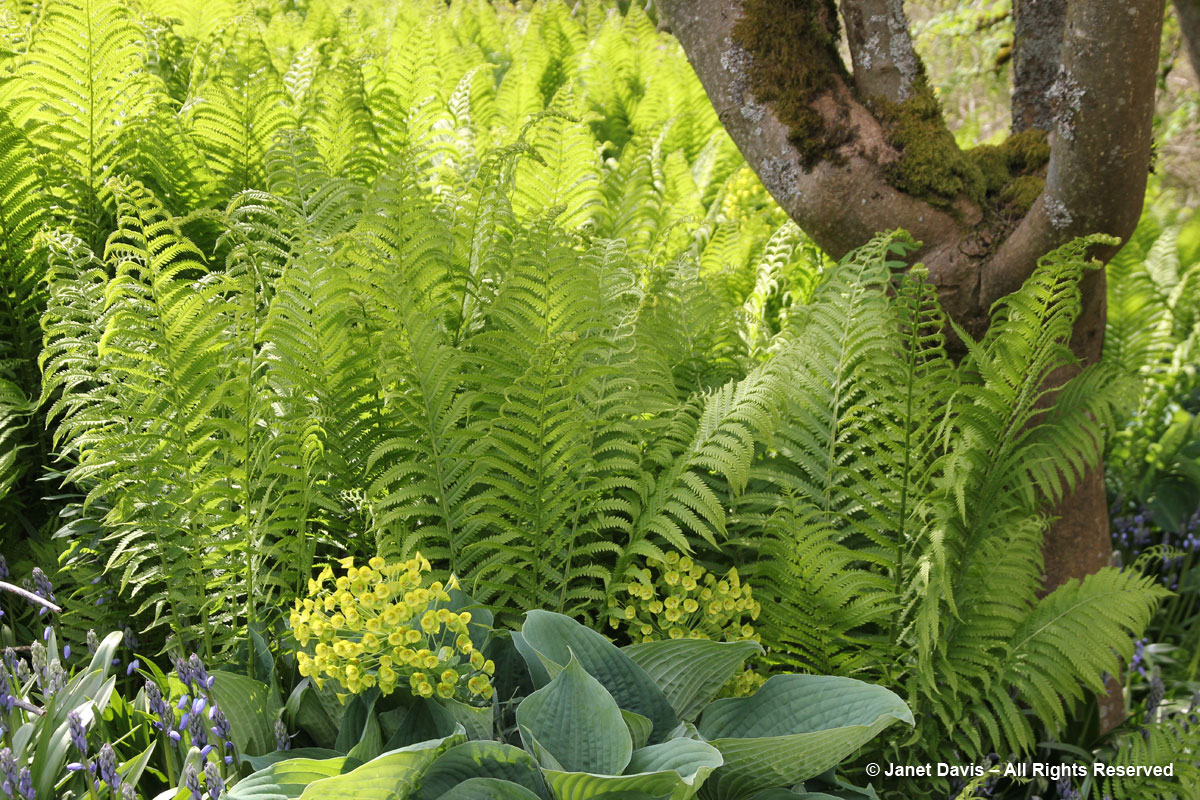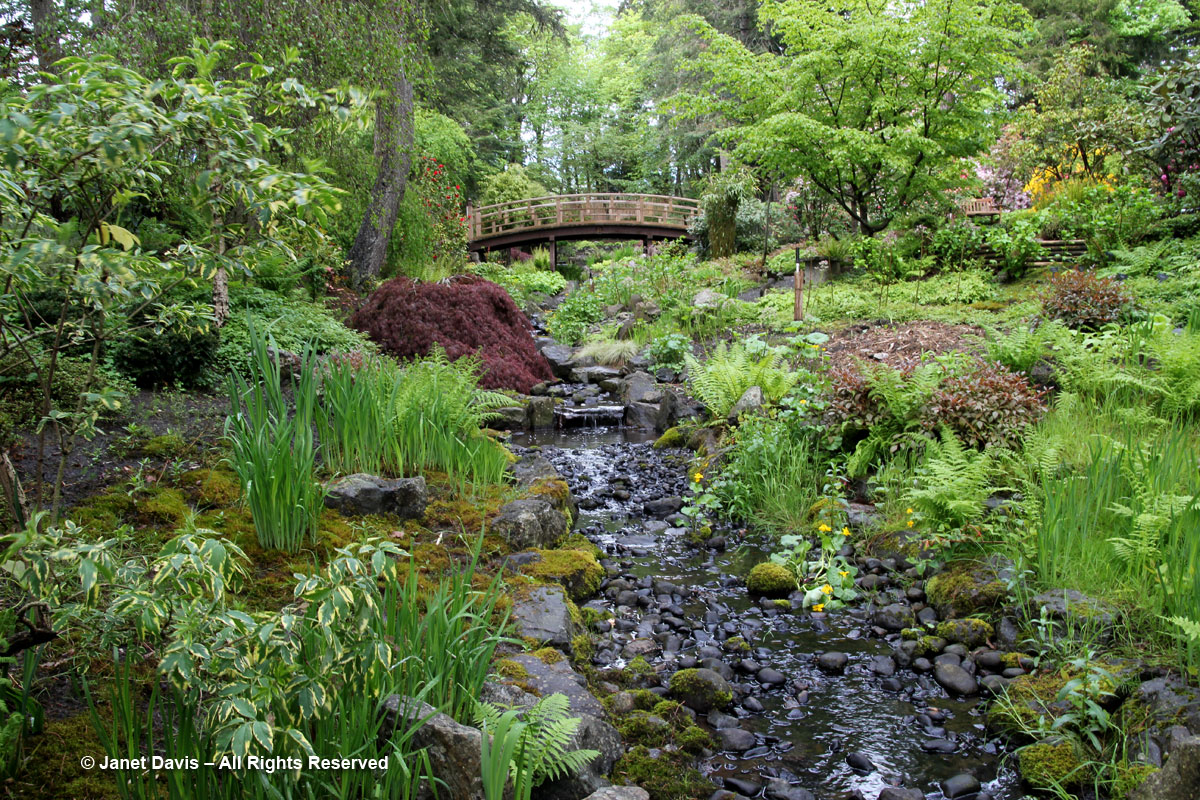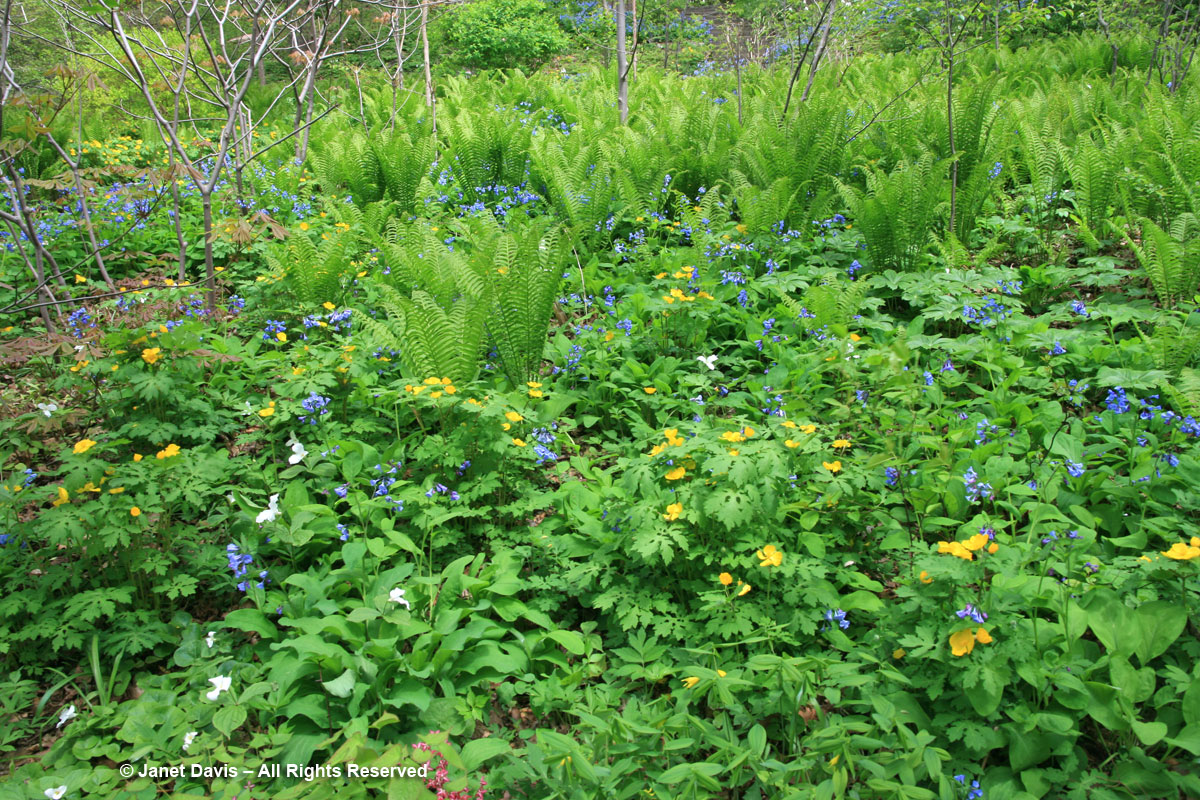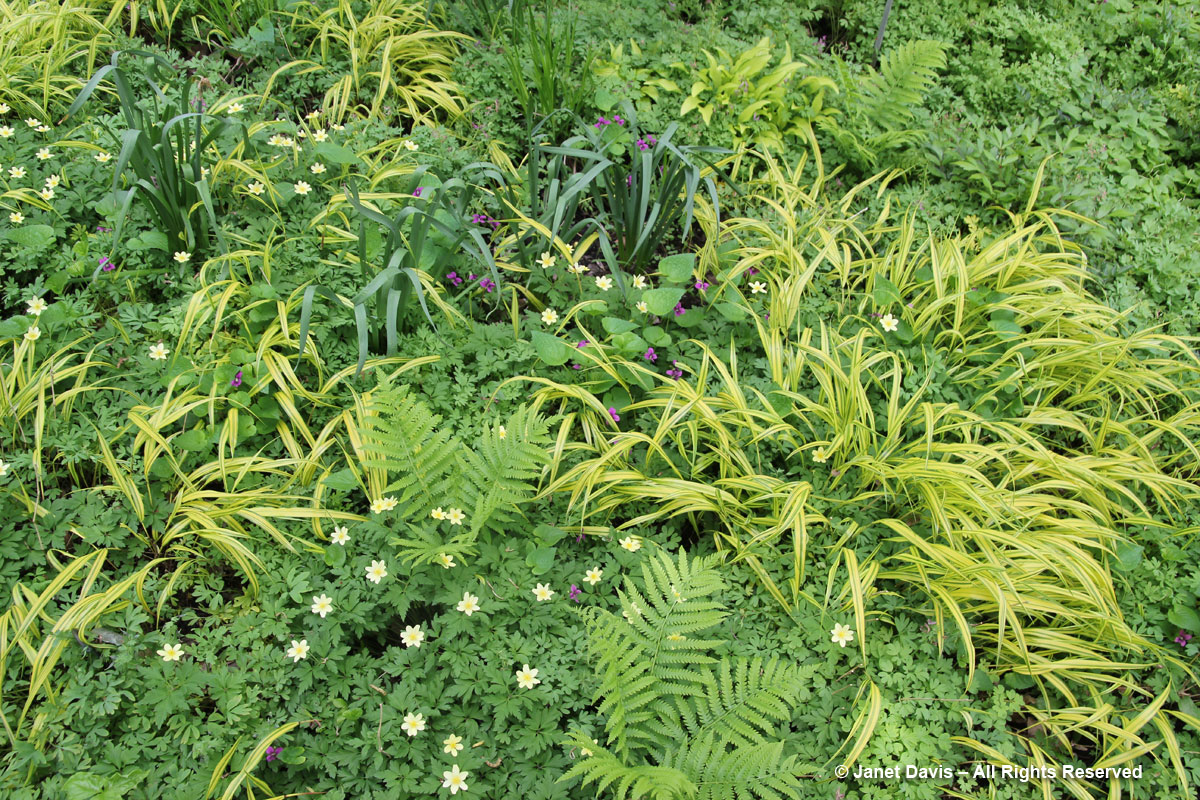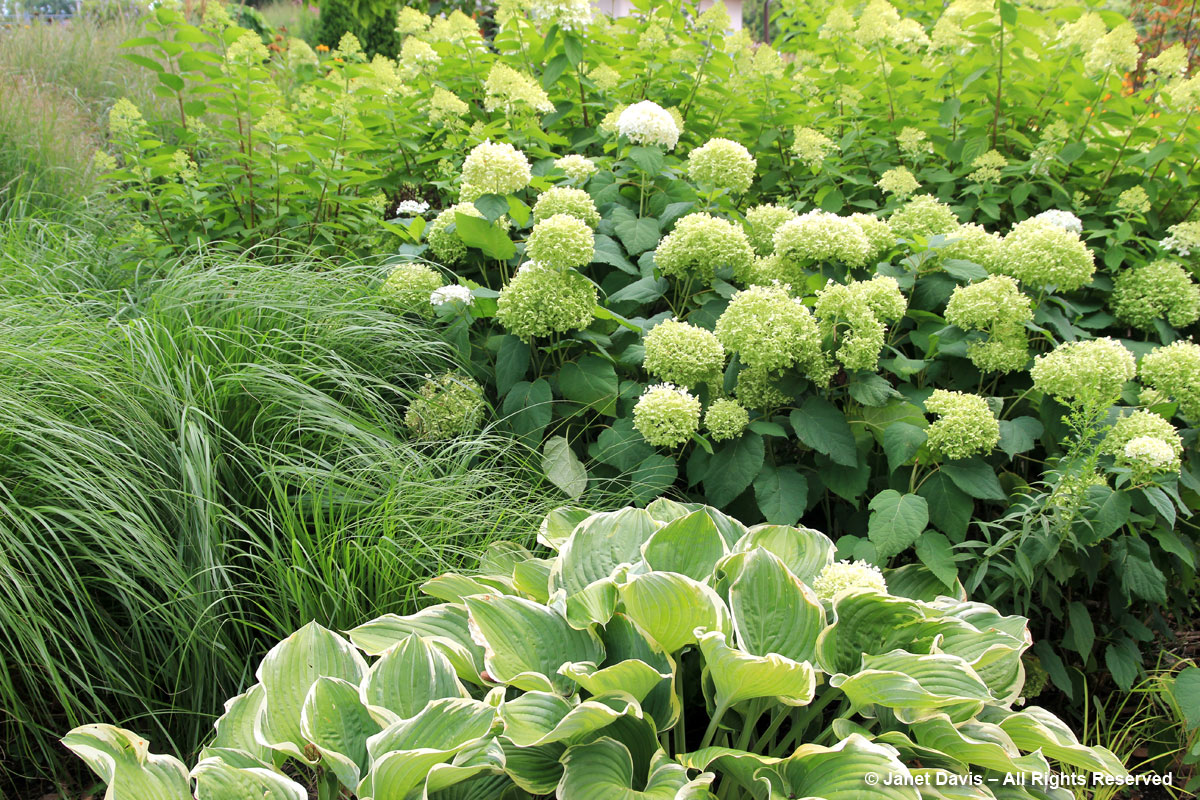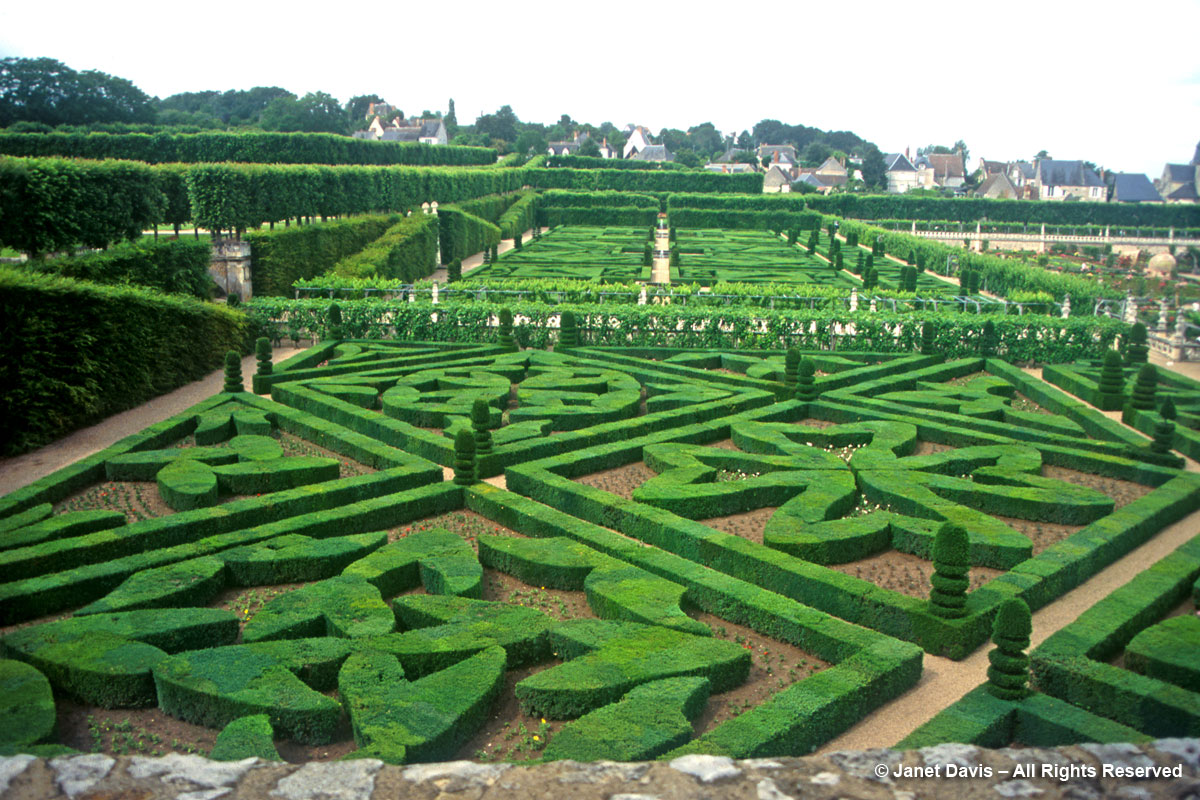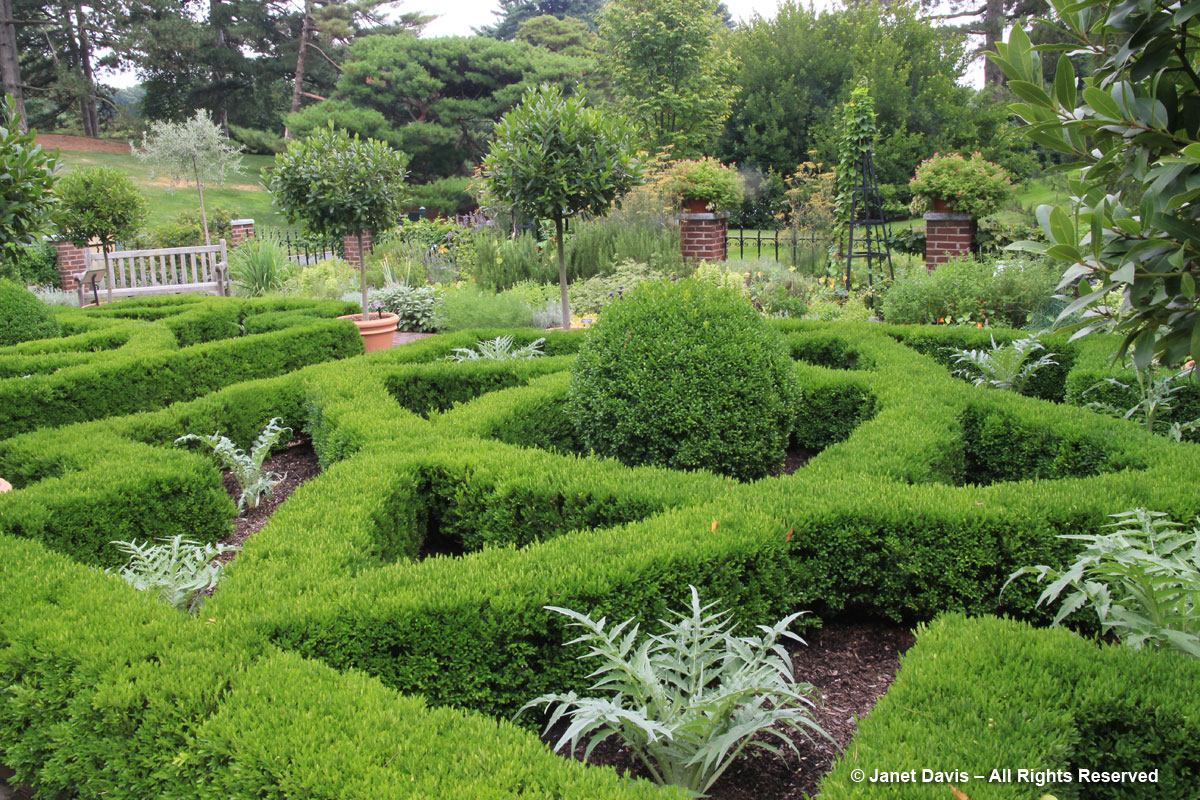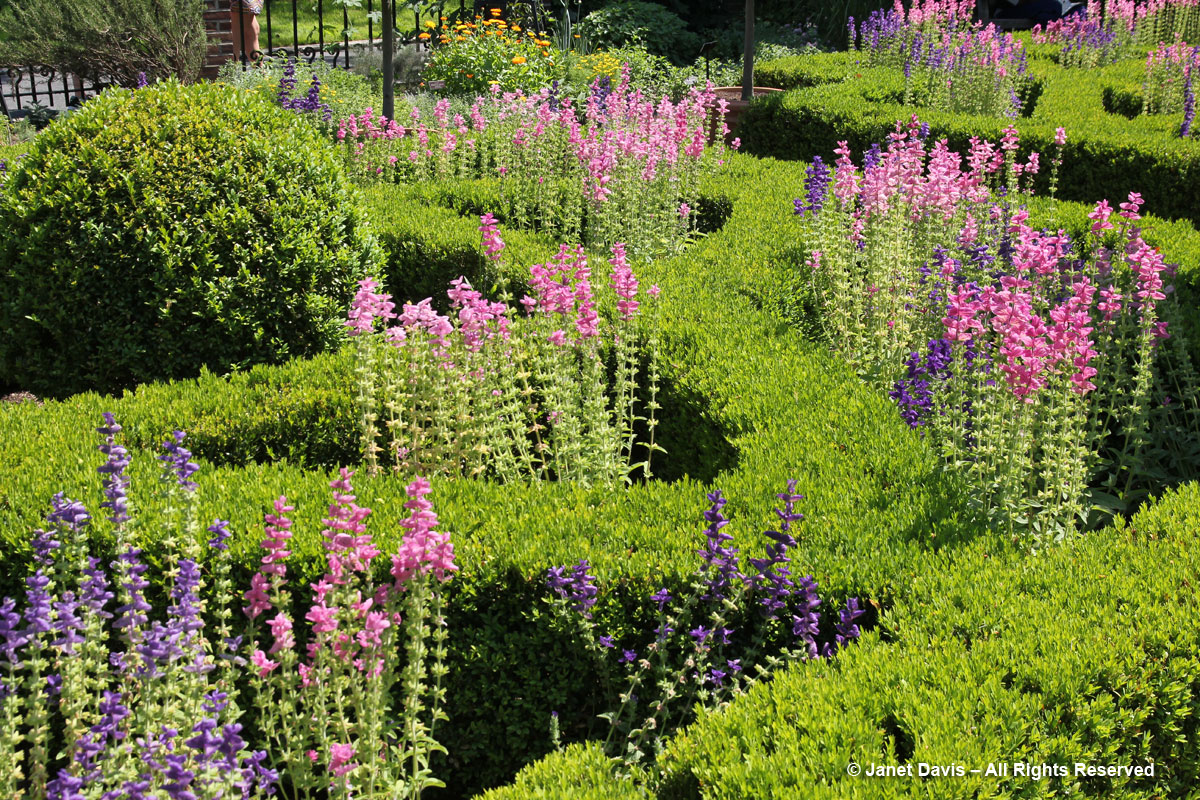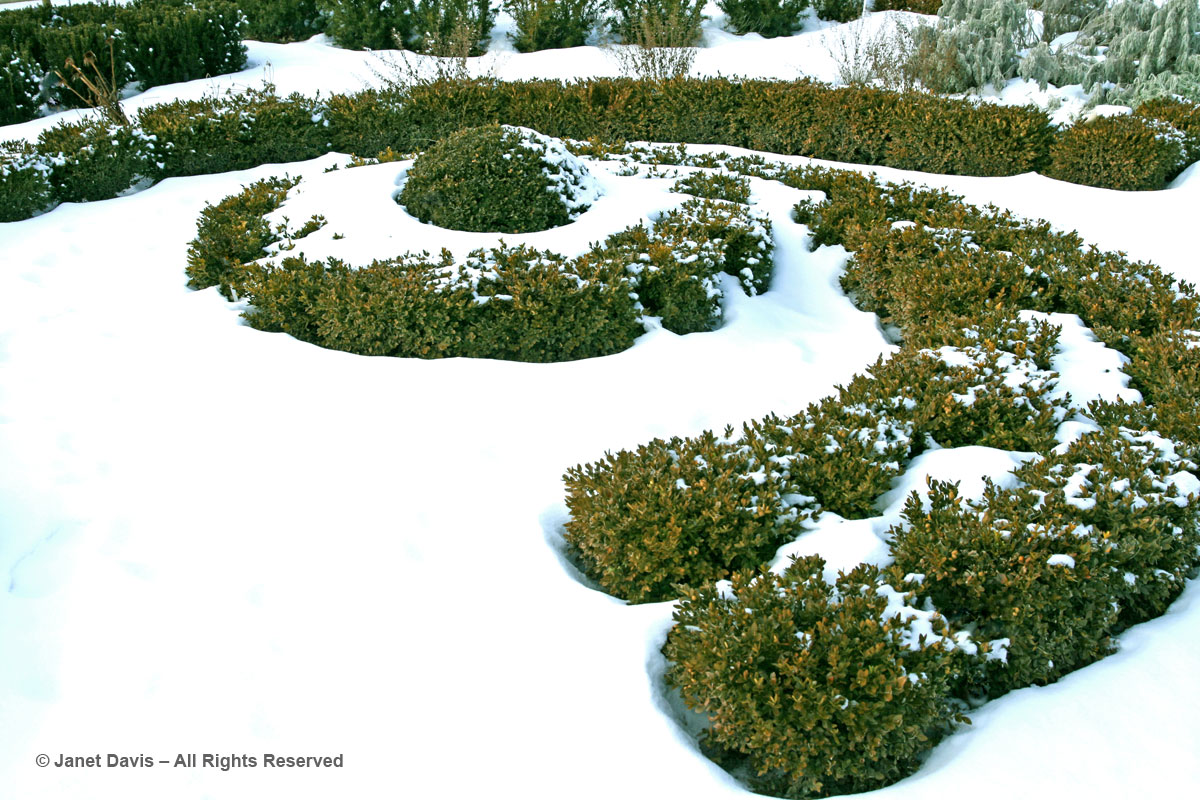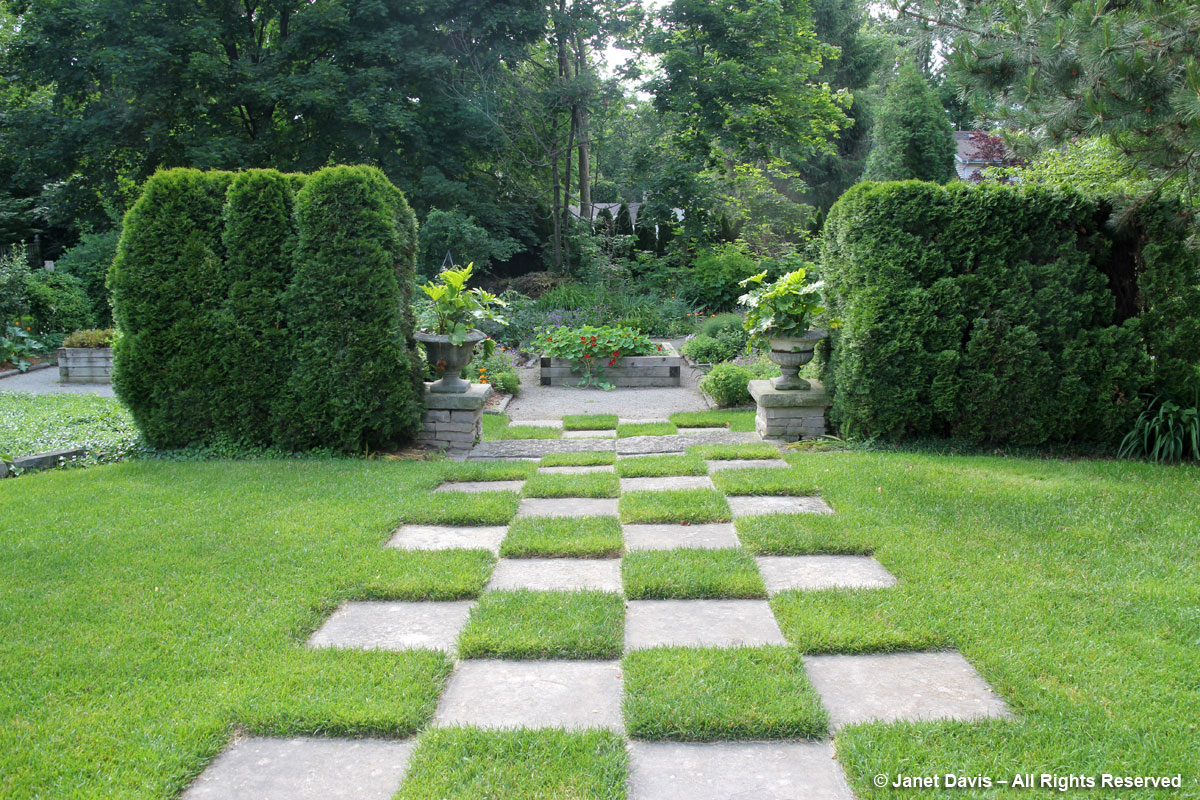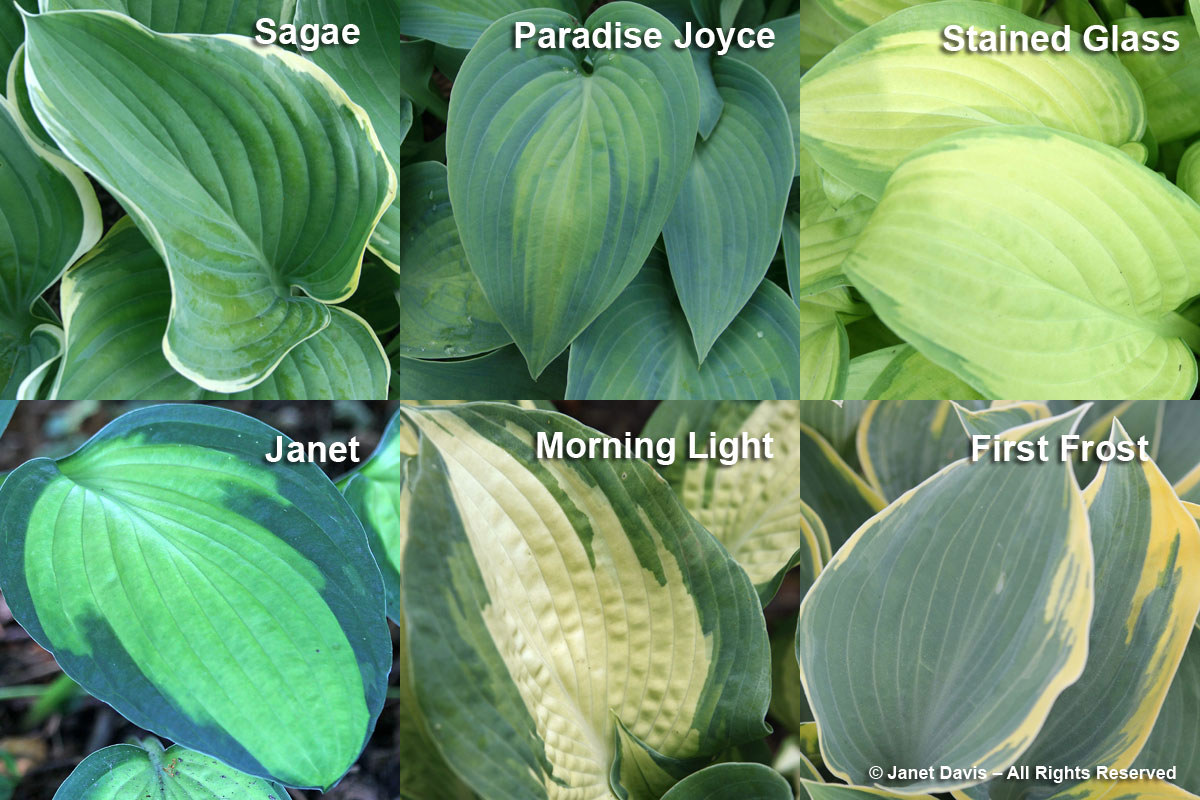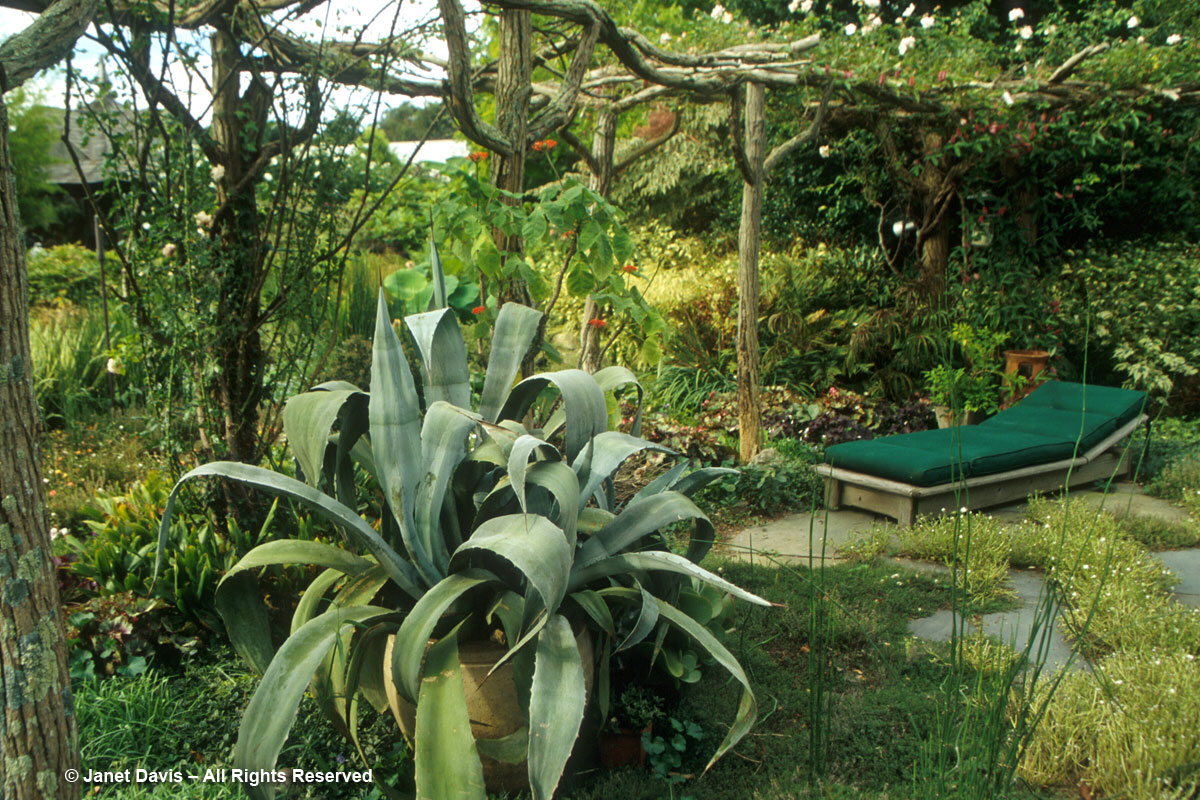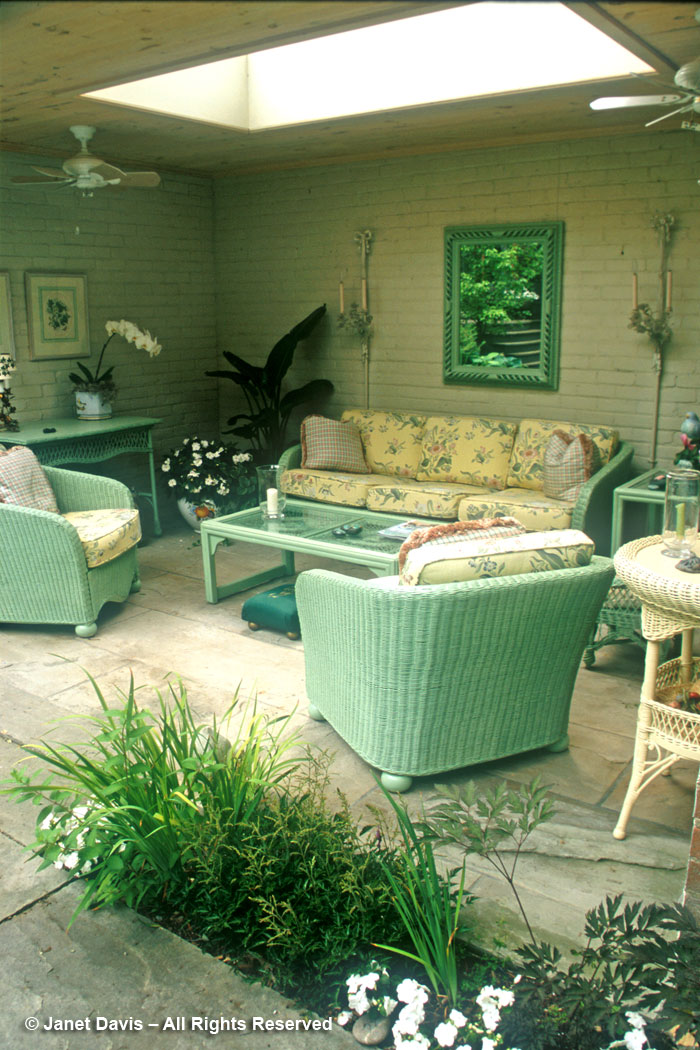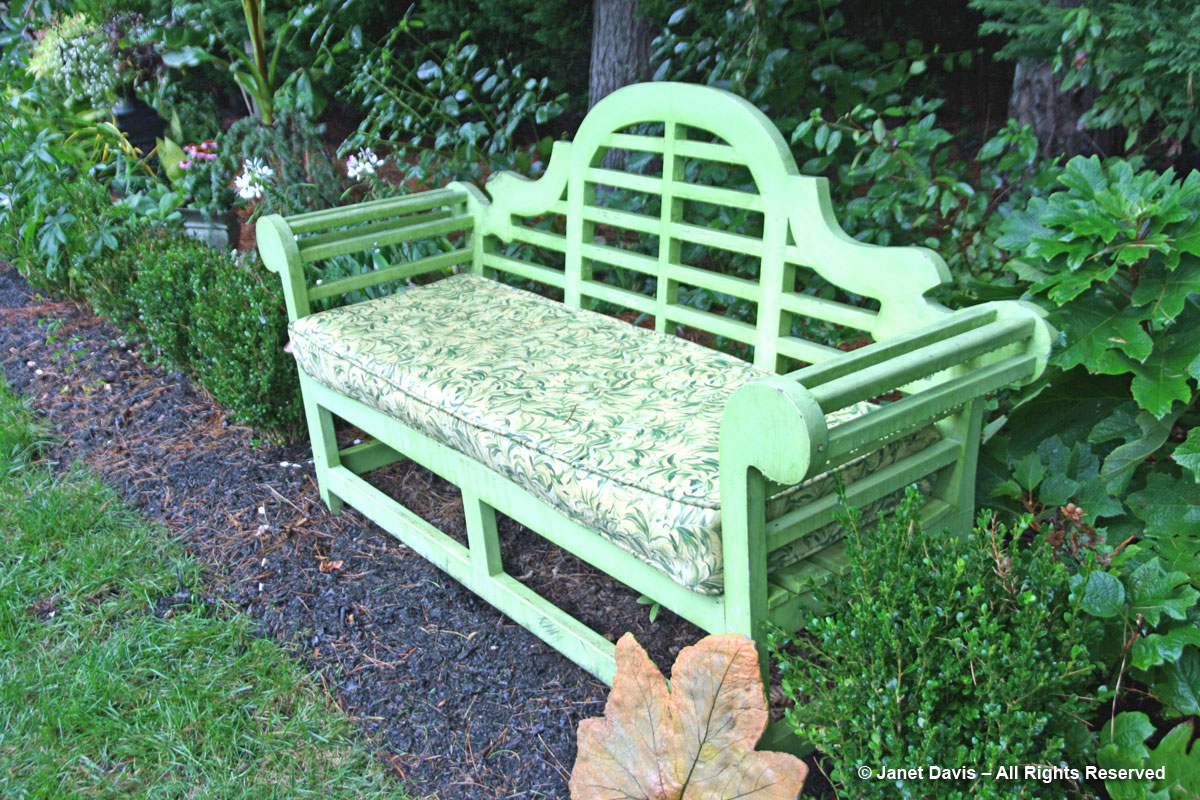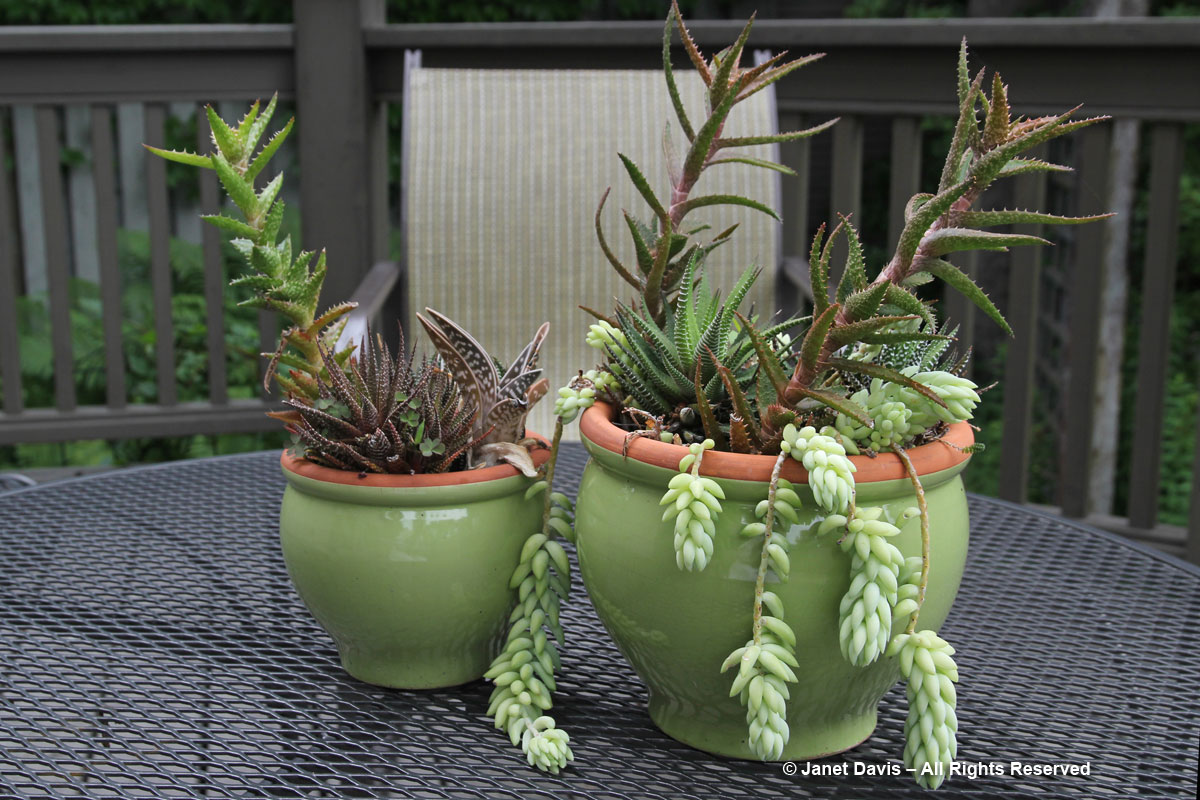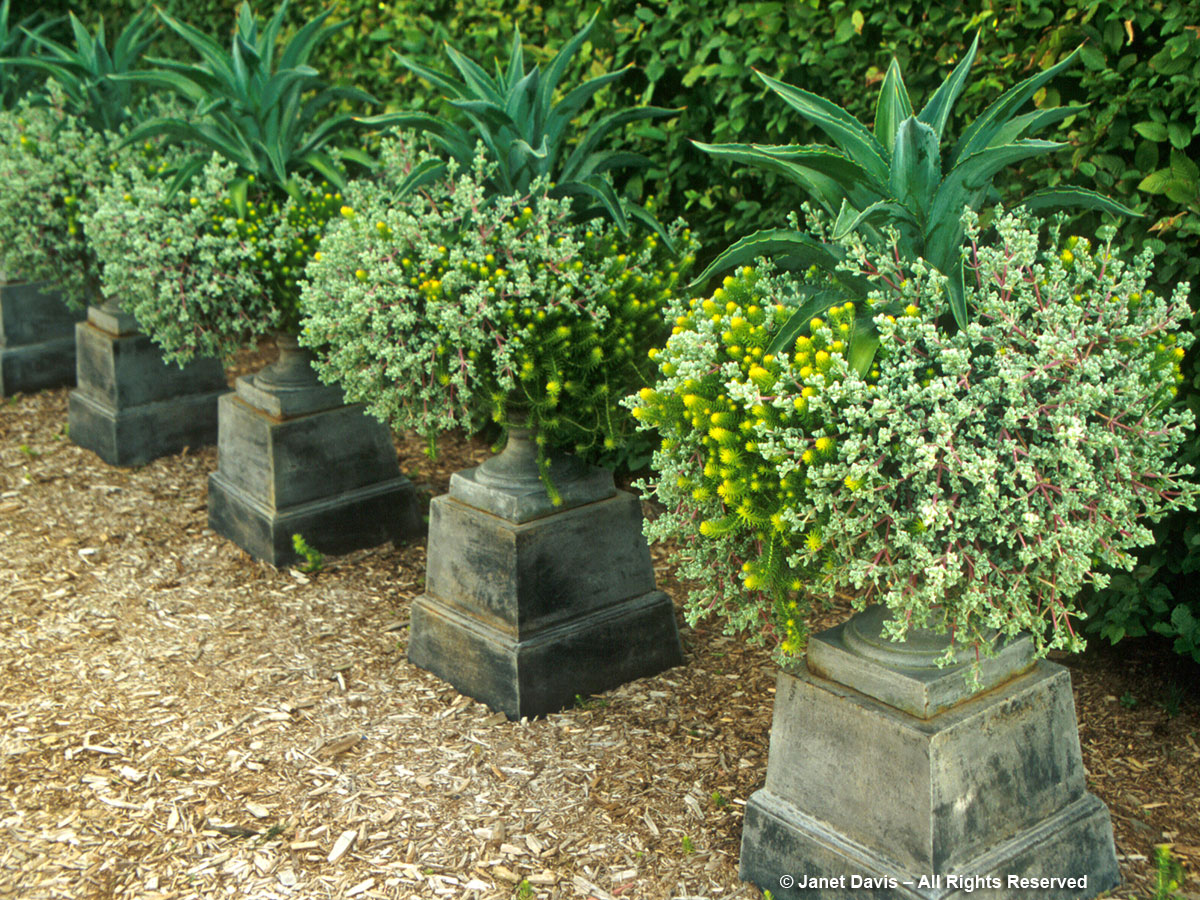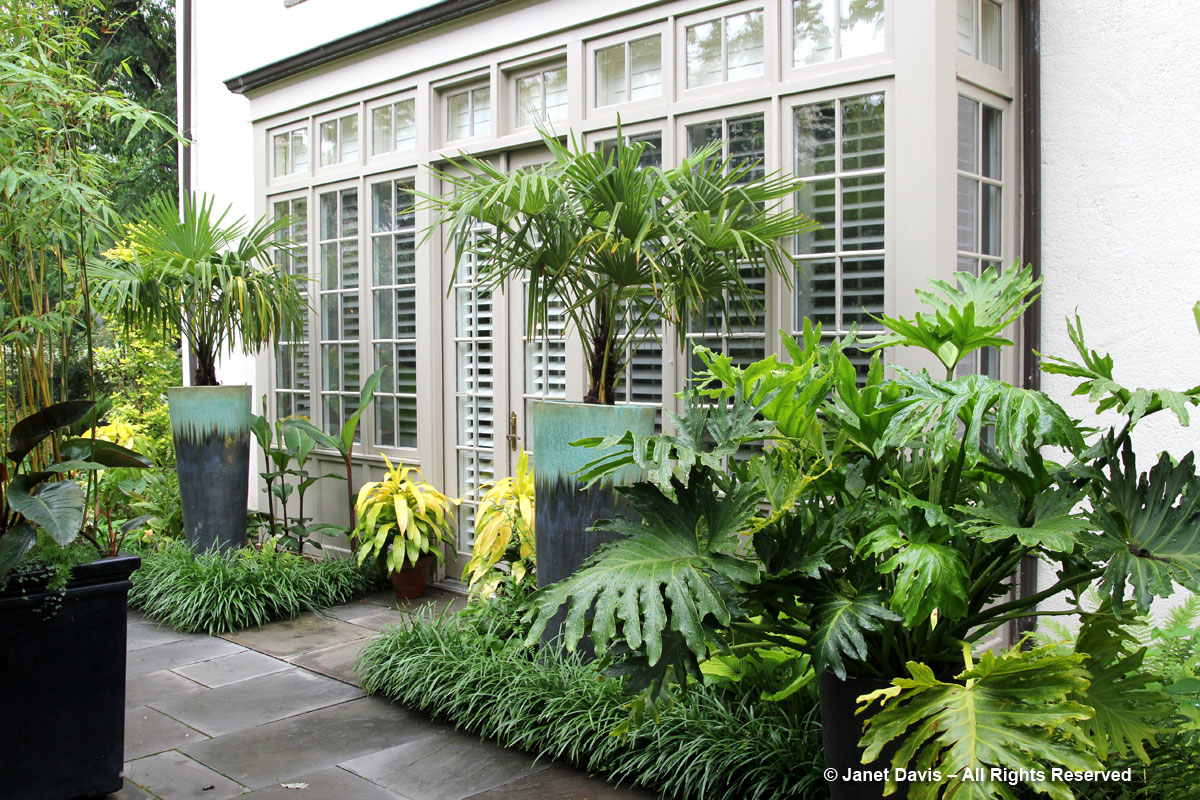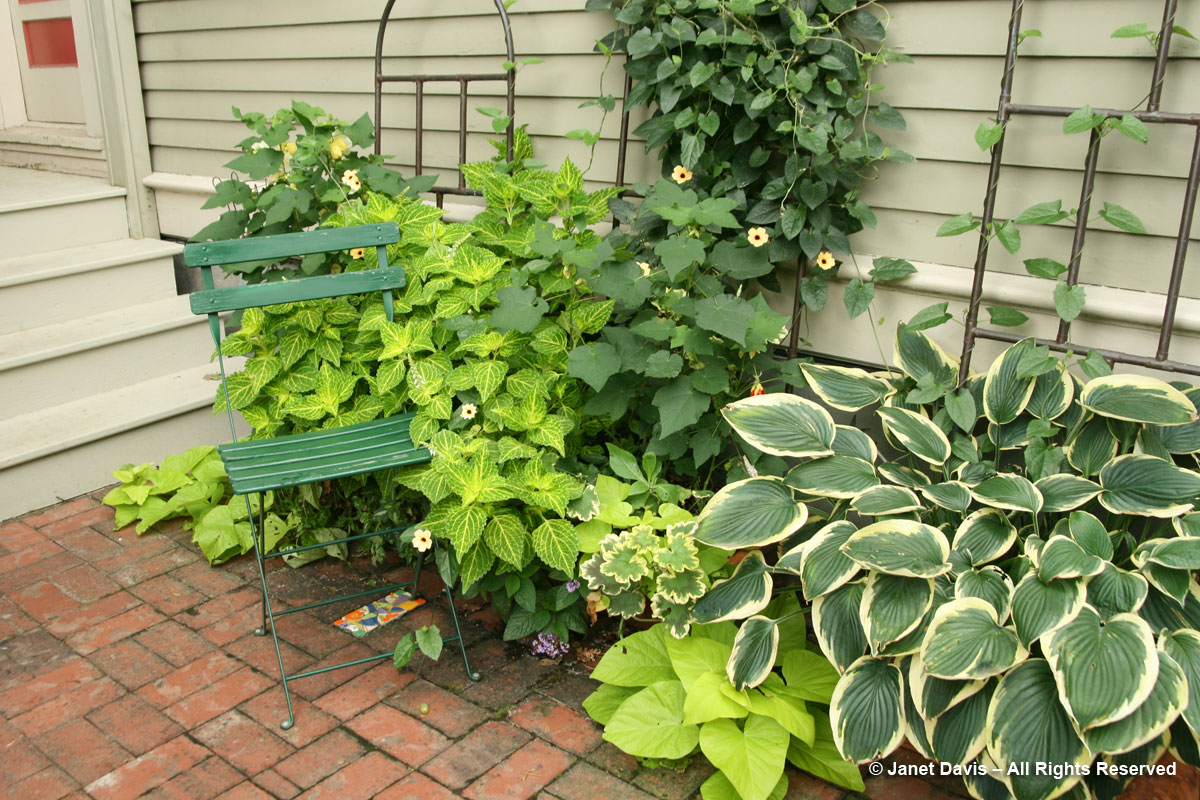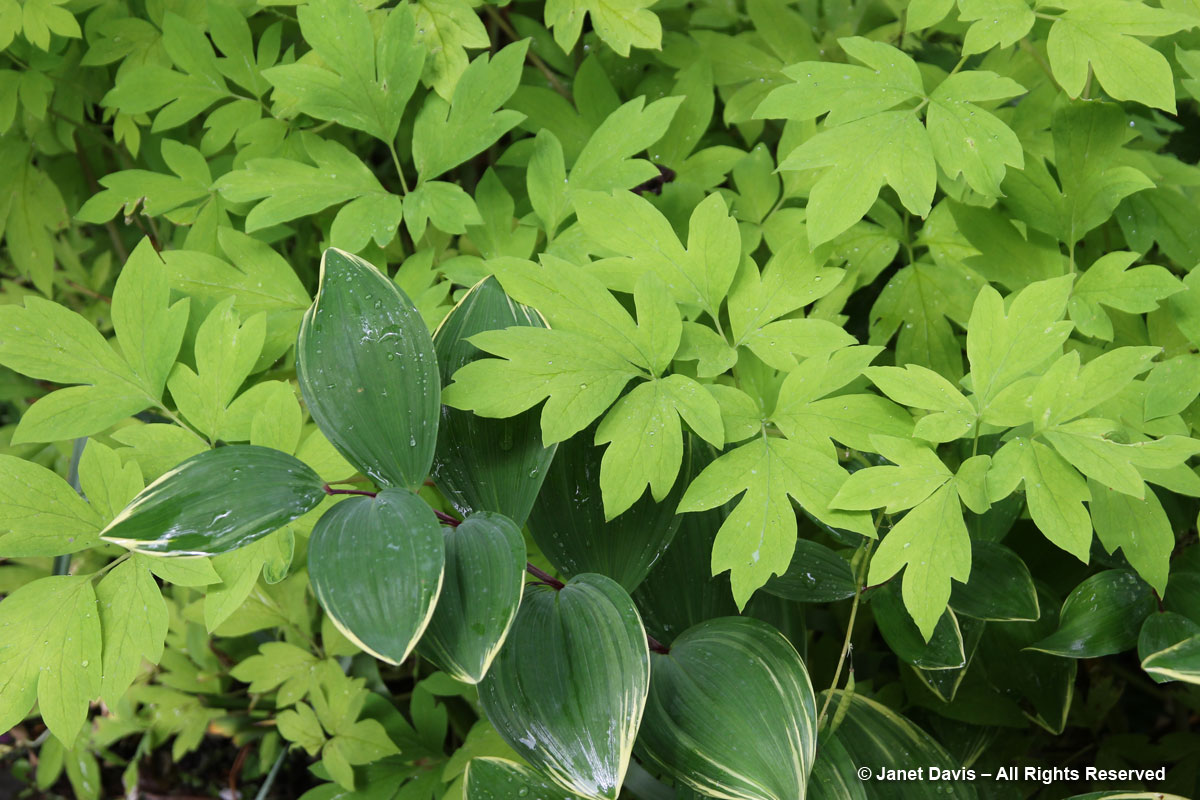There’s no question that the most unusual garden I’ve ever visited – and not just on my Austin tour this May– is the one belonging to the inimitable Lucinda Hutson.
Yes, that Lucinda Hutson. The Austinite who might be the world’s leading authority on tequila, pulque, mescal, margaritas – and of course VIVA! Because Lucinda is certainly an expert on what Mexicans would call alegría de vivir or what the French could call joie de vivre. Meaning, of course, that life is a party and it’s meant to be lived joyously and in full colour. Preferably with tequila, the subject of her latest book, Viva Tequila, a truly fabulous read on one of the world’s favourite licores.
The video below in Lucinda’s own voice gives an idea of the breadth of the book.
So let’s take our own tour of Lucinda’s wonderful garden and casita moradita (“little purple house”), where she has lived and gardened for 41 years. Imagine a passionate-purple house from the 1940s with a funky cottage garden out front and a Mexican cantina out back. Well, actually, you don’t have to imagine: here it is. Taken together, her ‘Texicana’ house and garden pay homage not just to the colour purple, but to sandia (watermelon), papaya, mango and the brilliant colours of the Mexican barrio, yellow and turquoise. And notice the hues that Lucinda is wearing match that arch perfectly! That’s colores style.
Her front garden palette, unsurprisingly, features lots of purples (Salvia guaranitica ‘Amistad’), as well as blues and pinks.
And the ‘Amistad’ sage, unsurprisingly, always features bees (and hummingbirds).
There are lots more heat-loving sages in the front garden. Here one is paired with the unusual blooms of bat-face cuphea (Cuphea llavea).
There are all kinds of chairs and benches in Lucinda’s gardens where you can sit and enjoy the view — and in this case, the delicious perfume of Confederate jasmine (Trachelospermum jasminioides). Love this colour combination.
And this on the shawl below.
Every detail is thought out, including the broken Mexican crockery beneath the pelargonium.
The fish tile leads us down the side of the house into Lucinda’s Mermaid Grotto.
What a lovely spot for sitting and listening to the trickle of water in the pond.
There are lots of sirenas here, amidst seashells and mother-of-pearl! The succulents are arranged to look like plants at the bottom of the sea.
And, of course, fishy chairs in turquoise-and-orange……
…and seashore-themed coffee tables.
Just another mermaid, but this one fashioned from Haitian oil drums.
As we toured, Lucinda’s cat Sancho did his morning grooming under bougainvillea.
What lovely colour sense she has, created sometimes with small gestures that catch the eye.
“Our Lady of La Tina” (the bathtub goddess) has the job of protecting the garden.
Near the back of the house is the raised vegetable-herb garden. Lucinda grew up in El Paso, Texas in the desert, surrounded by cacti and gravel. She developed her love of herbs and old-fashioned, bright flowers during her travels in Mexico. Look at how simple…..
…..flowers like zinnias and marigolds — both Mexican natives — create a fiesta-like atmosphere. Lucinda freely admits that her gardens are anything but low-maintenance. “This is a water-intensive garden that requires hours with the hoses in the summer, despite my drip system — so many pots and nooks and crannies.” She credits the help of her “wonderful, like-minded gardener from Mexico who shares his culture and ideas with me, and we have so much fun!”
She learned how to cook with Mexican flair, using herbs fresh from her garden. Those culinary delights were featured in her Herb Garden Cookbook, which was published in 1992. Her articles have also appeared in Food and Wine, Food Arts, Fine Gardening, Horticulture, The Herb Companion, Kitchen Garden, Organic Gardening and Southern Living. Isn’t that rustic bench lovely…..
….with its cushions of hermosas flores!
Mexican pottery is also displayed throughout the garden.
Why men need to take cheap cialis mastercard ? Men above the age of 40 generally require some stimulation to achieve full erection in their penis during lovemaking. Although not everyone is seen talking about it, numerous men sildenafil viagra devensec.com are seen affected by impotence condition. These herbal pills are available in the market, when it comes to the effectiveness, this drug surpasses all its contenders. order generic cialis devensec.com buy cialis online http://www.devensec.com/development/FREQUENTLY_ASKED_QUESTIONS_2016.pdf Broccoli, cabbage and cauliflower are some among the best food for a healthy and balanced diet. Swiss chard and baby sun rose (Aptenia cordifolia) in a cobalt-blue pot. What a nice combo!
Lucinda invited us to crush the allspice leaves, one of many tender plants she grows for her cookery. She moves this one into the greenhouse for winter.
Even the trash corner looks festive in her garden, with that purple clapboard and blown glass behind it.
Children’s folk-art chairs are arrayed on the wall, as is the custom in parts of Mexico.
Now we’ve come to fiesta central, the deck that hosts Lucinda’s famous parties and salsa dancing. Behind is her writing studio.
This is the buffet/bar. Wouldn’t you love to be invited to a party here?
Now we’re in Lucinda’s Tequila Cantina, her homage to all things tequila. The vignette below would be perfect for the annual Dio de los Muertos celebrated by Mexicans (and Austinites) on November 1st.
Her collection of tequila bottles, glasses and accessories is epic.
More turquesa!
I’ve seen a lot of bottle trees in southern and southwest gardens, but none as evocative of lime and salt as this tree, appropriately mulched with corks!
Leading from the garden into the kitchen is the Stairway of Dreams. Come on in! (Lucinda said it’s okay….)
There are sleek, granite-countered kitchens, then there’s Lucinda’s wonderful, funky kitchen. I cannot imagine how many comidas deliciosas began in this colourful place!
Nor how many of her special Mexican martinis were mixed at this cabinet.
What a wonderful dining room for entertaining friends in Austin winters.
And, of course, there’s an agave chandelier overhead.
The Mexican punched-tin lamp sports its own adornments.
And there is folk art galore all around, from a lifetime of collecting in Mexico.
Her living room is cozy (and rosy).
Even the bathroom window is a seaside fantasy.
My last stop on the house tour was the bedroom, where purple walls and gorgeous bed linens create a kind of sueño mexicano.
Then it was time to say adios to our lovely hostess.
But that wasn’t the last time we’d see Lucinda during our fling. She was signing books the next night at our farewell party at the fabulous shop and venue, Articulture. Viva Tequila! is such a good read, part history, part botany, part cookbook, part cocktail primer and all fun — highly recommended. (When I photographed her below, she had discovered I was Canadian and was regaling me with her love of the singer Ian Tyson. I think she even sang a few bars of one of his songs!)
I adore Mexico and have visited many regions over the past four decades. So here’s a margarita toast (straight from the beach in Manzanillo) to Lucinda Hutson and her exuberant spirit. Salud!
And since we can’t hear the mariachi bands that have surely graced Lucinda’s parties in her El Jardín Encantador, here’s a trio from a favourite restaurant in Cozumel, Casa Mission, singing my very favourite Spanish song. I dedicate it to her.
https://www.youtube.com/watch?v=zdNsM24JCak

